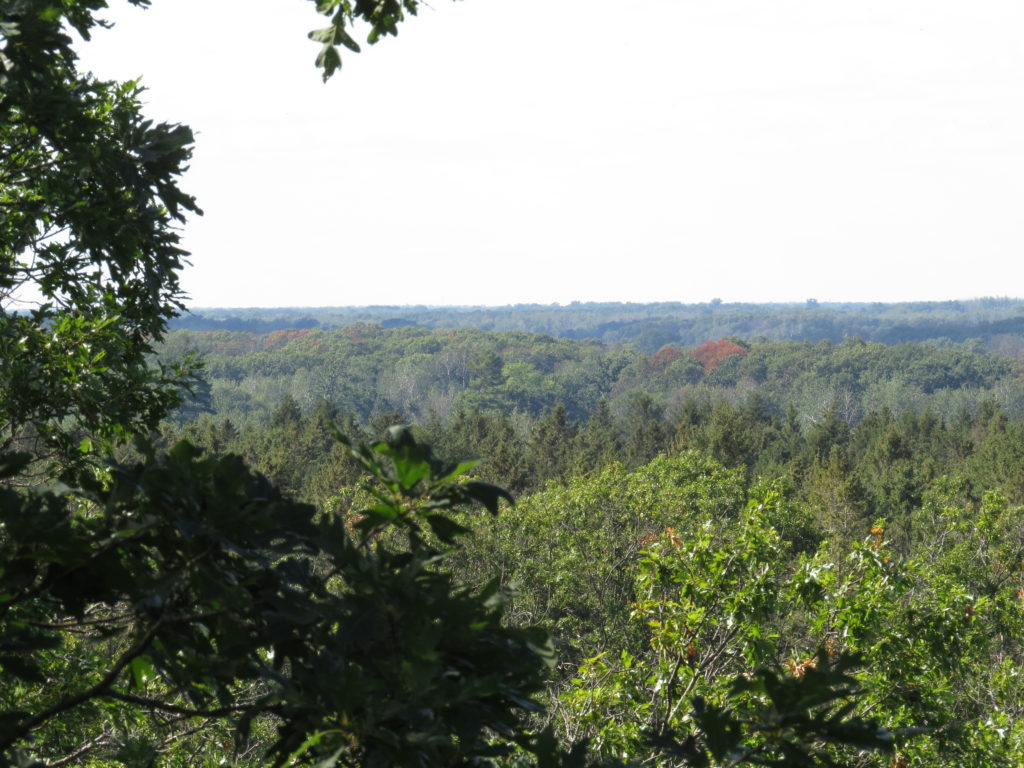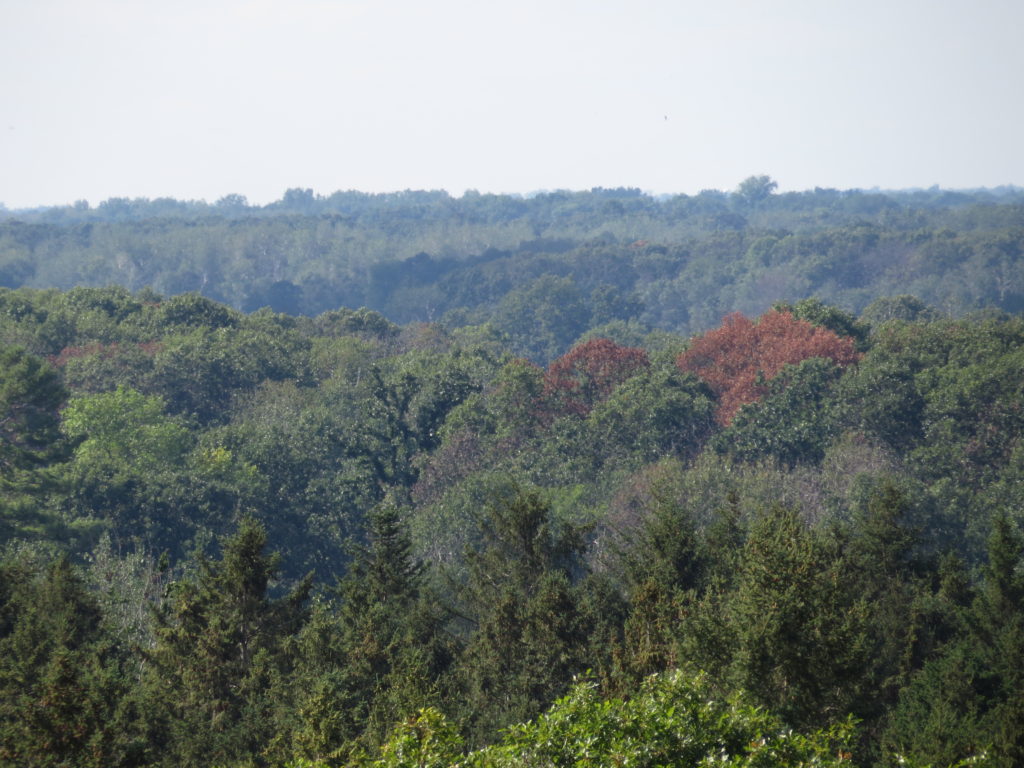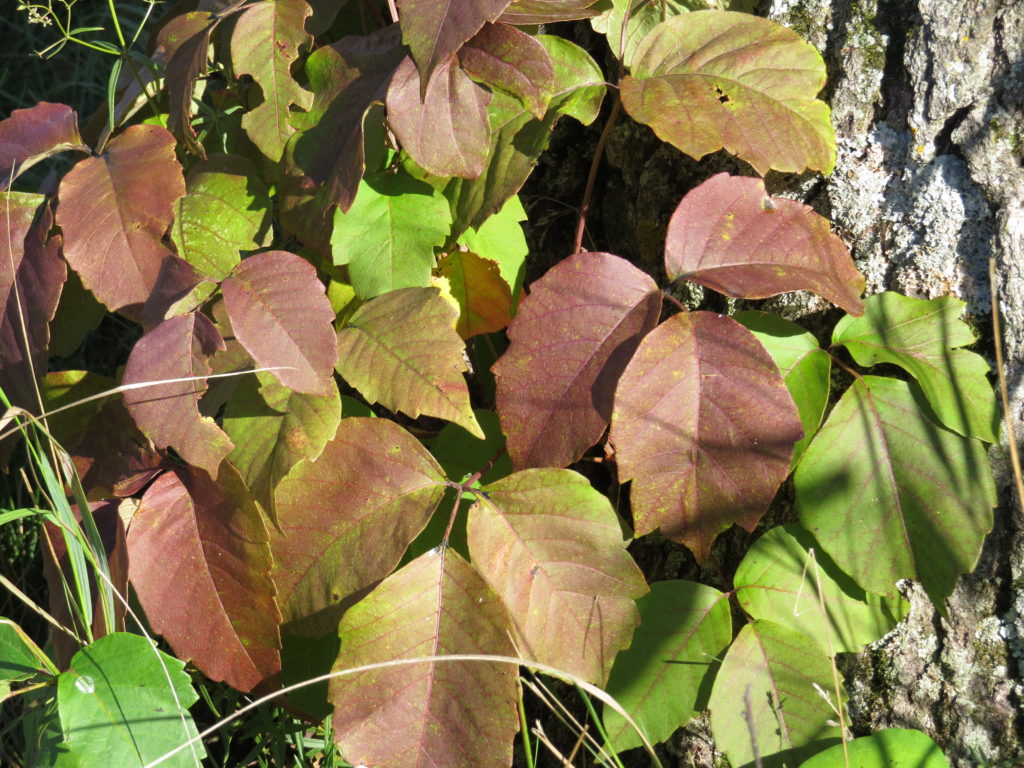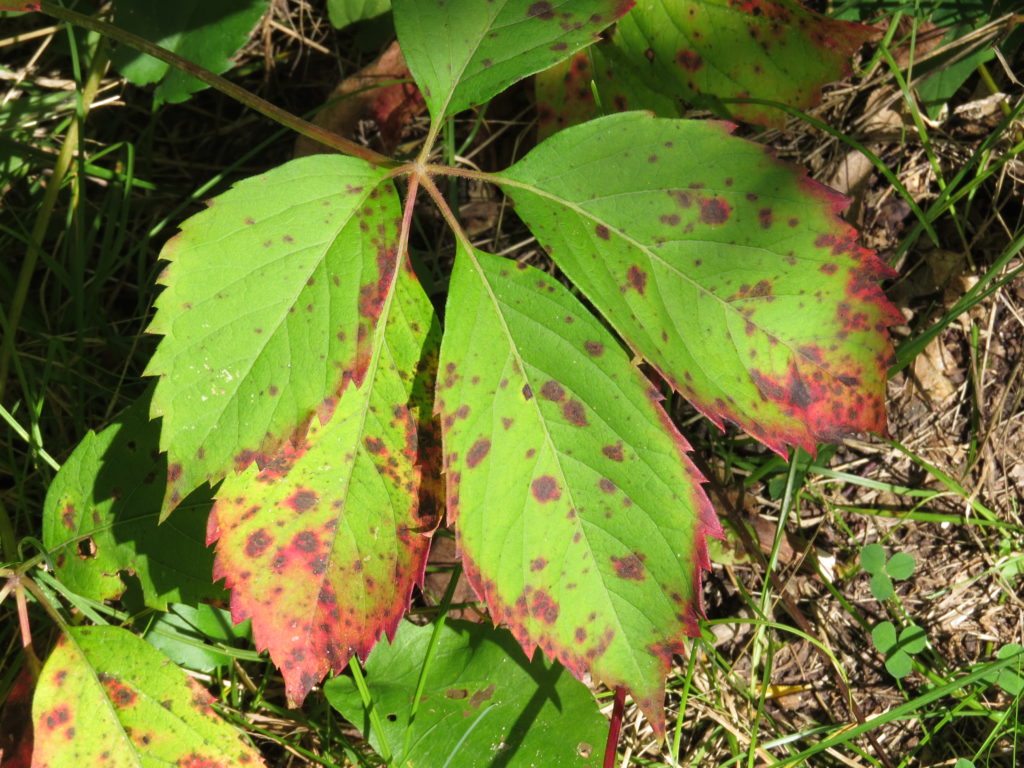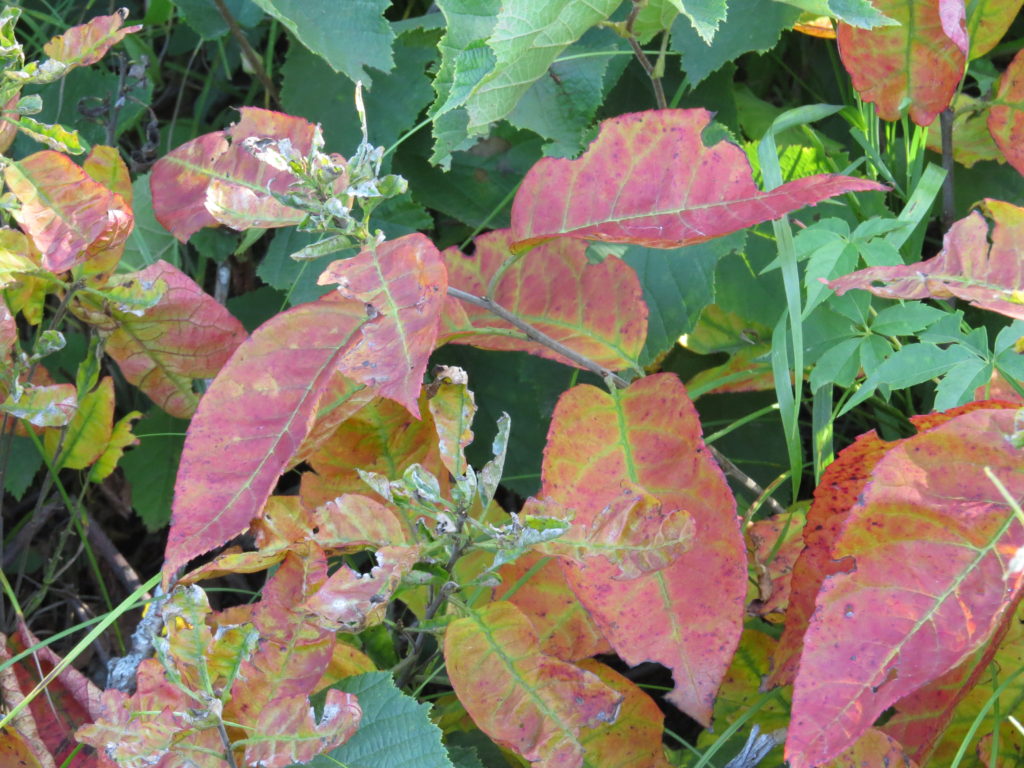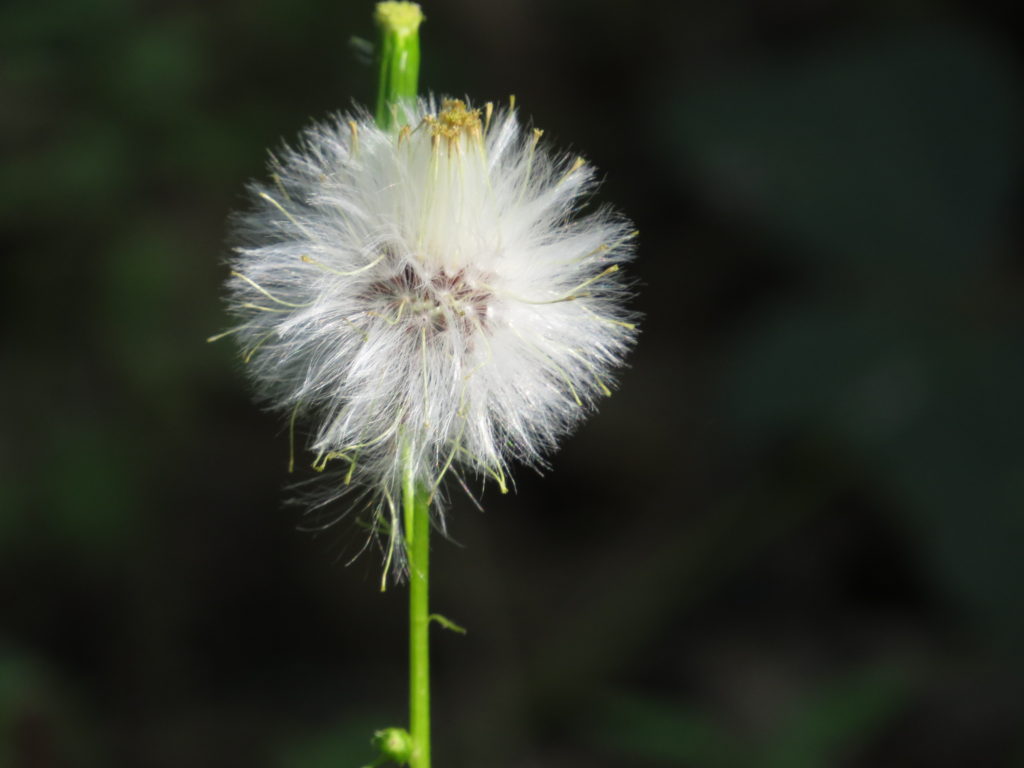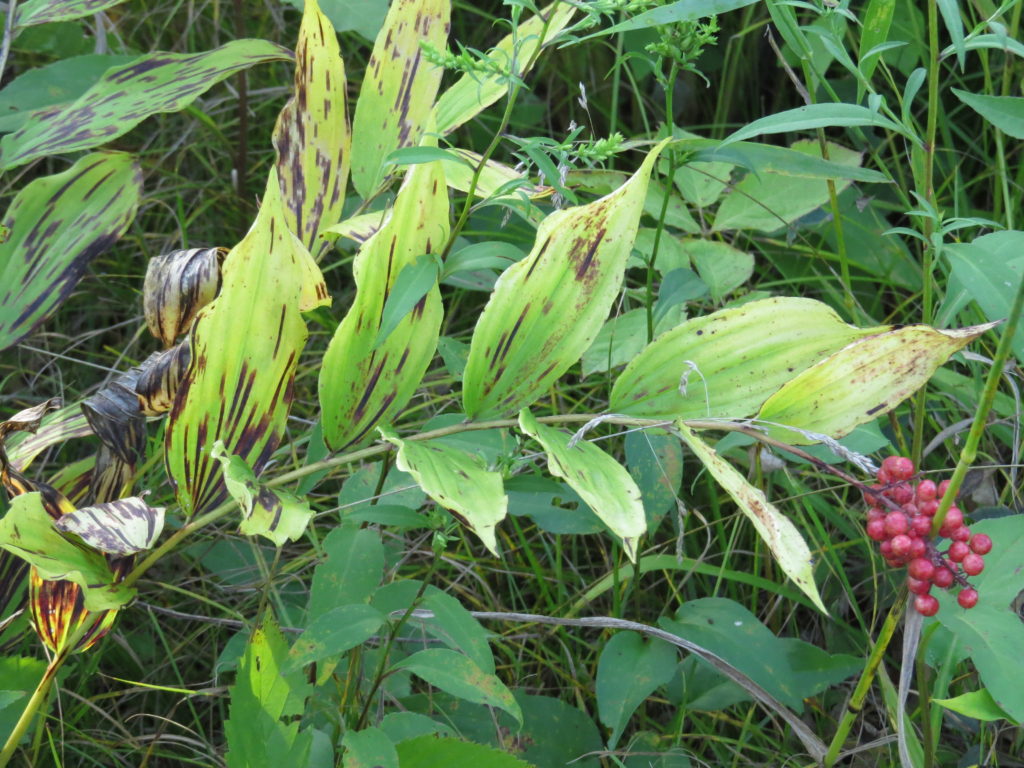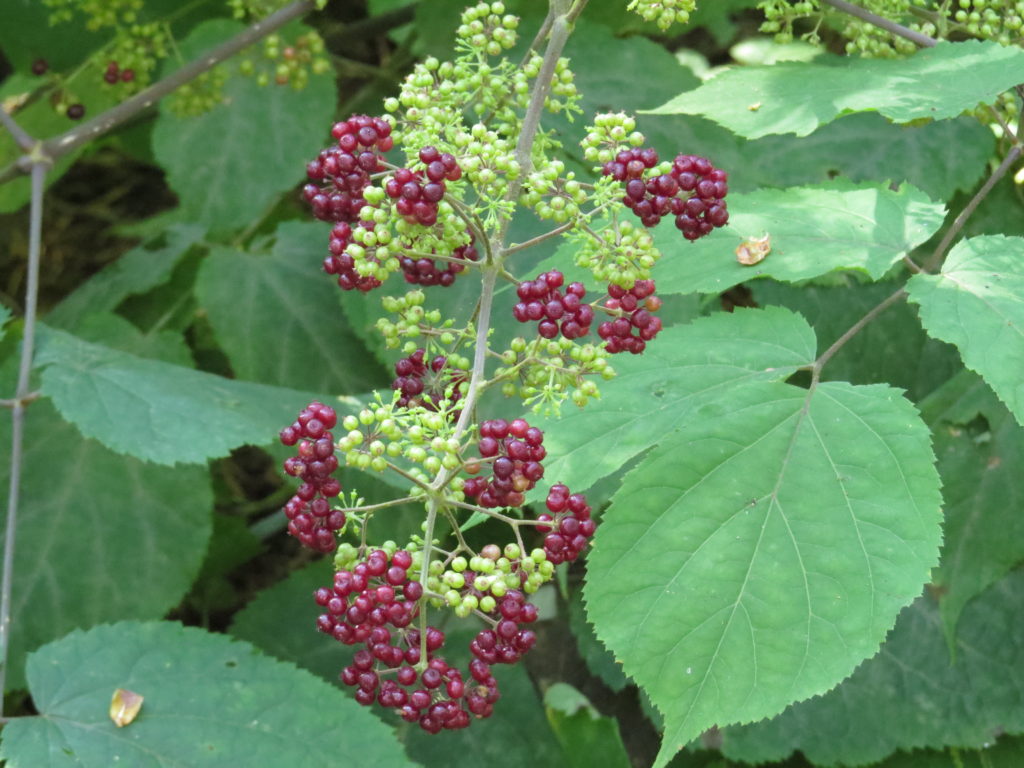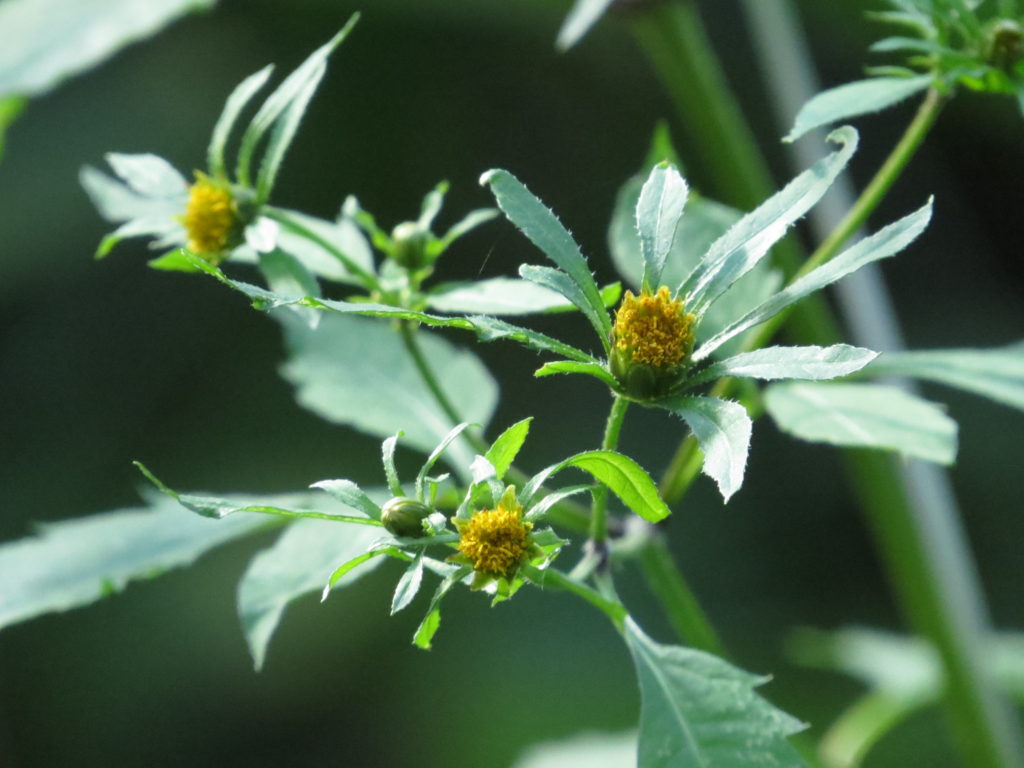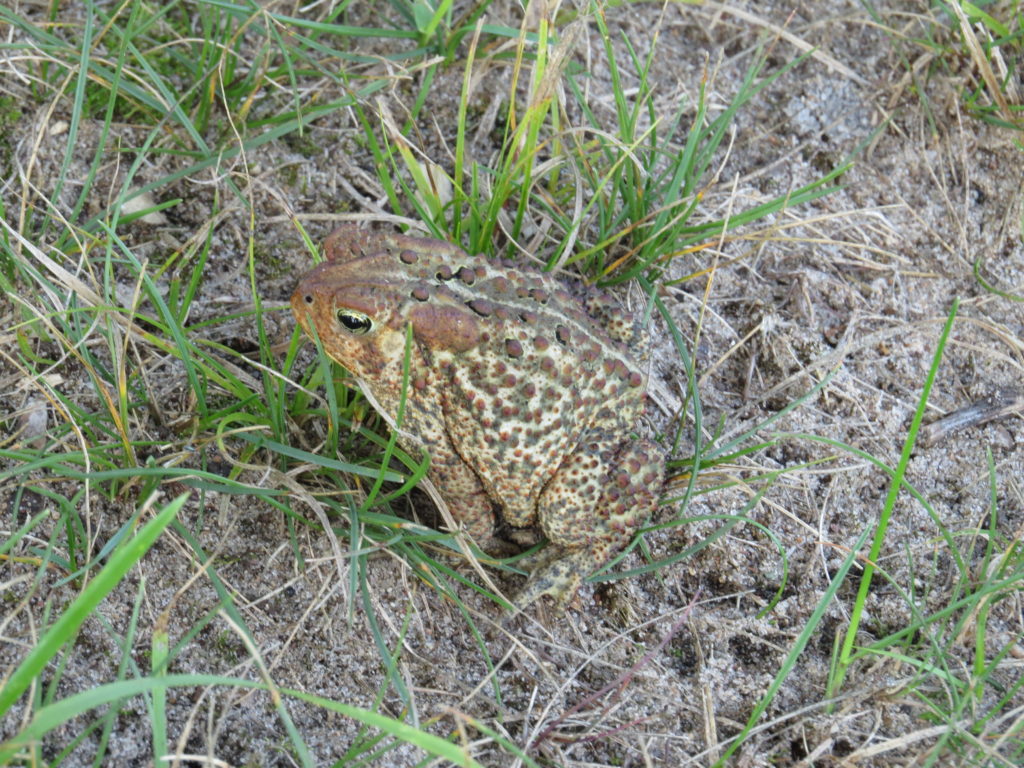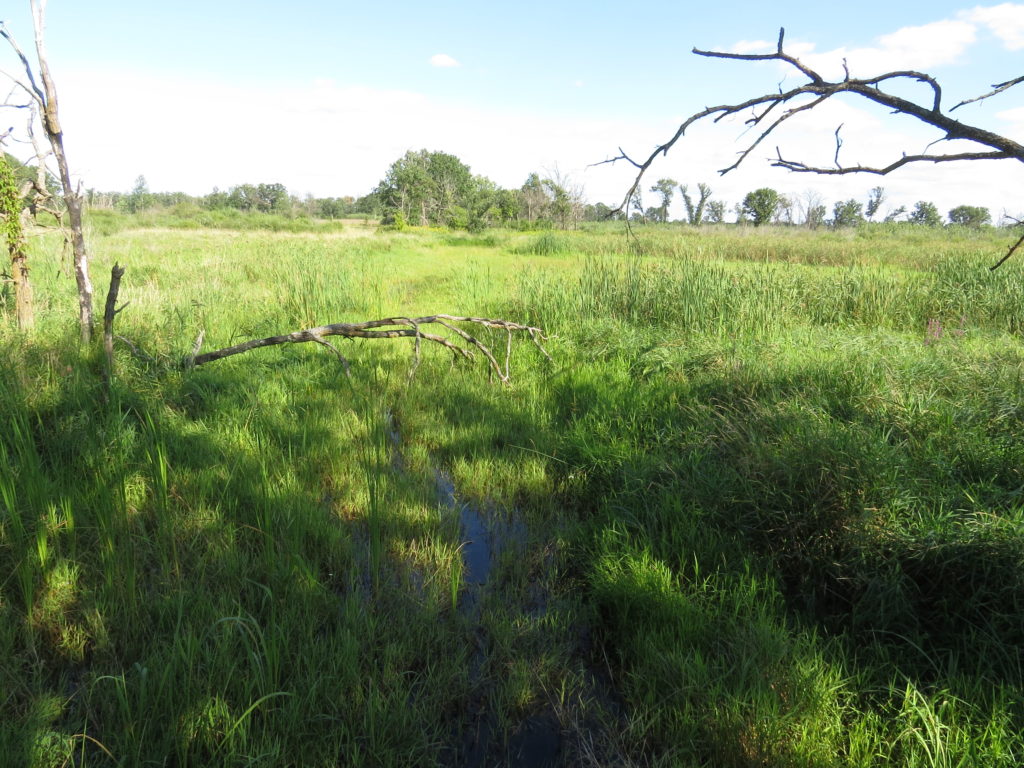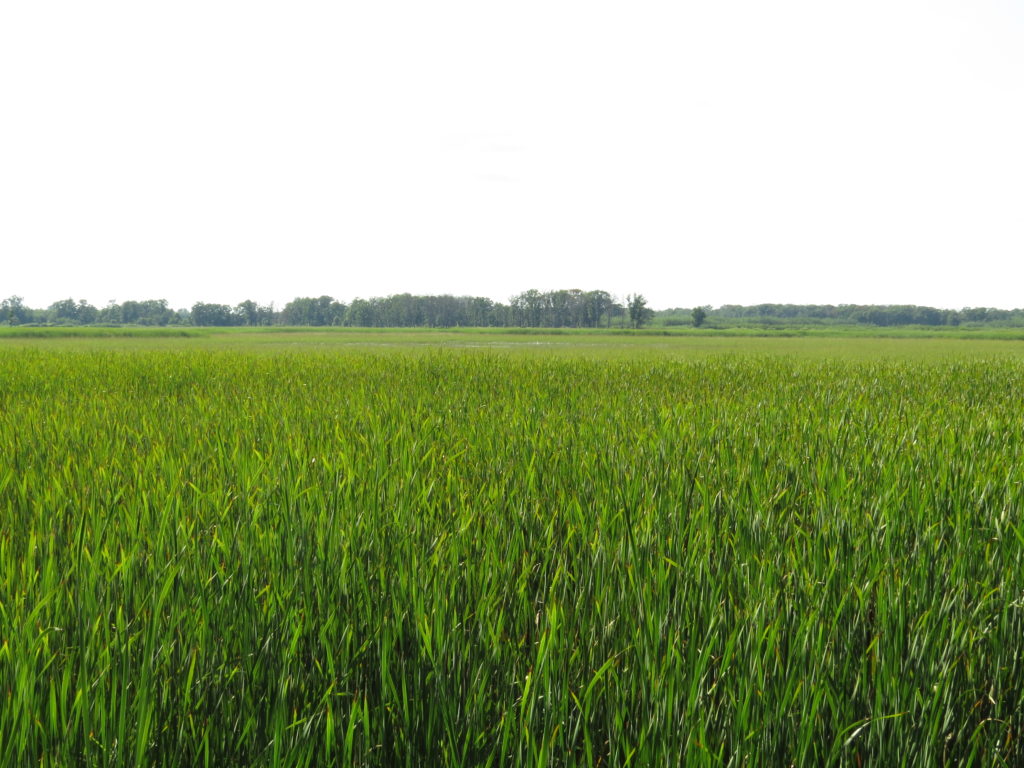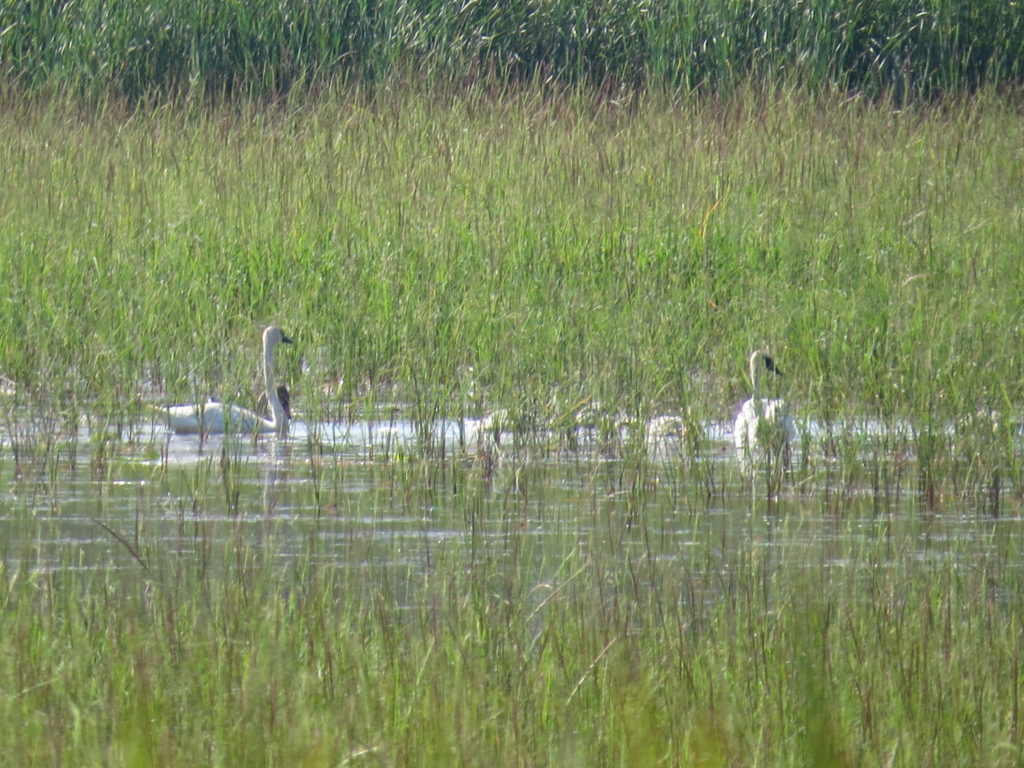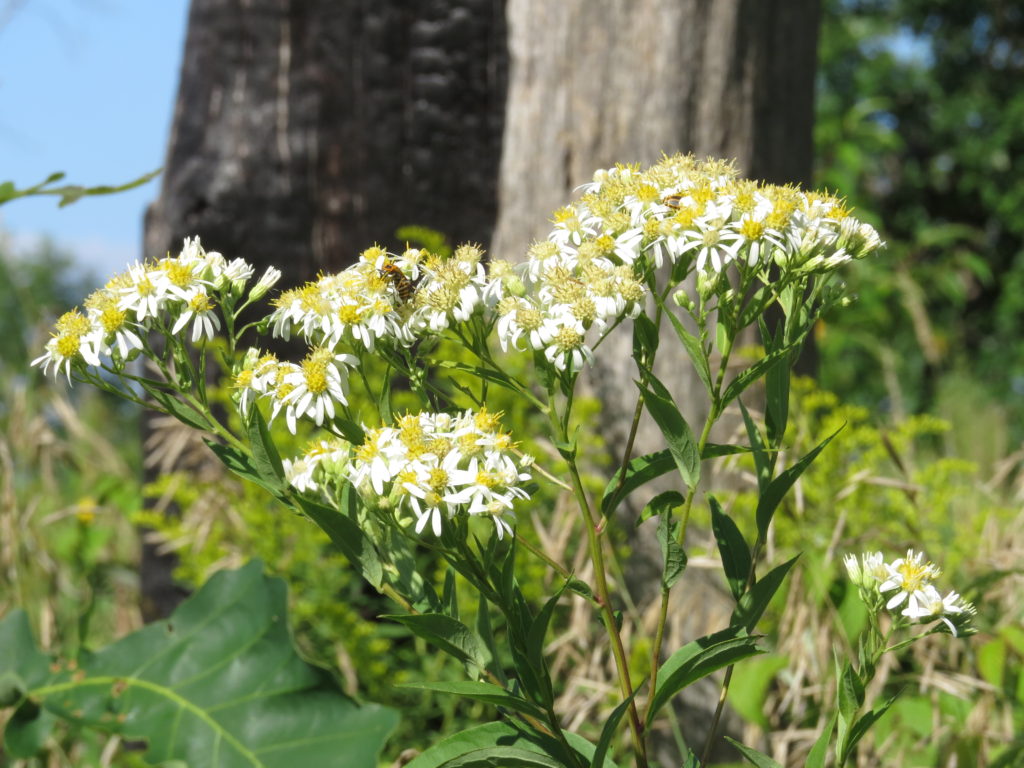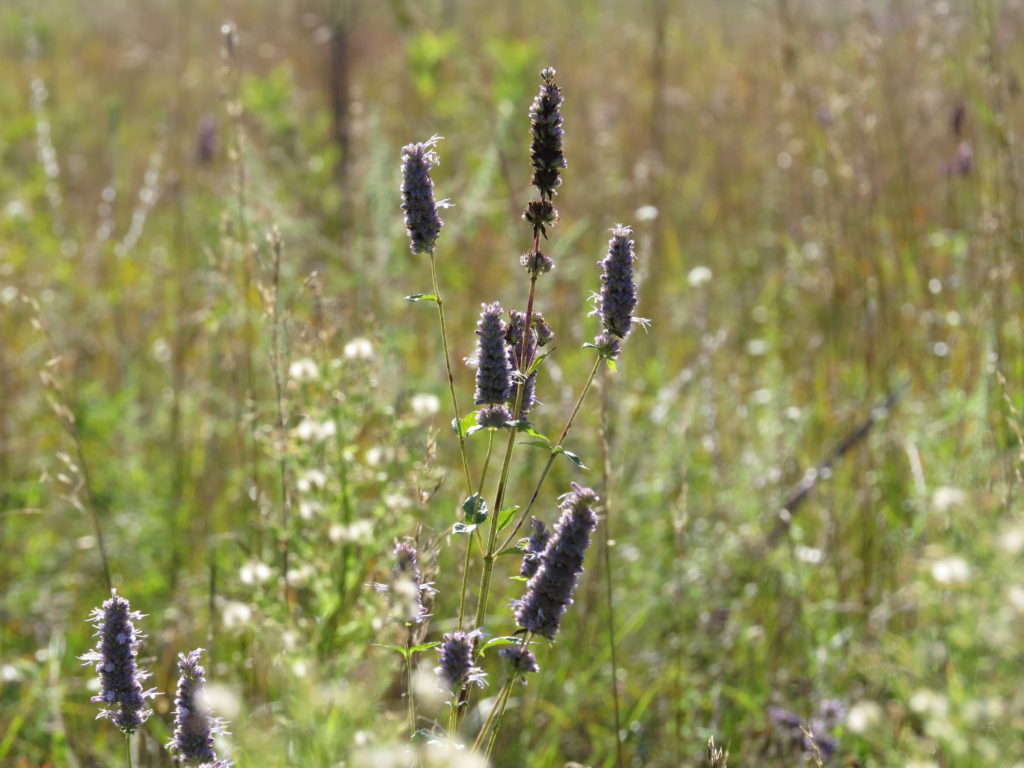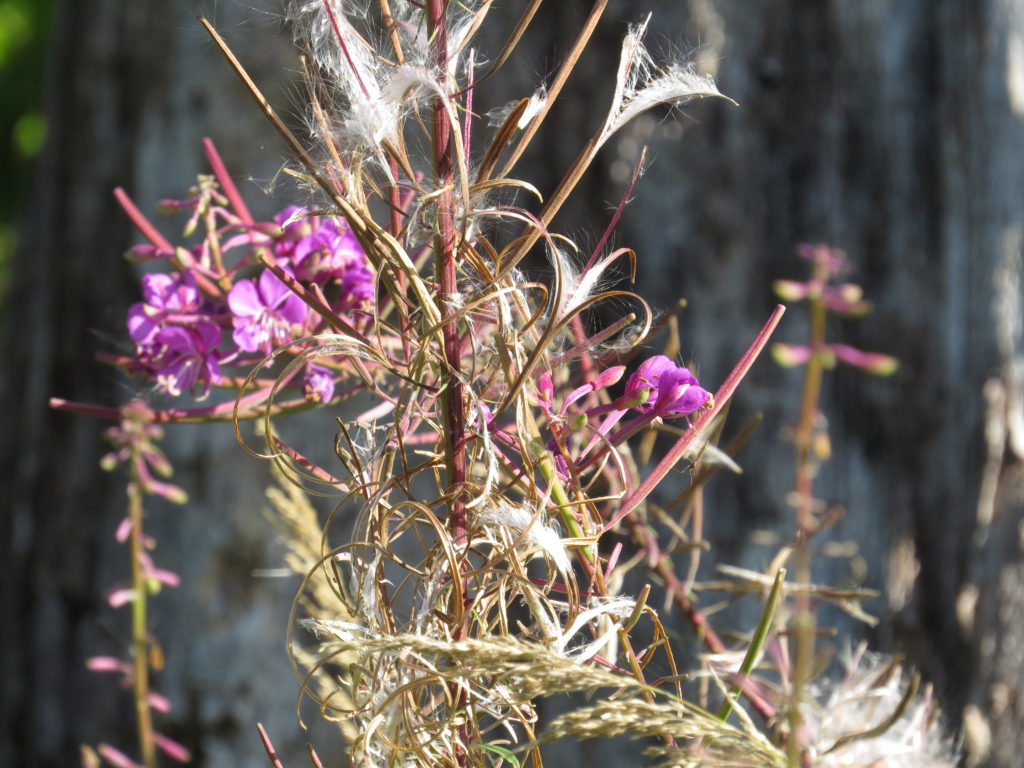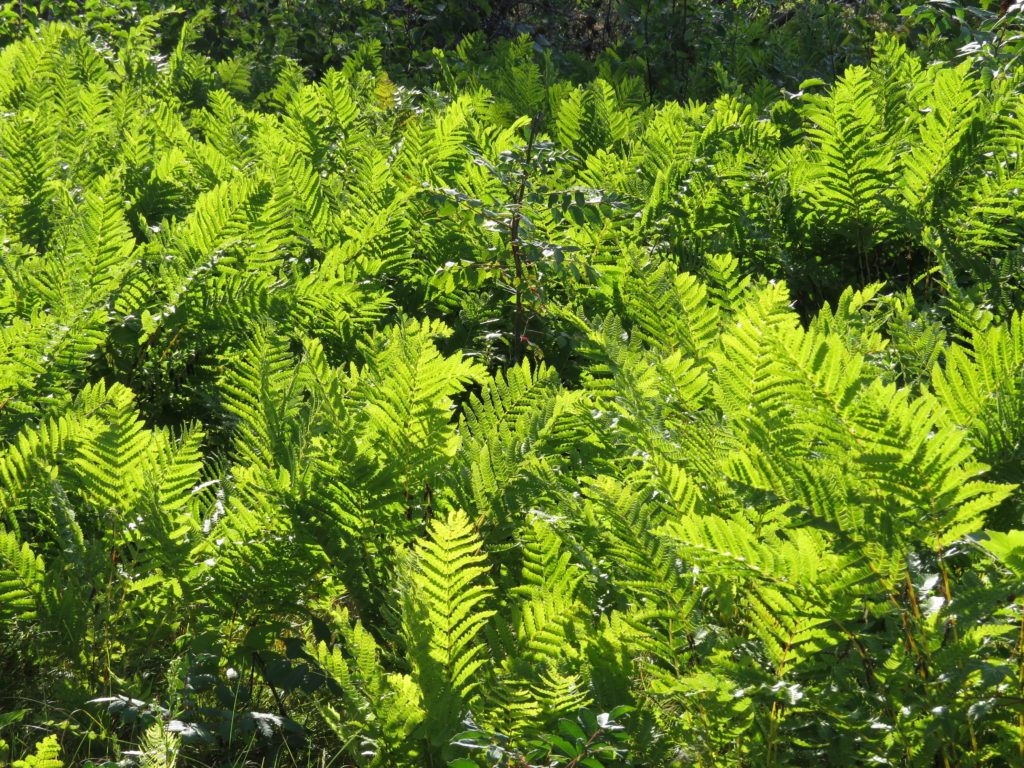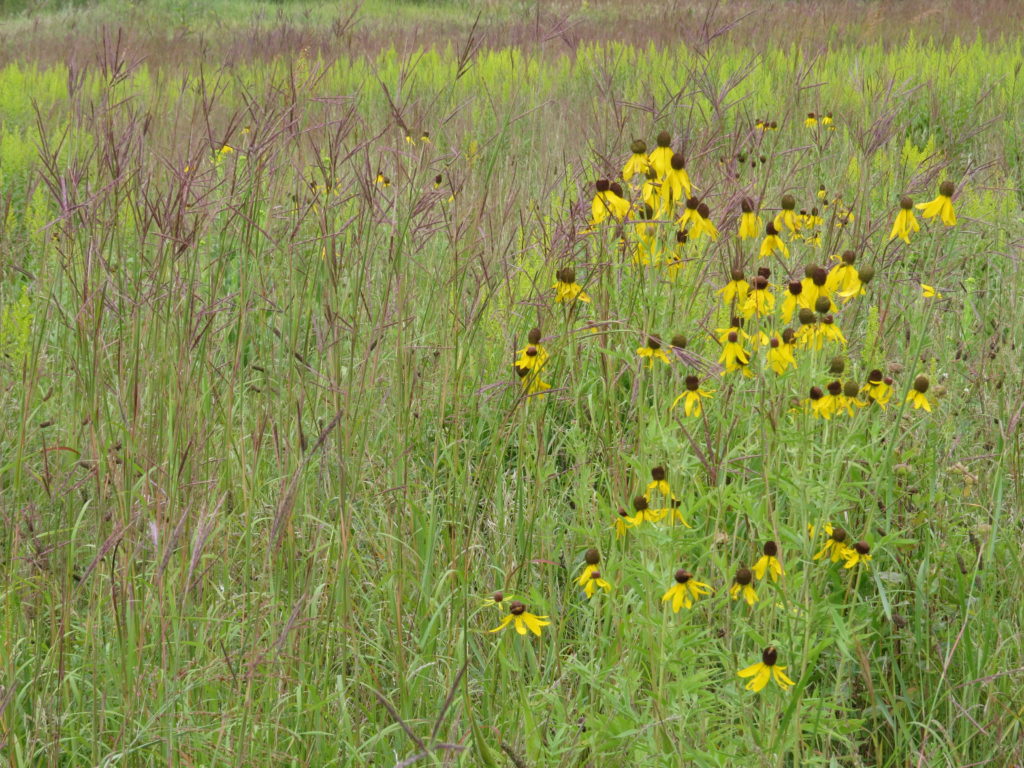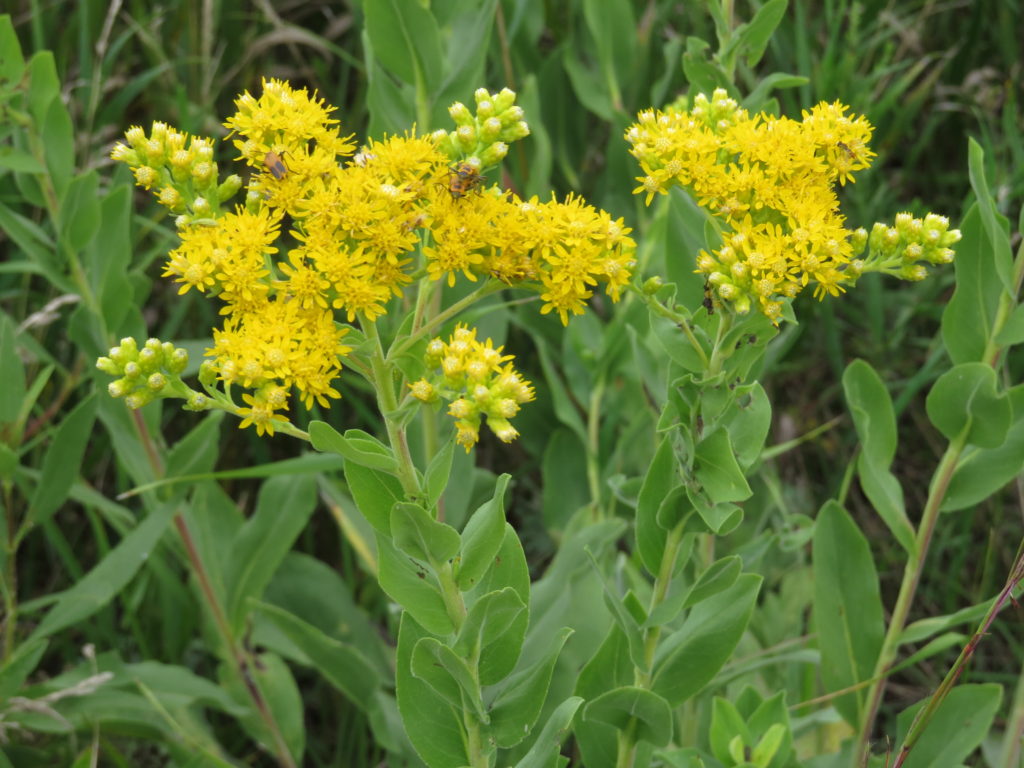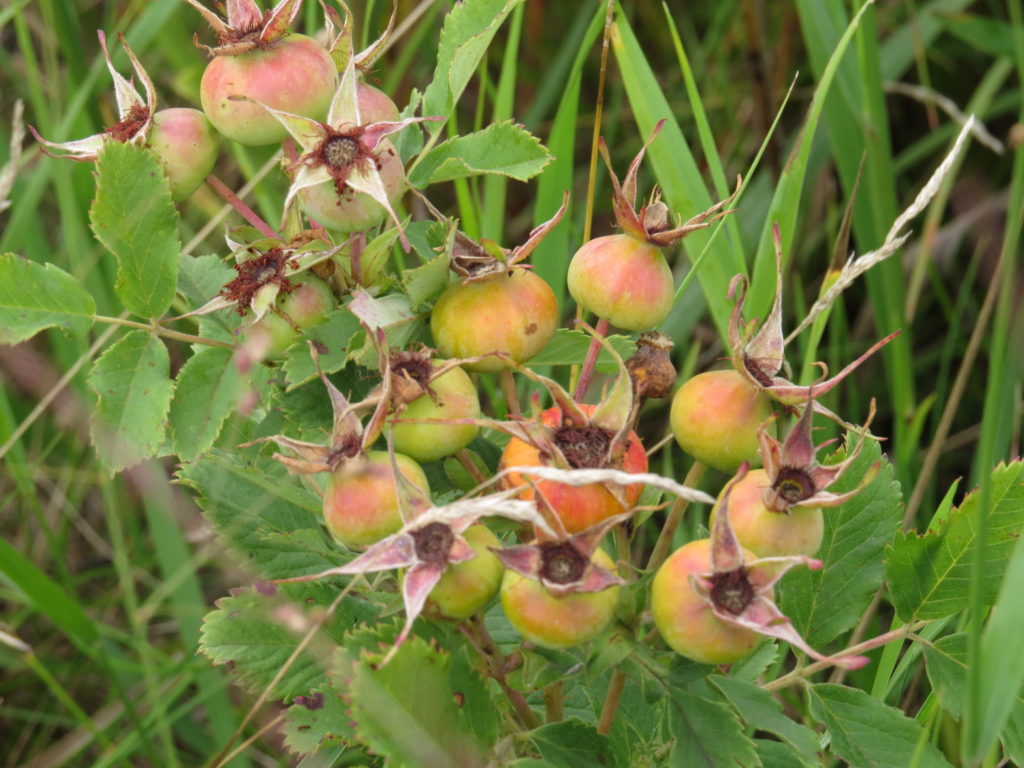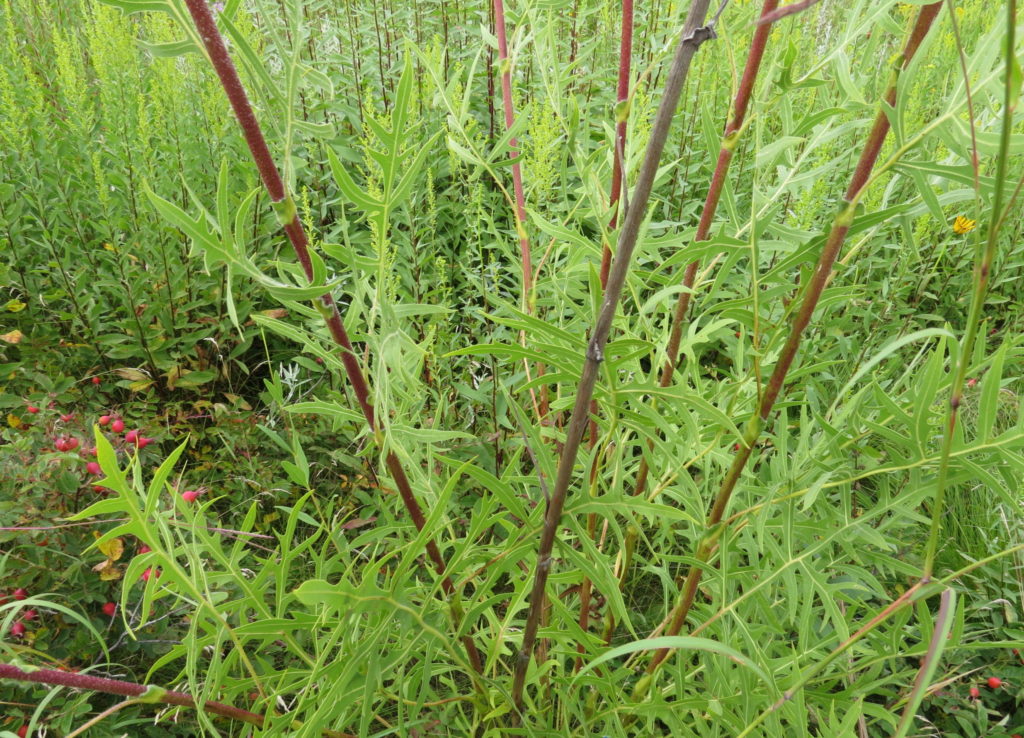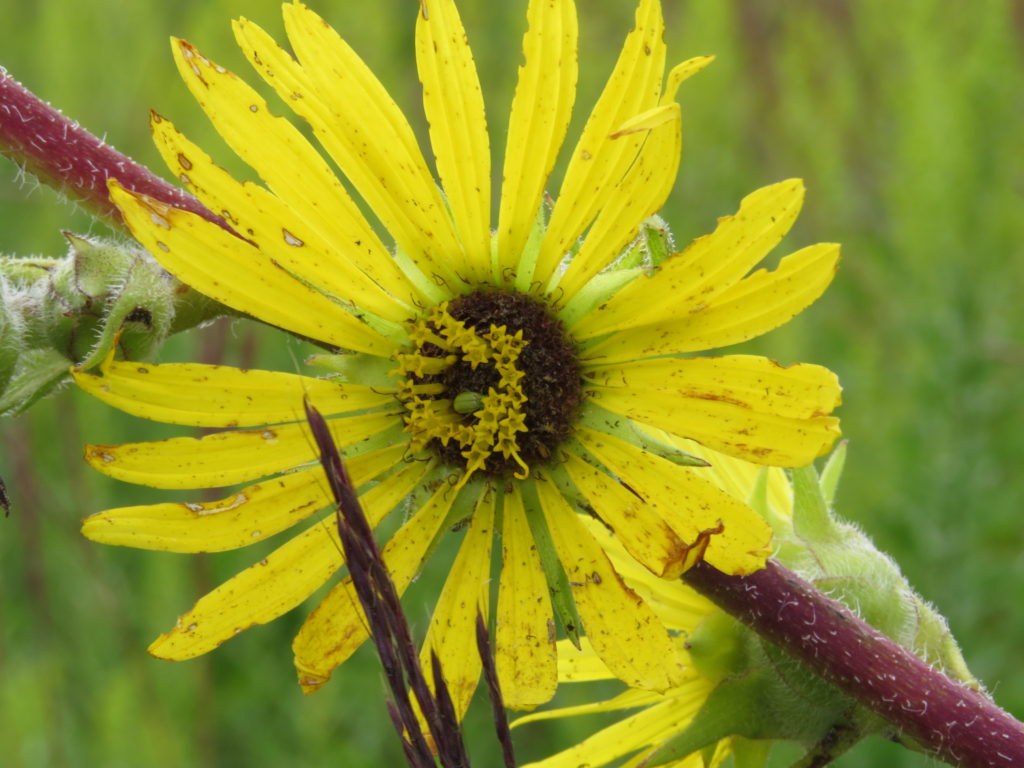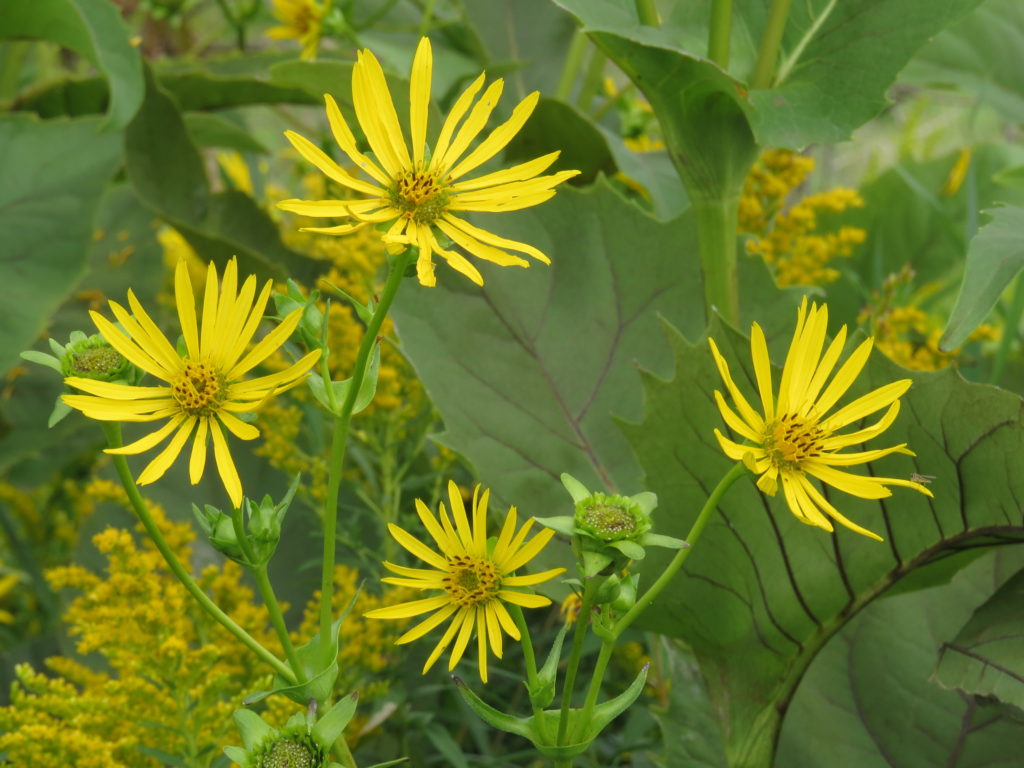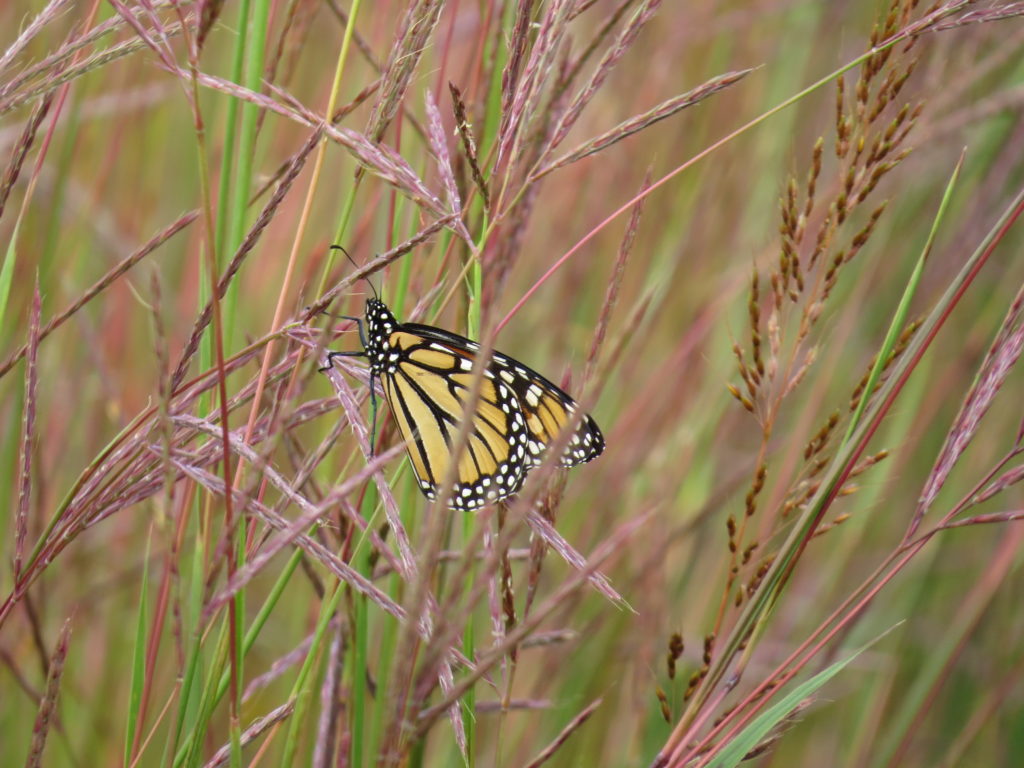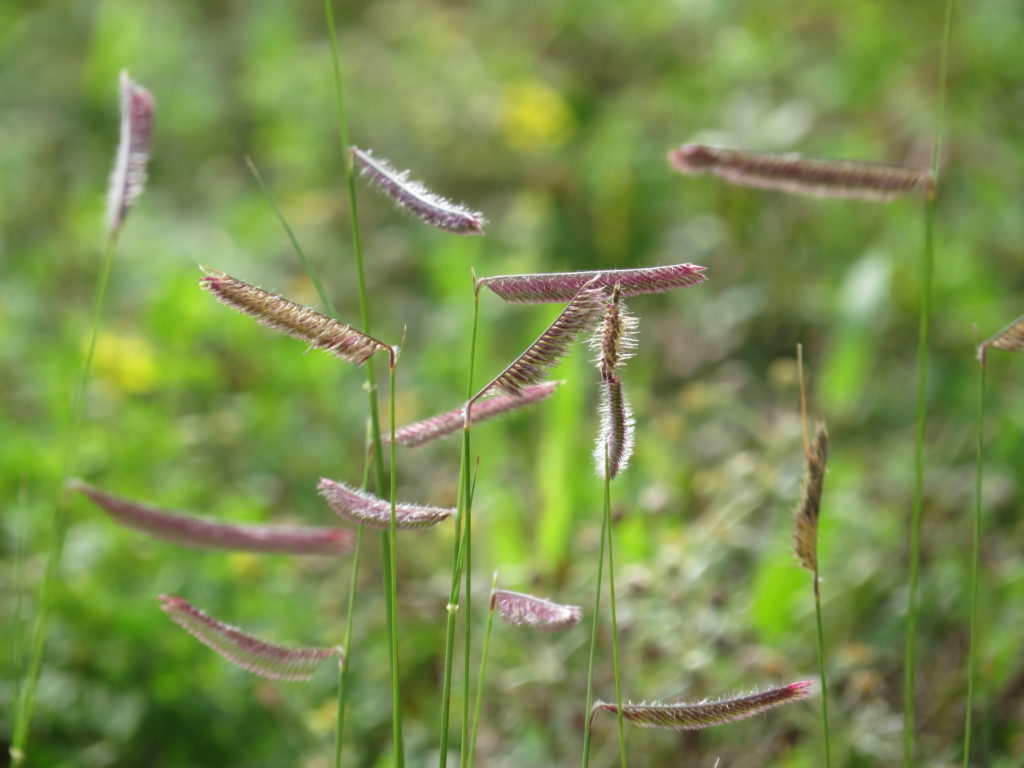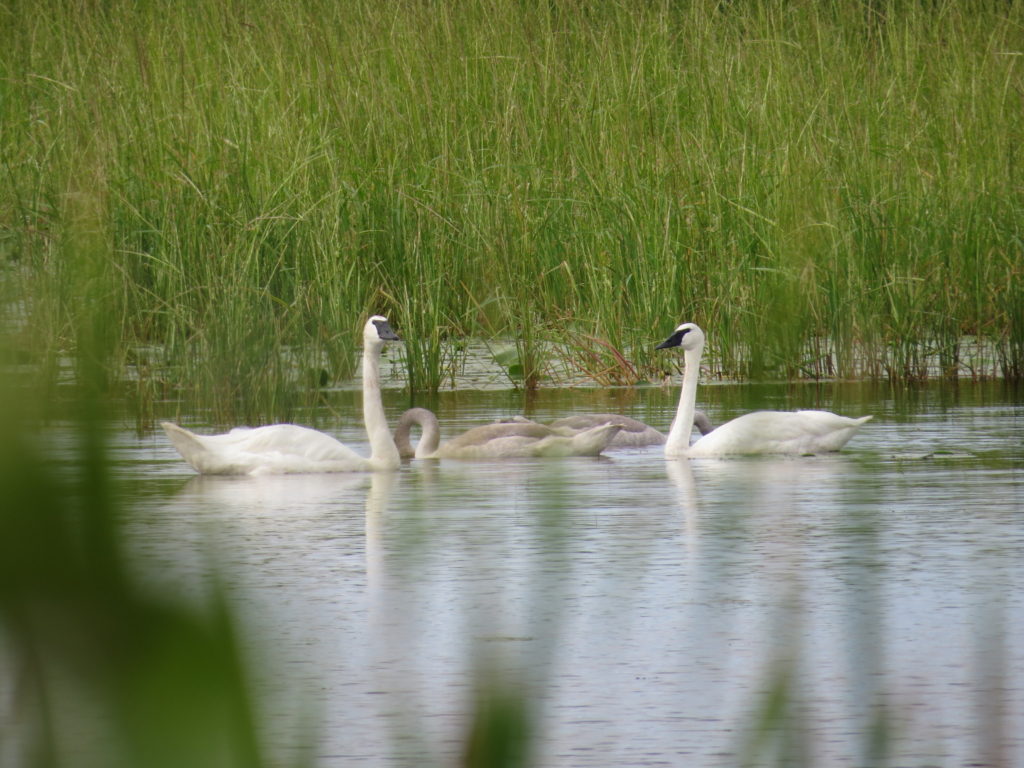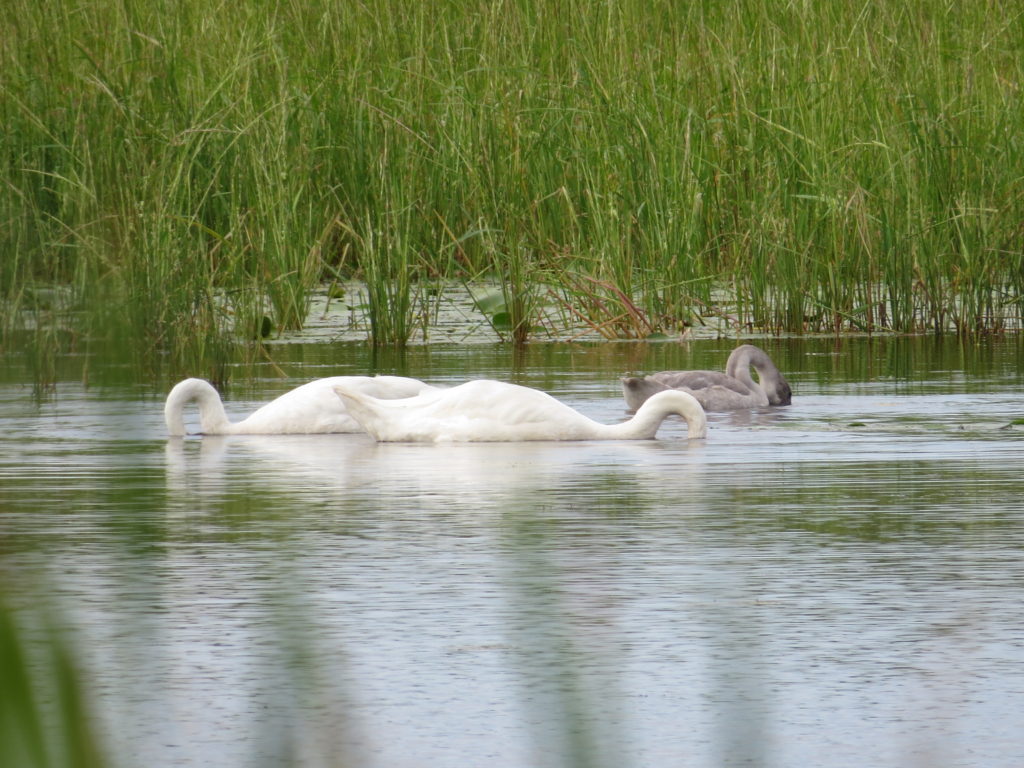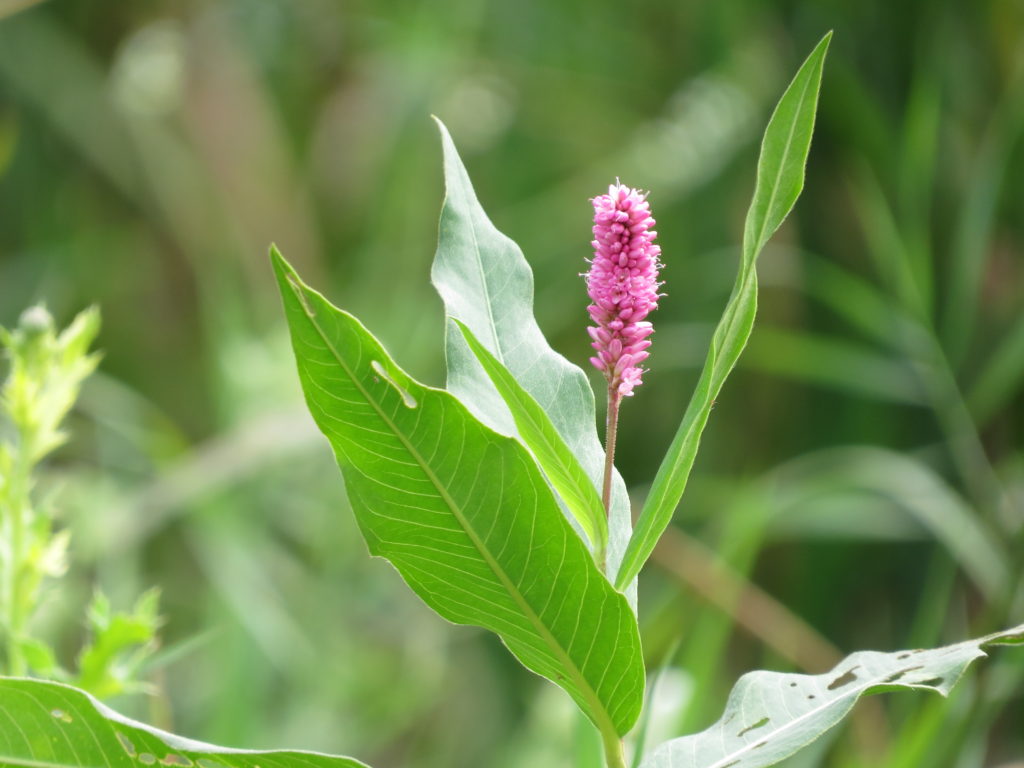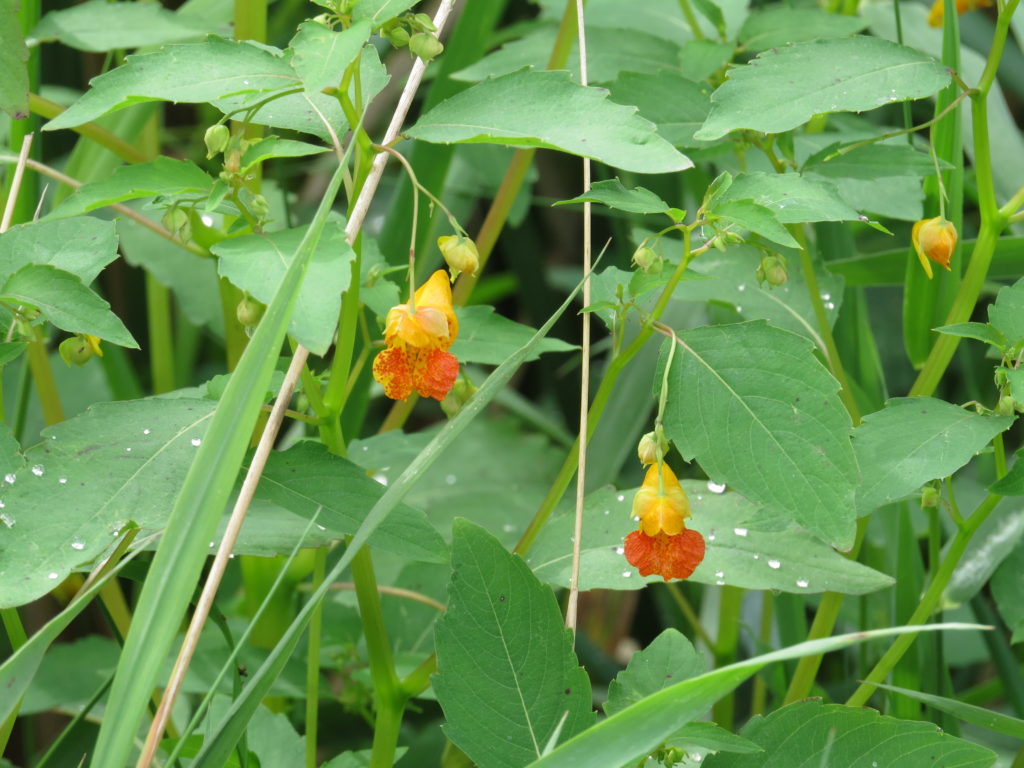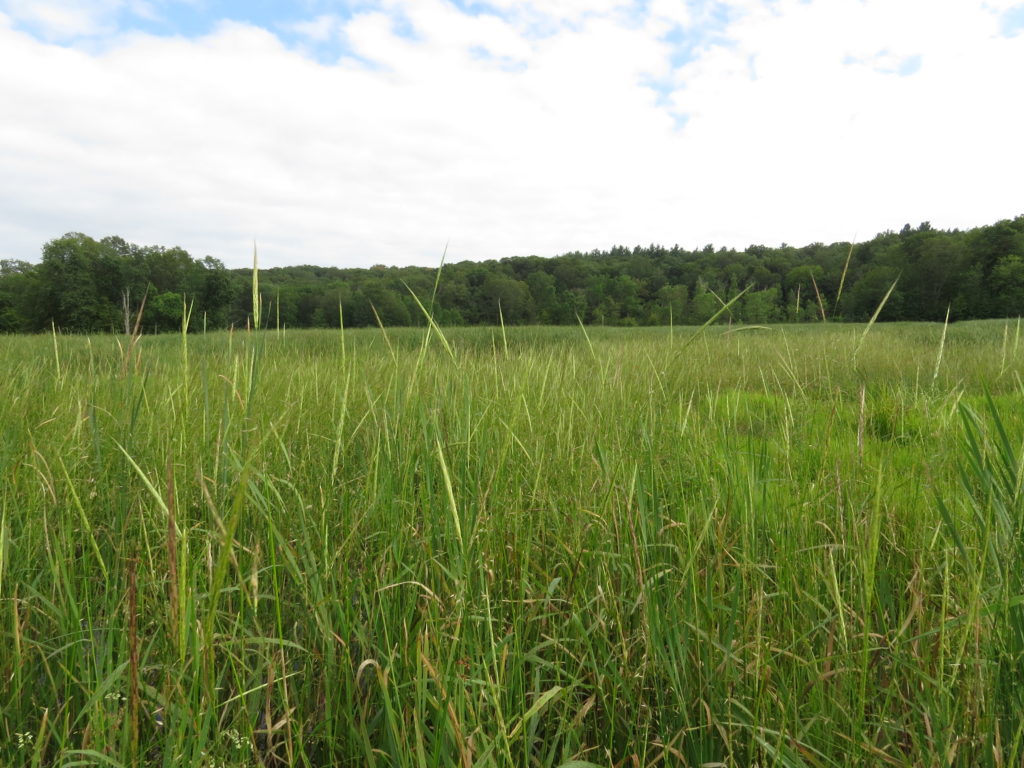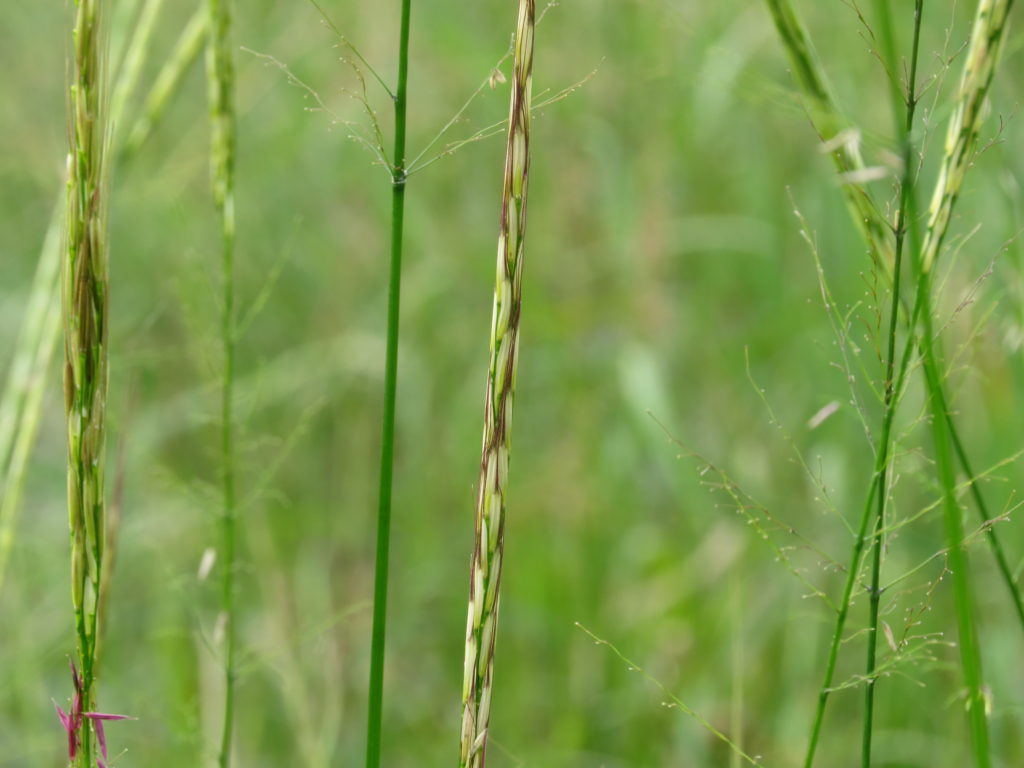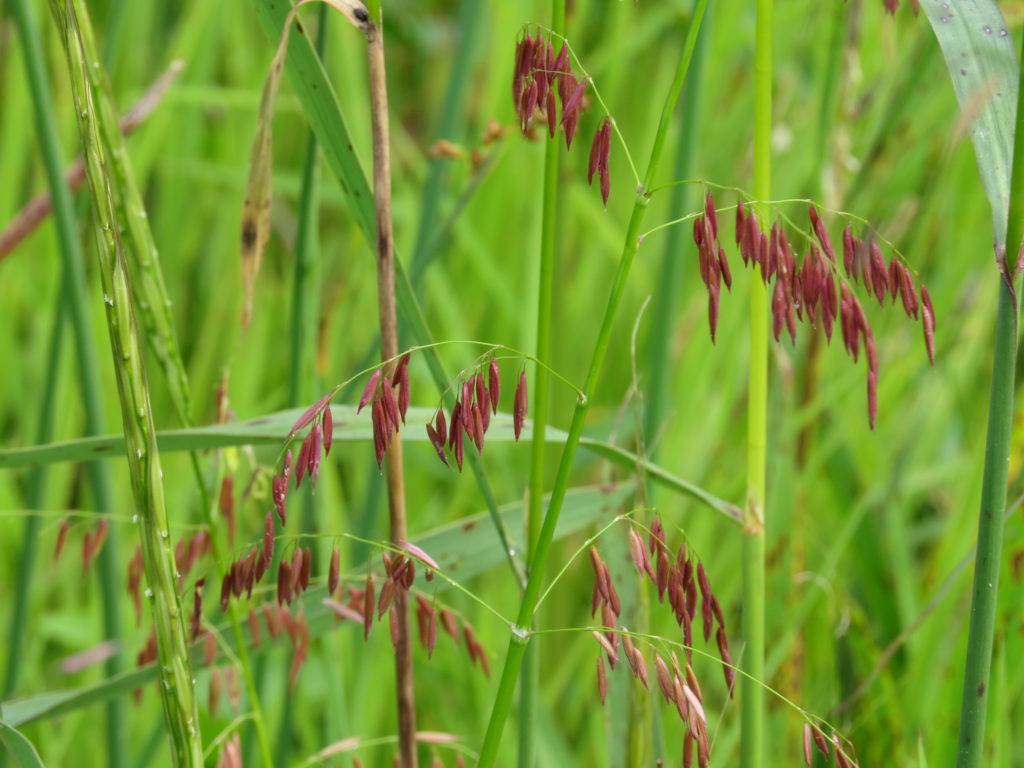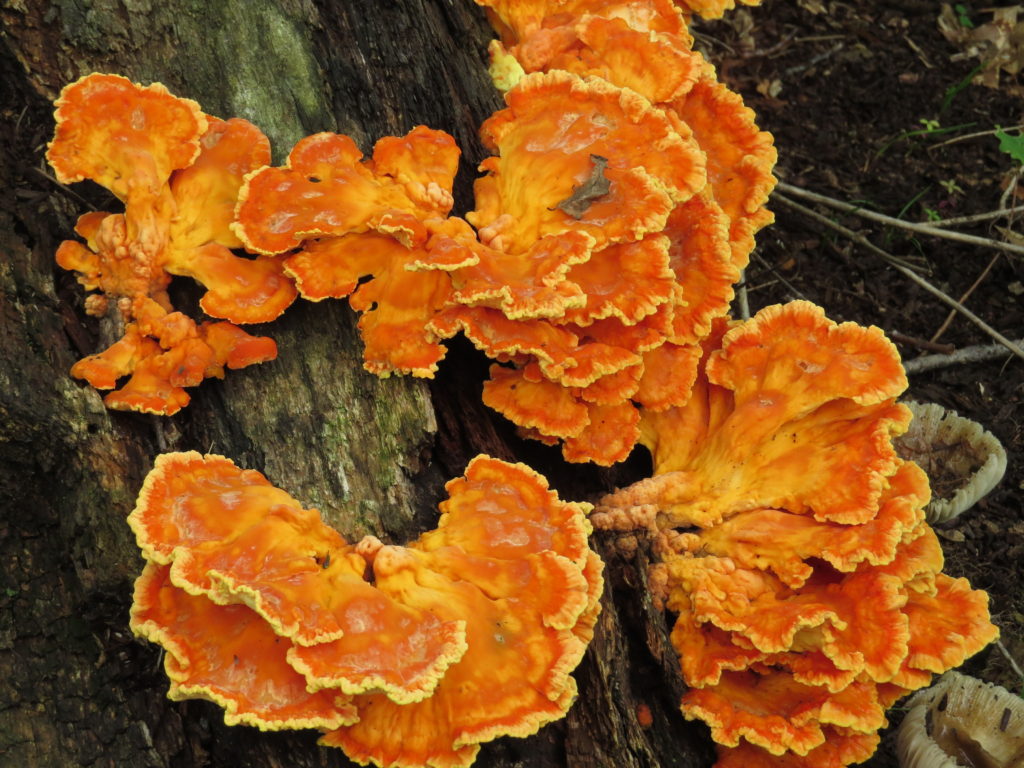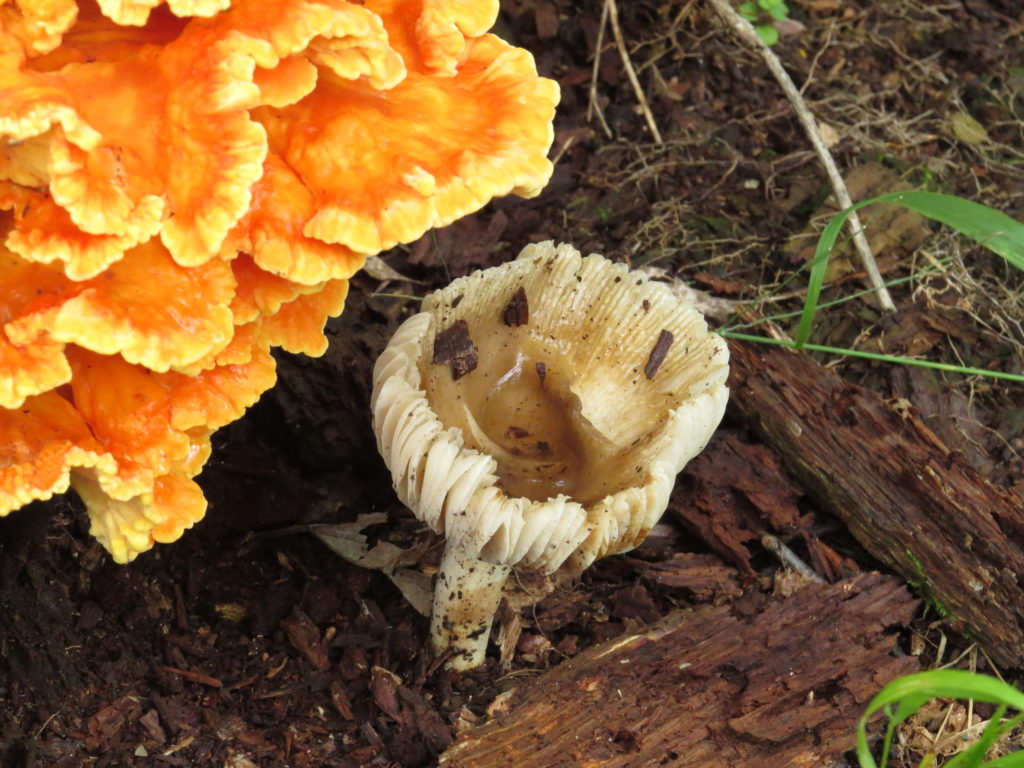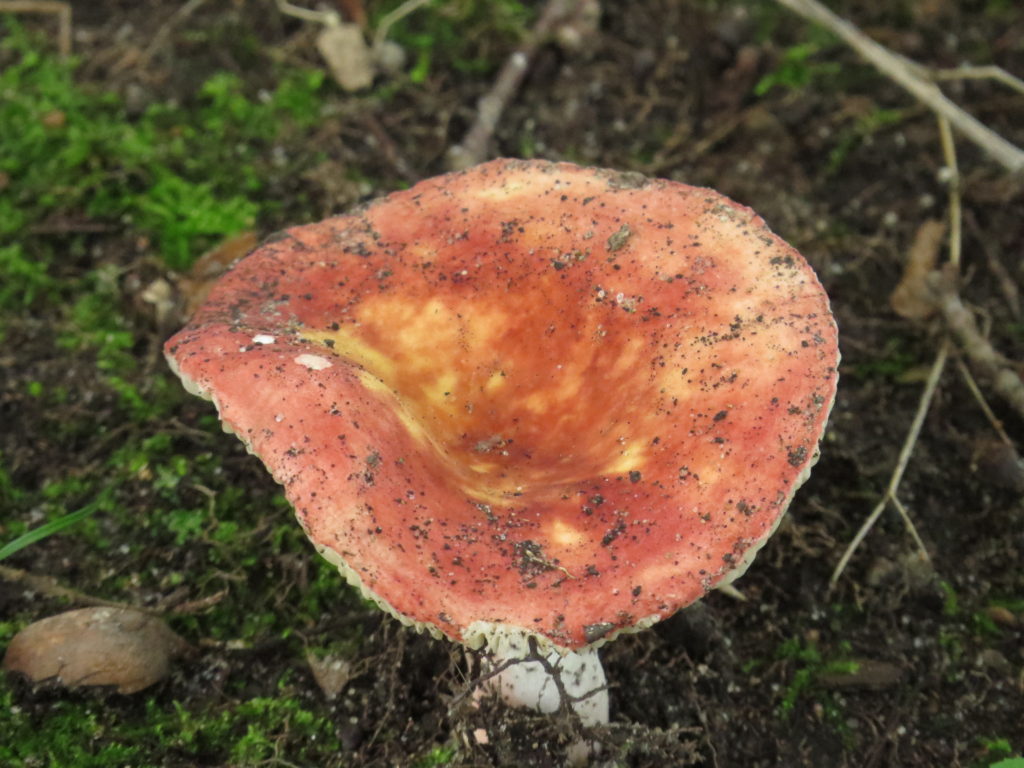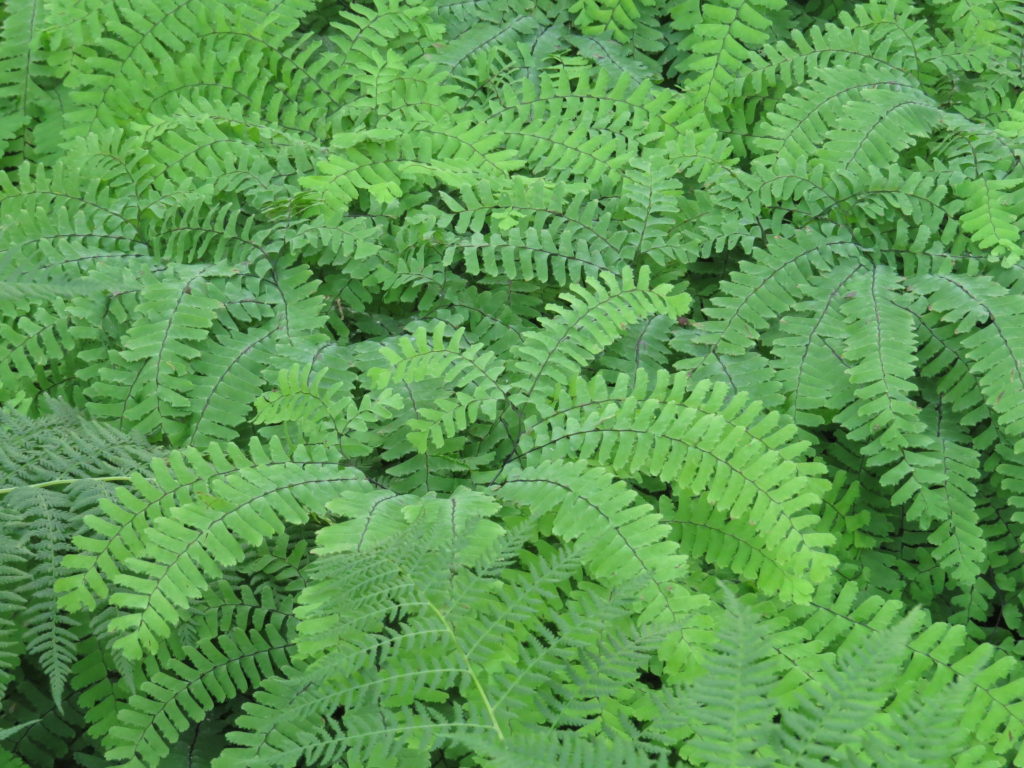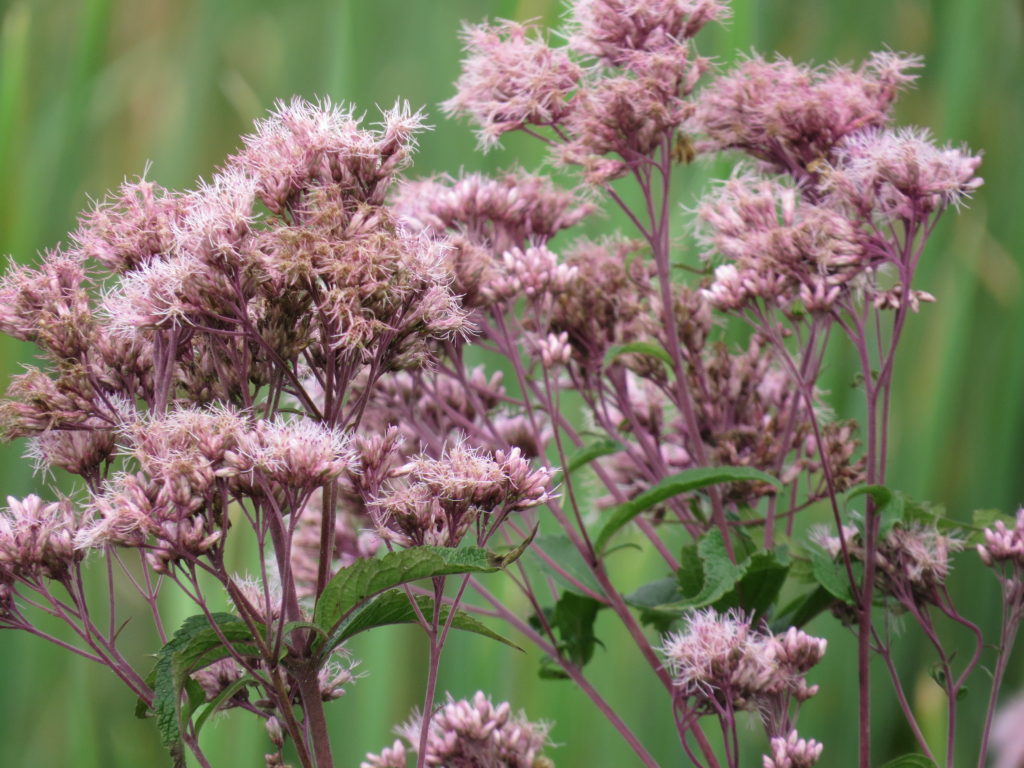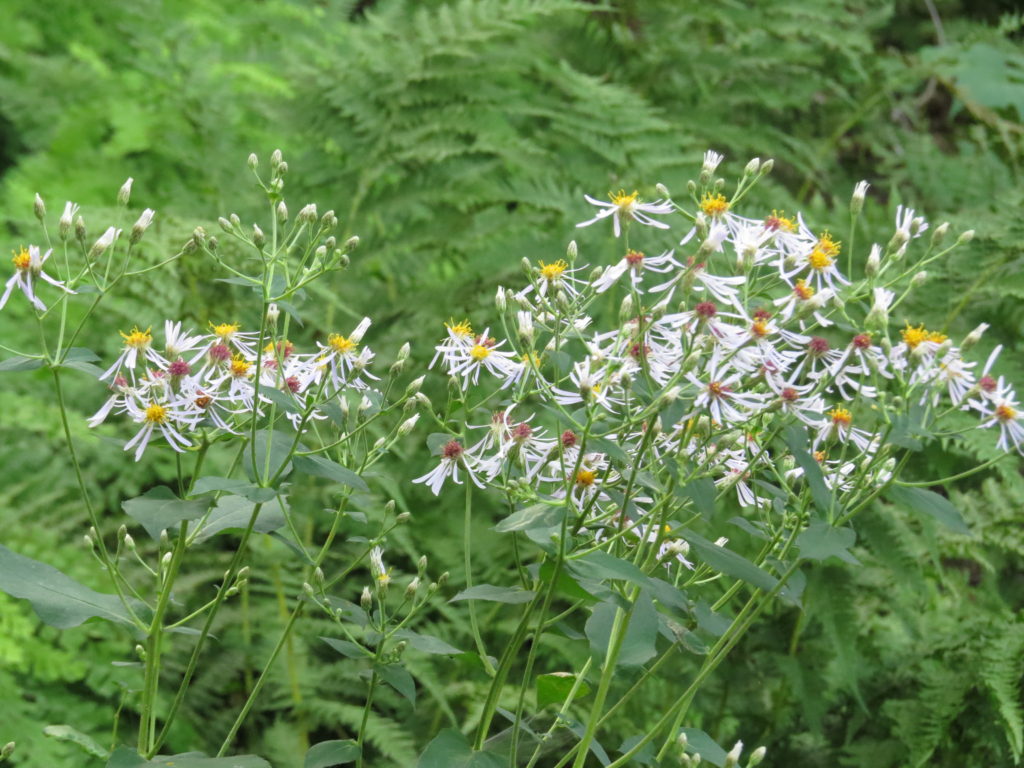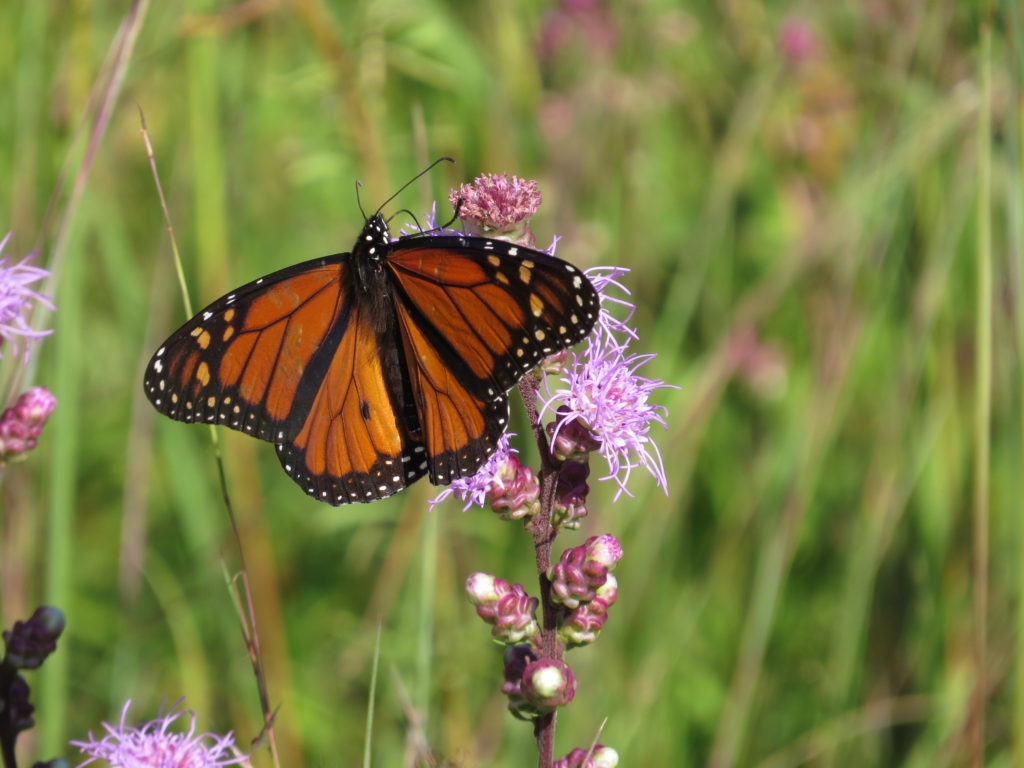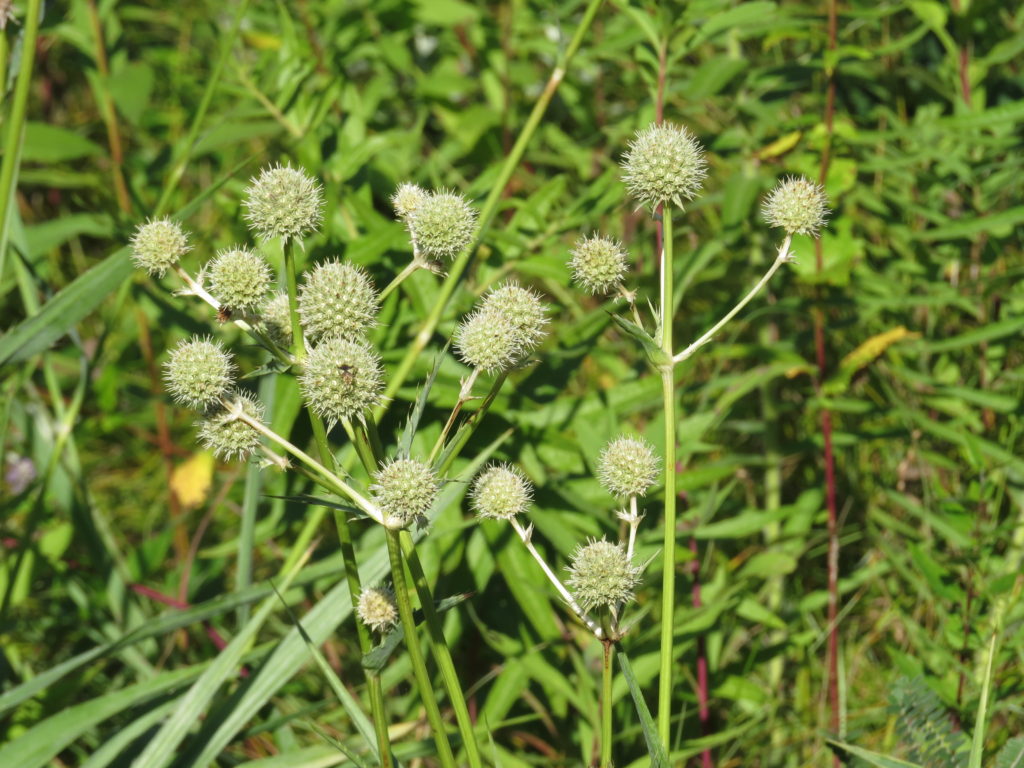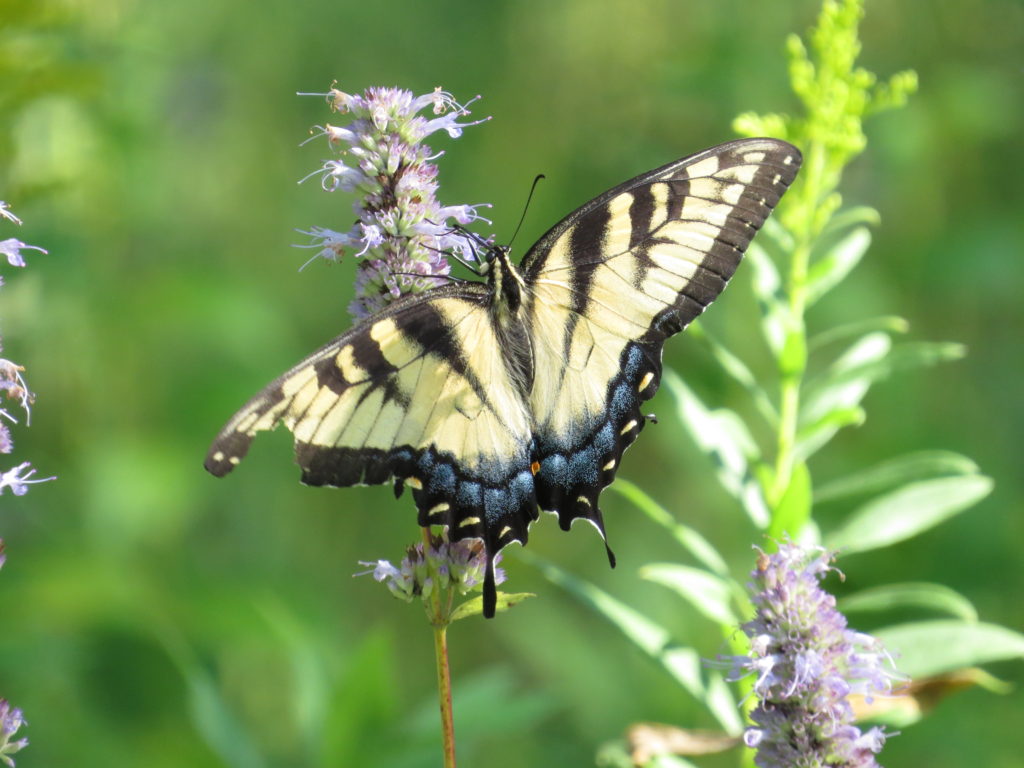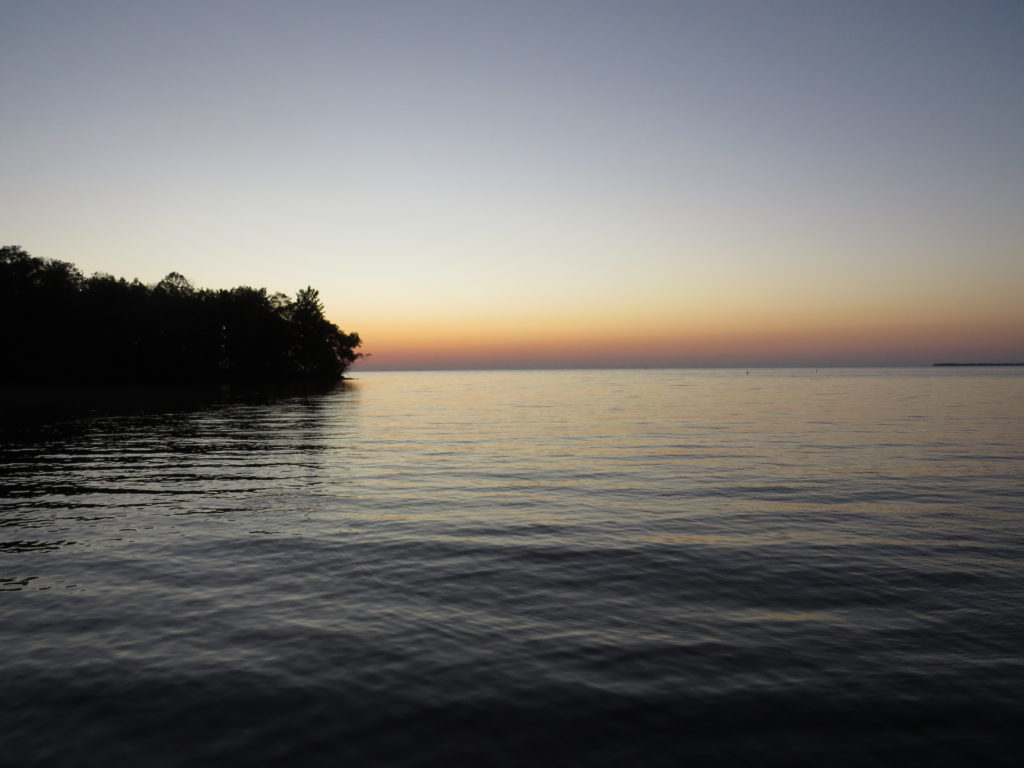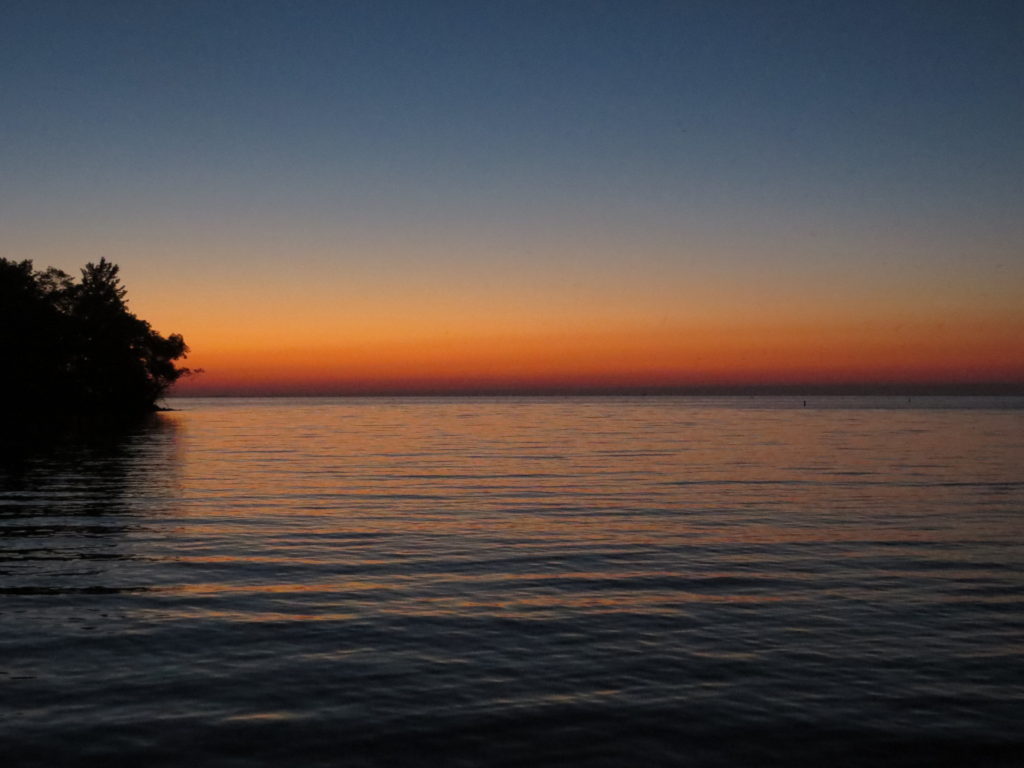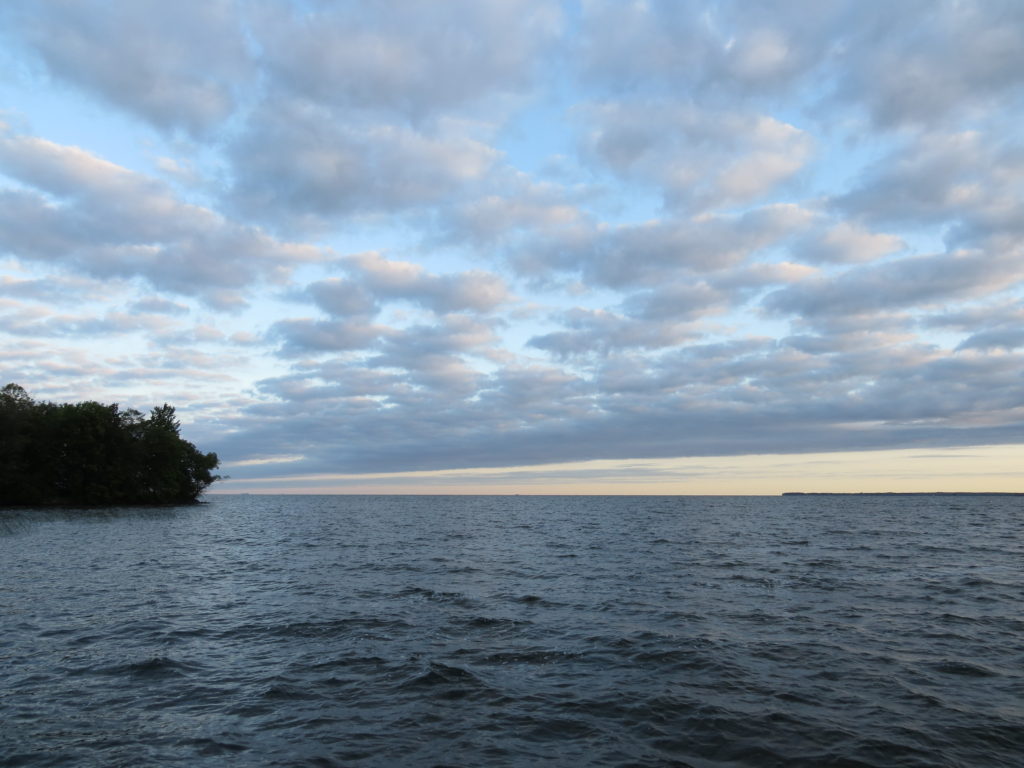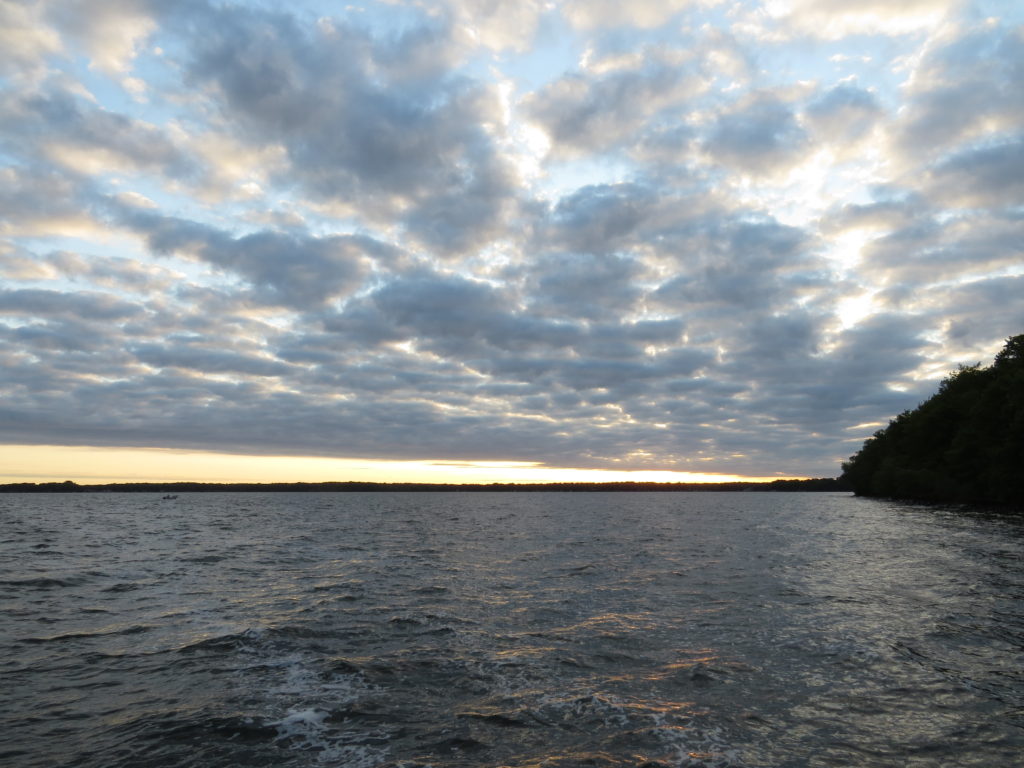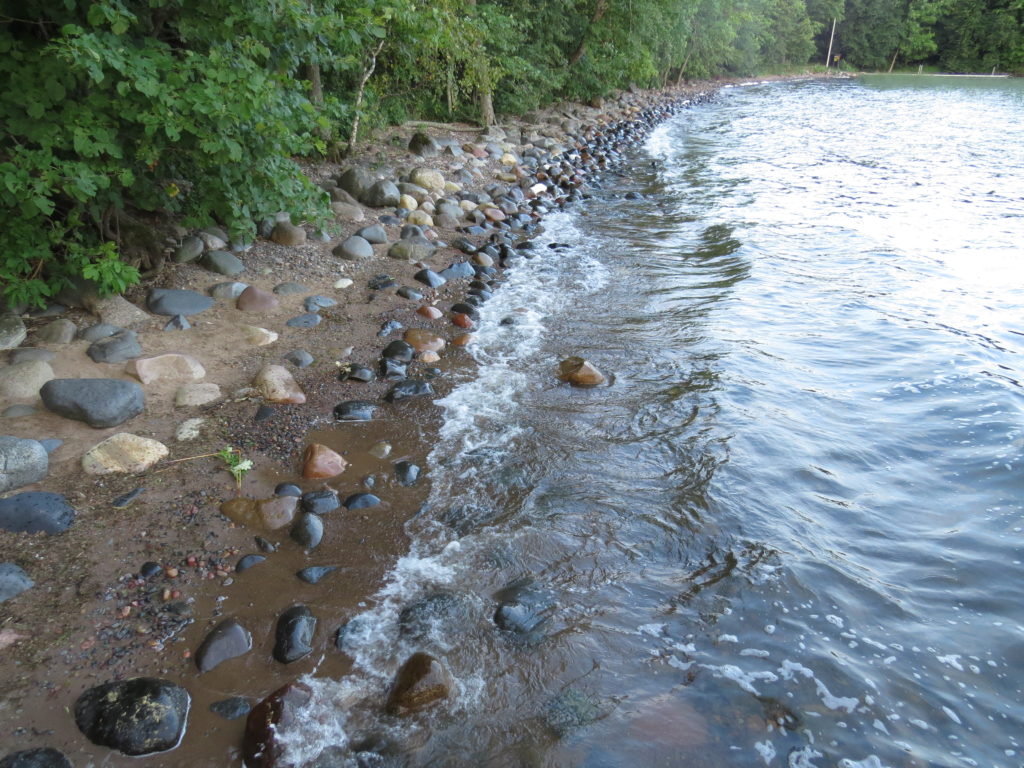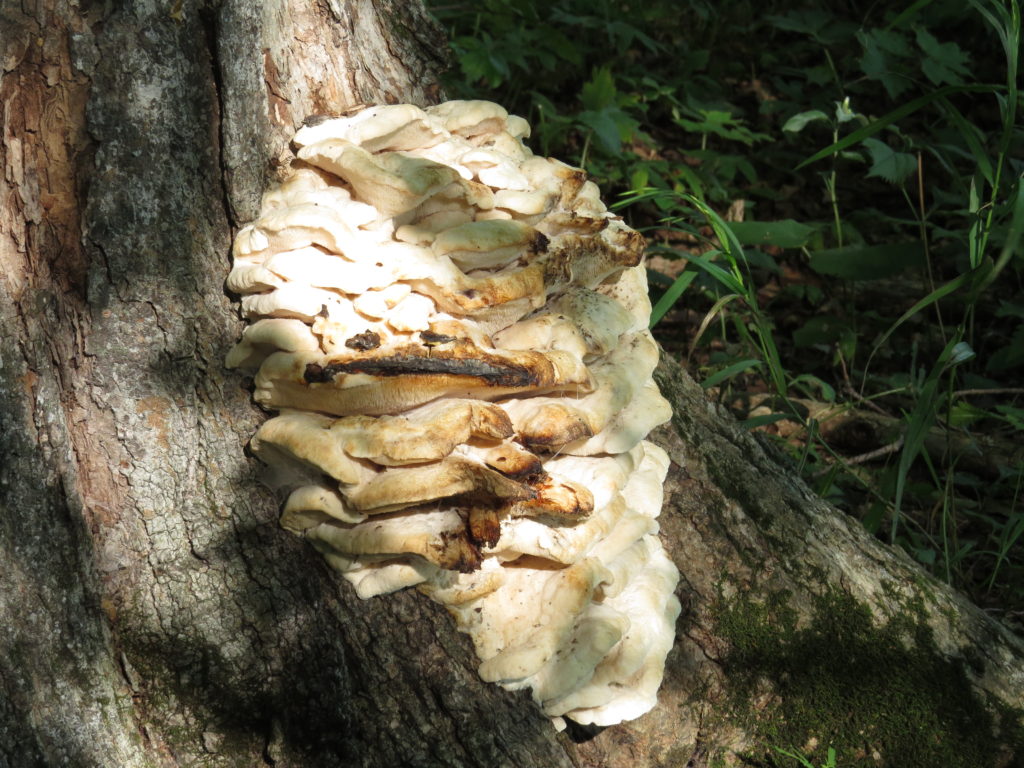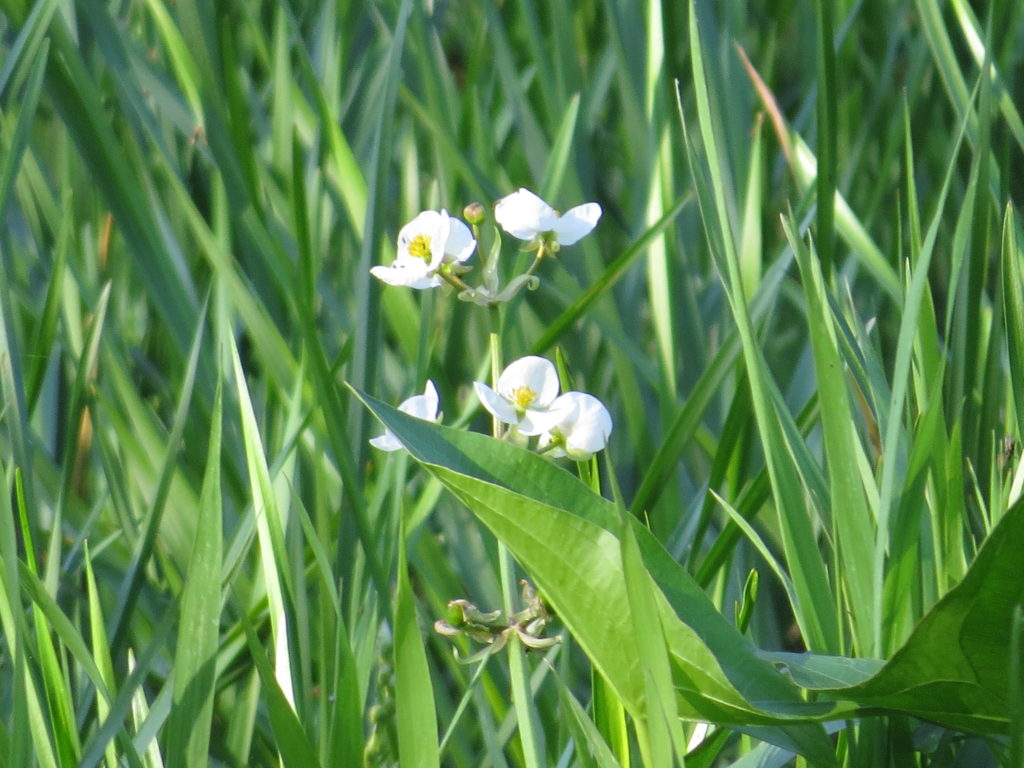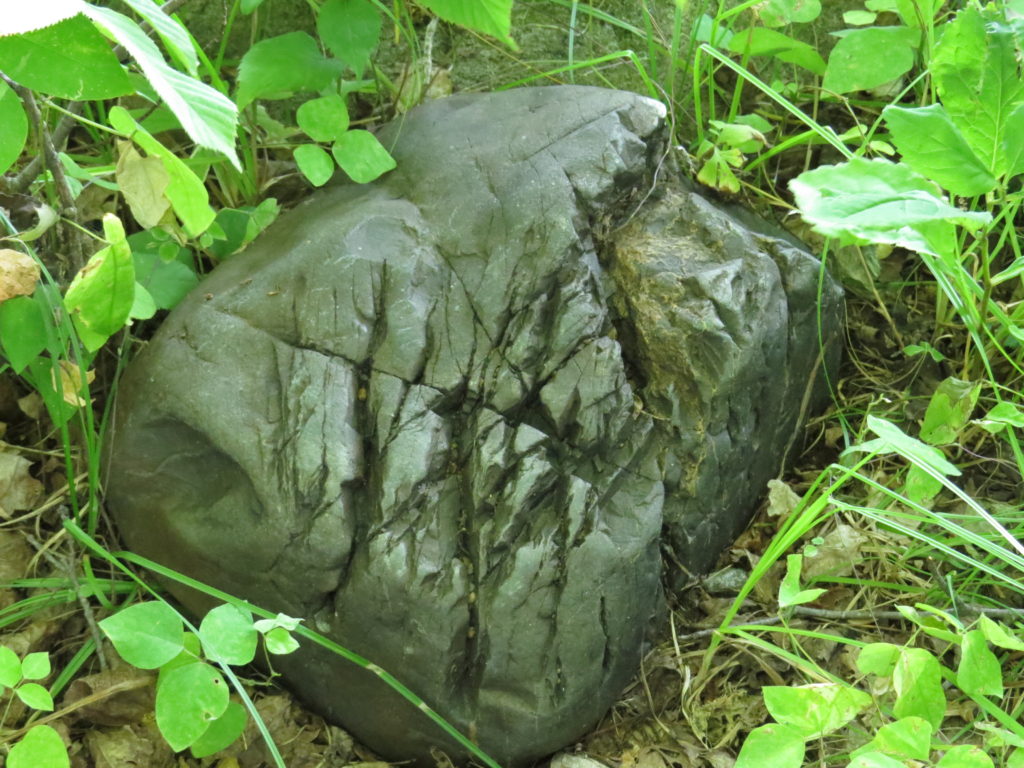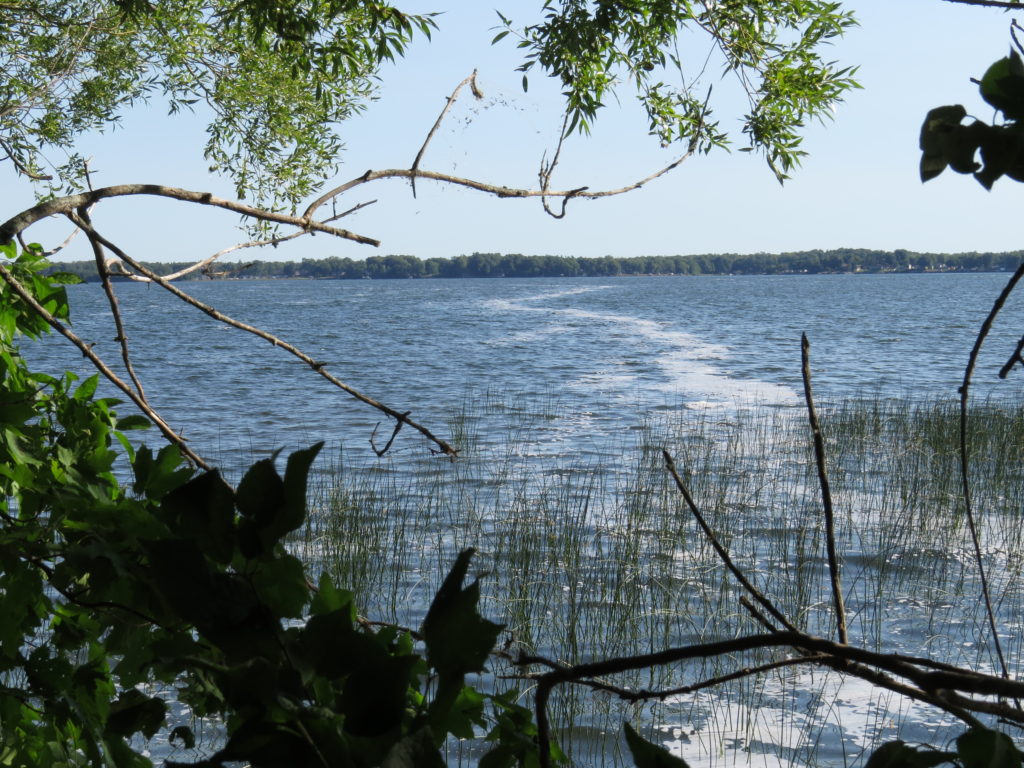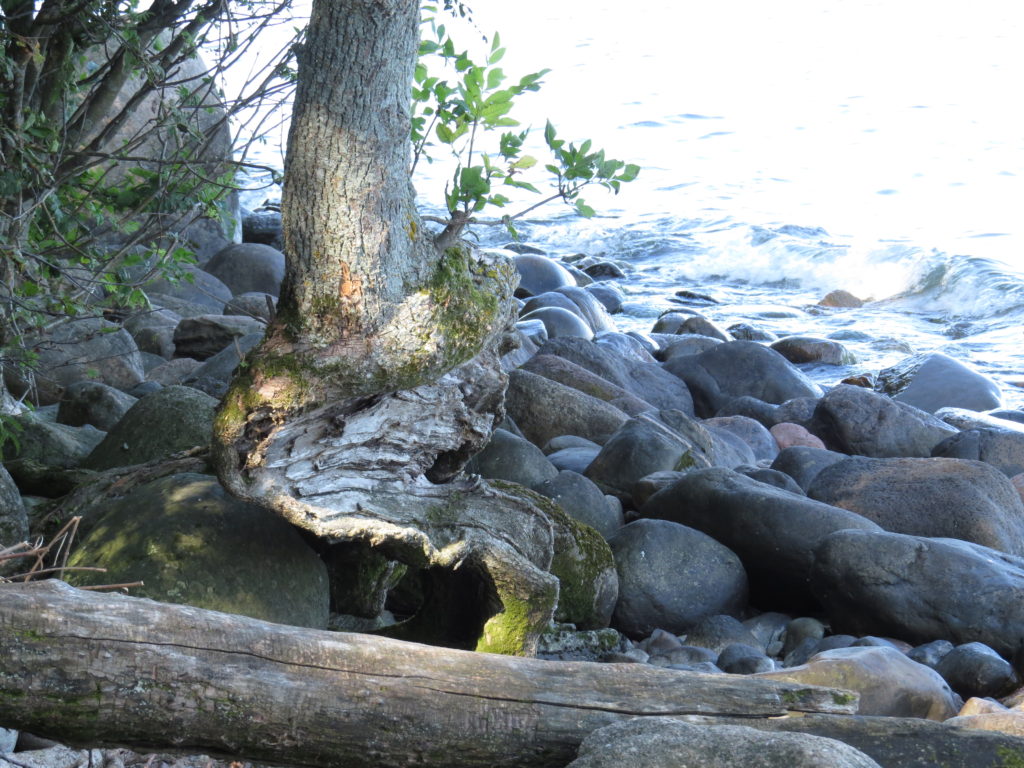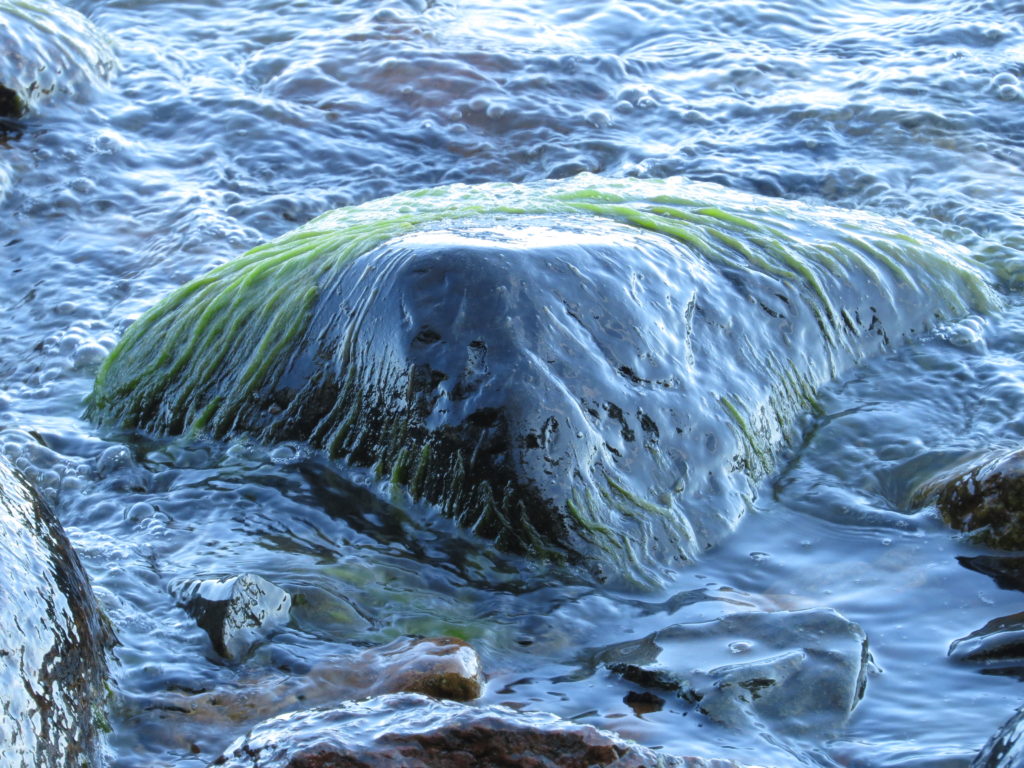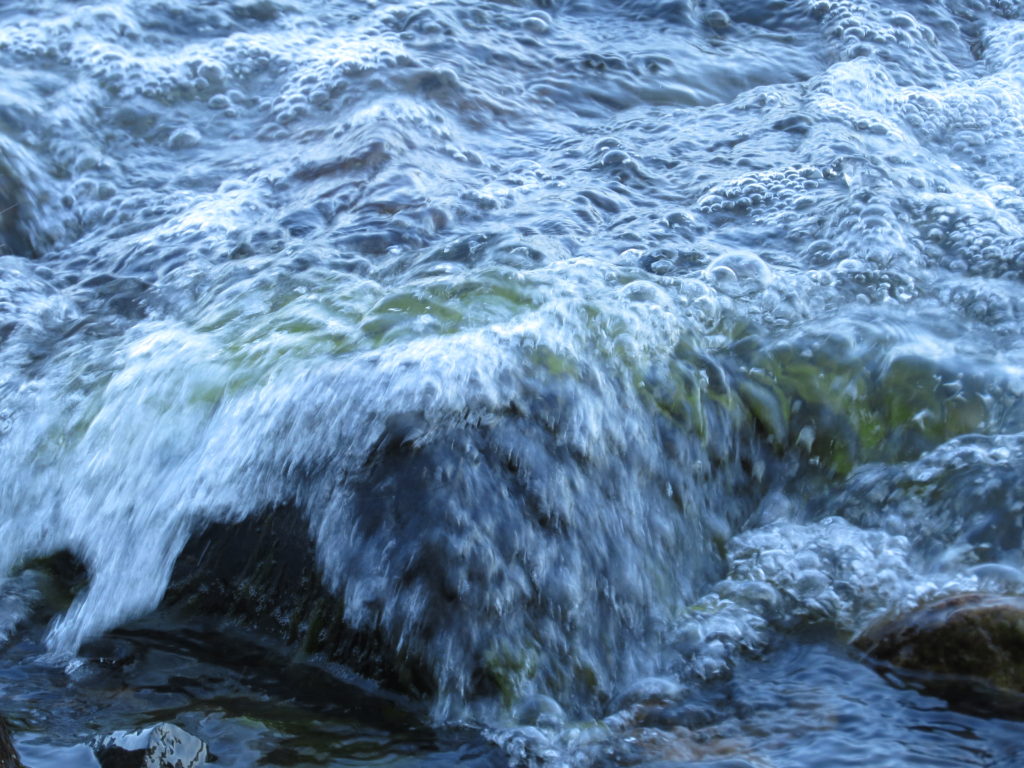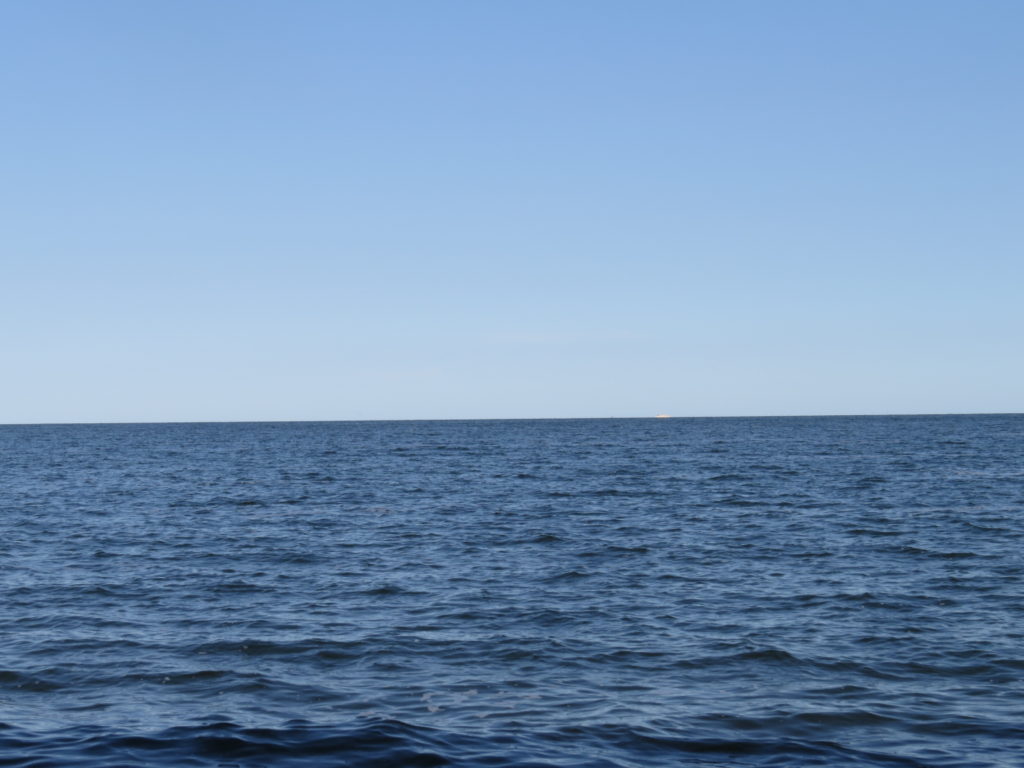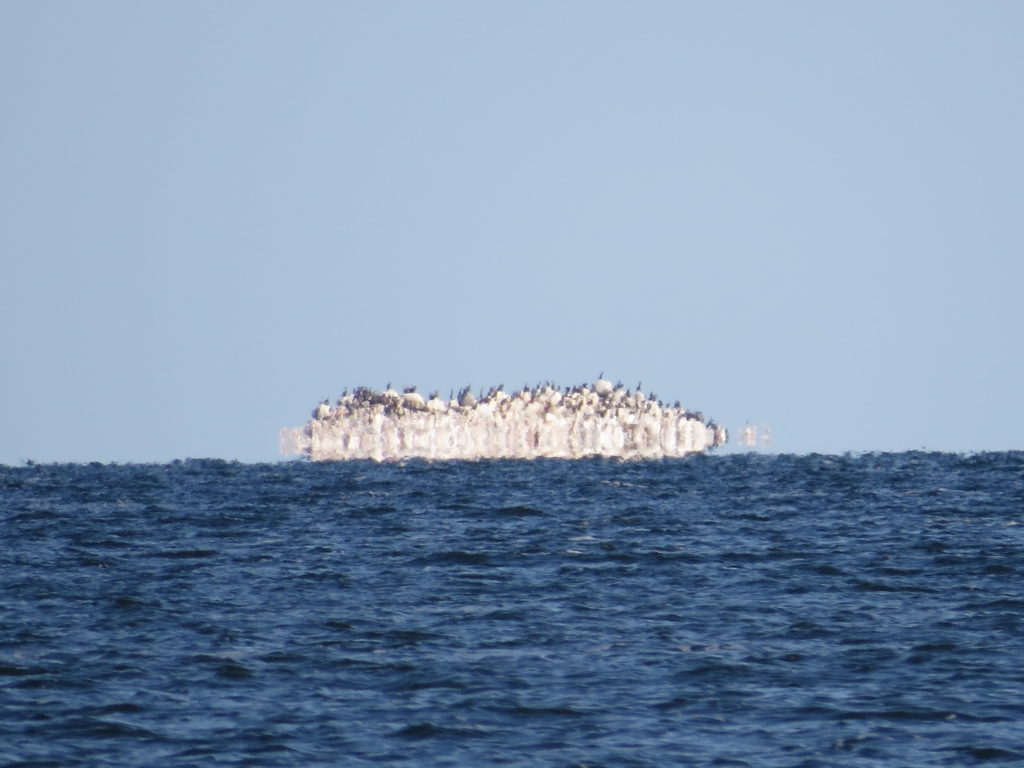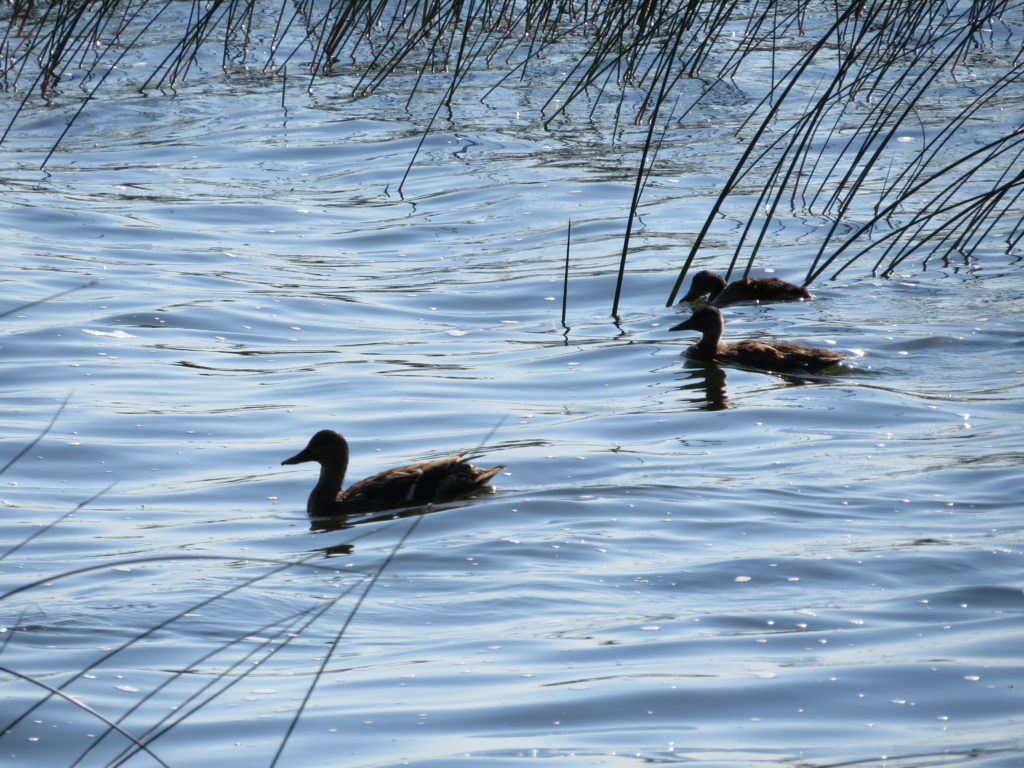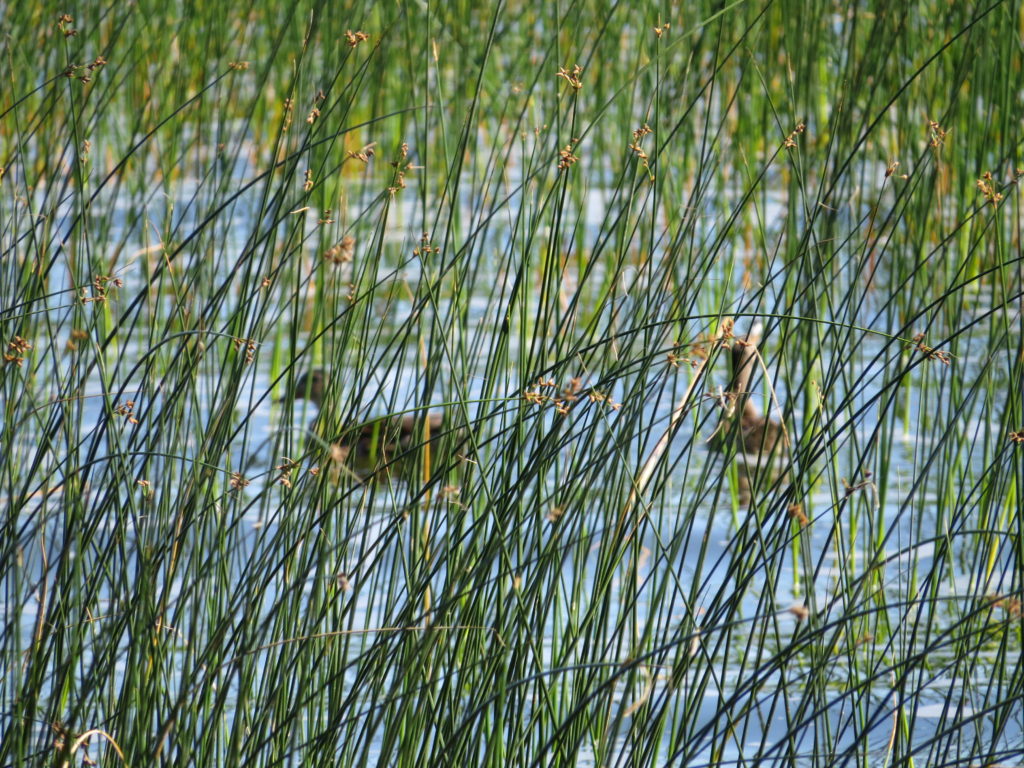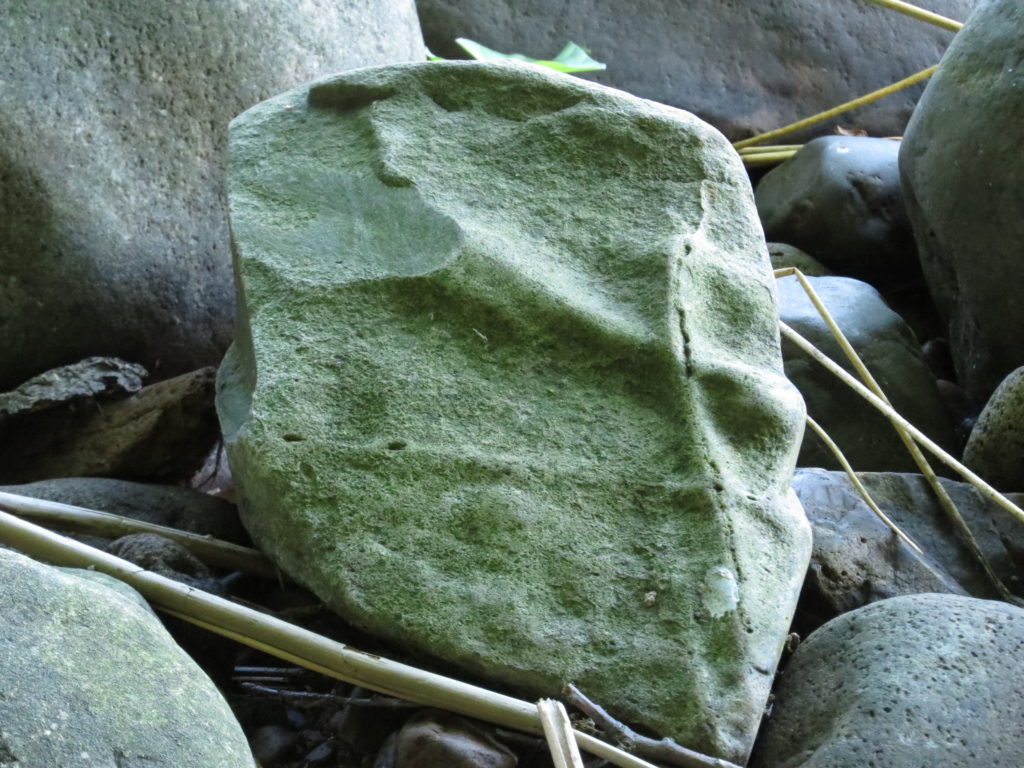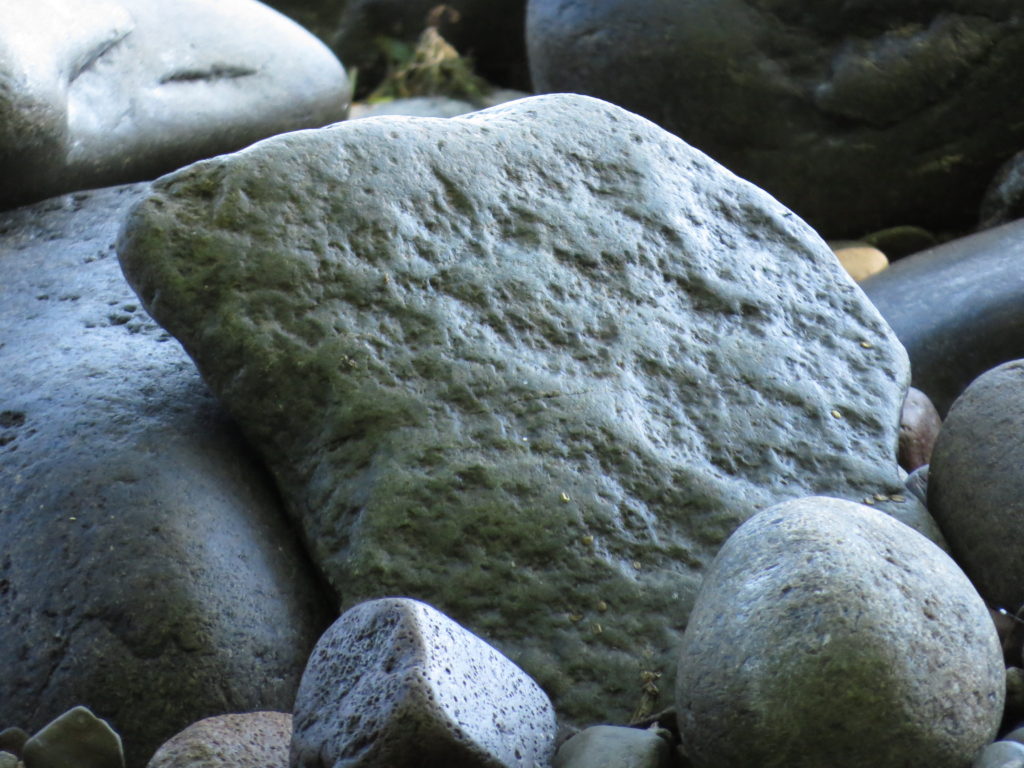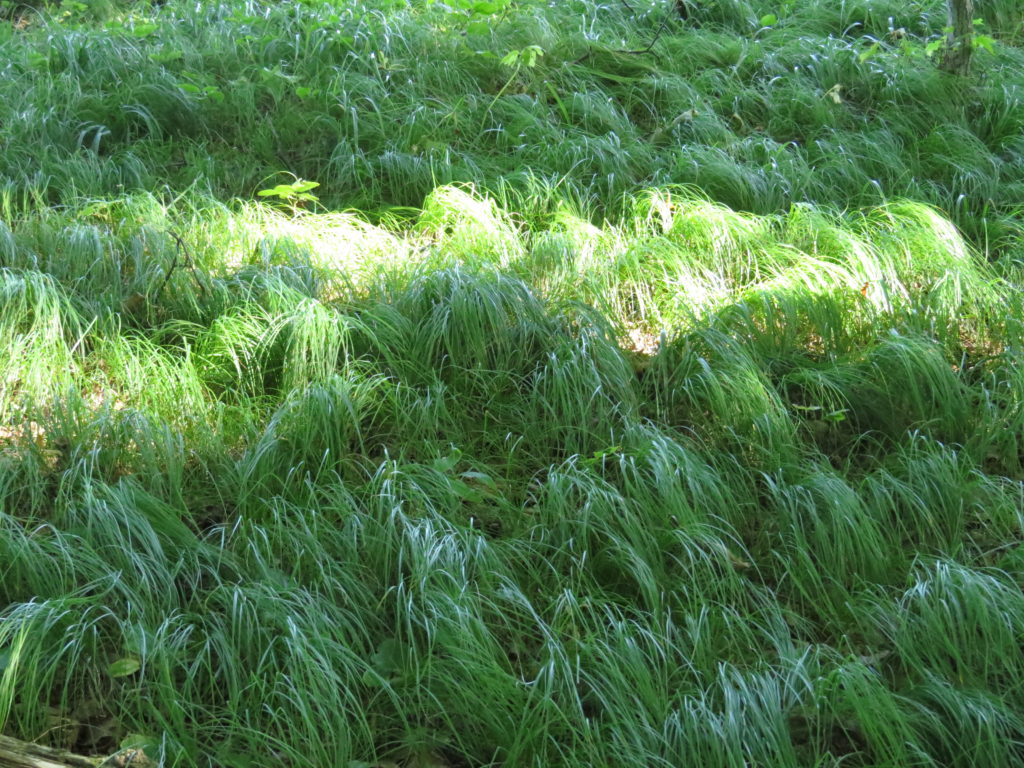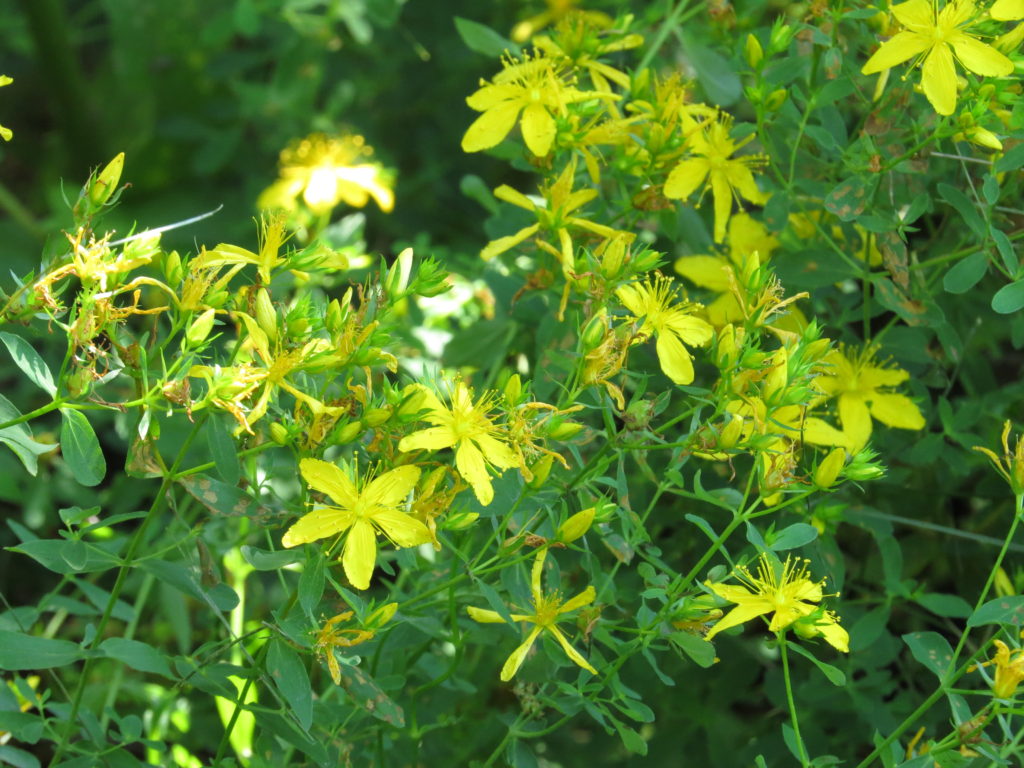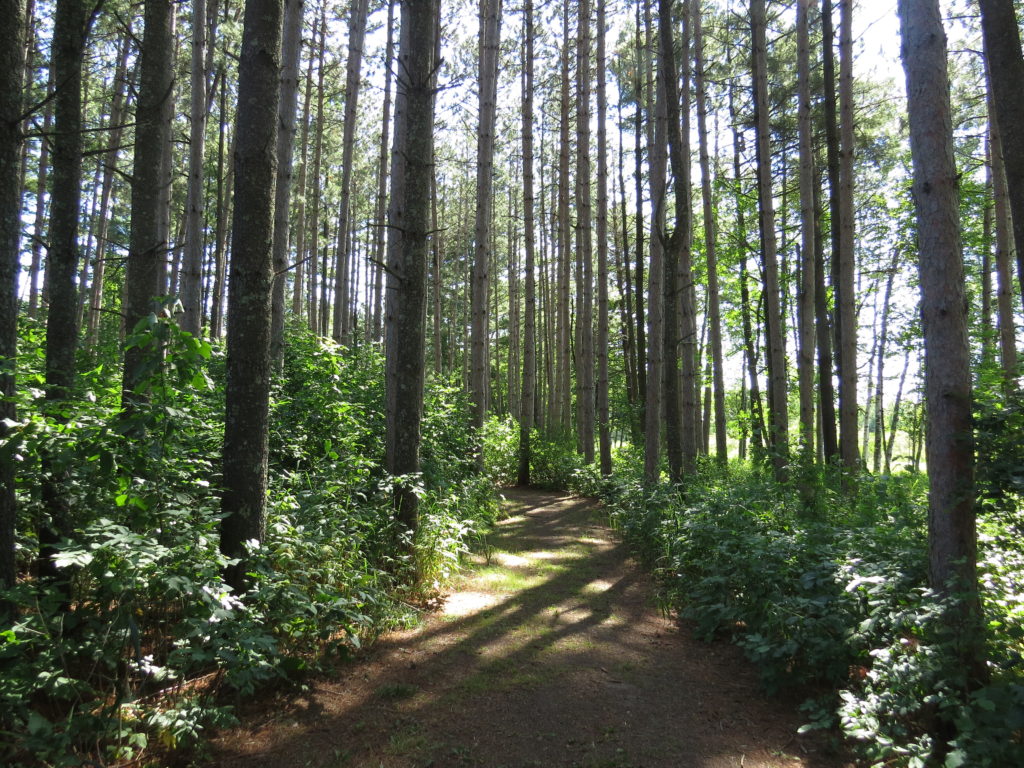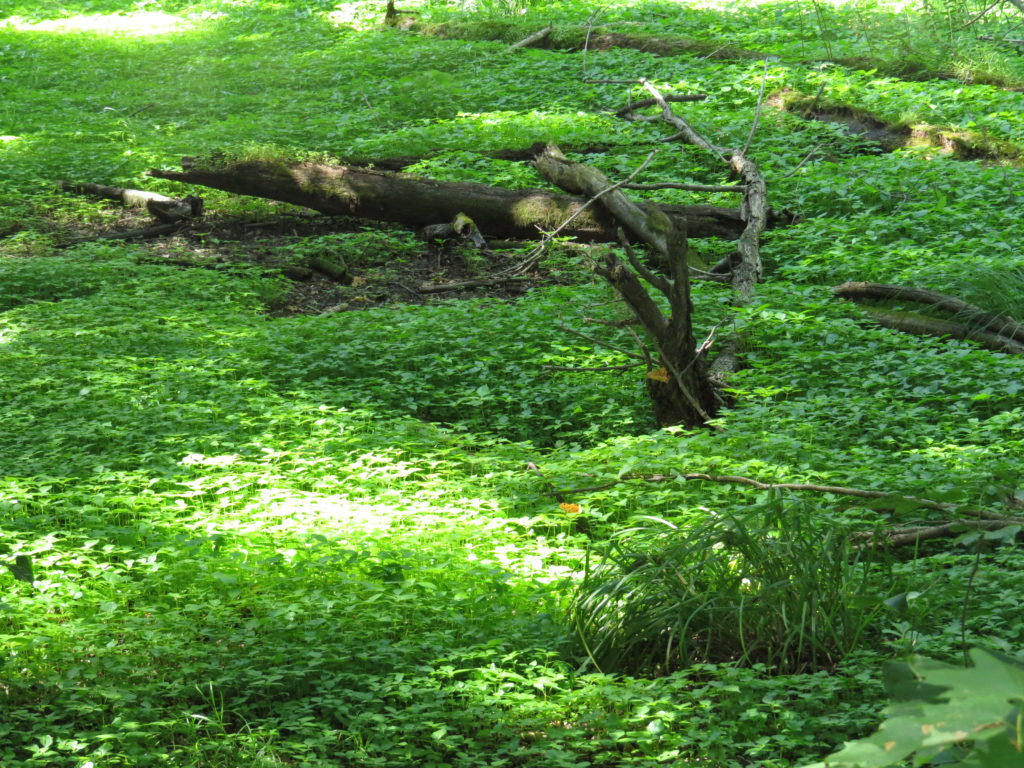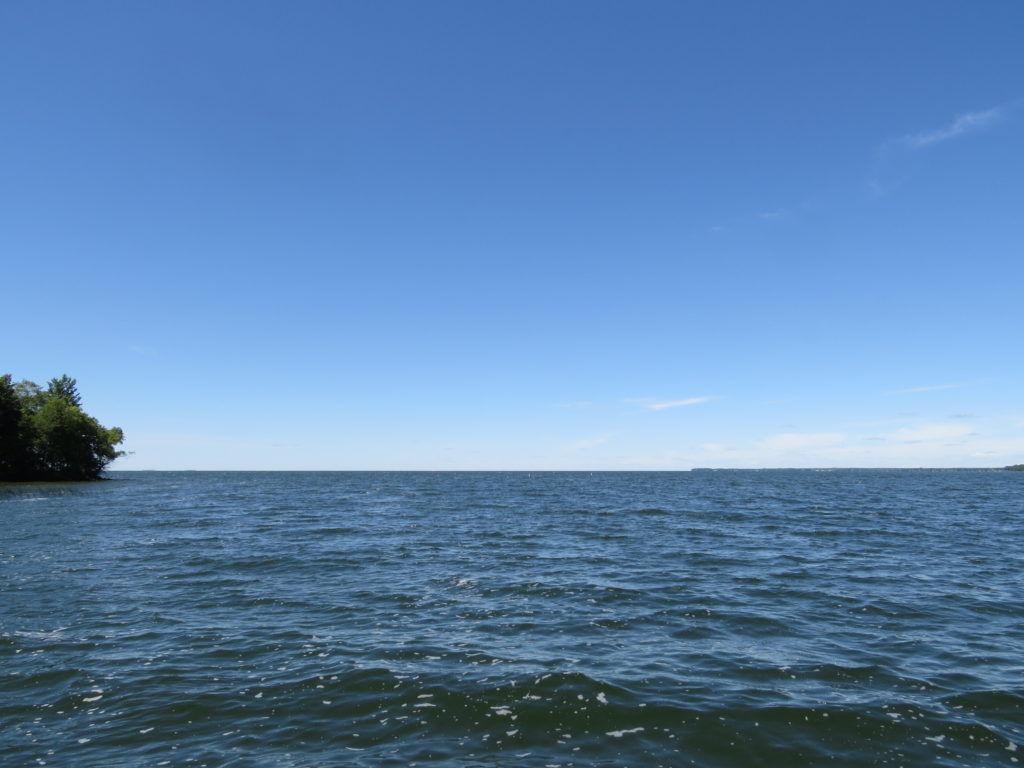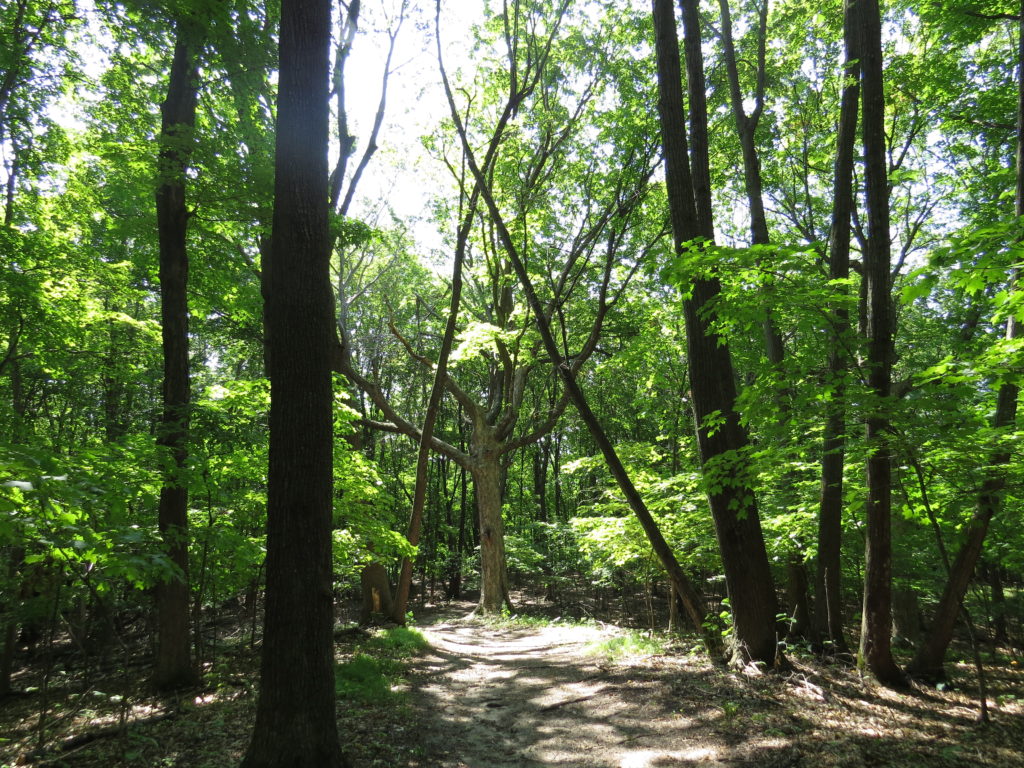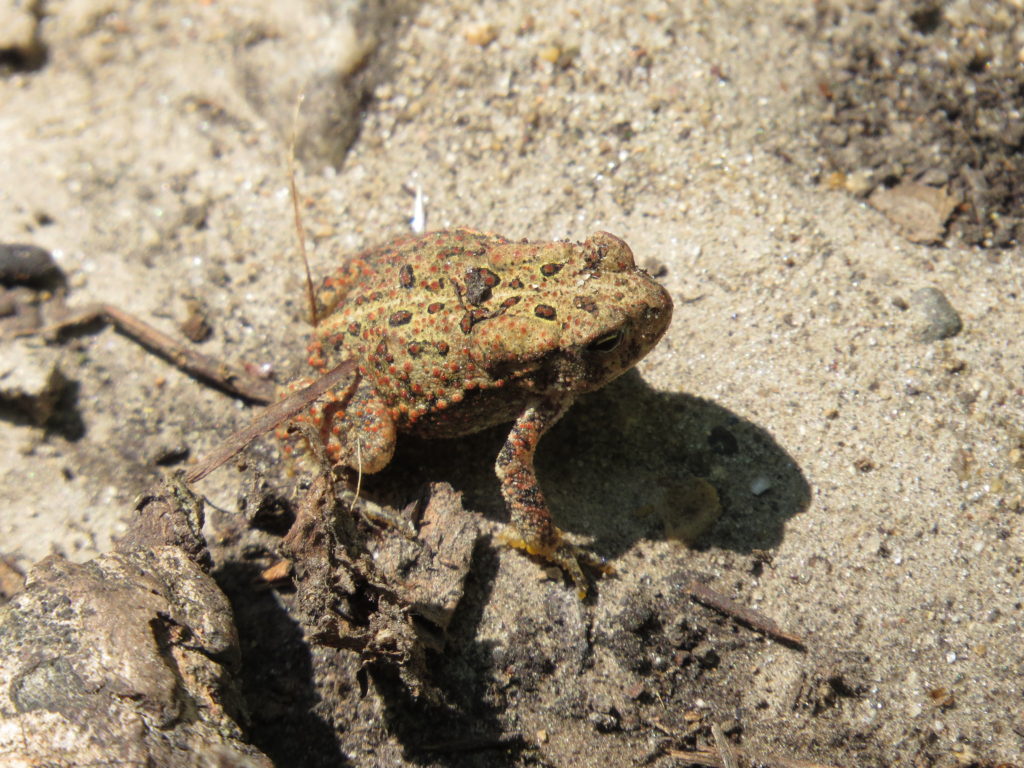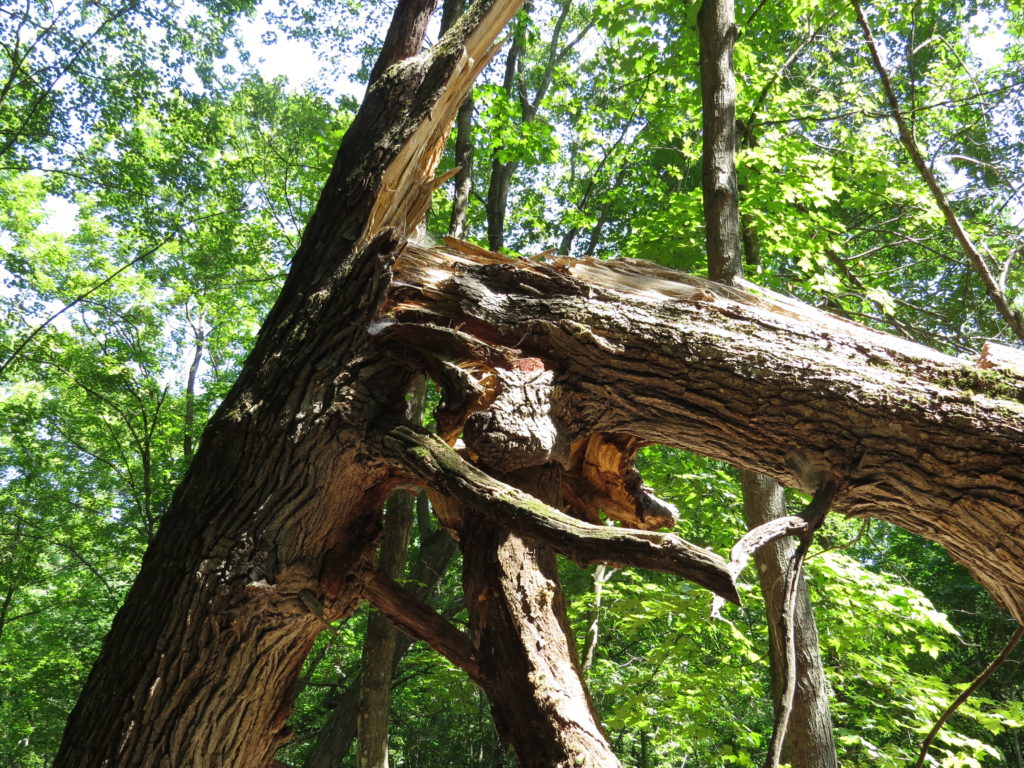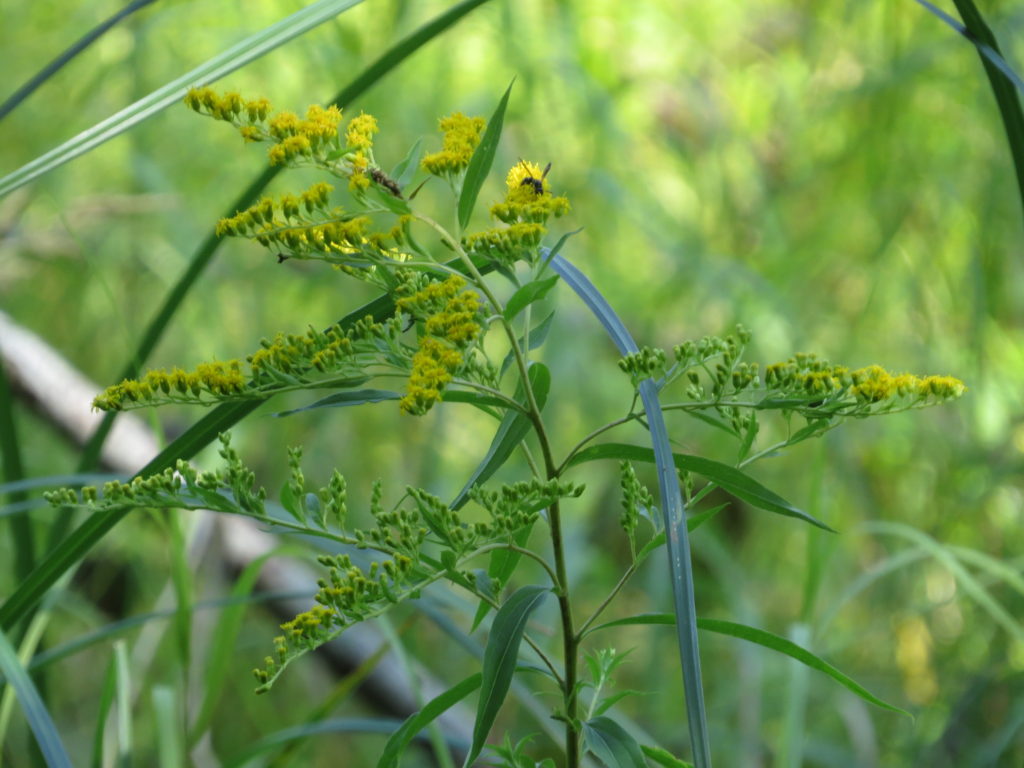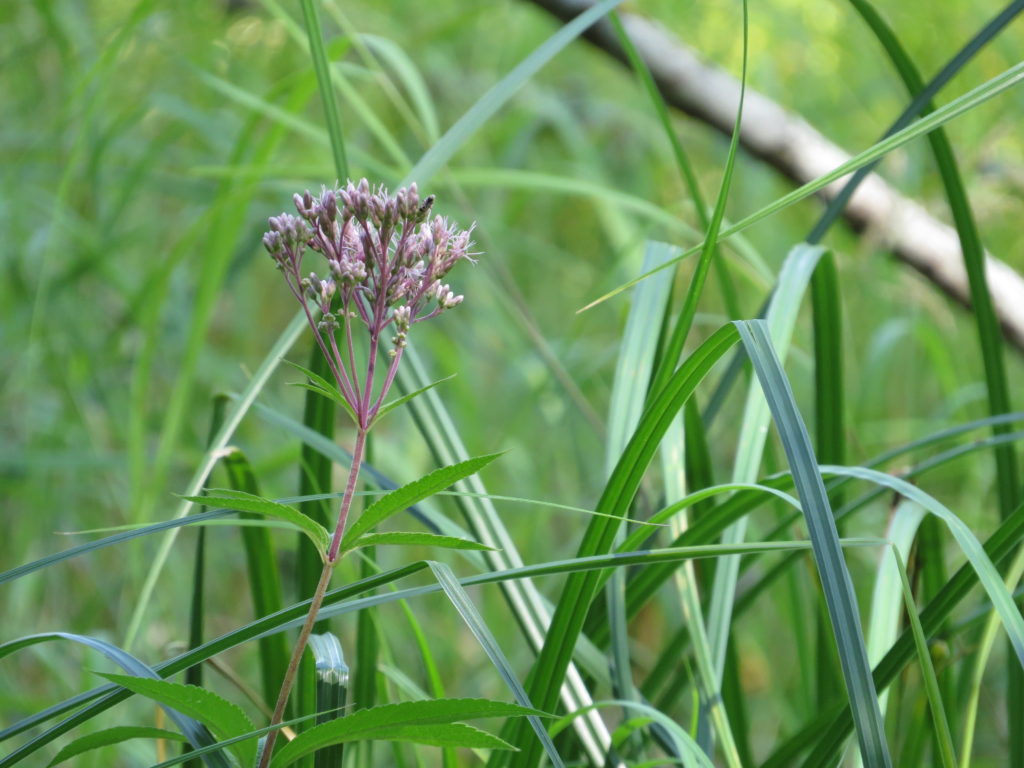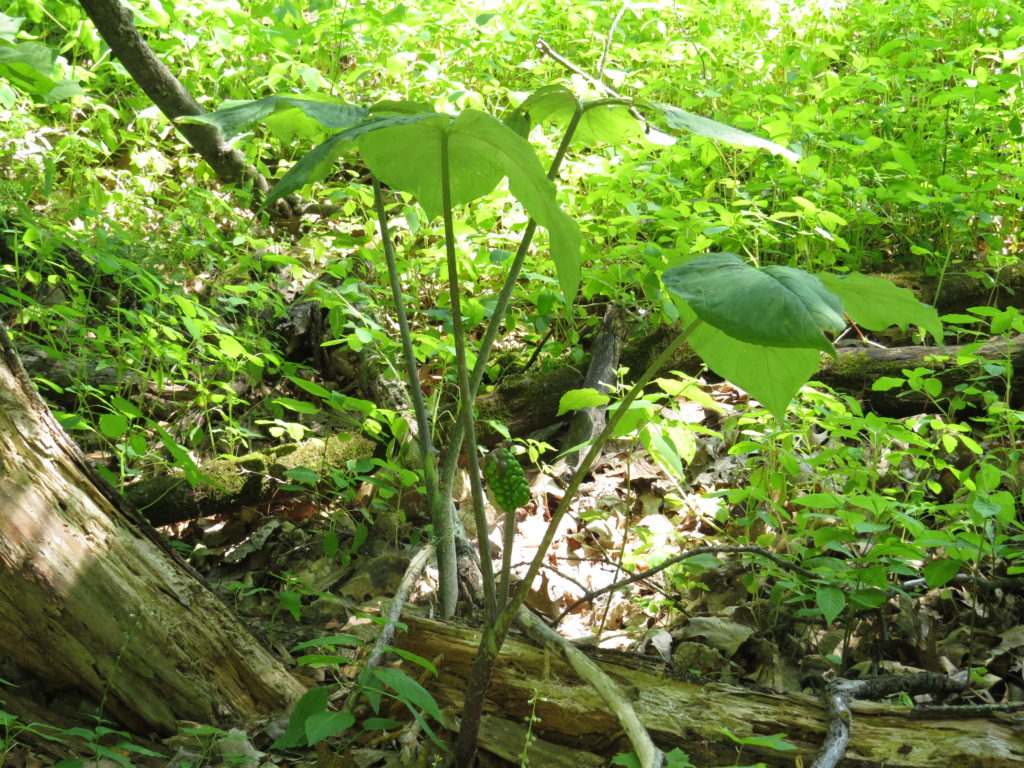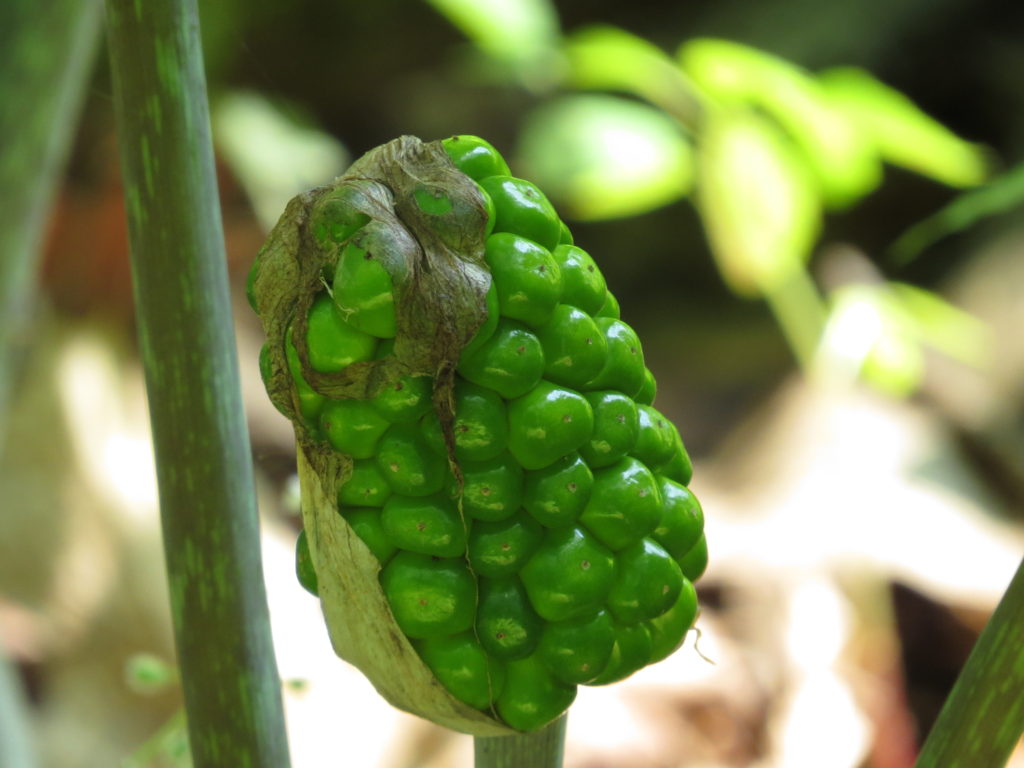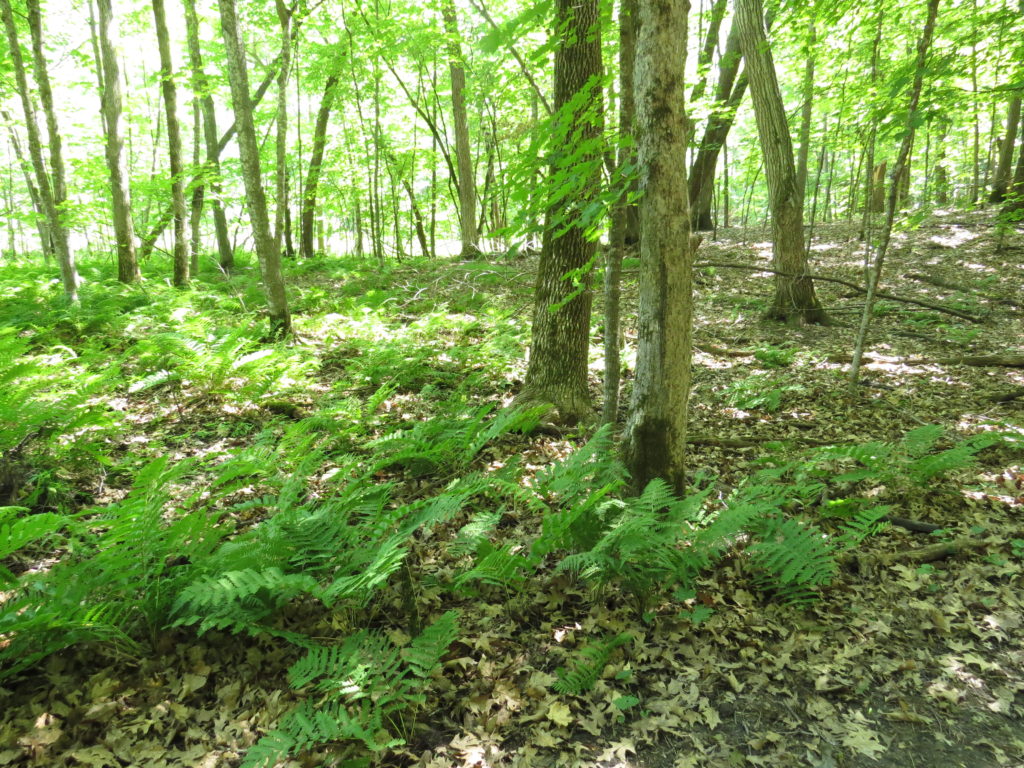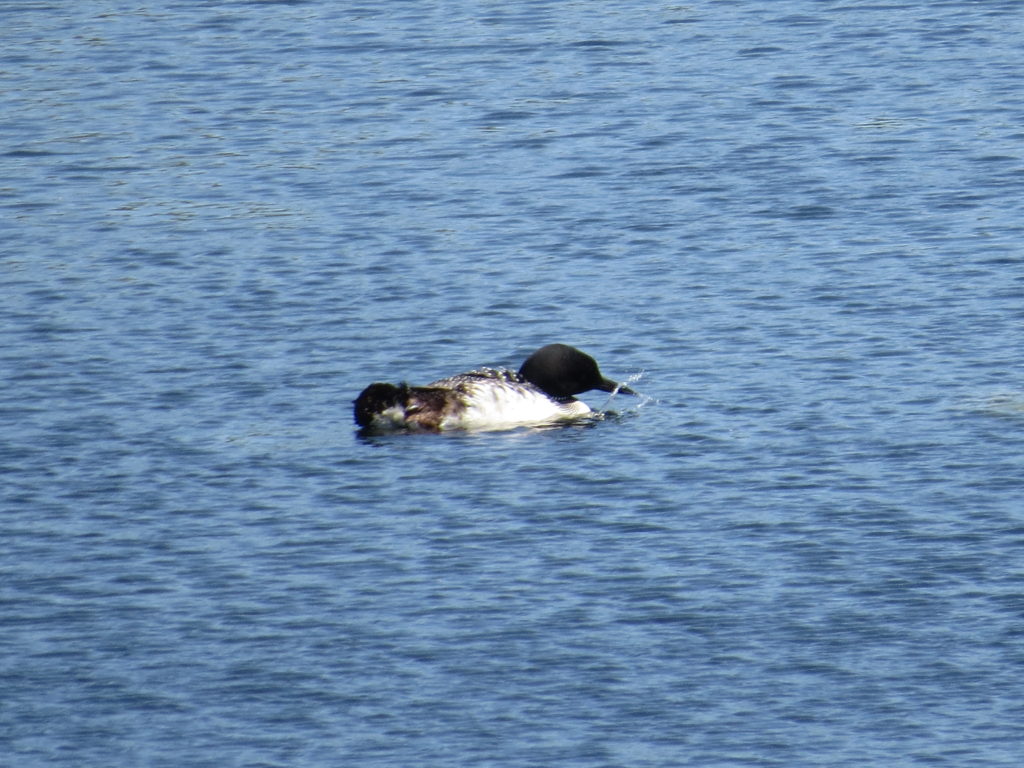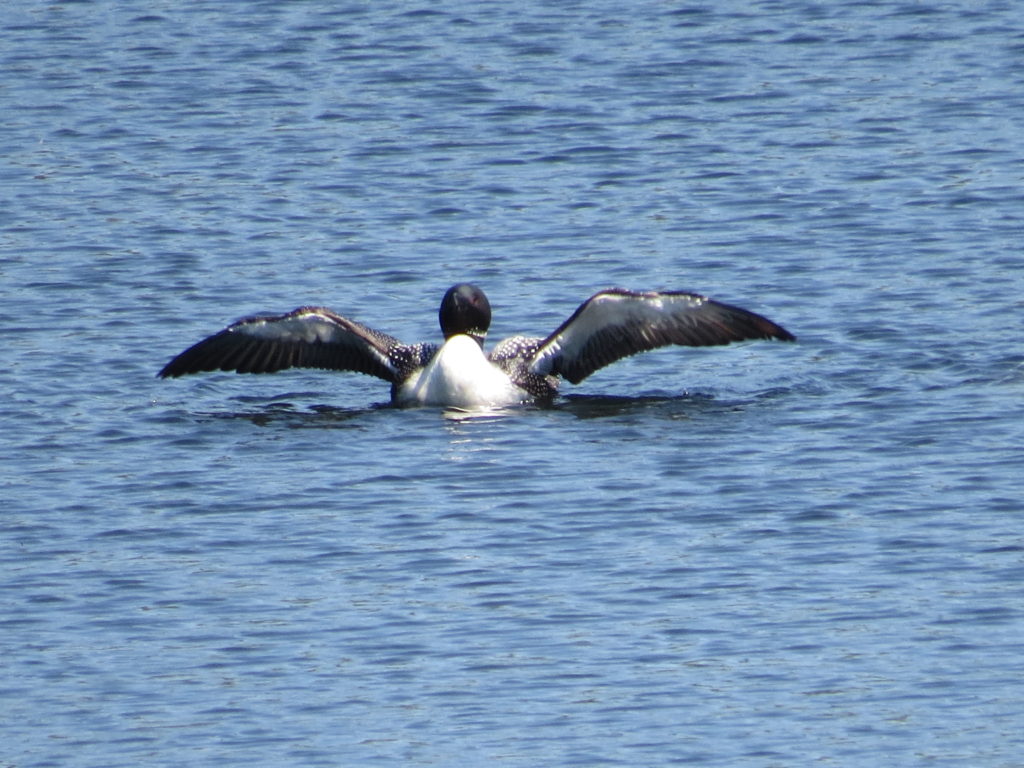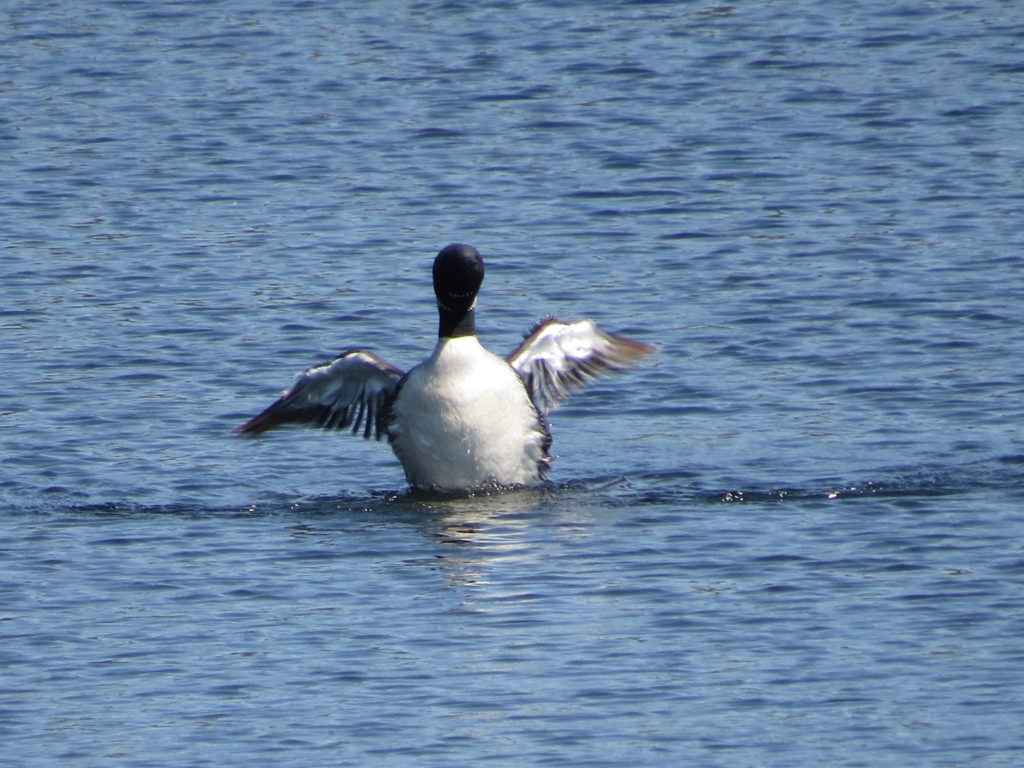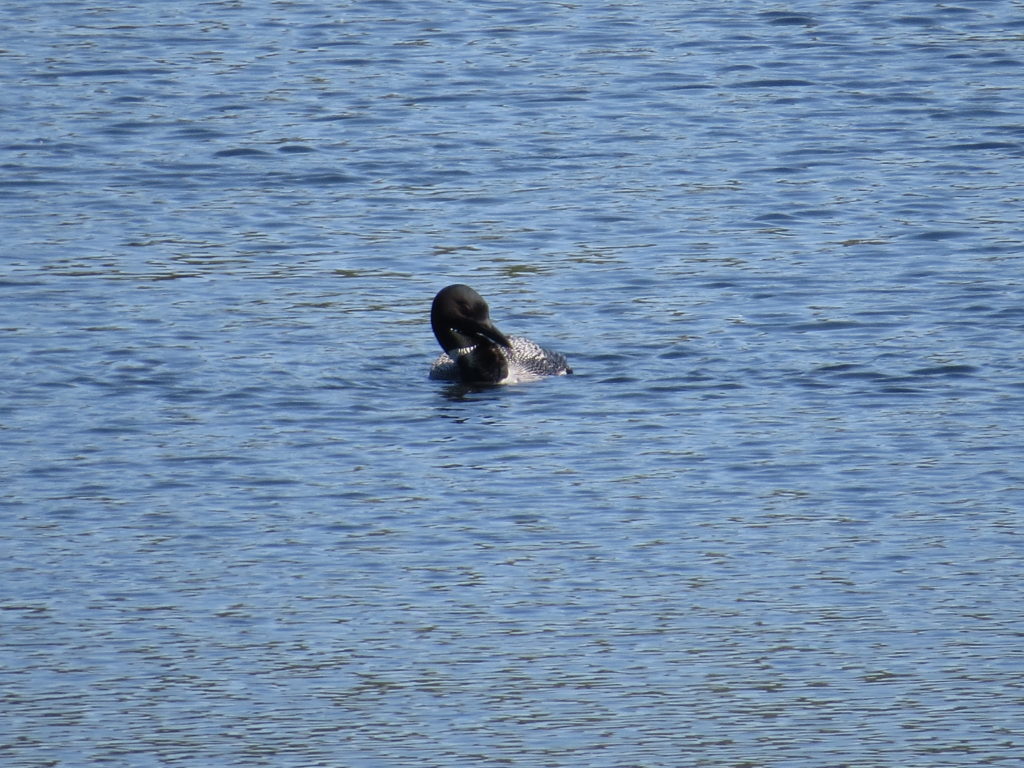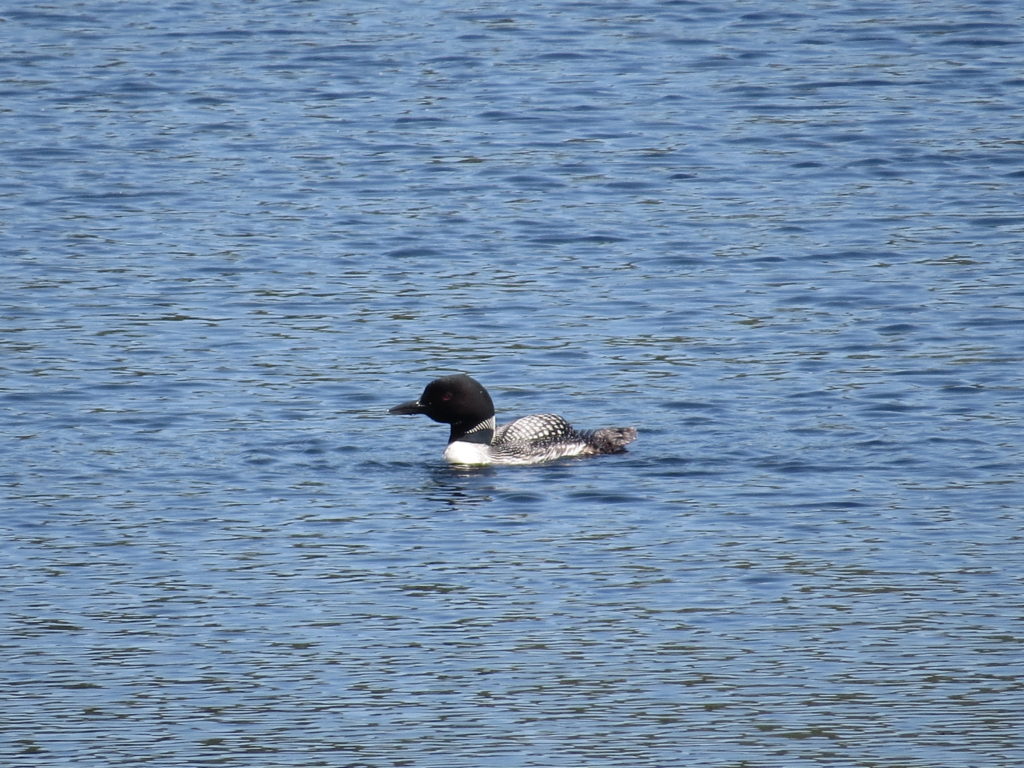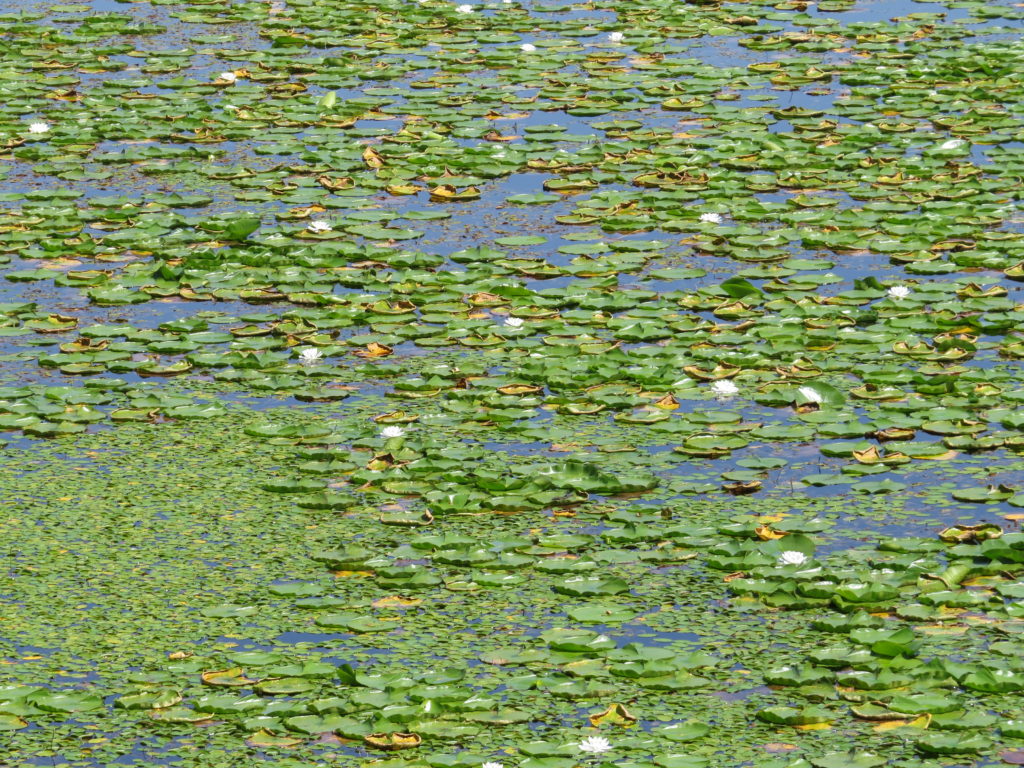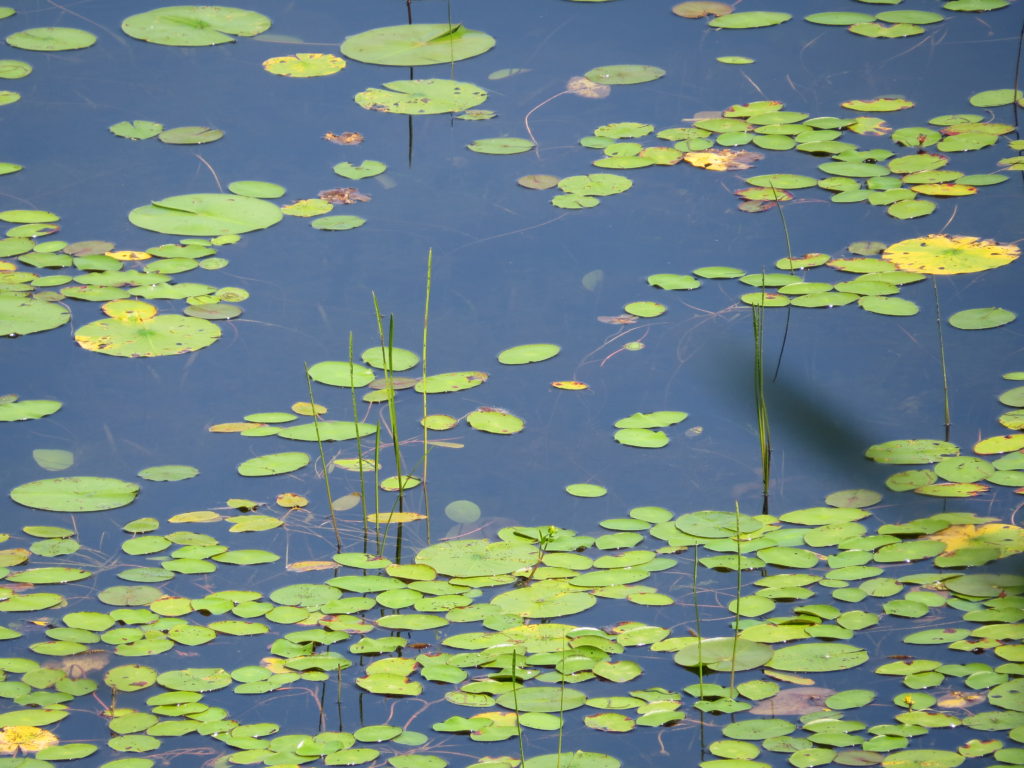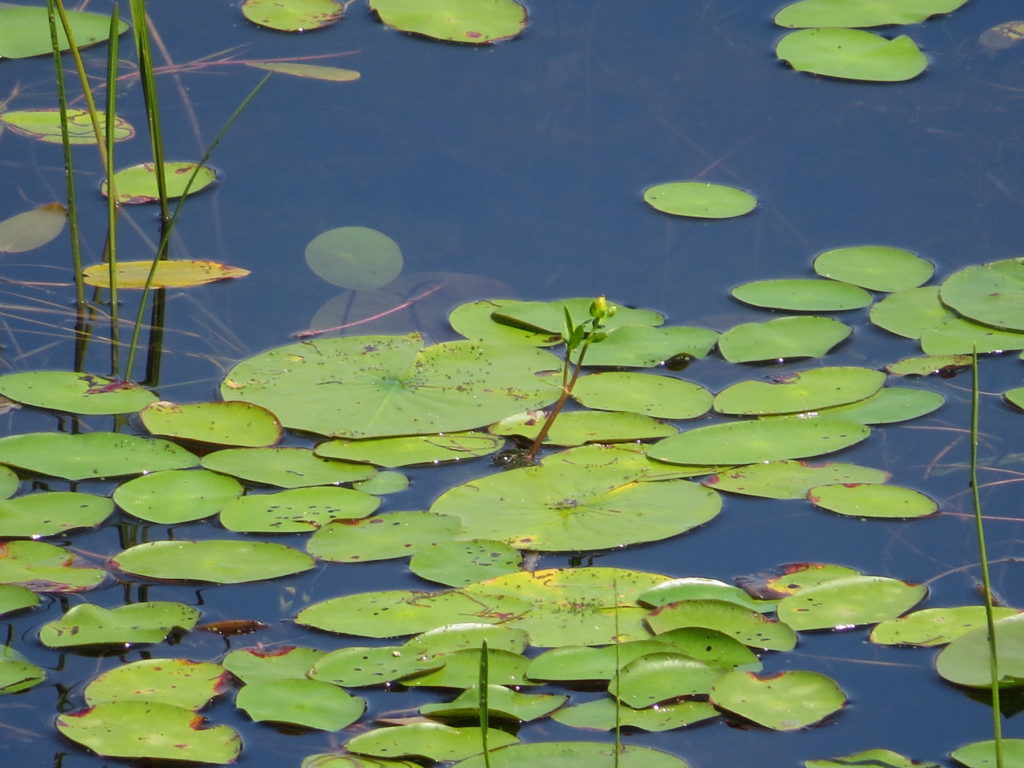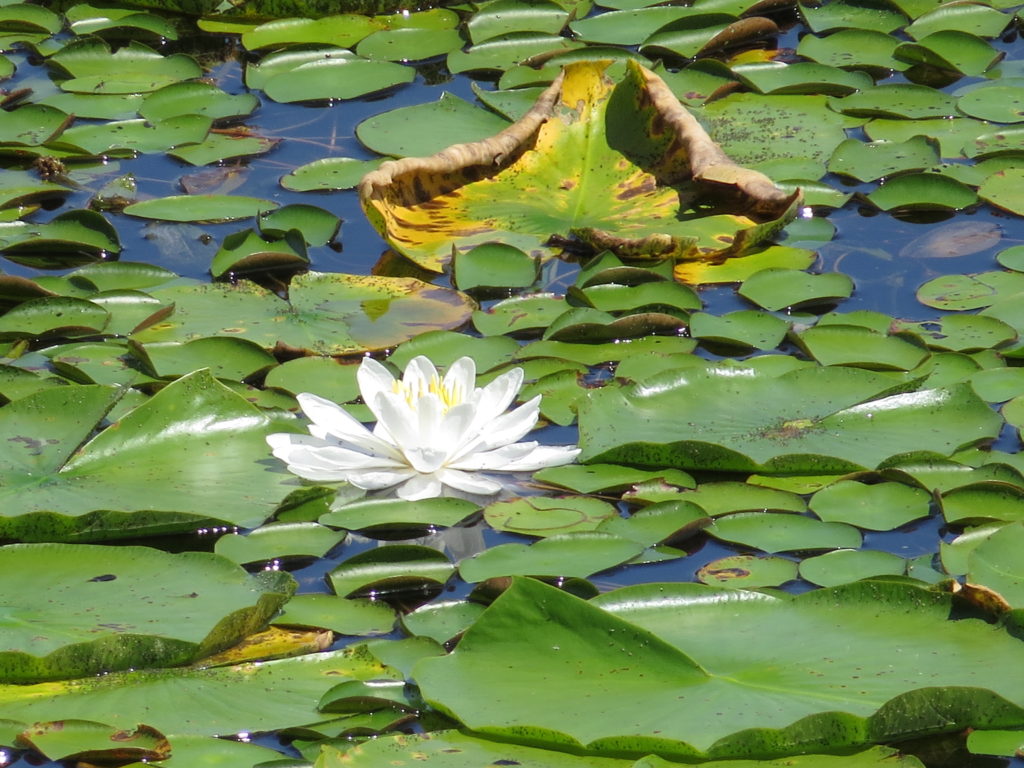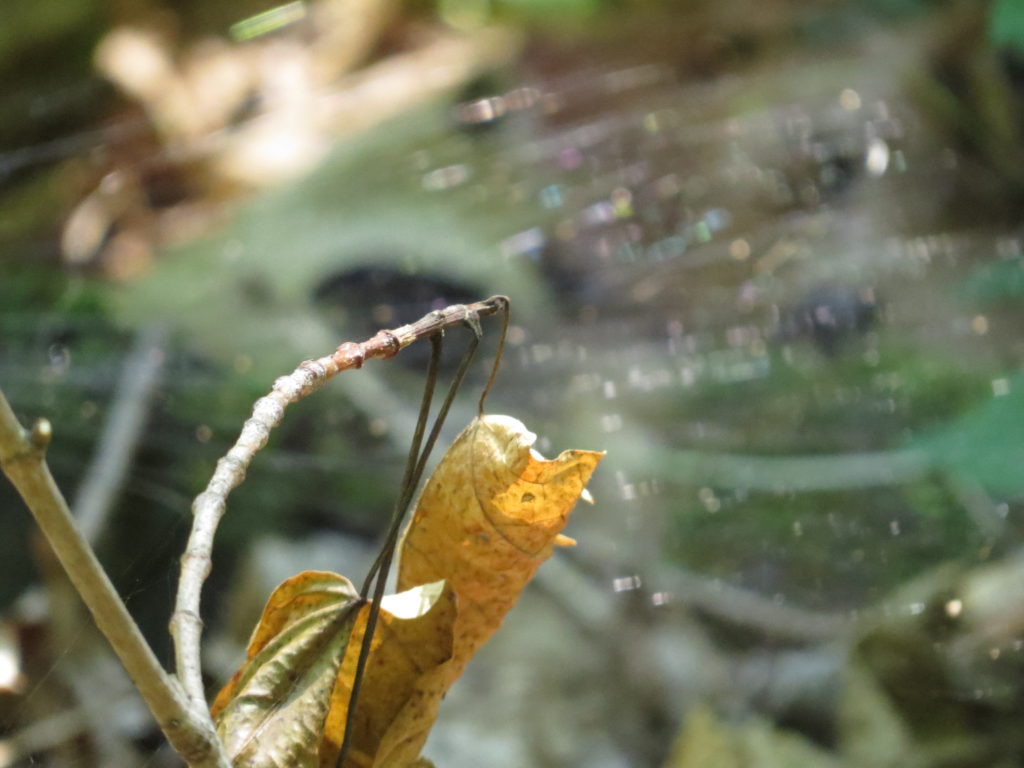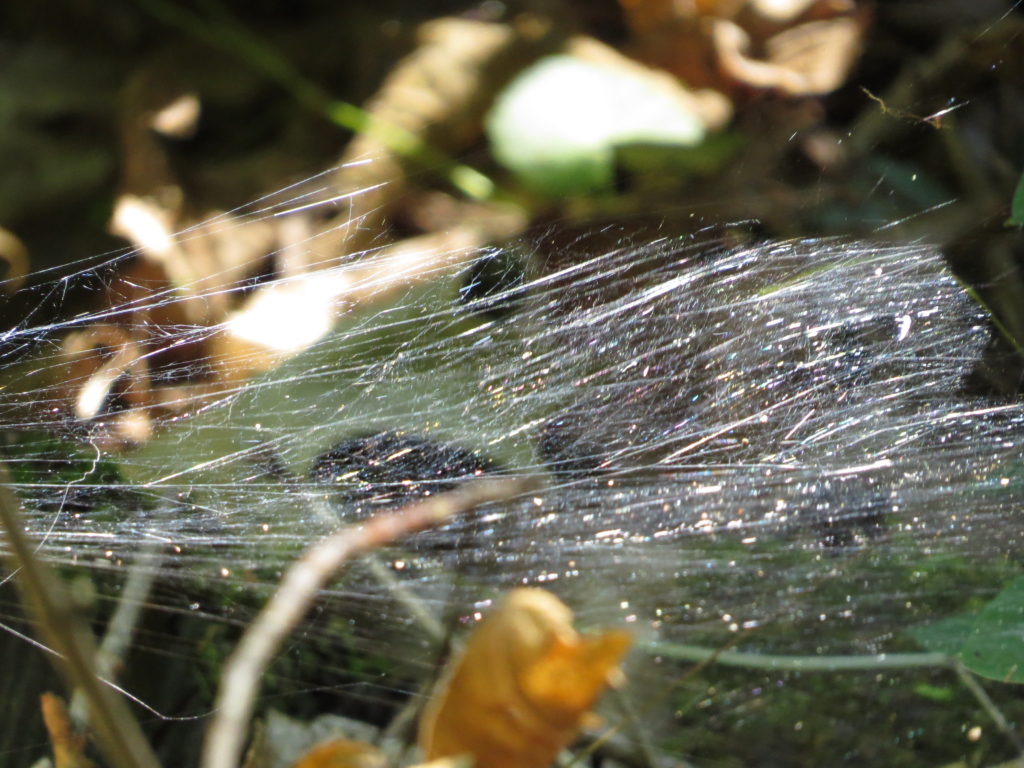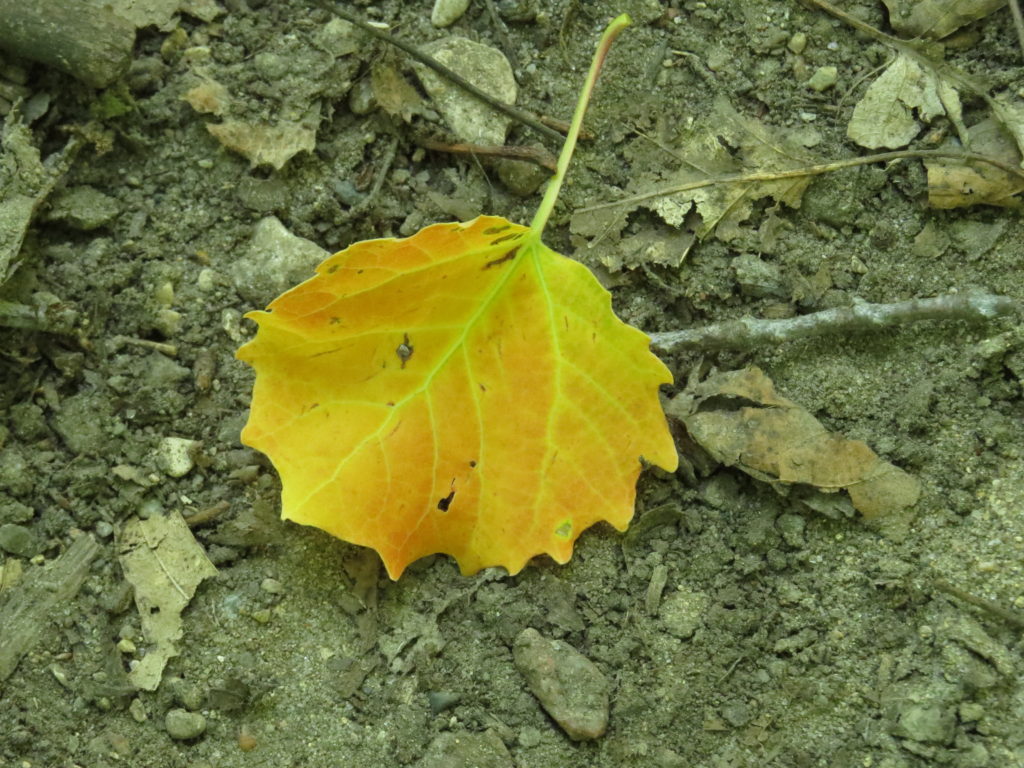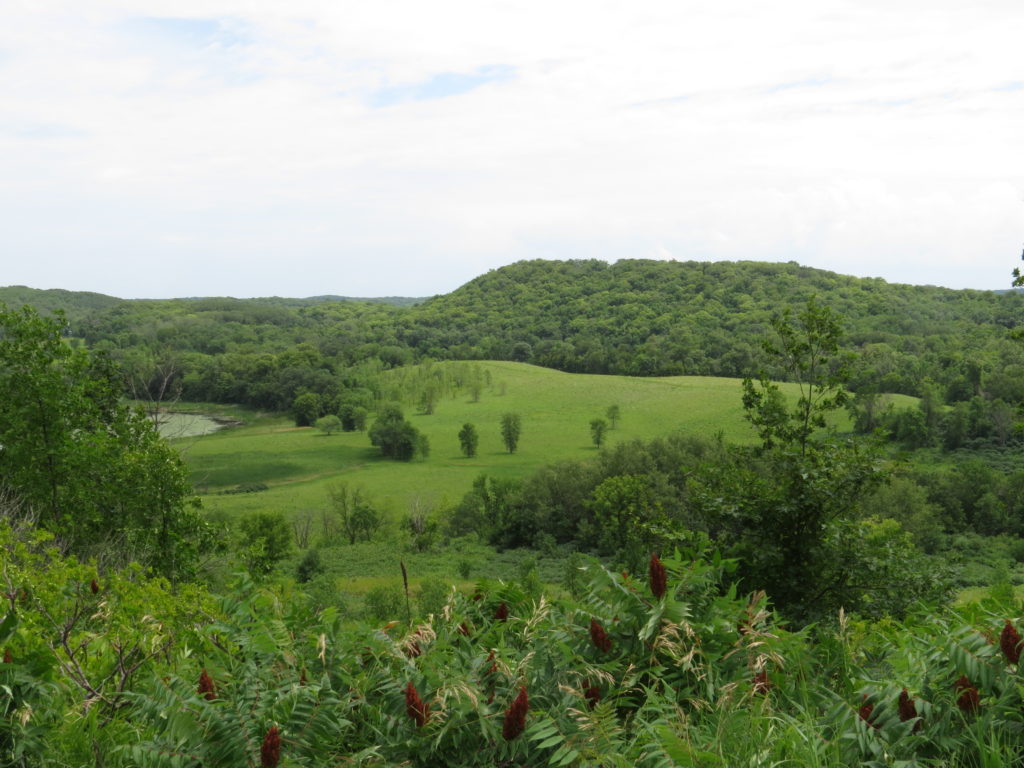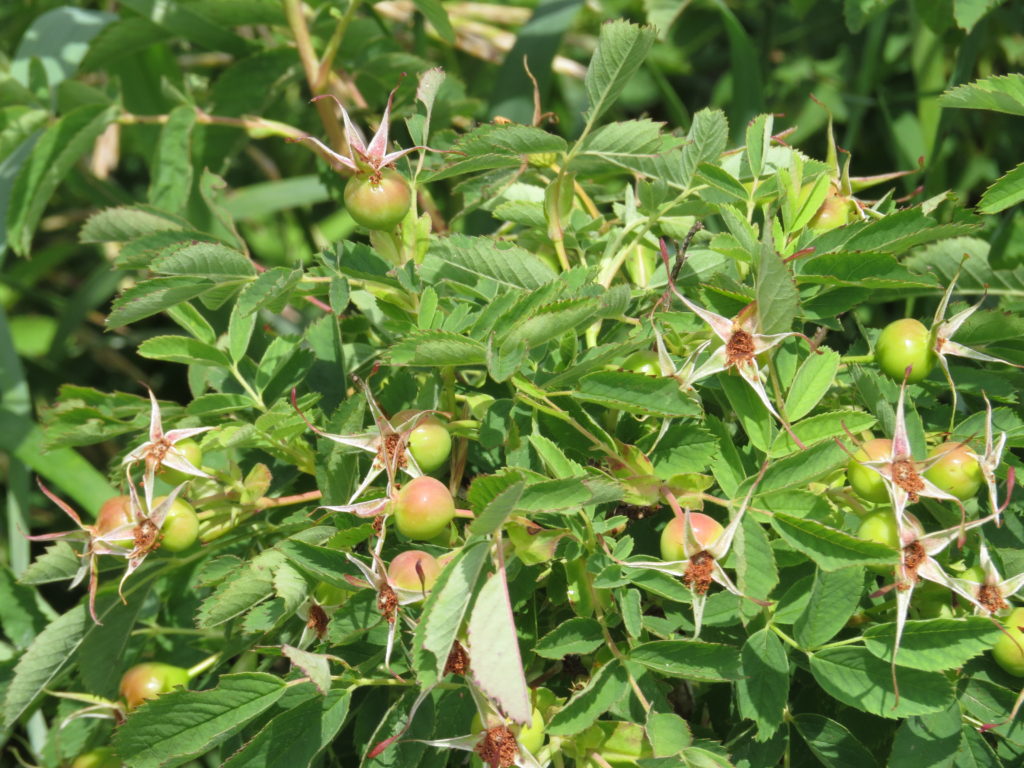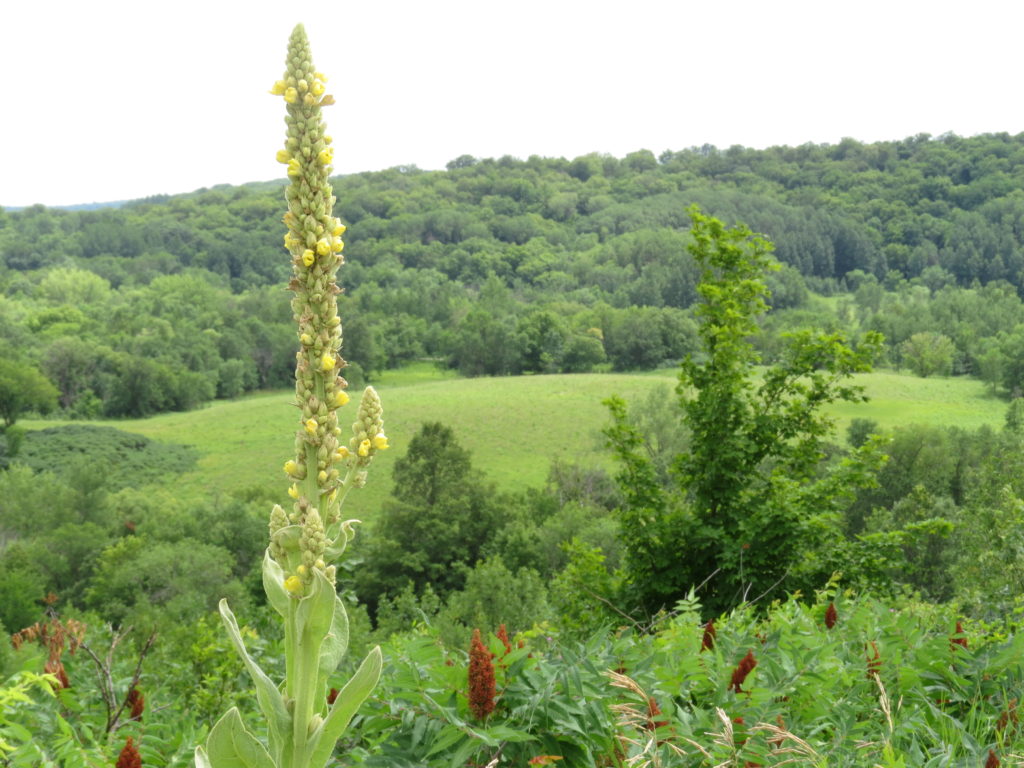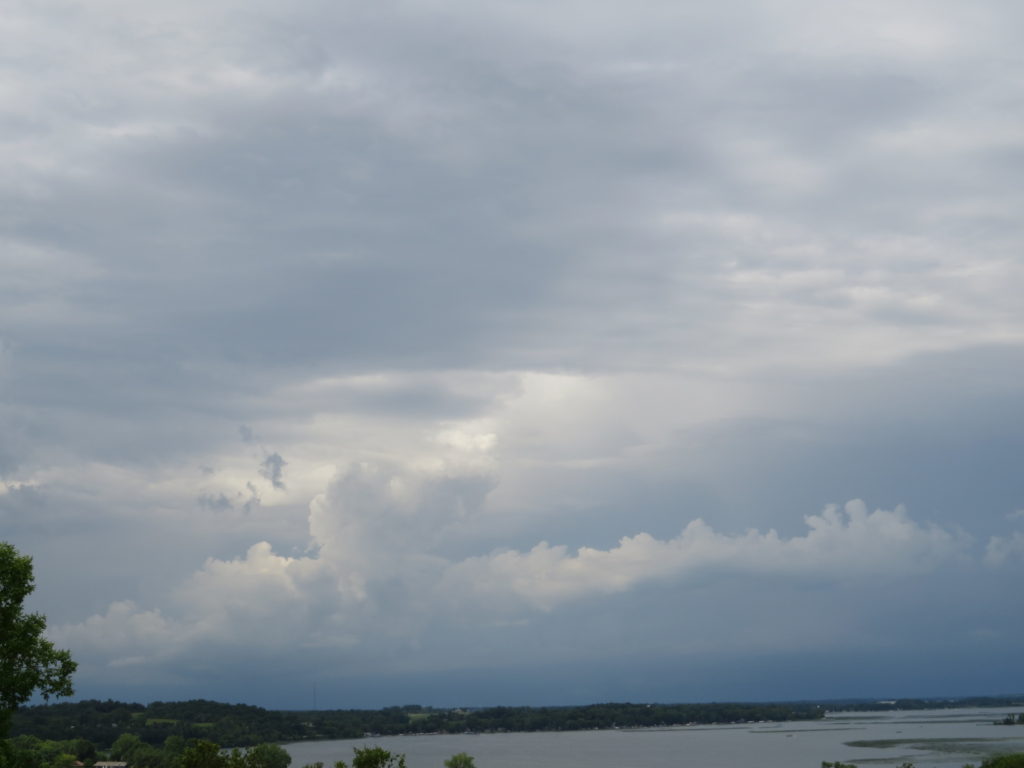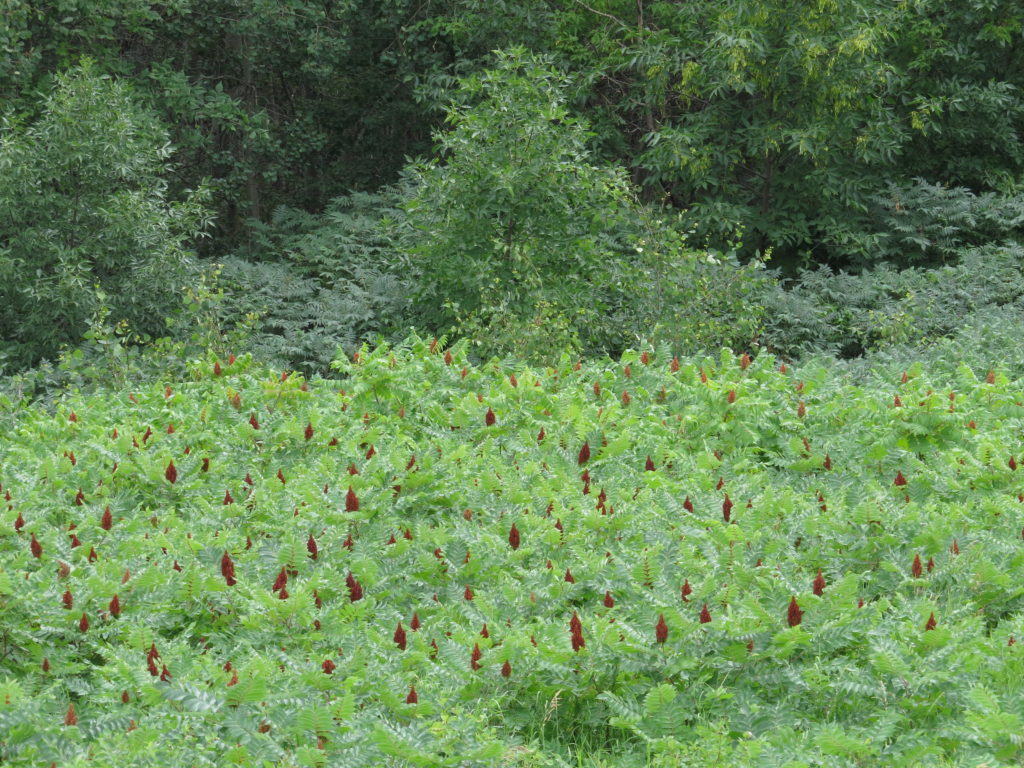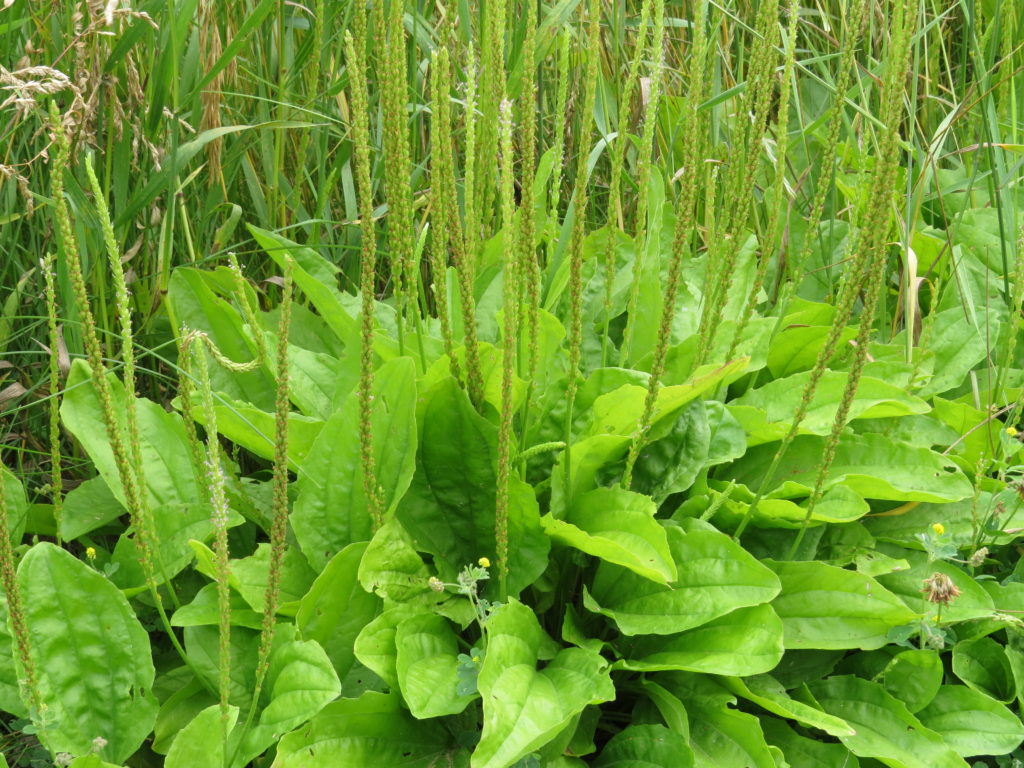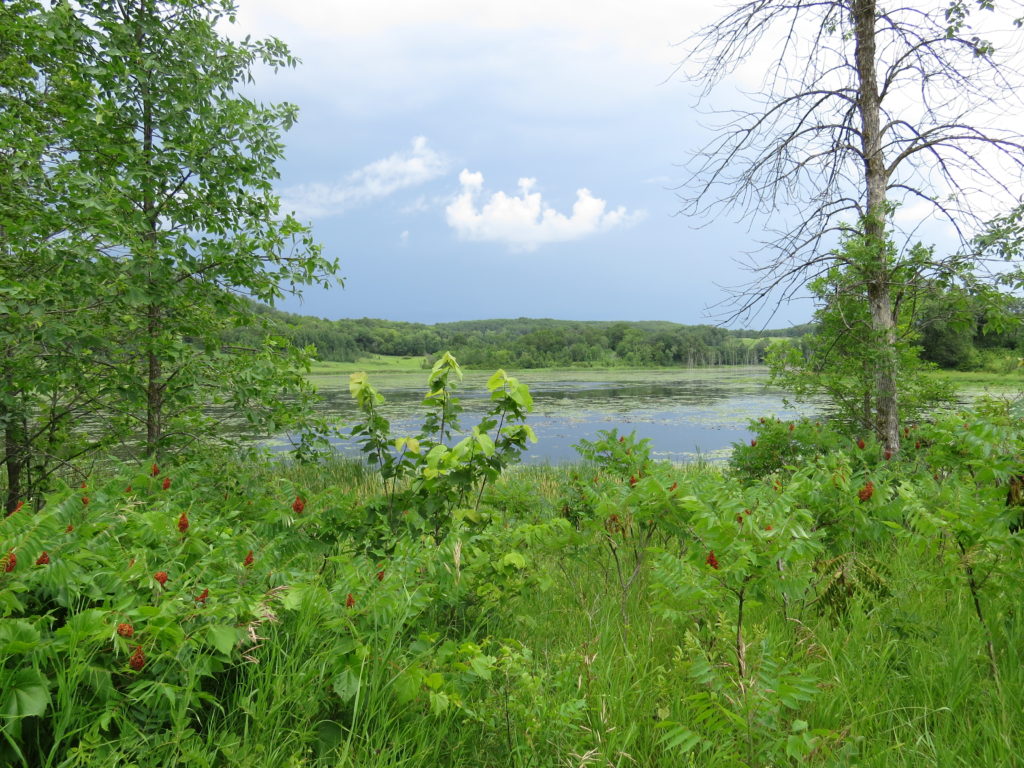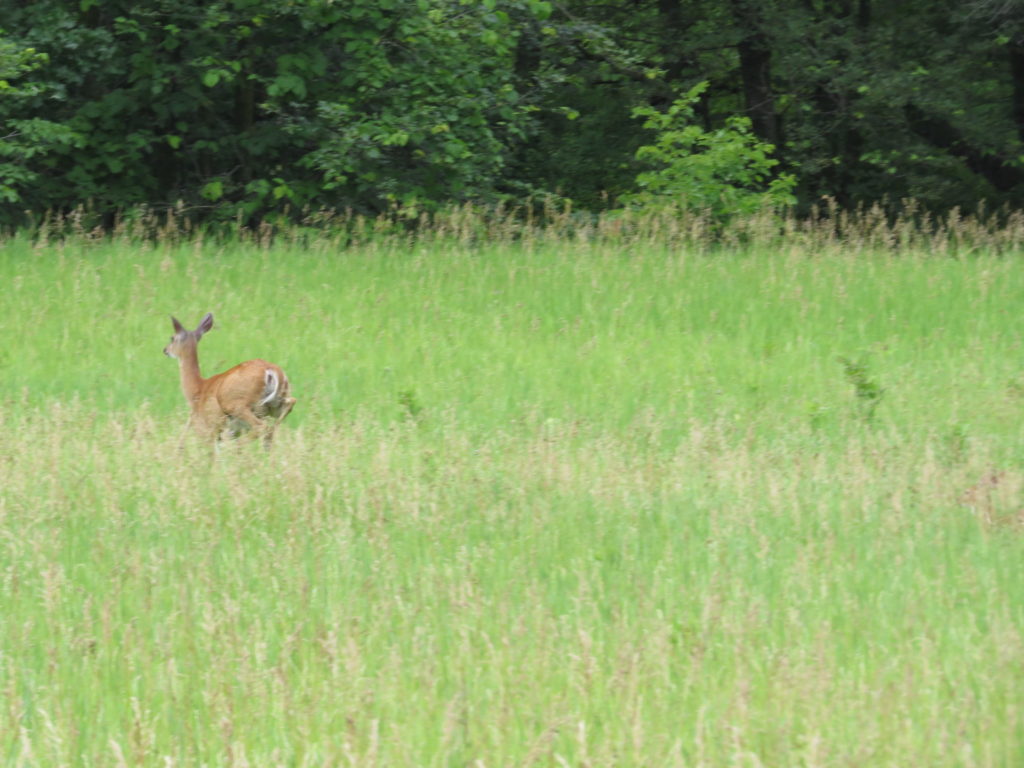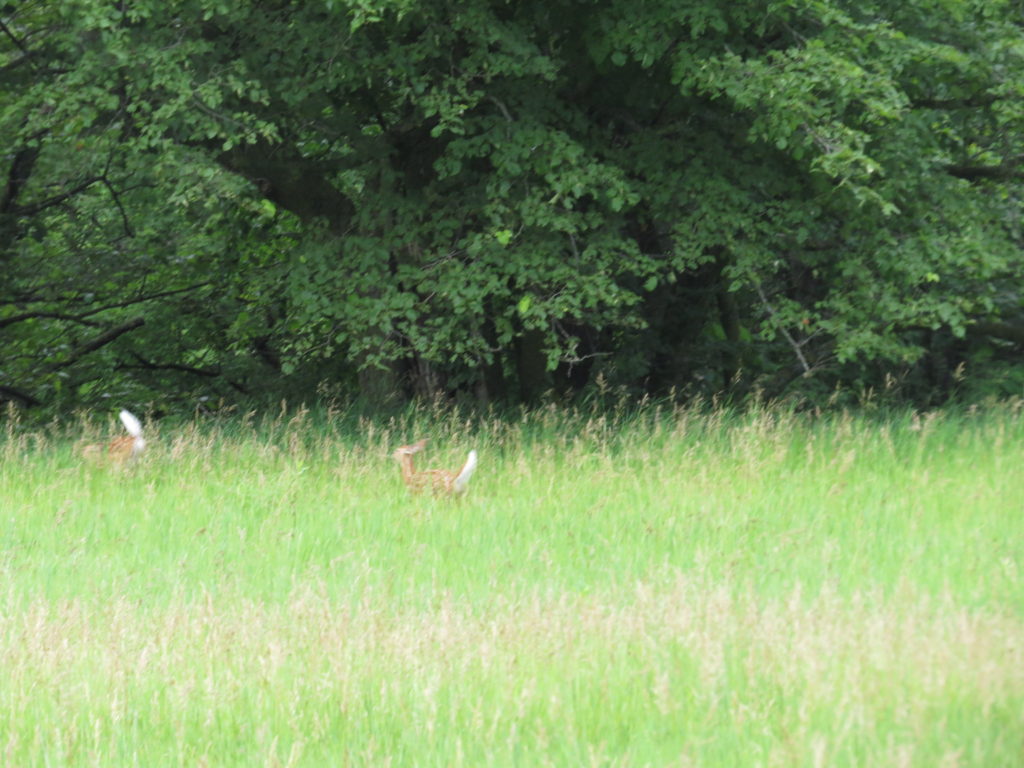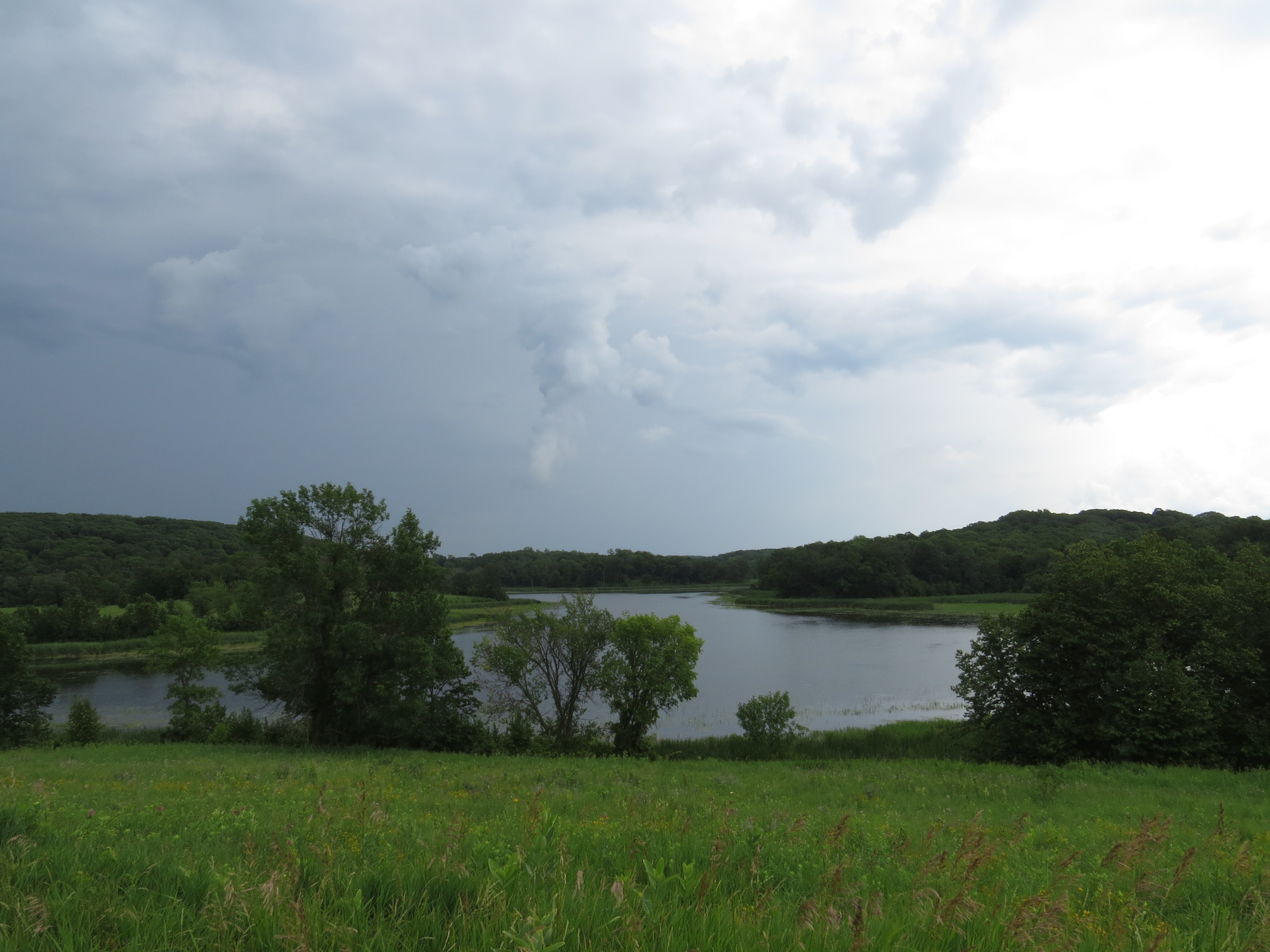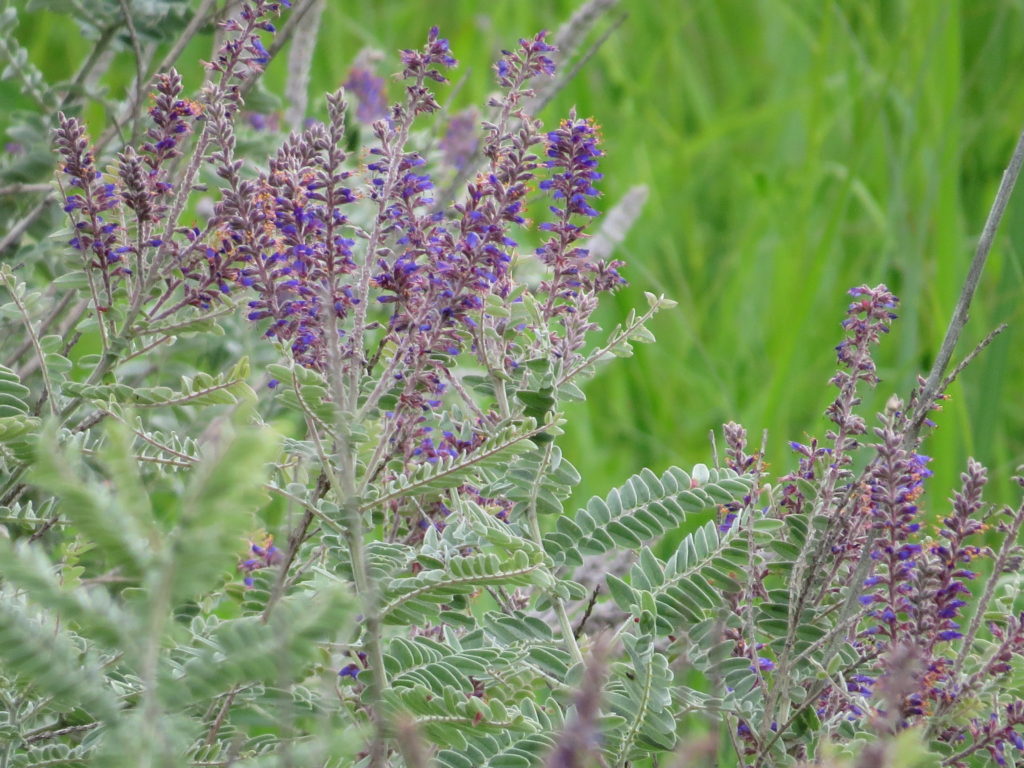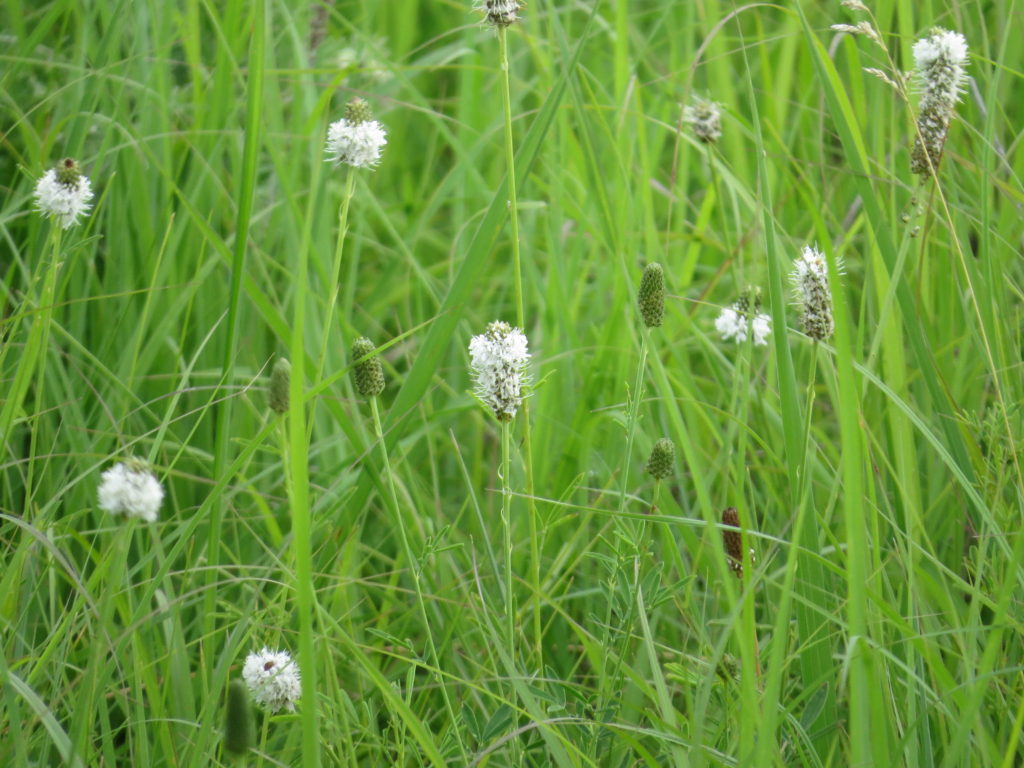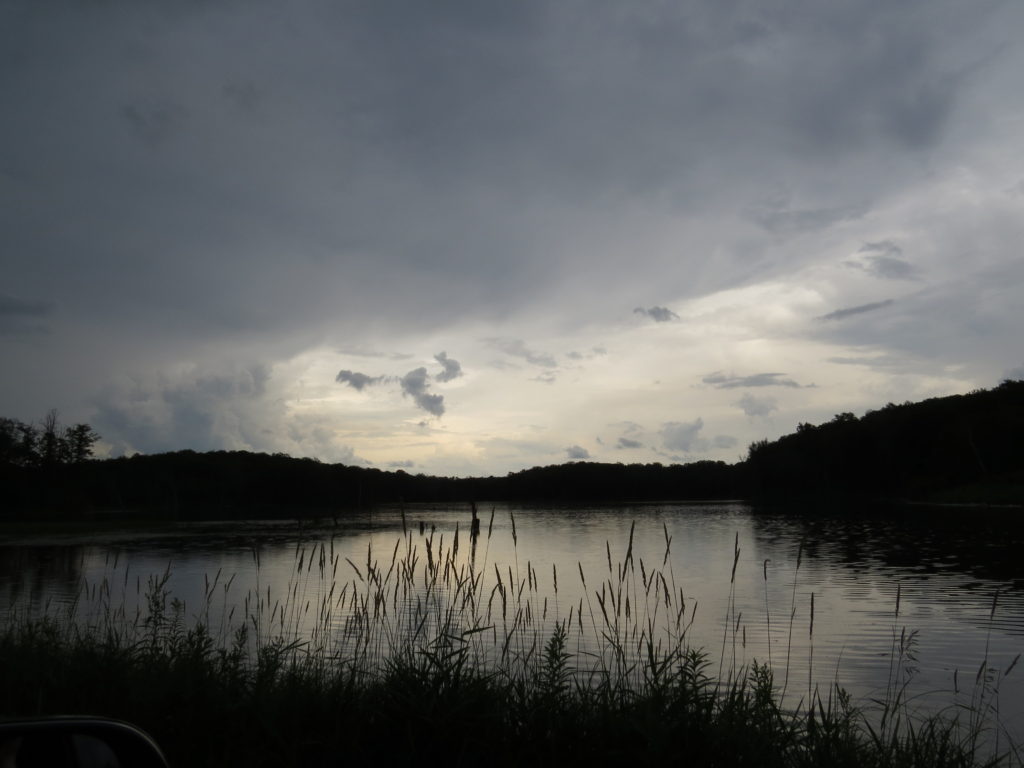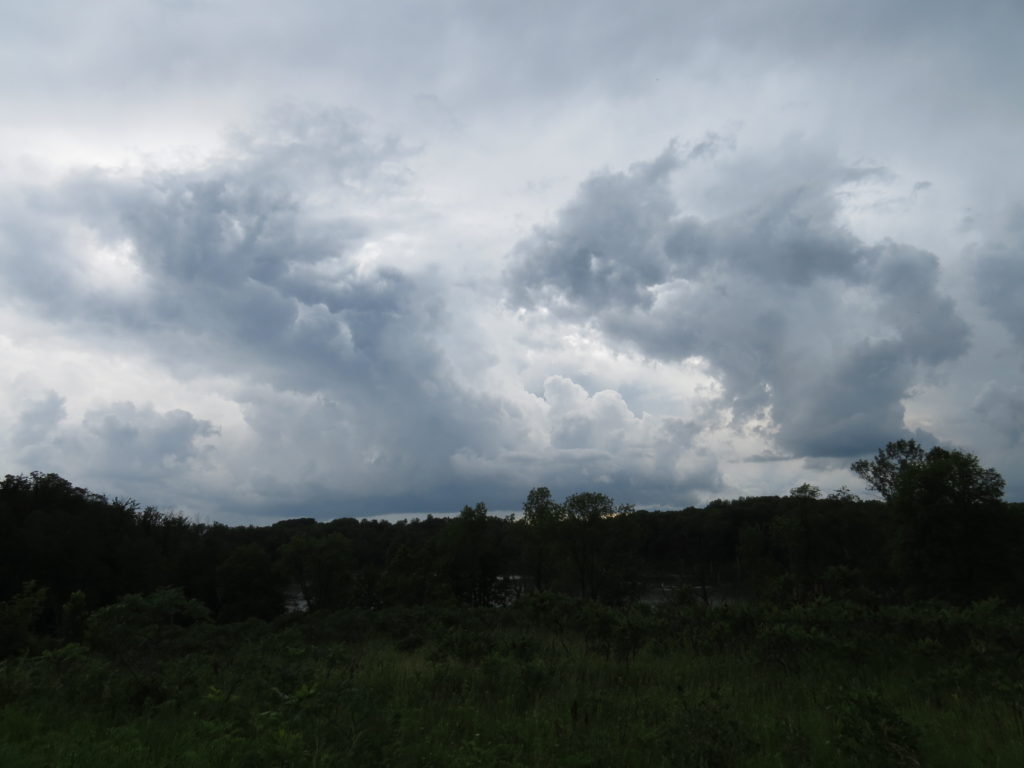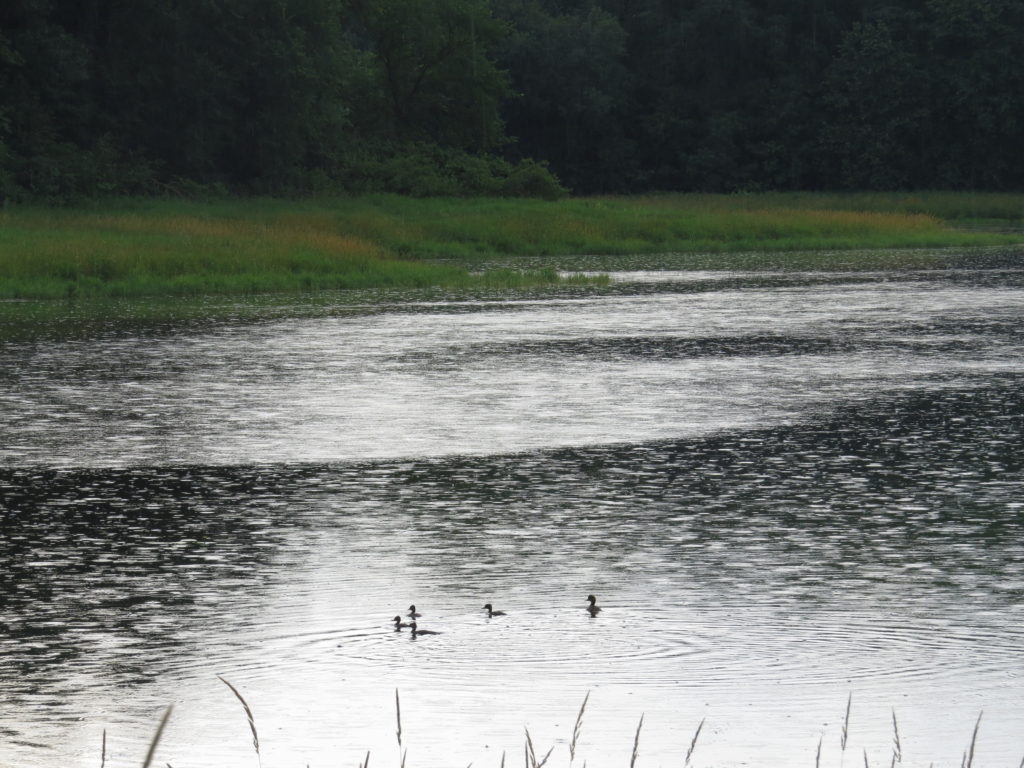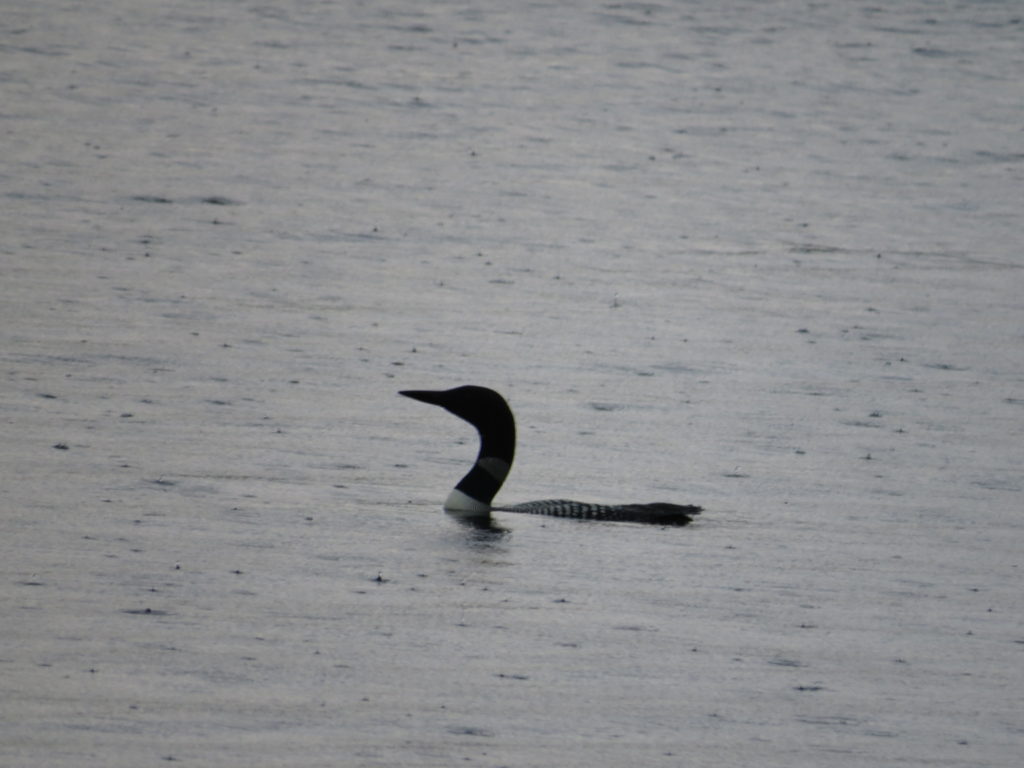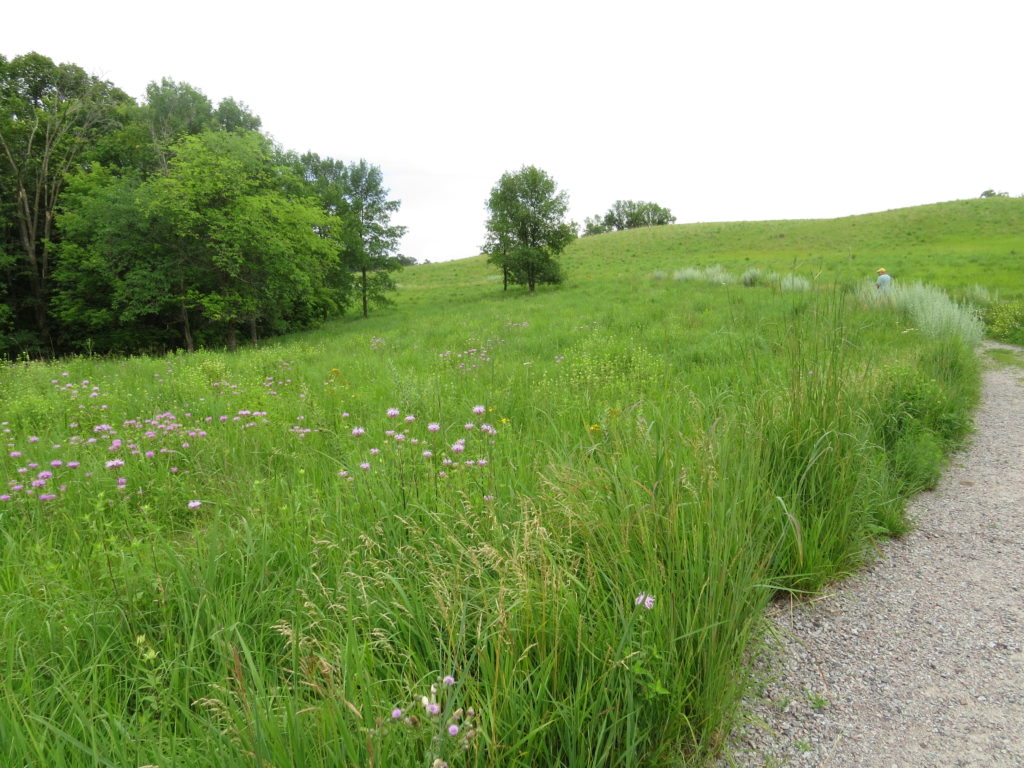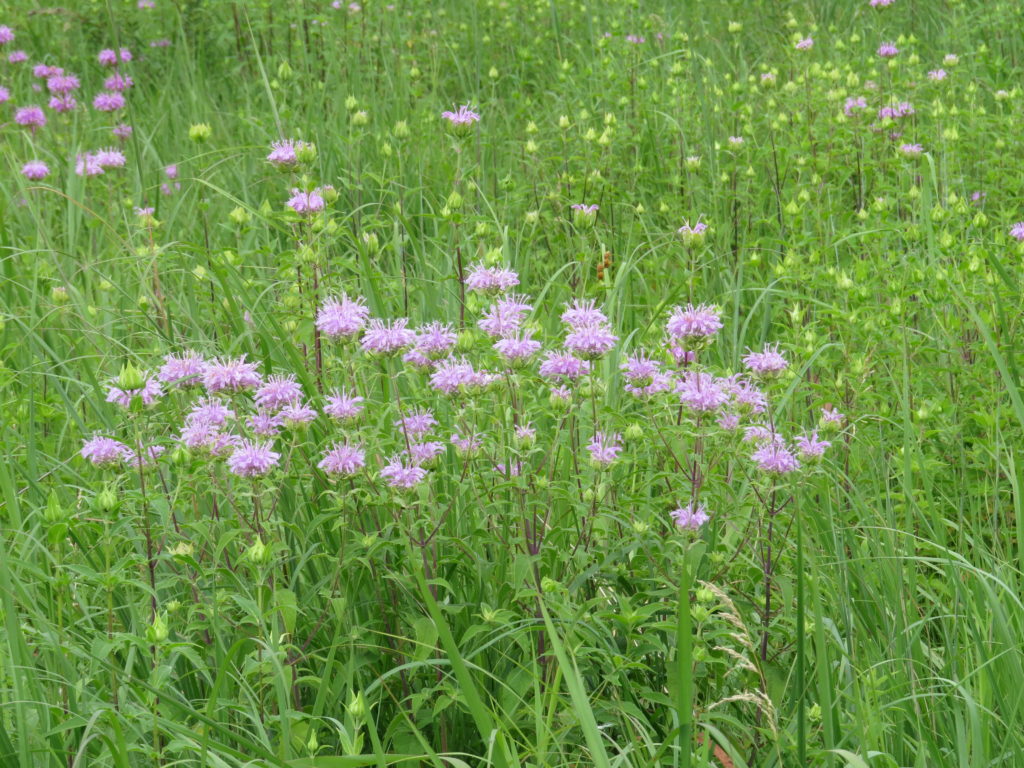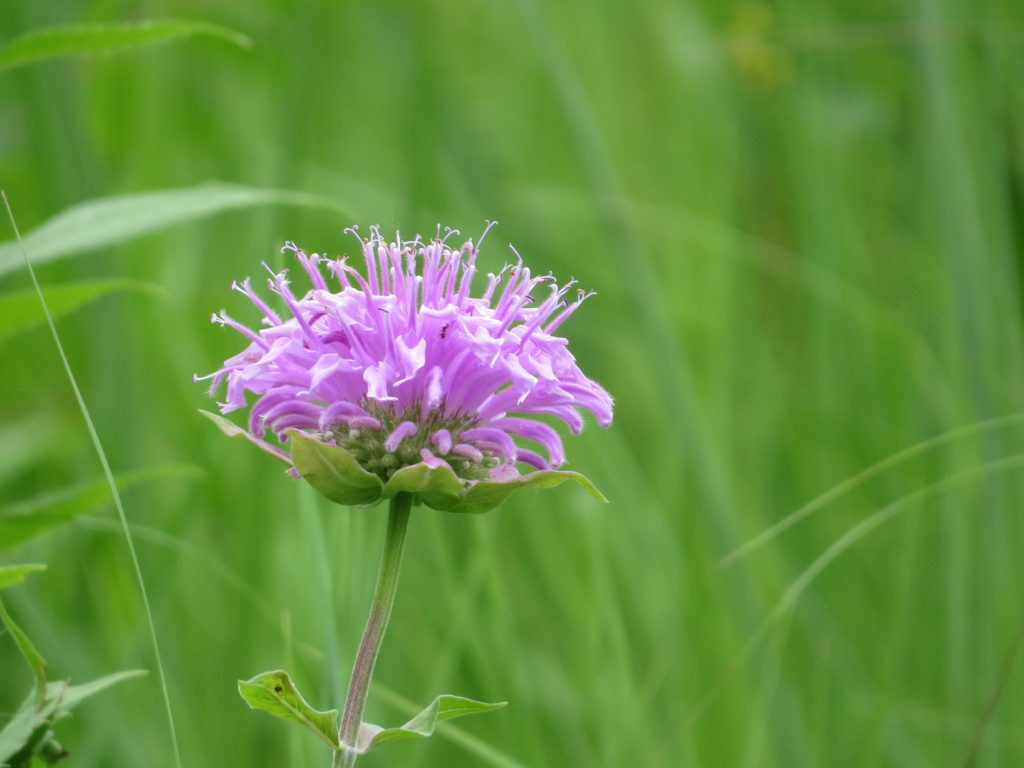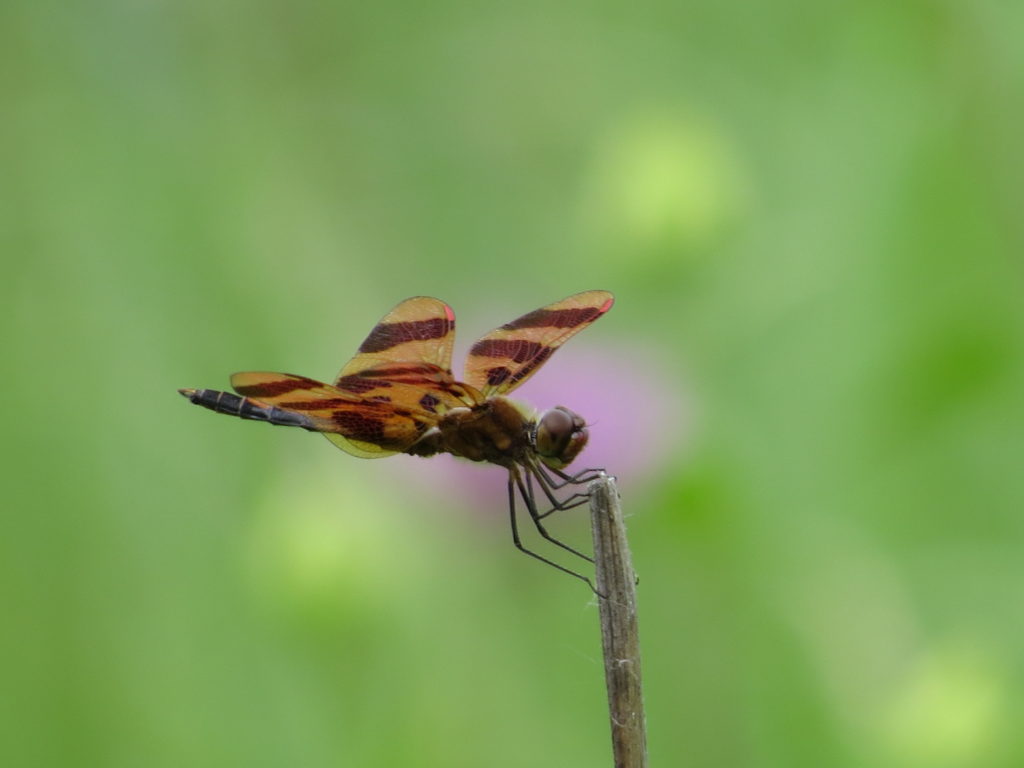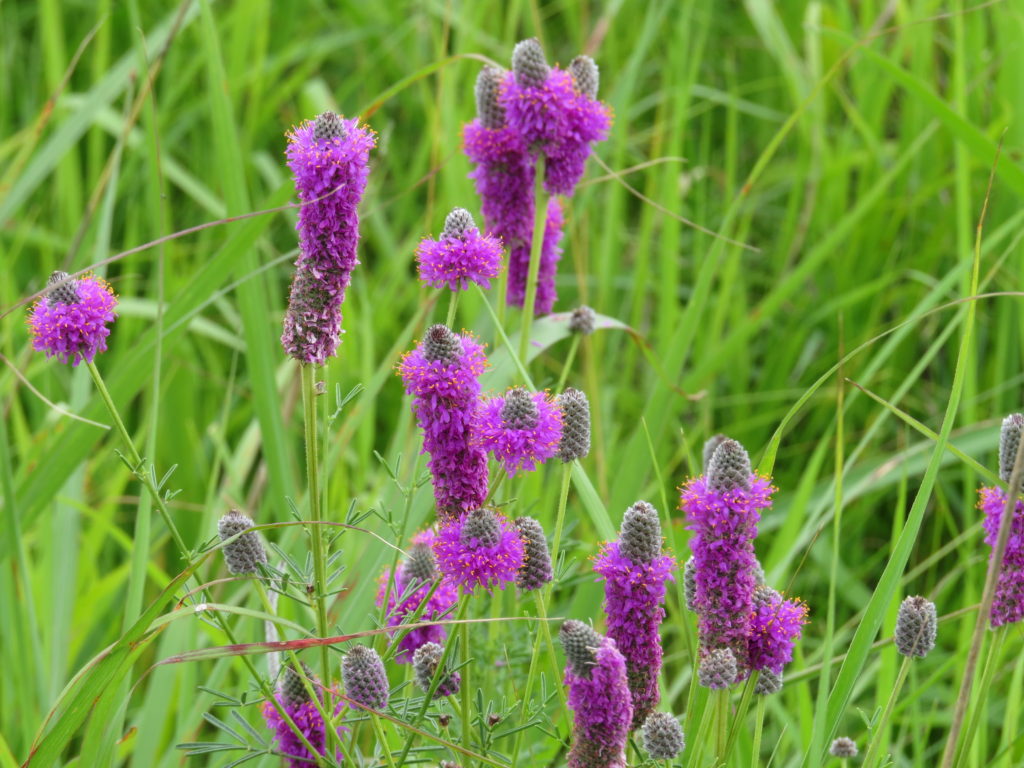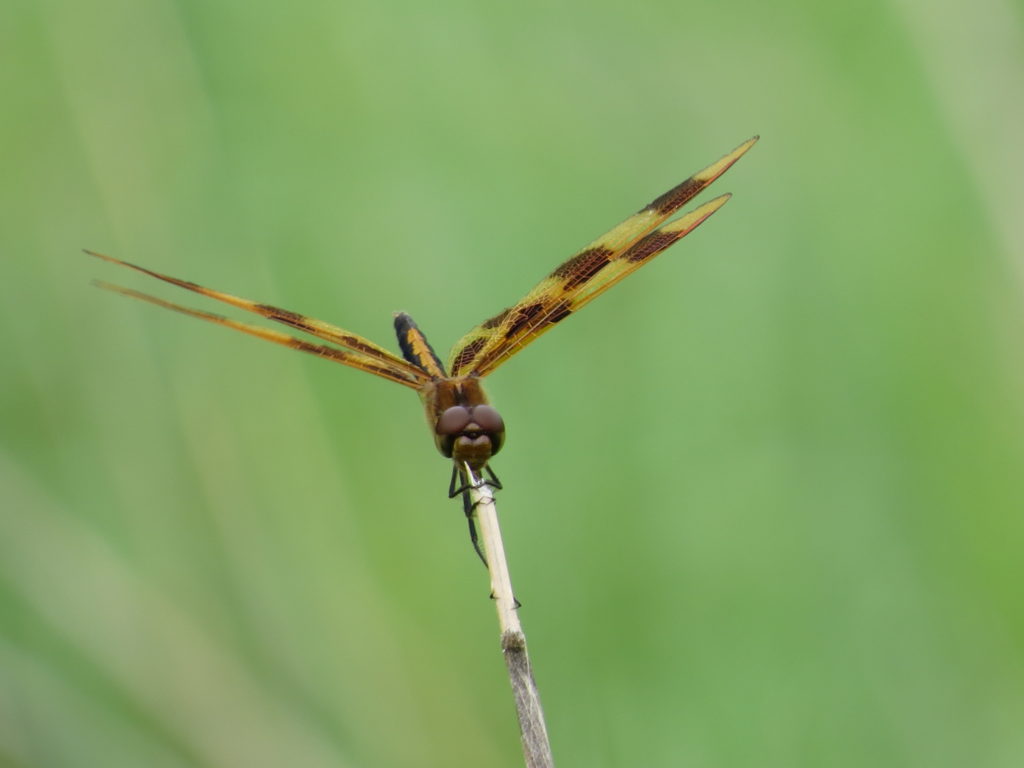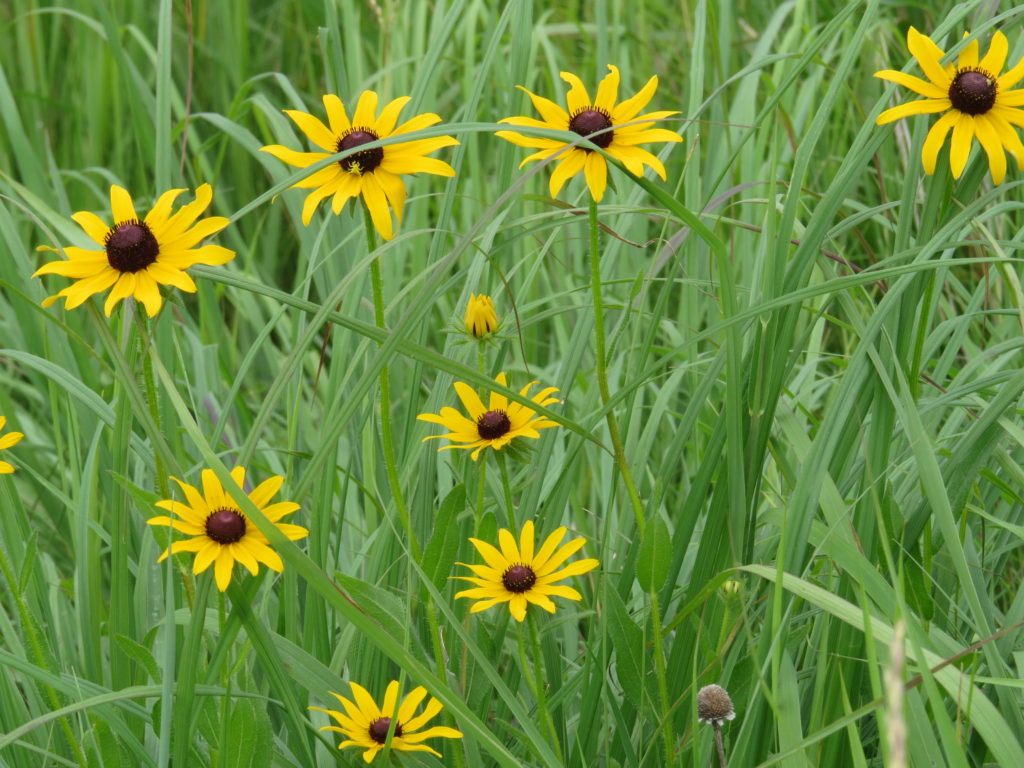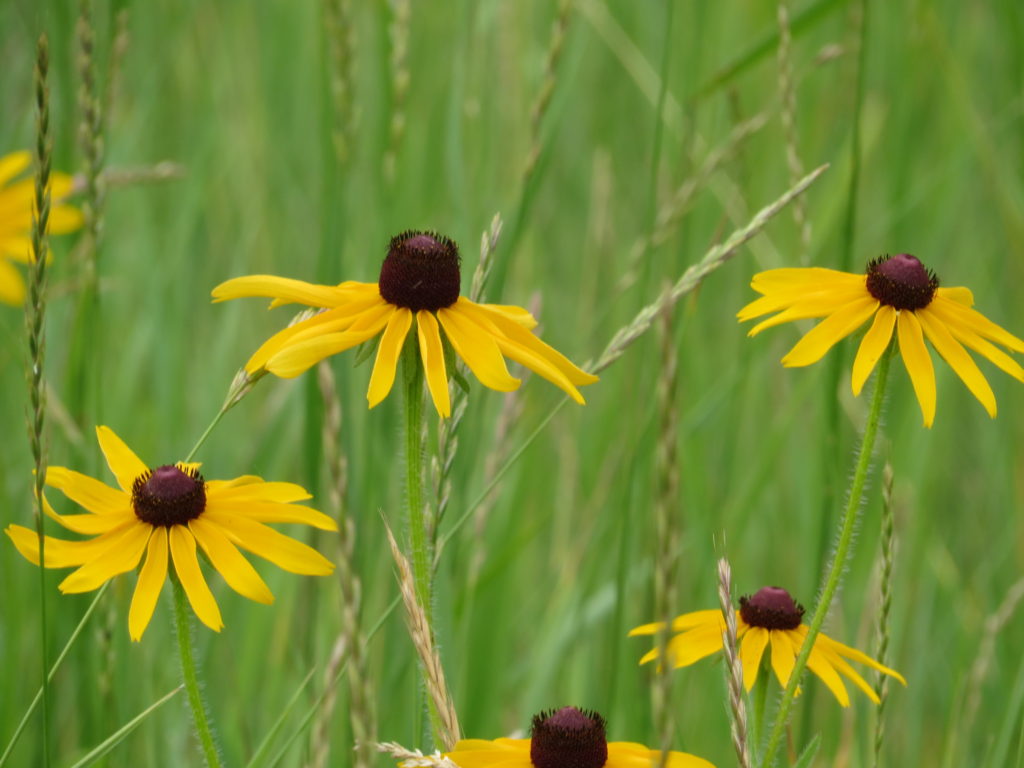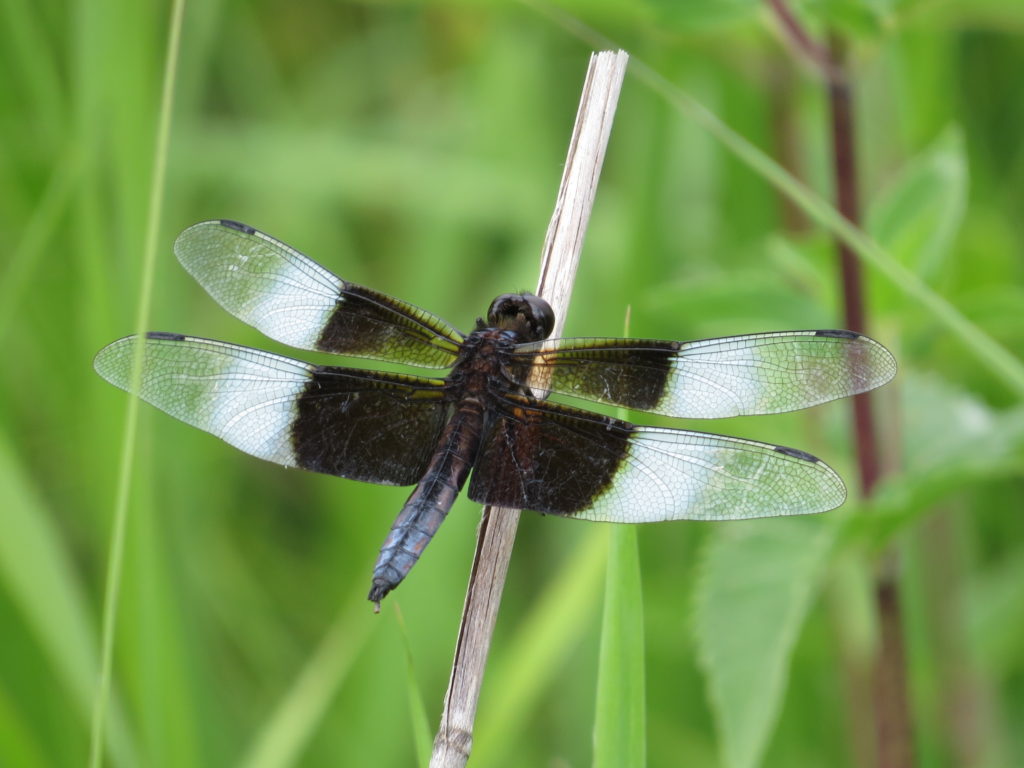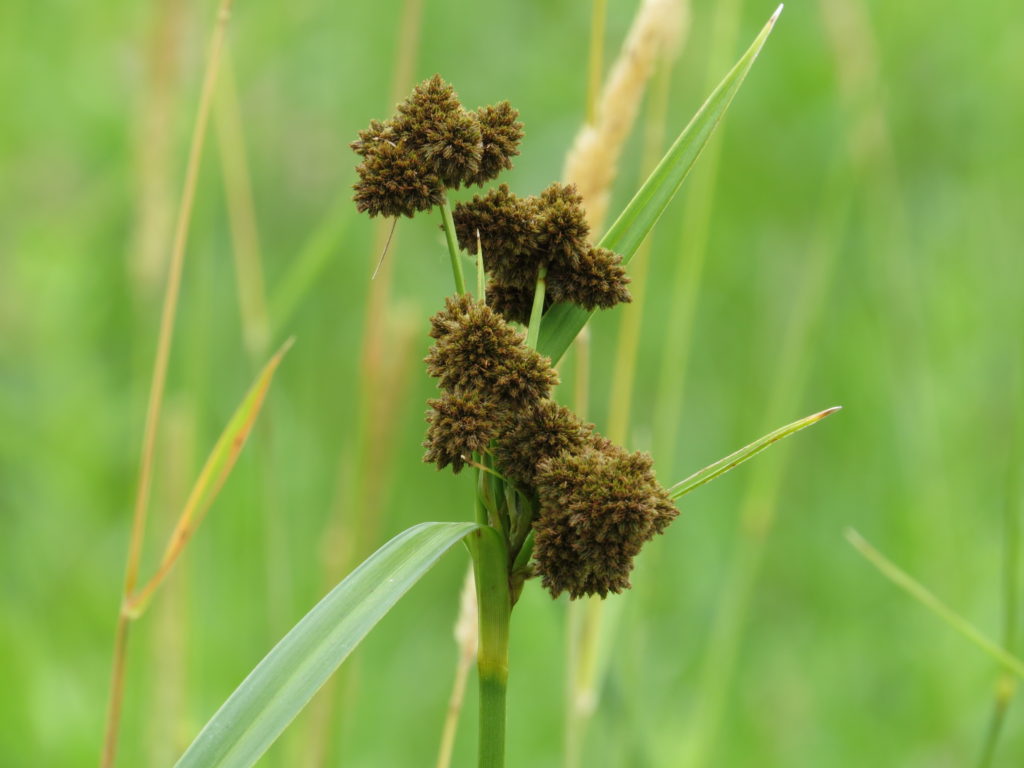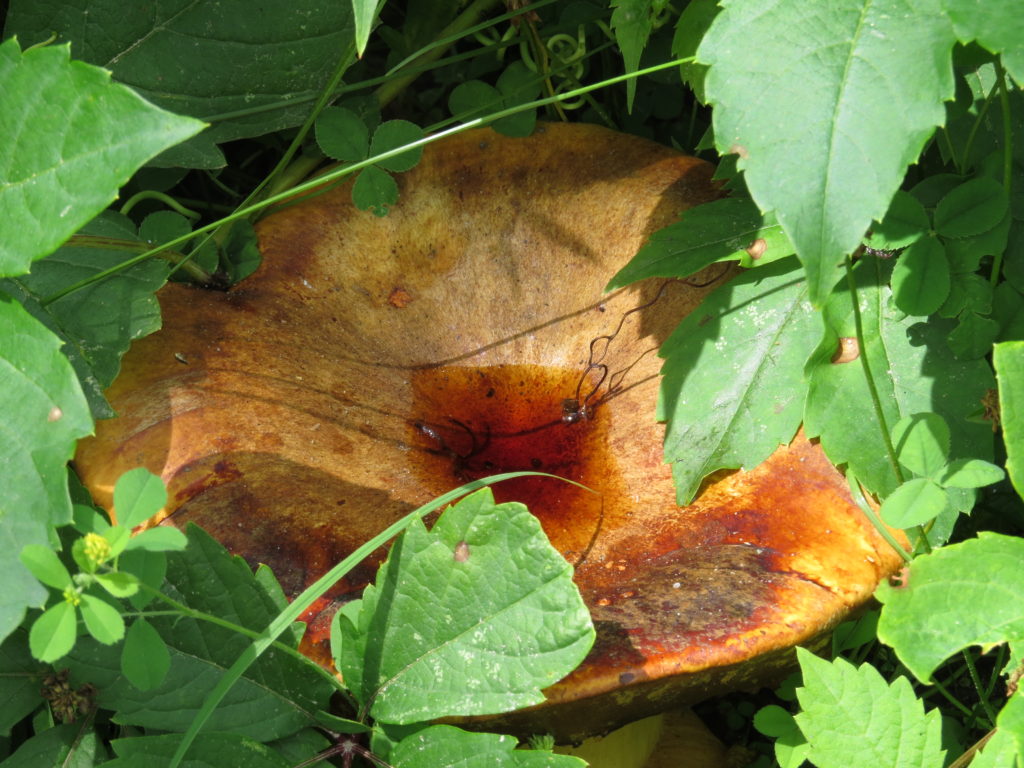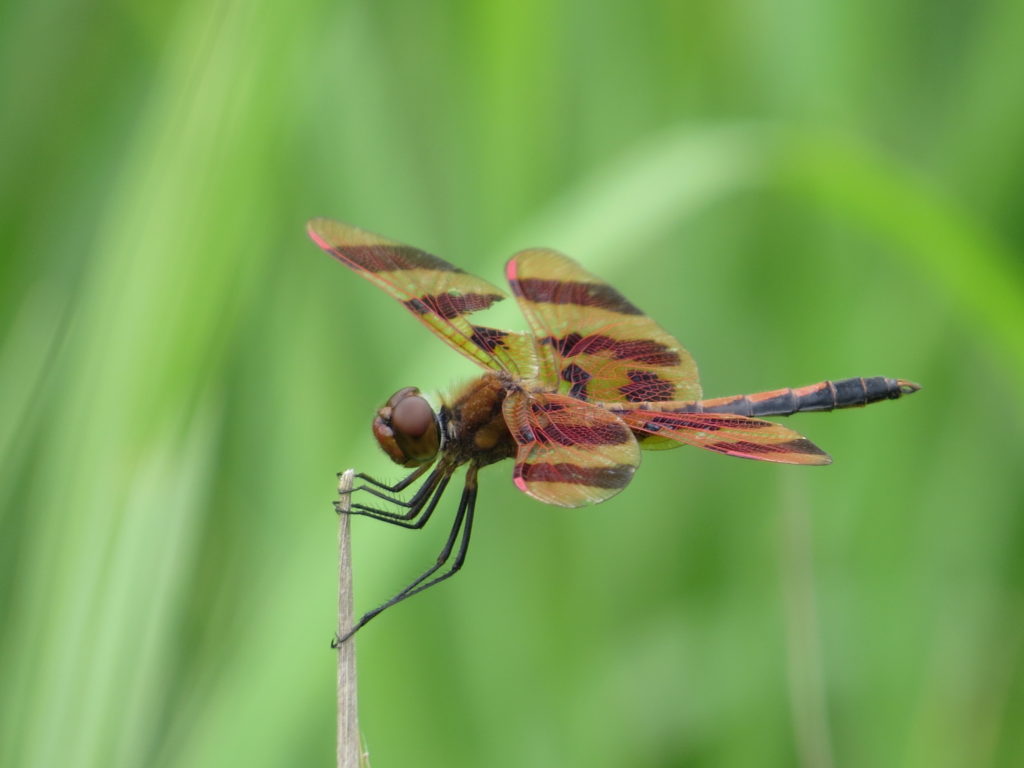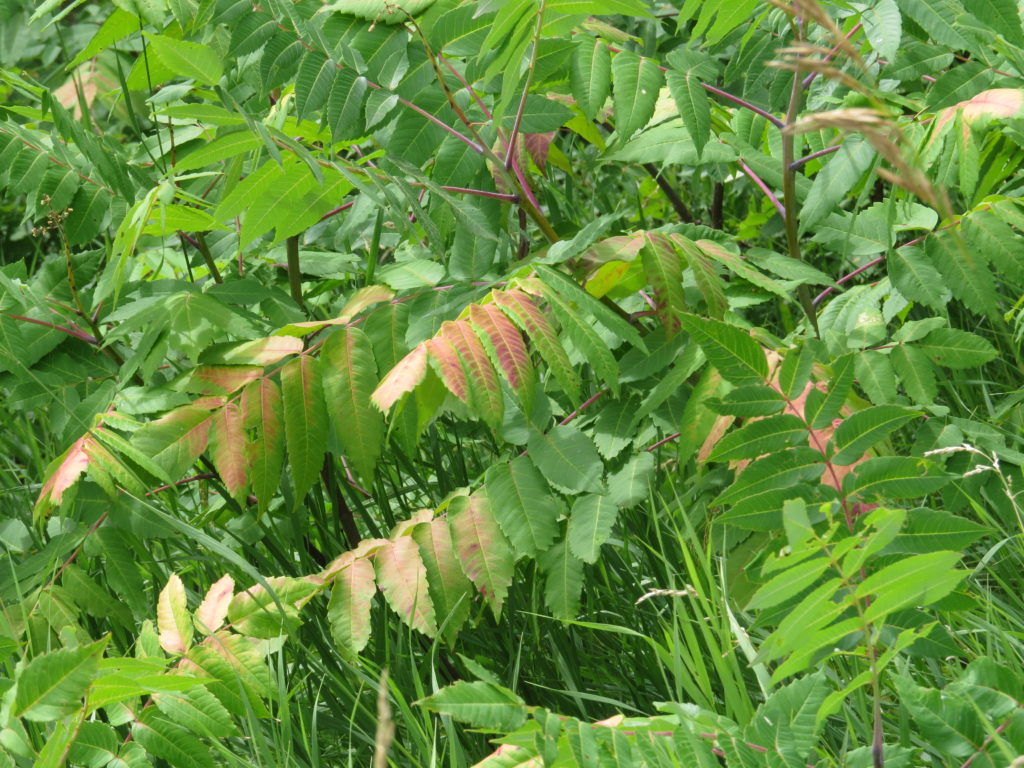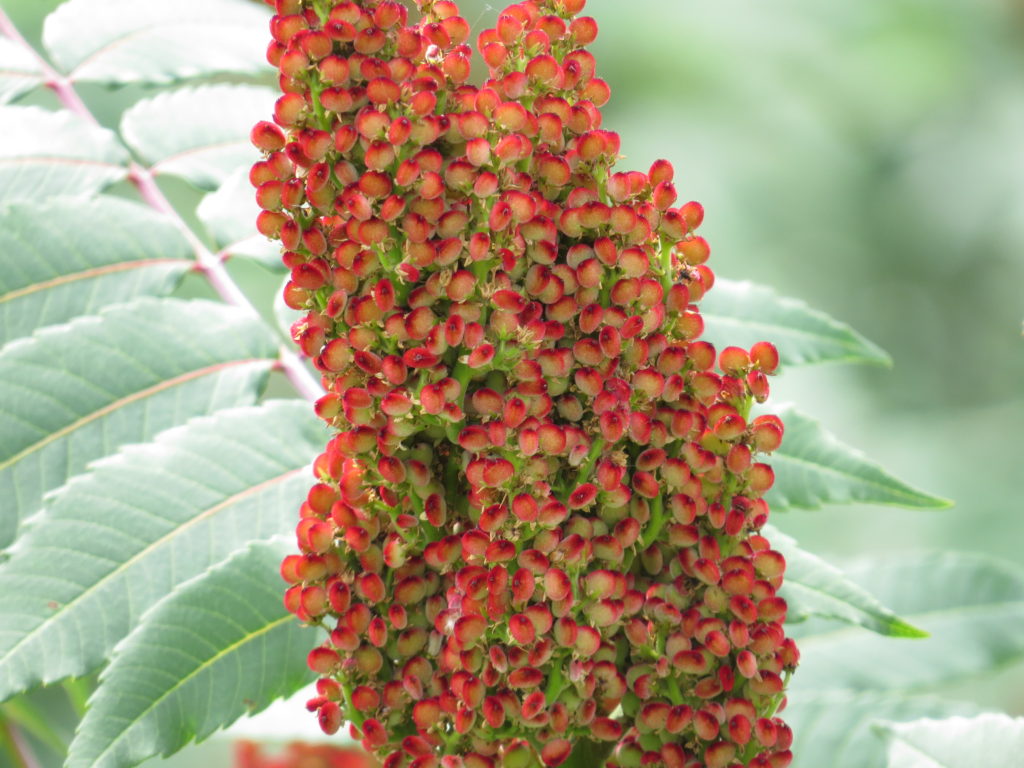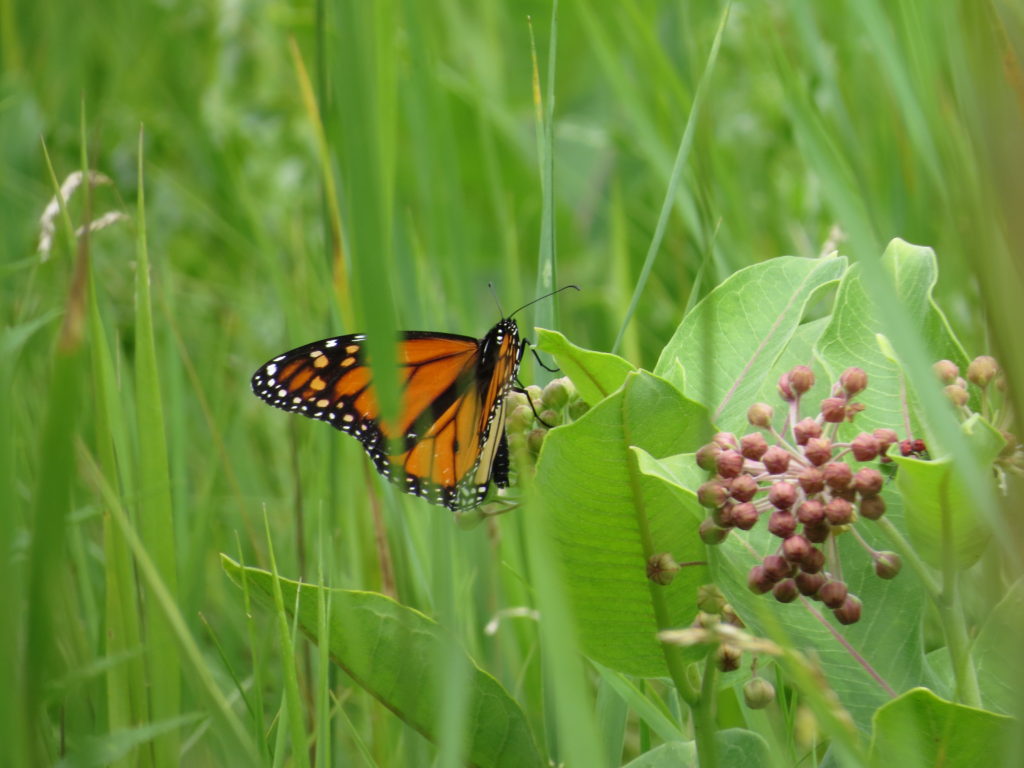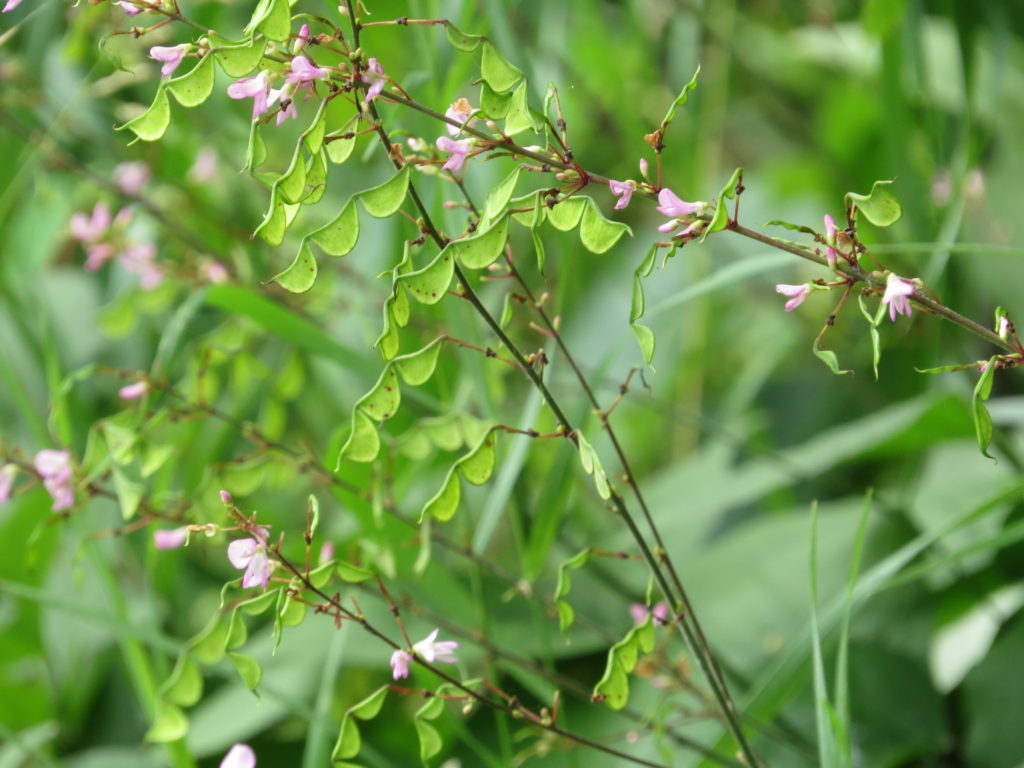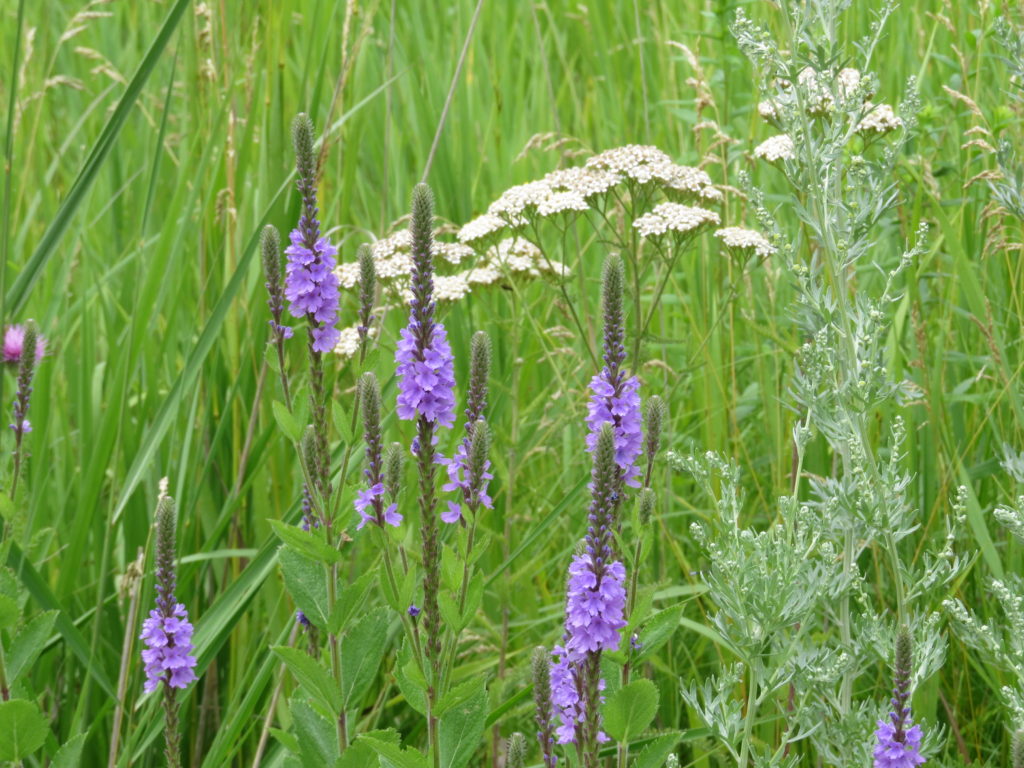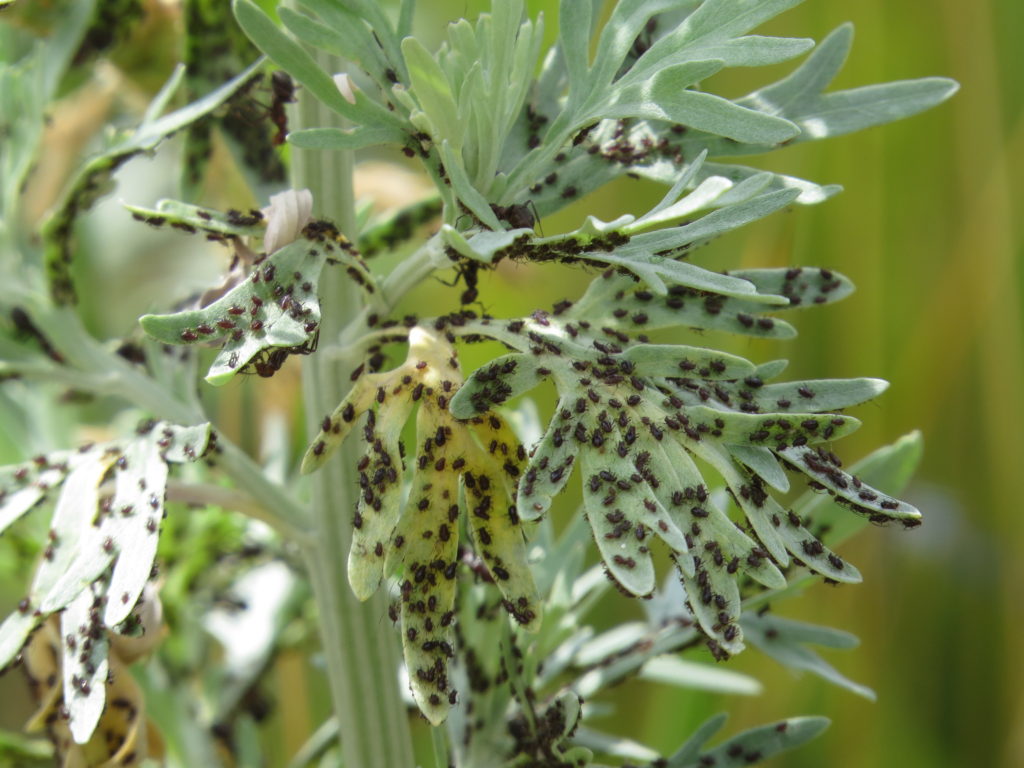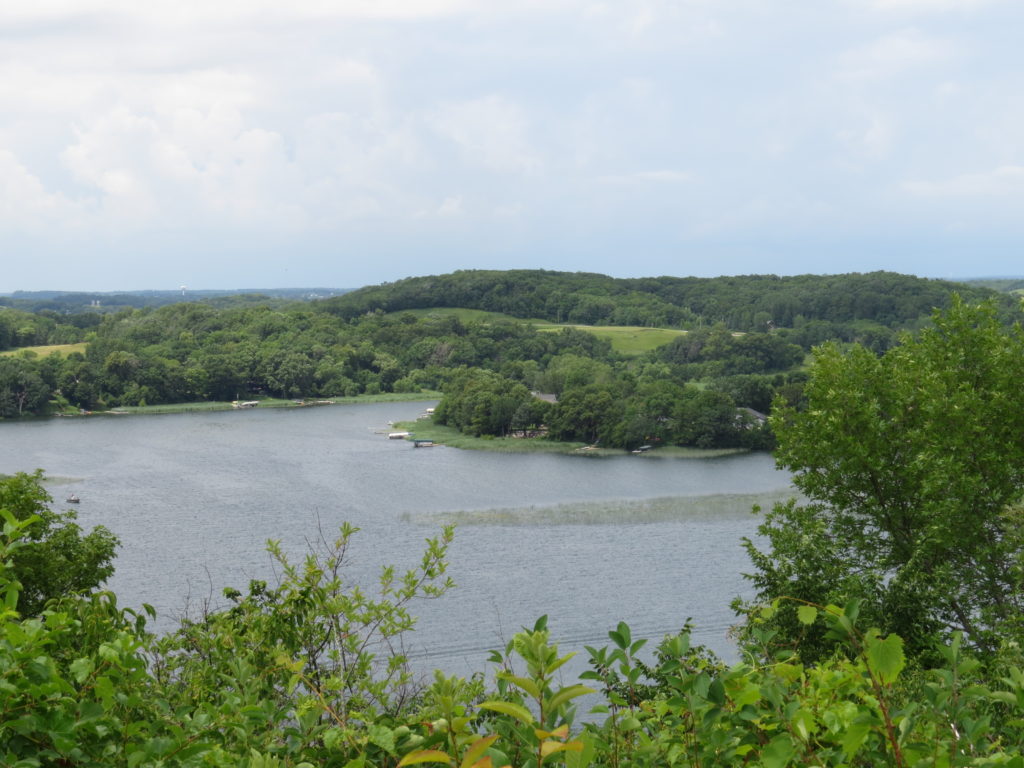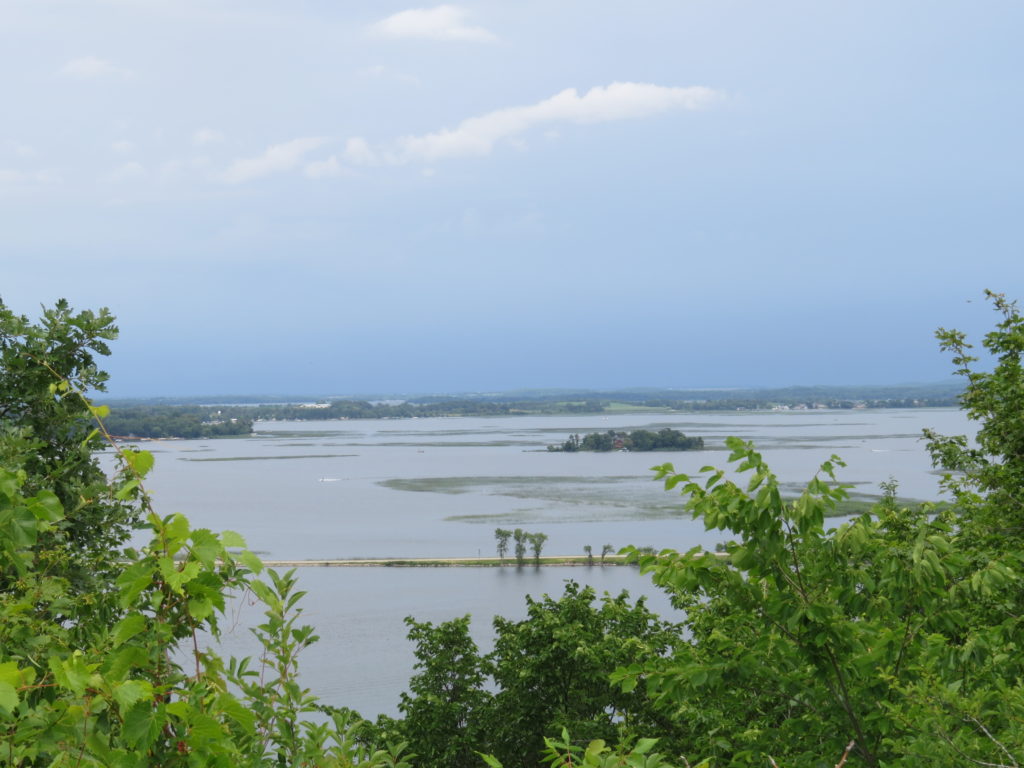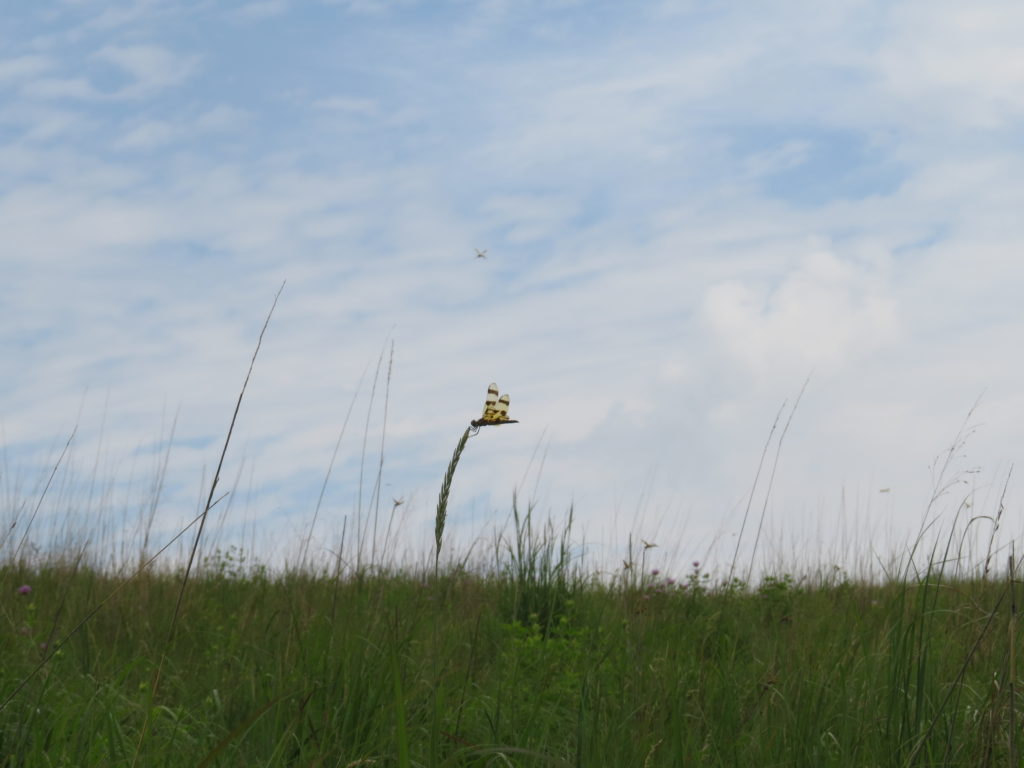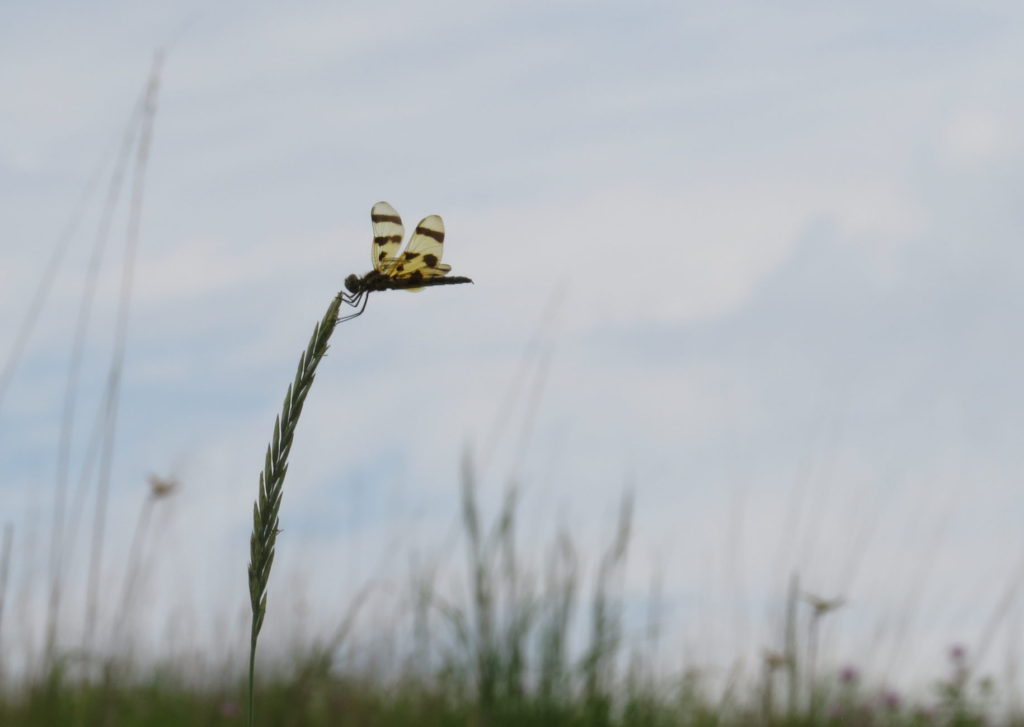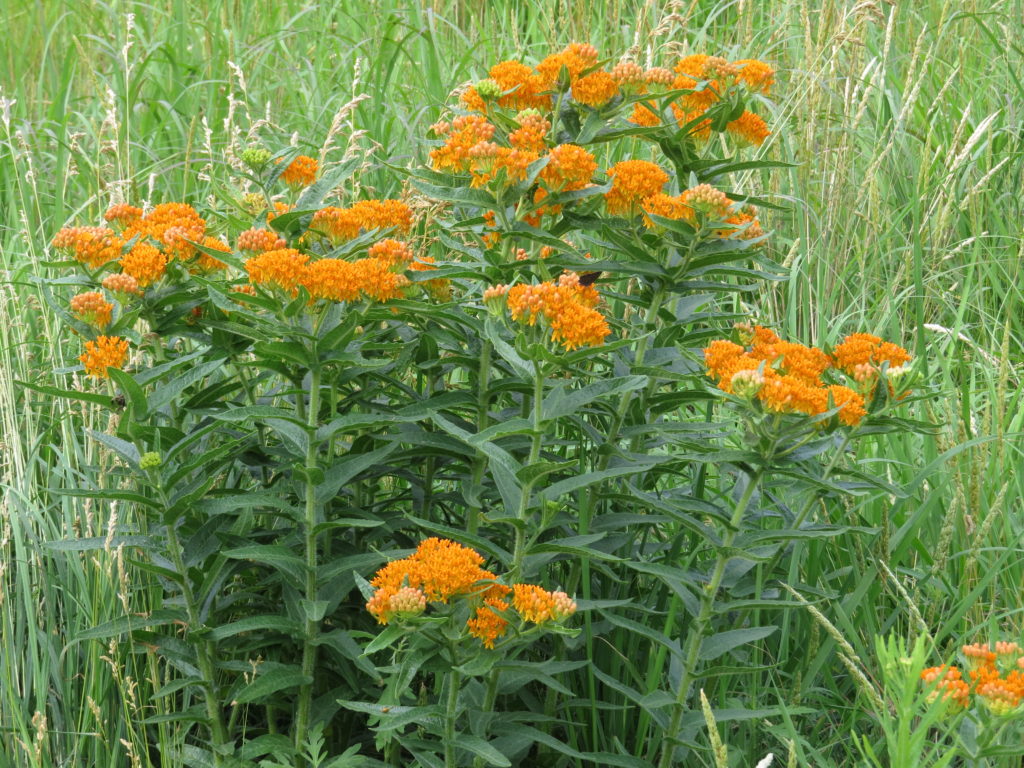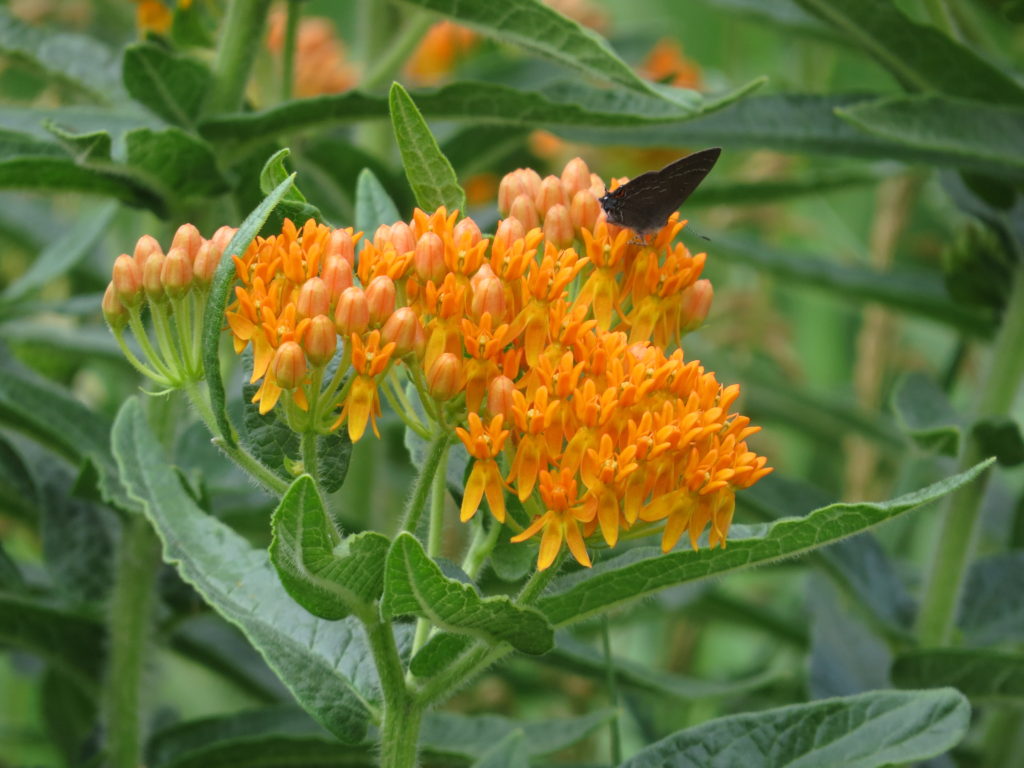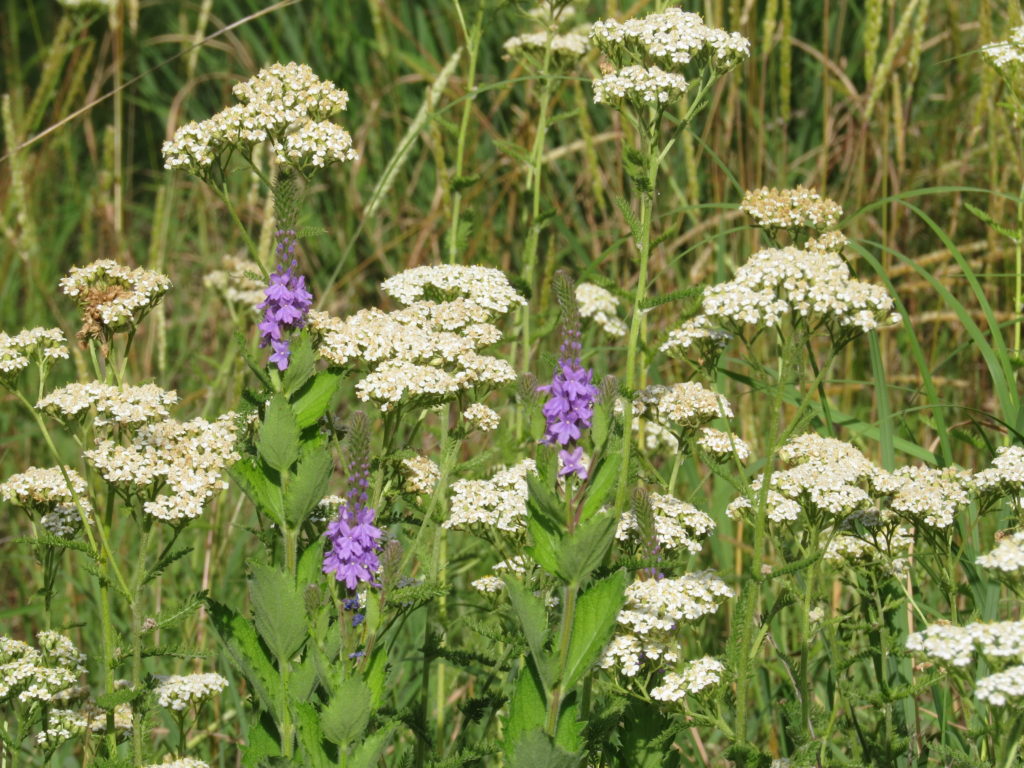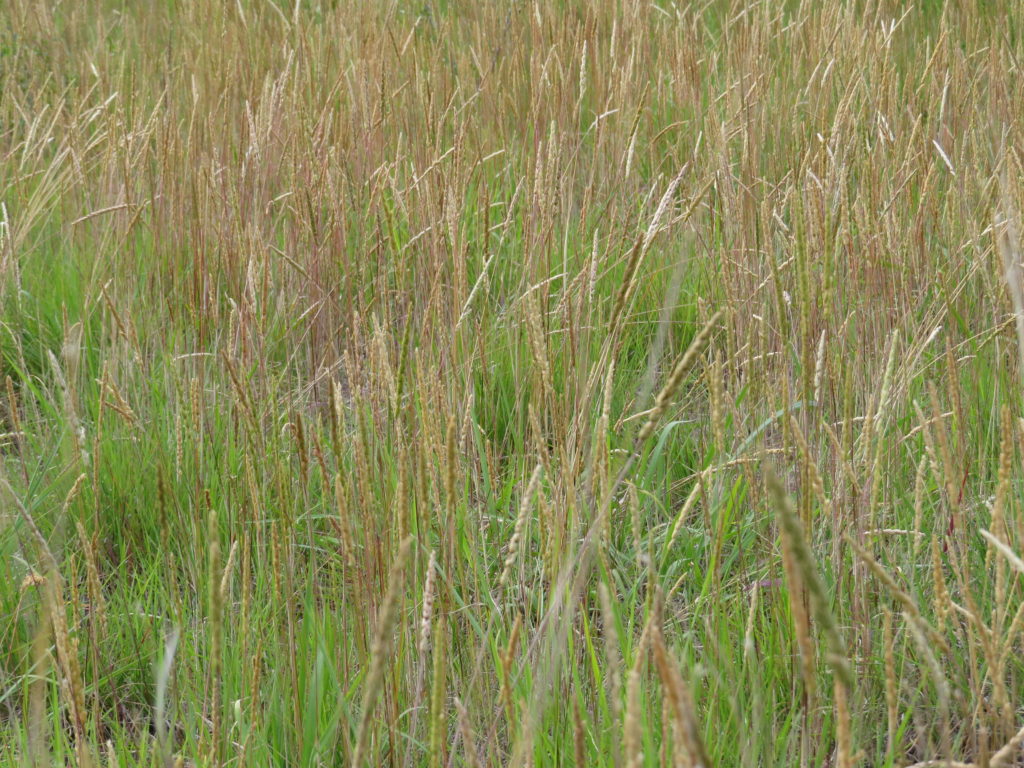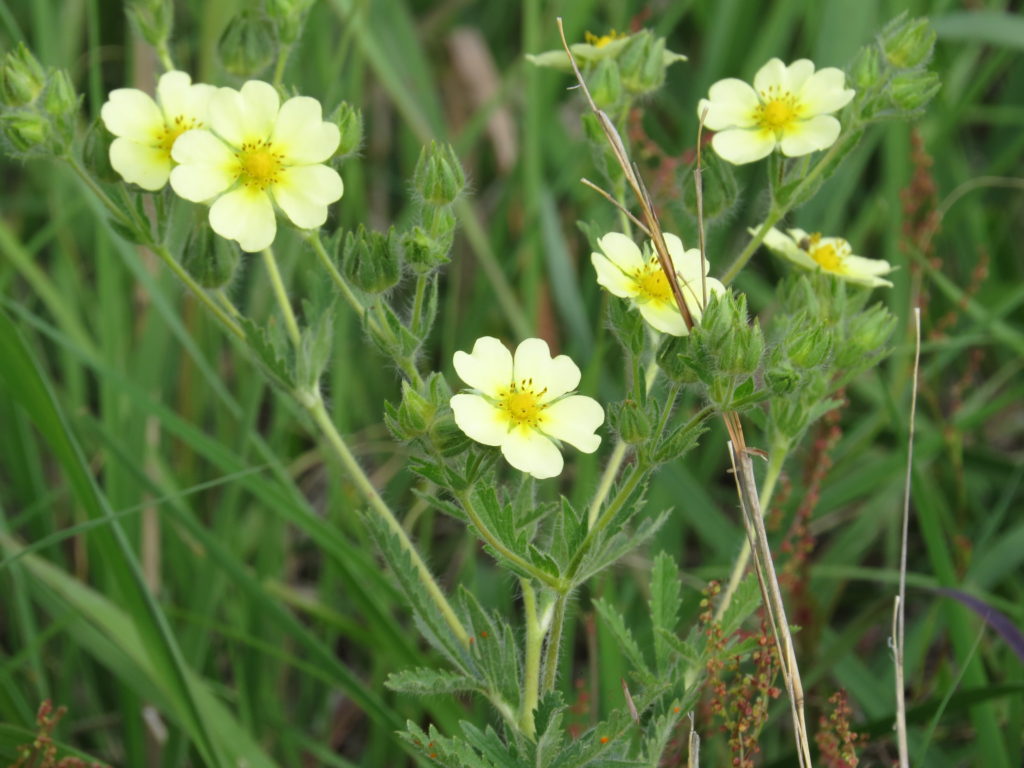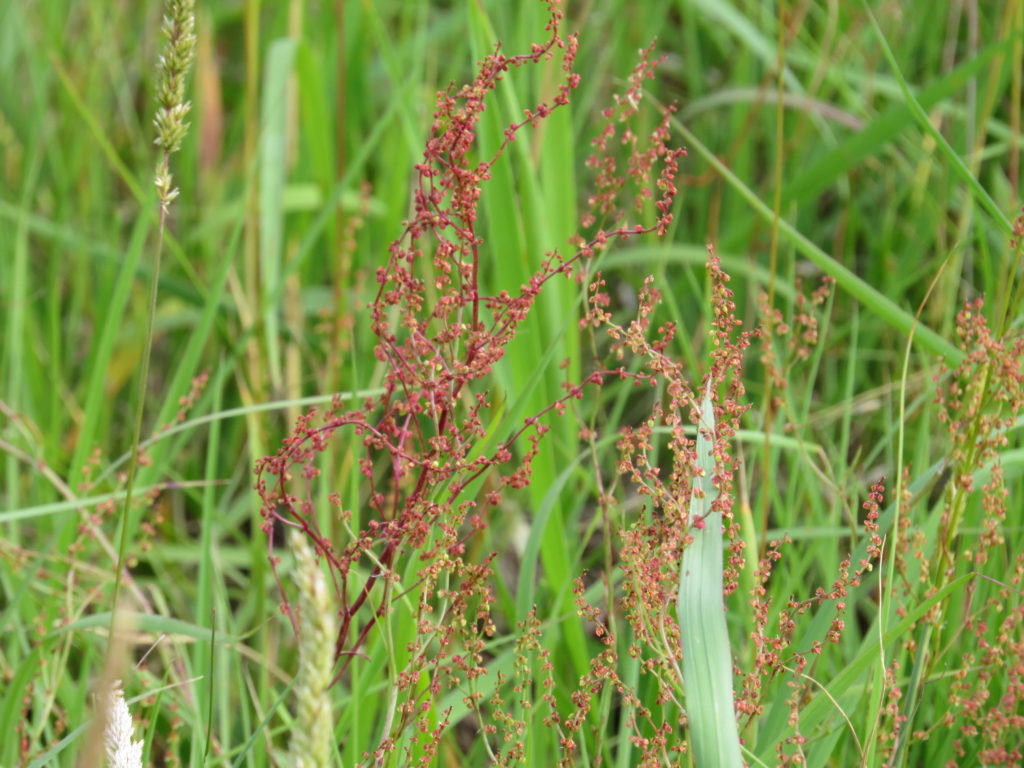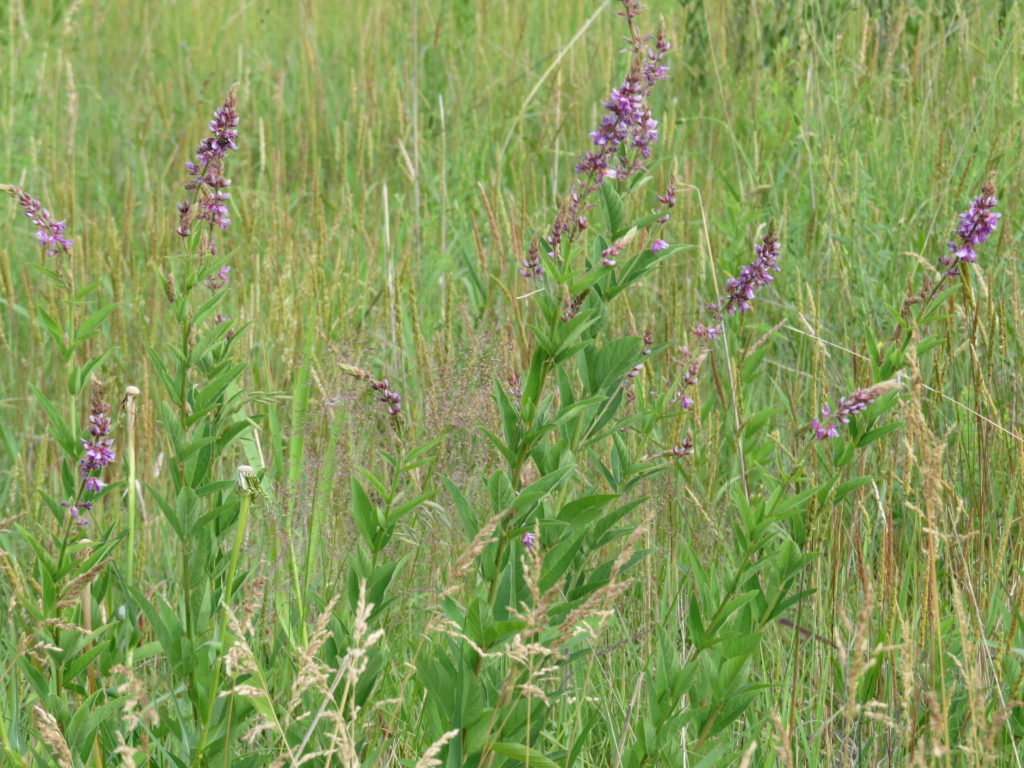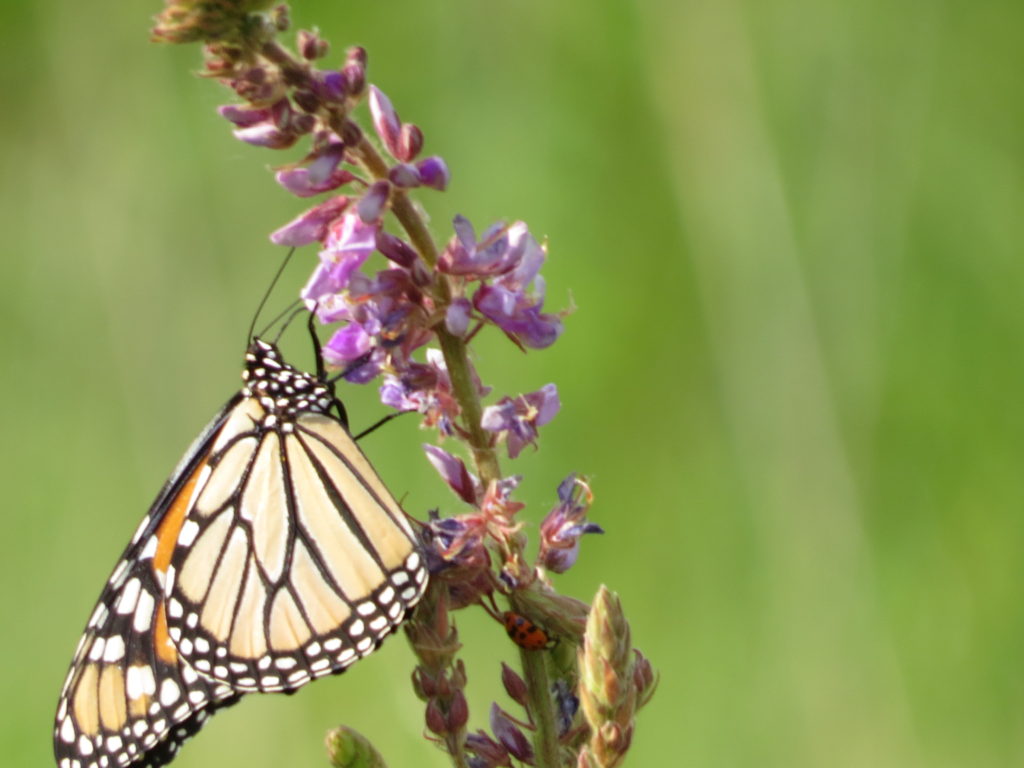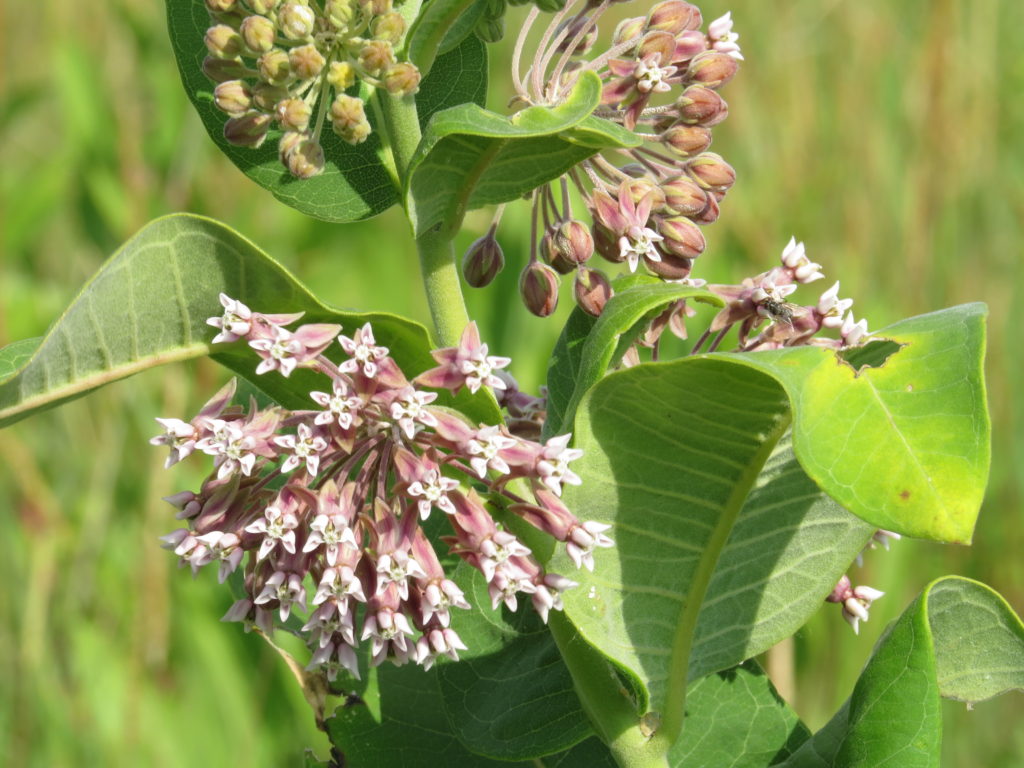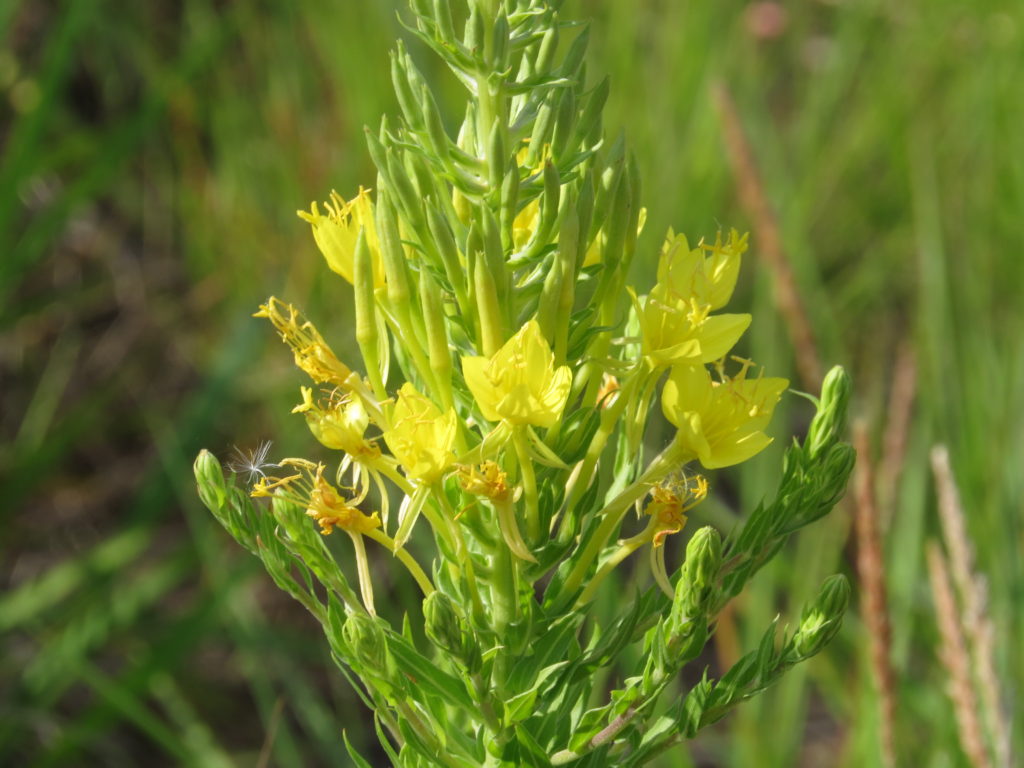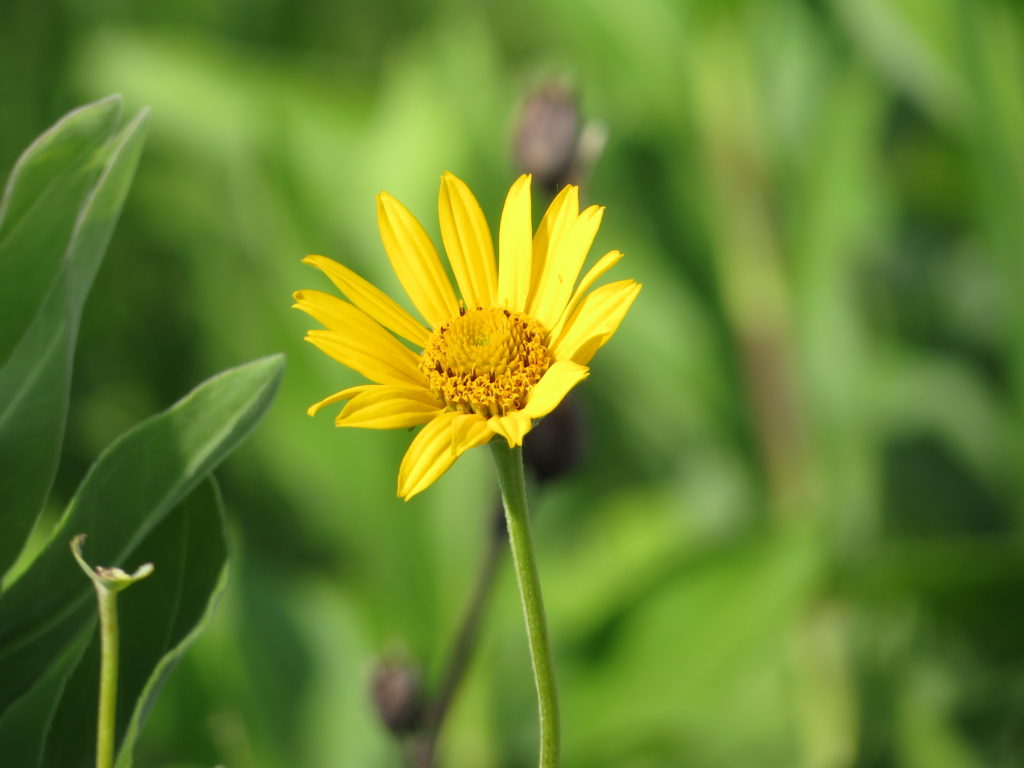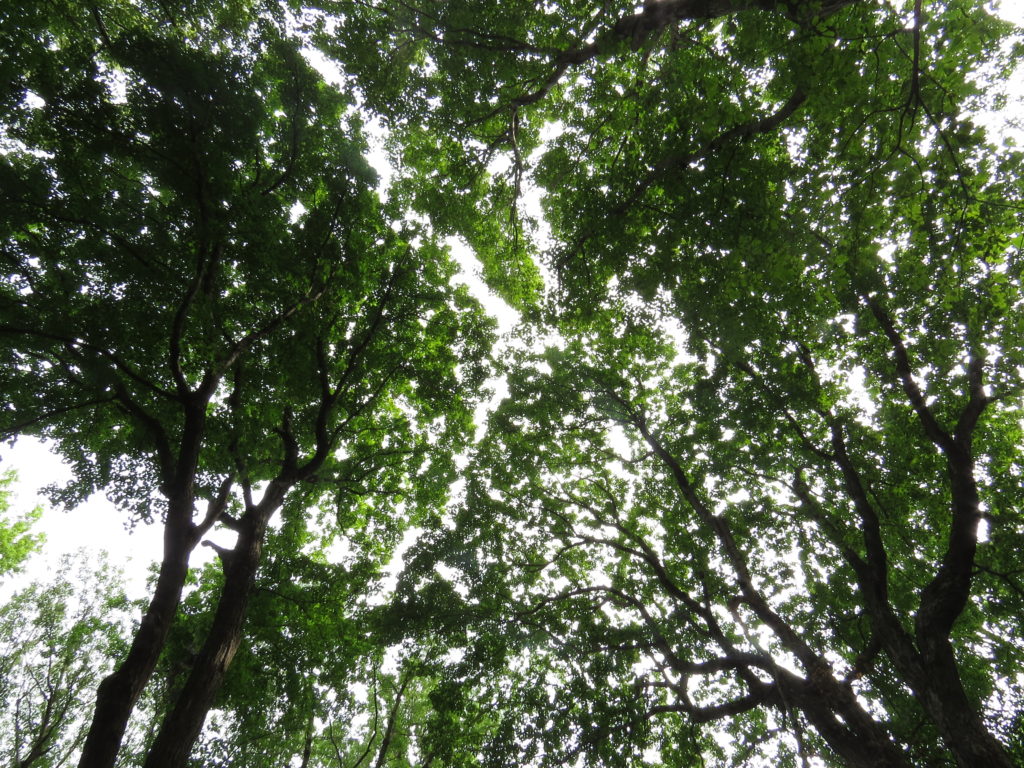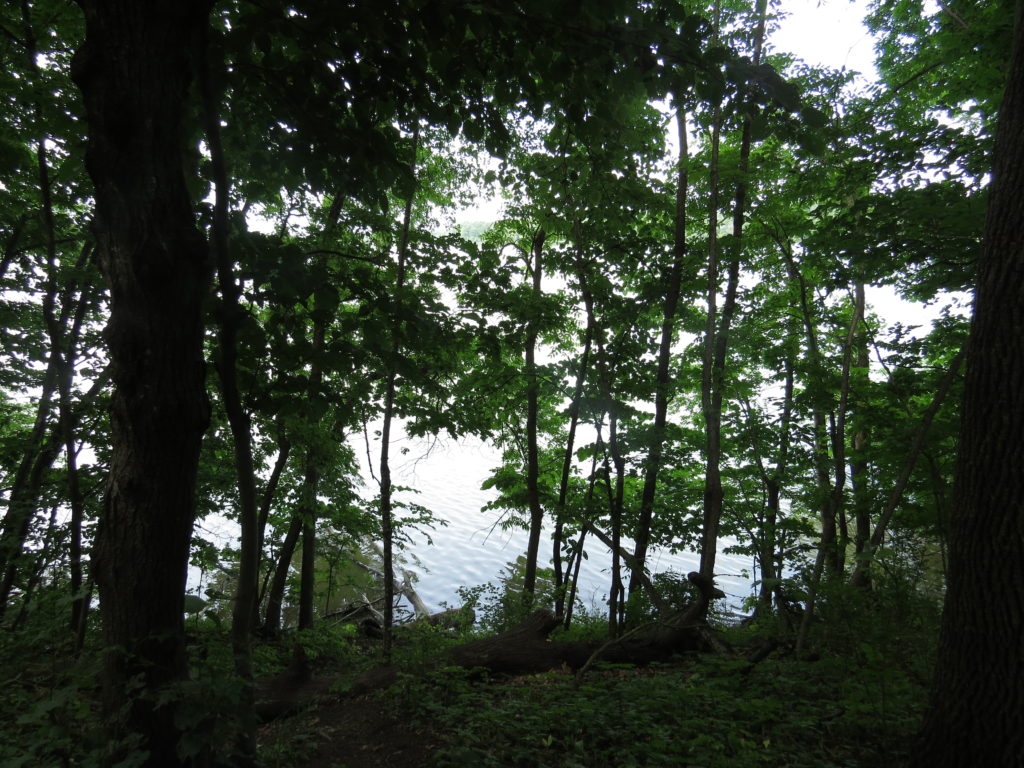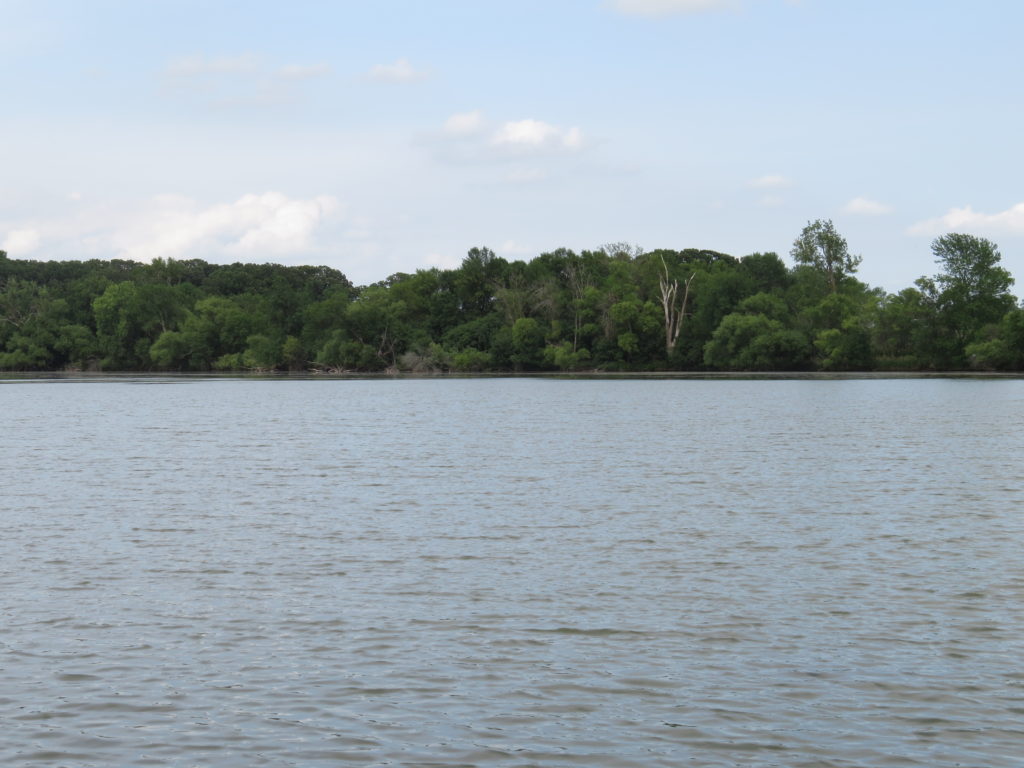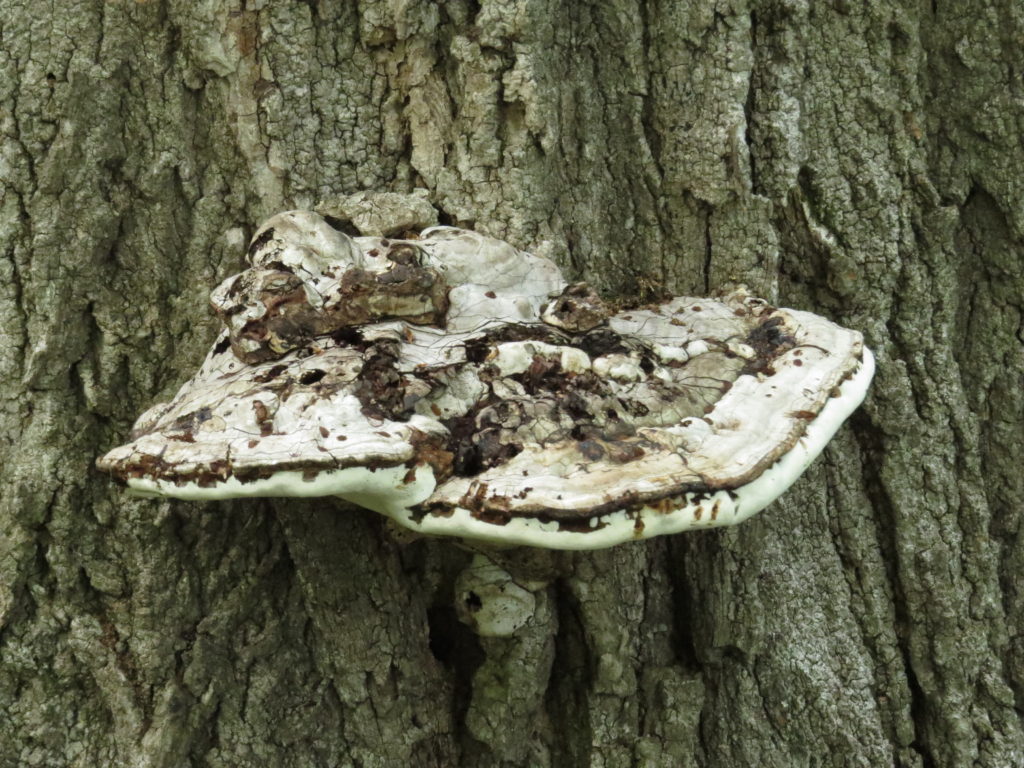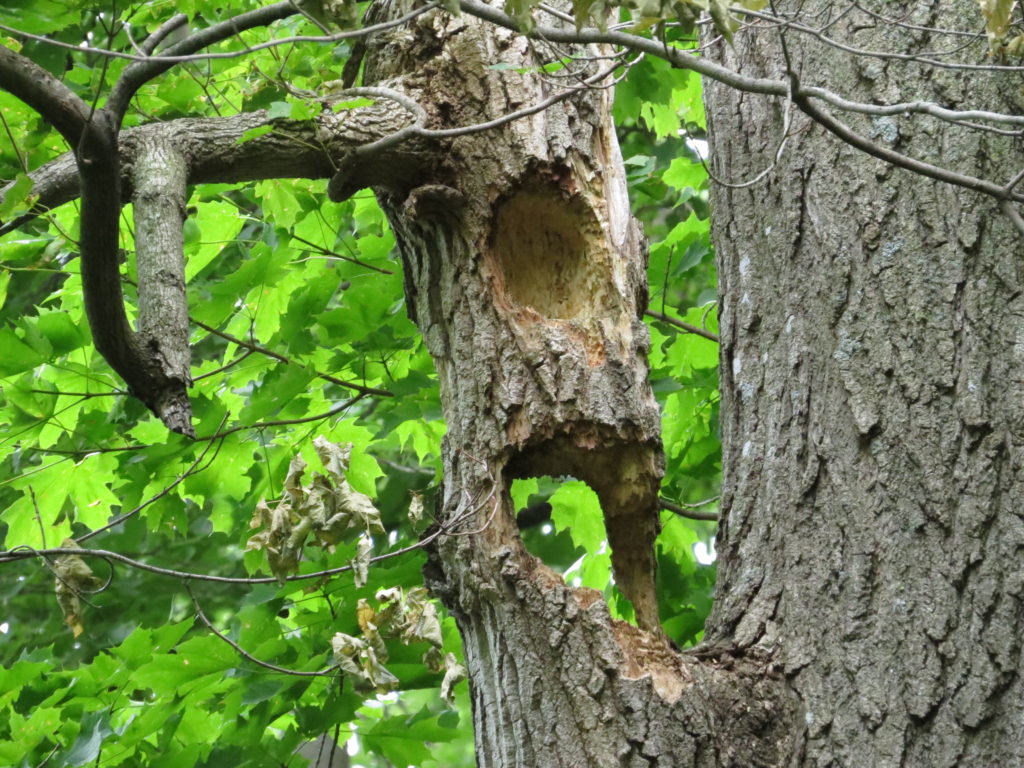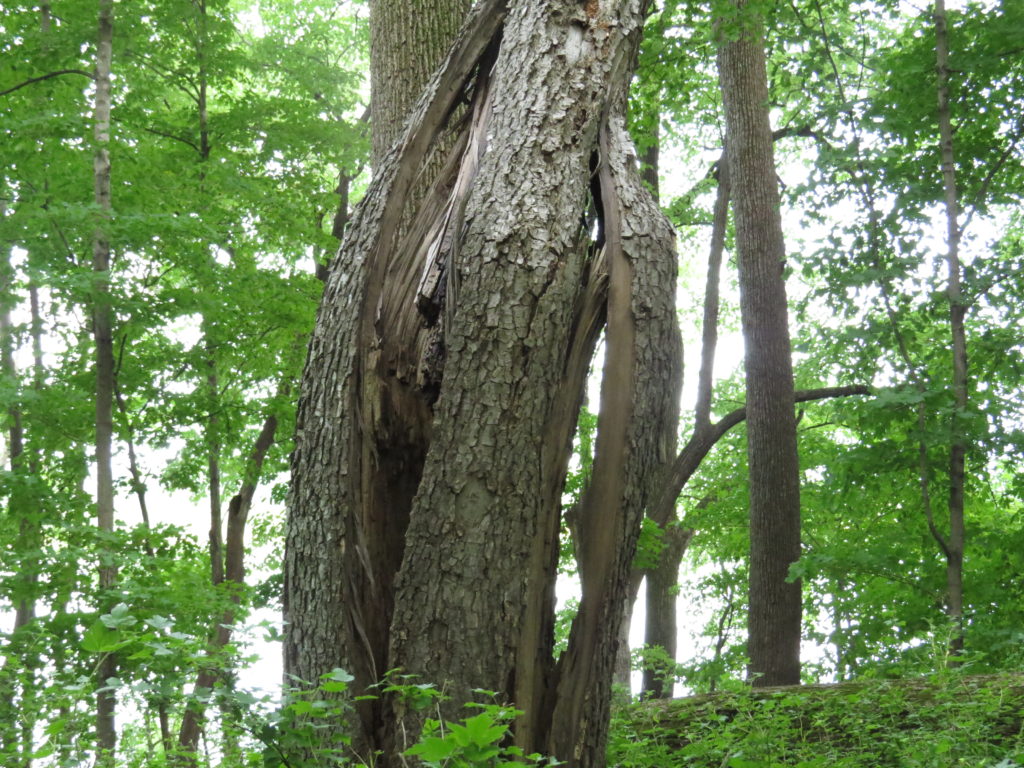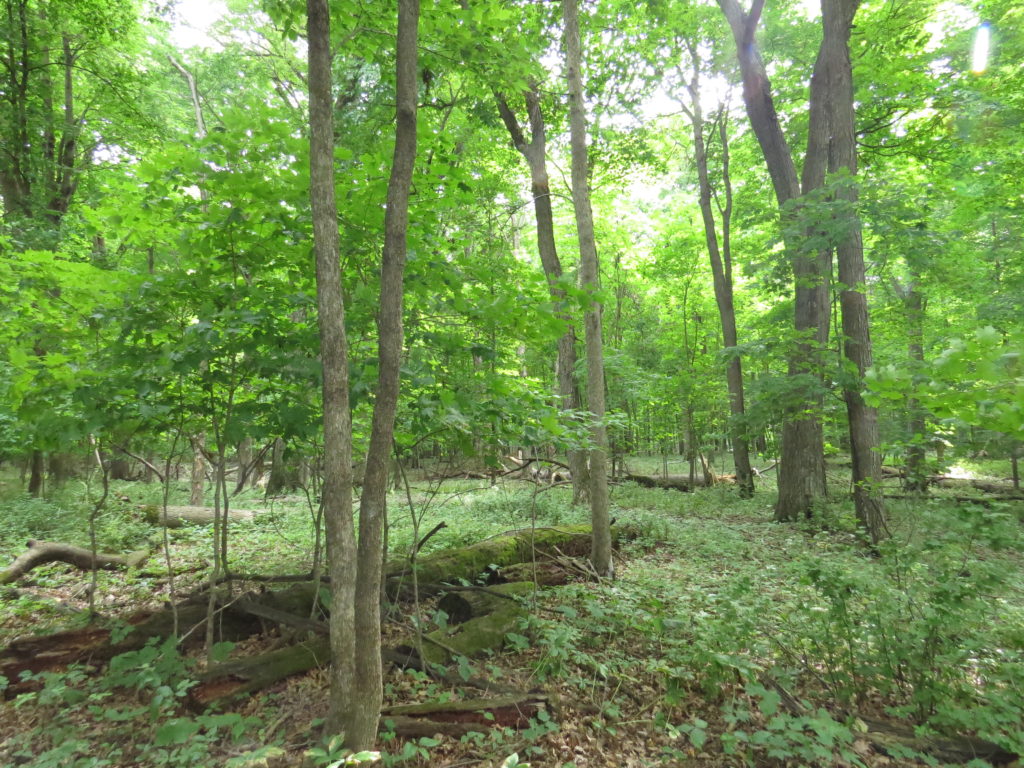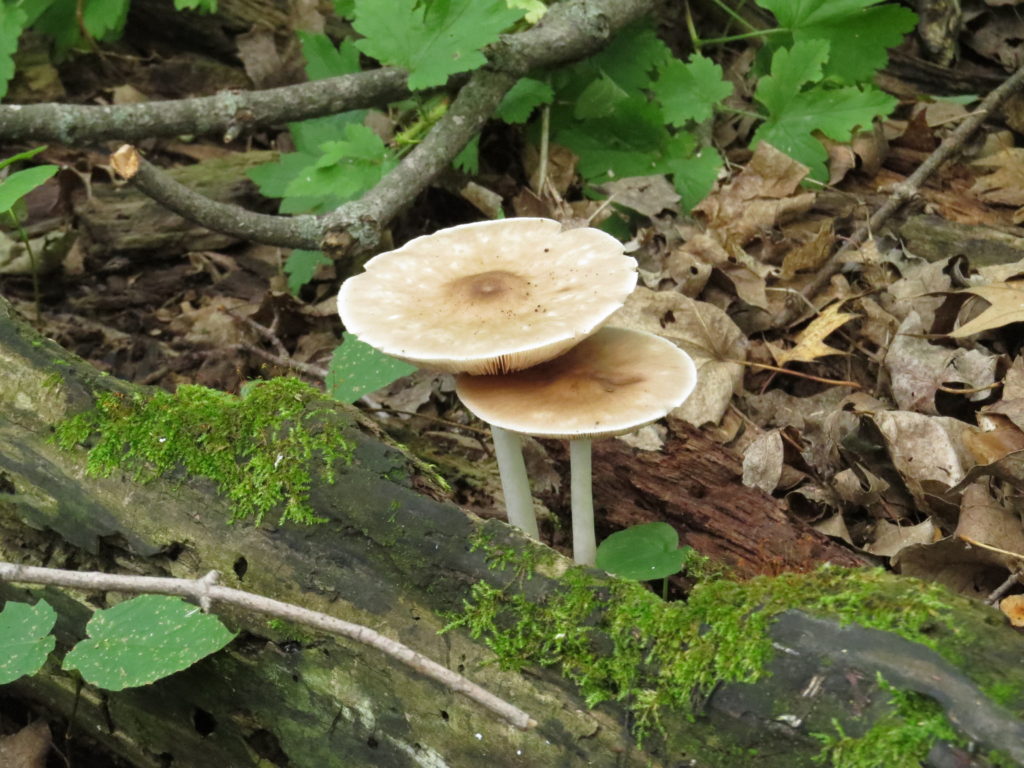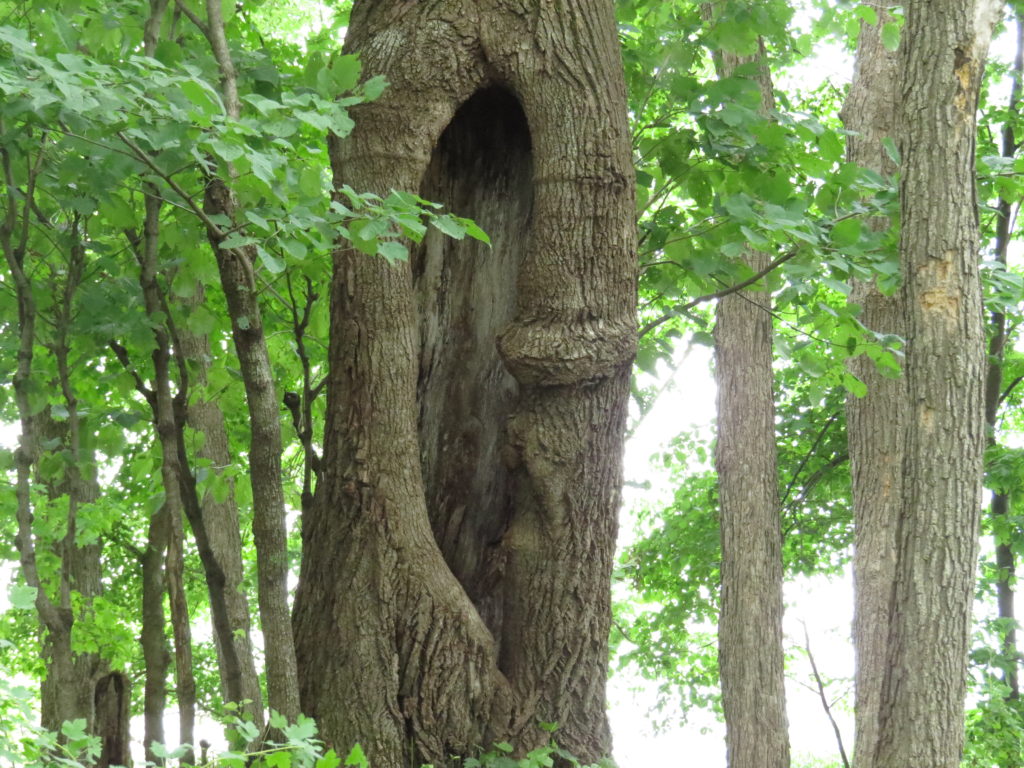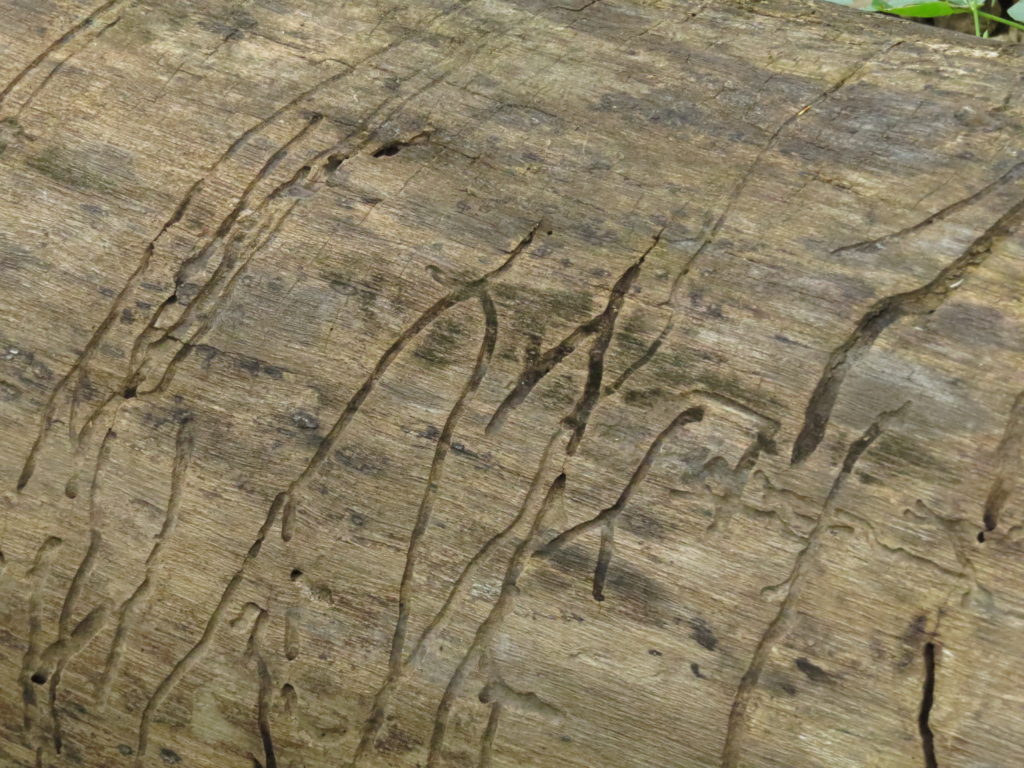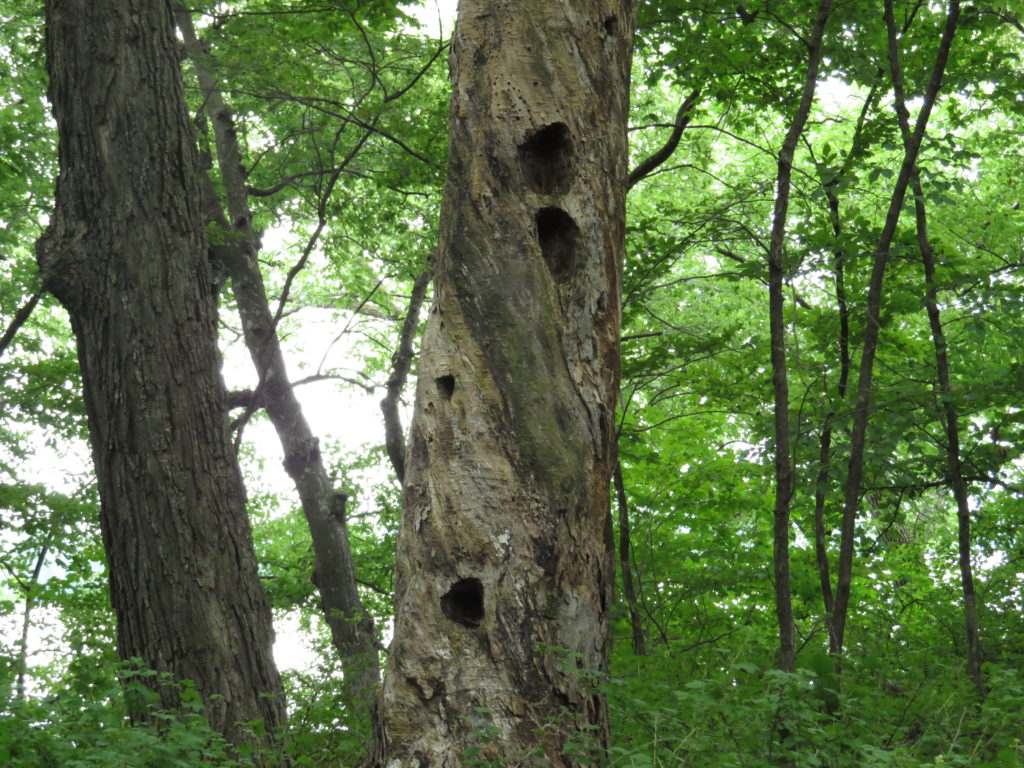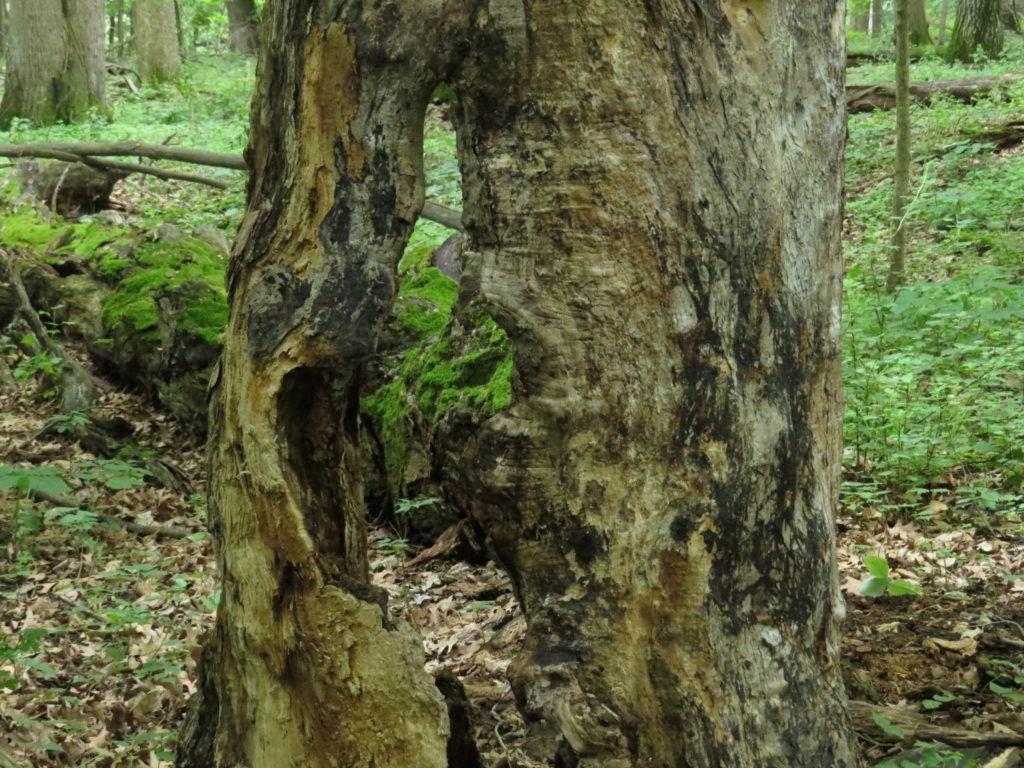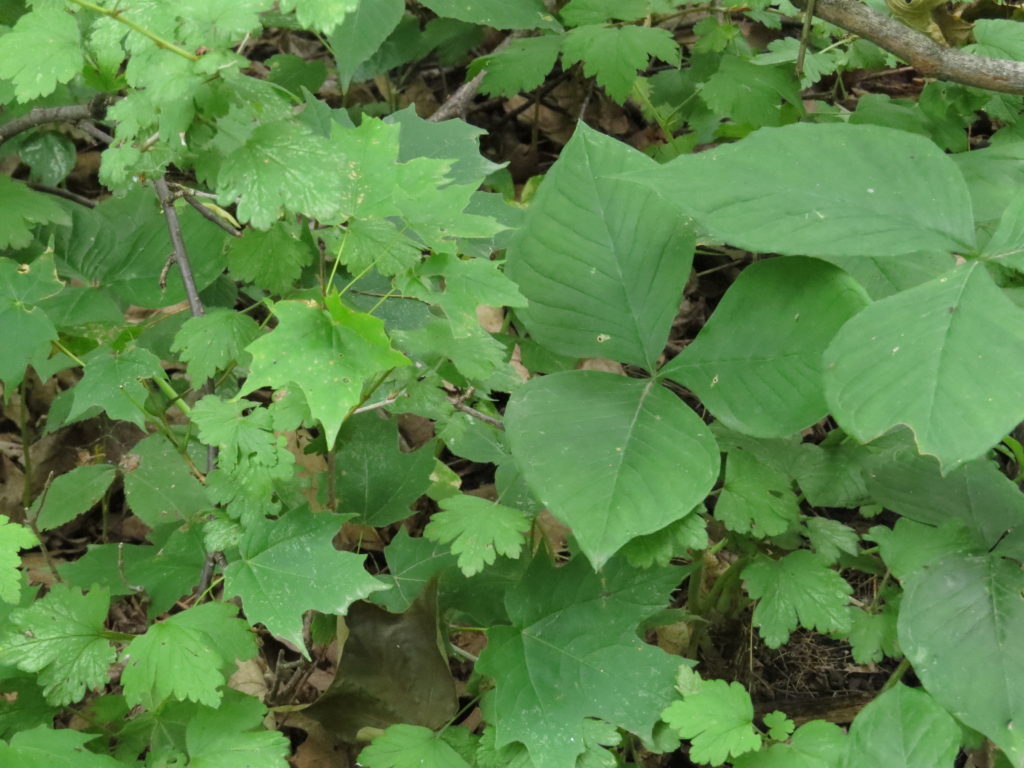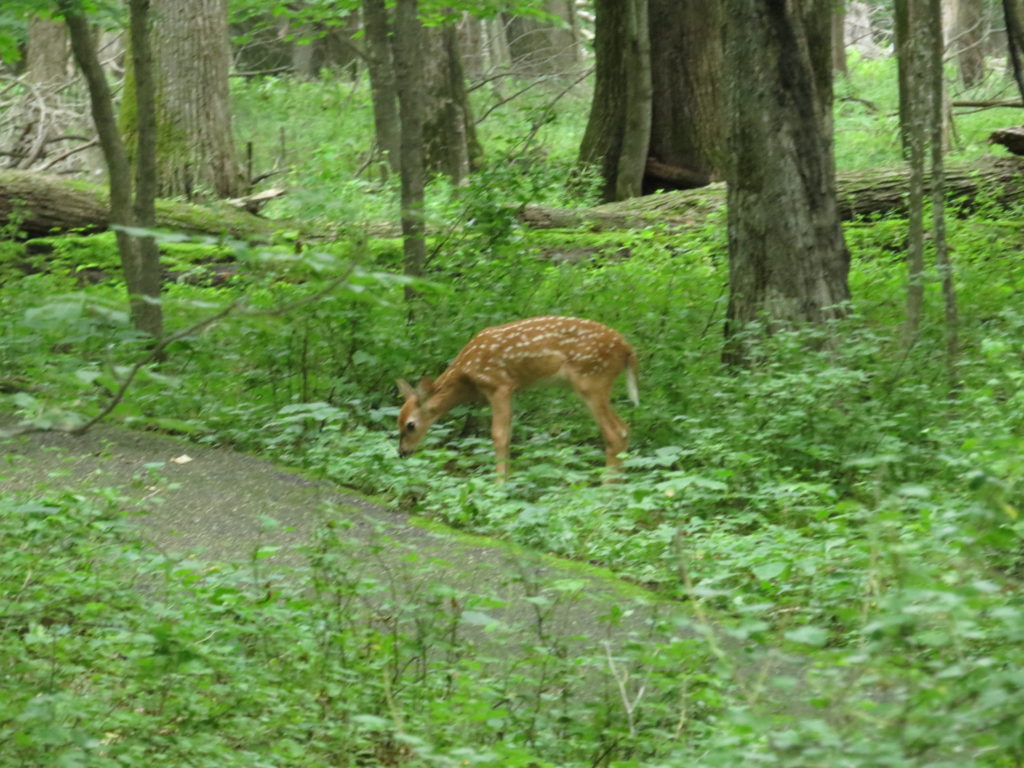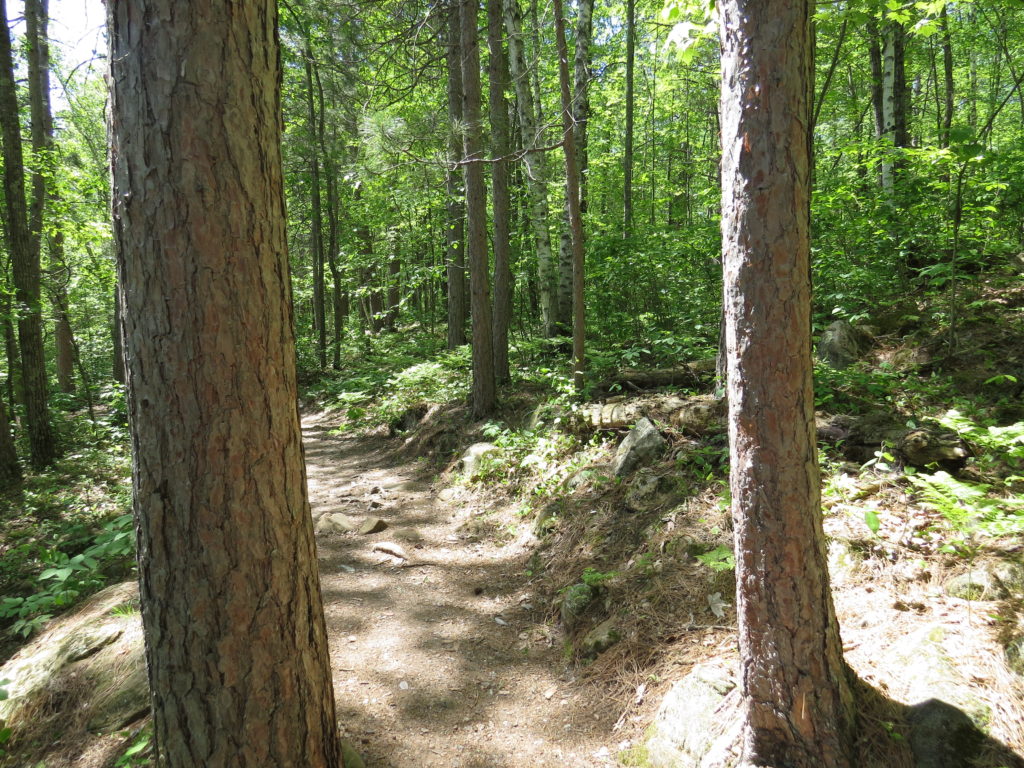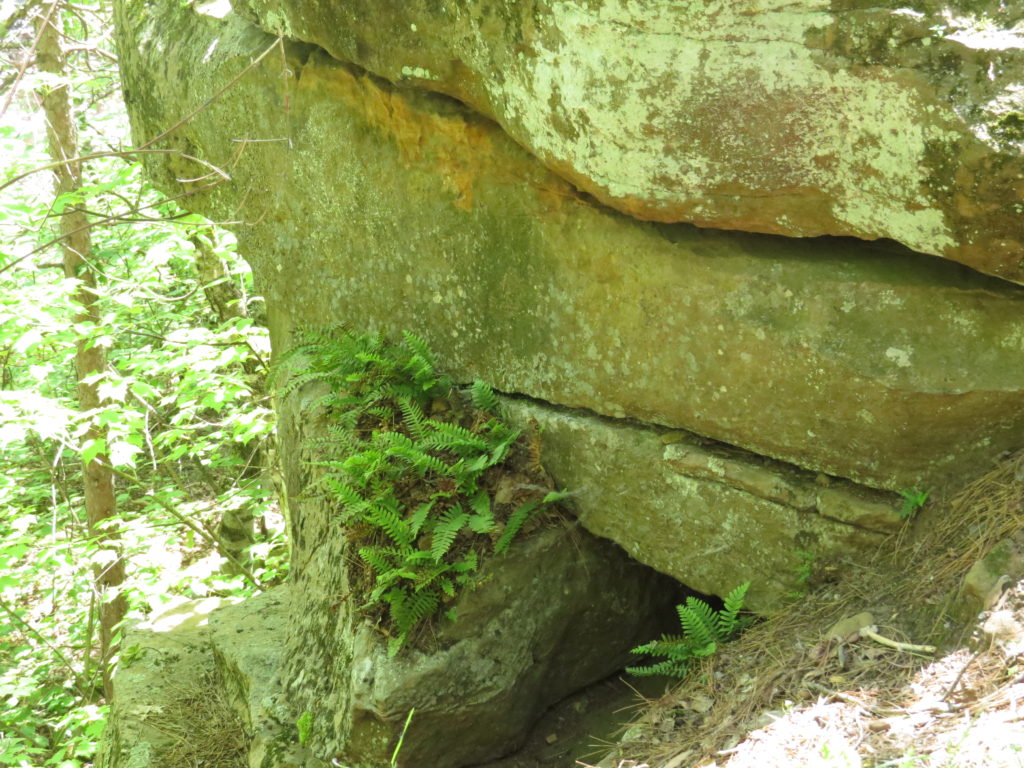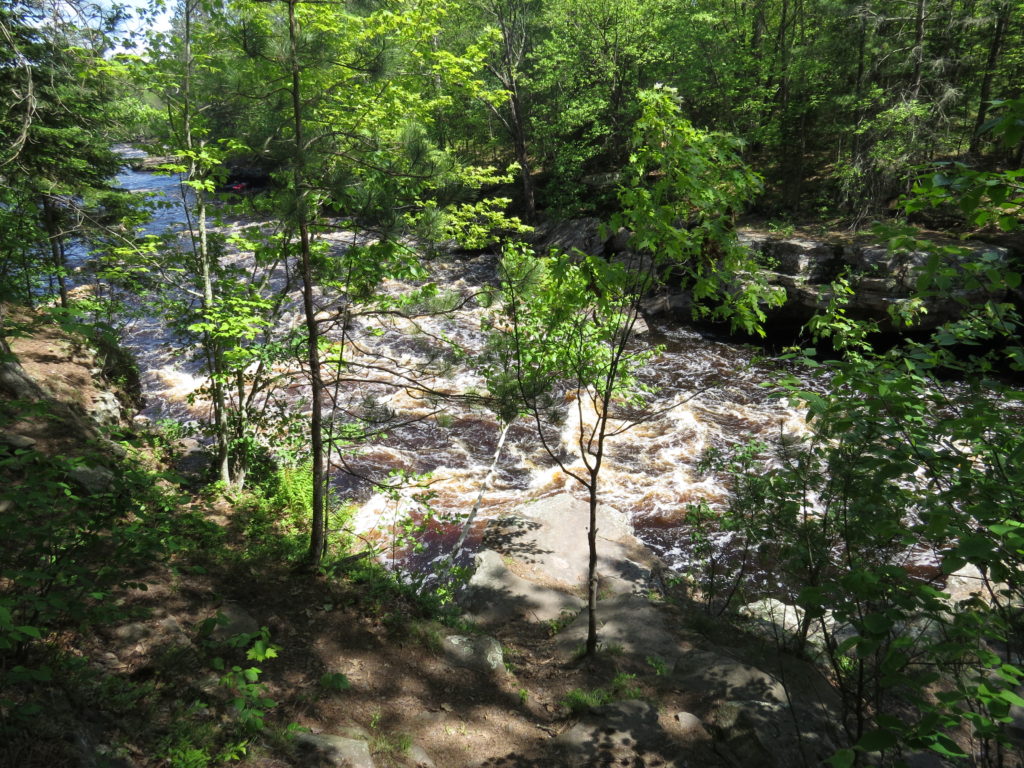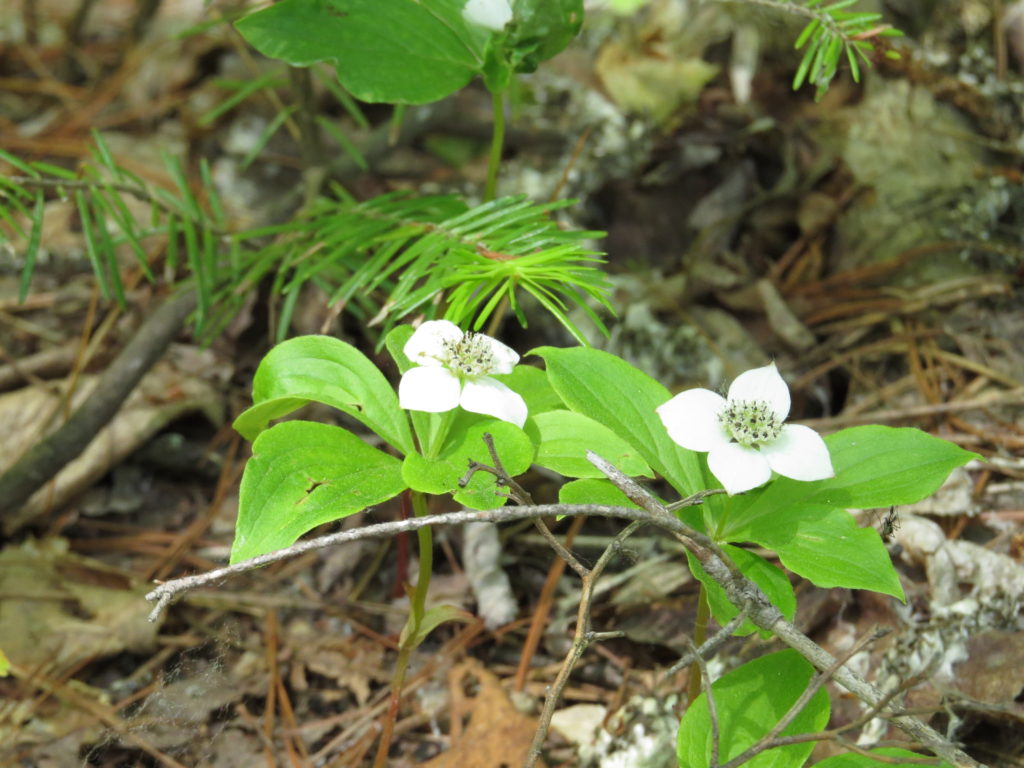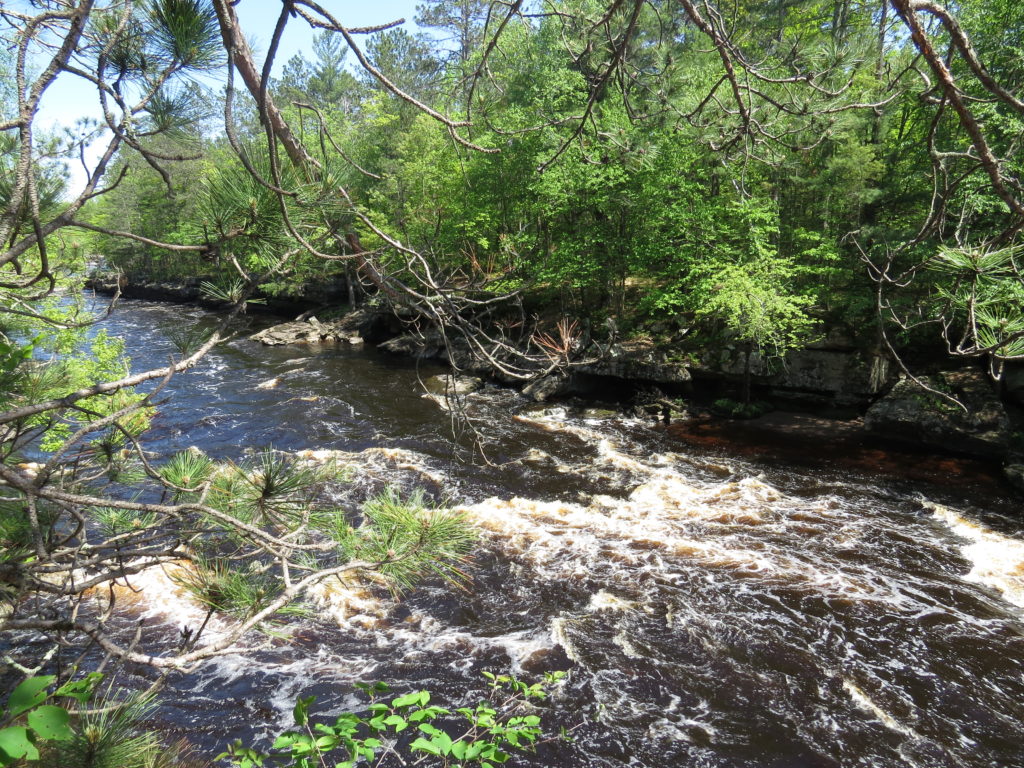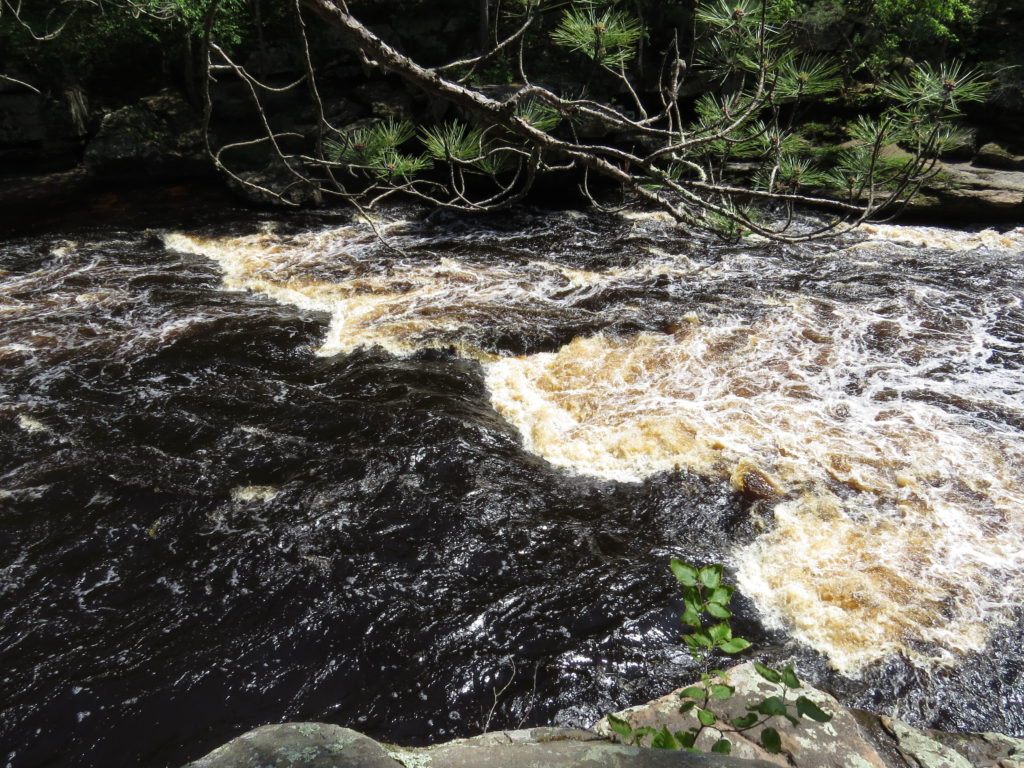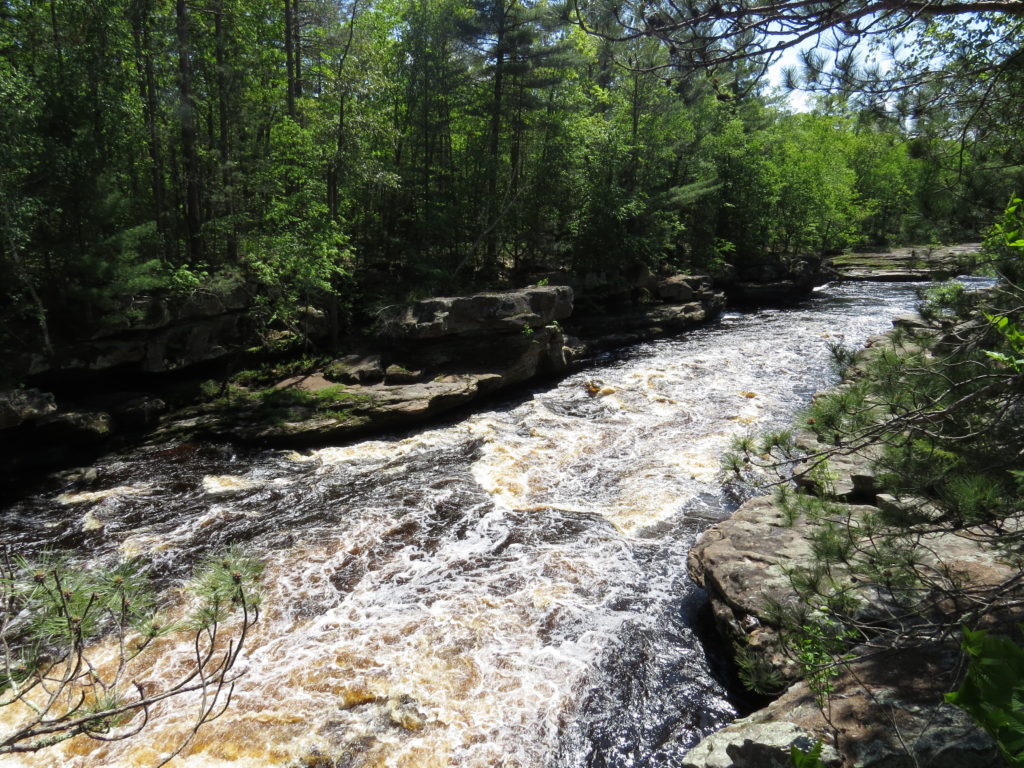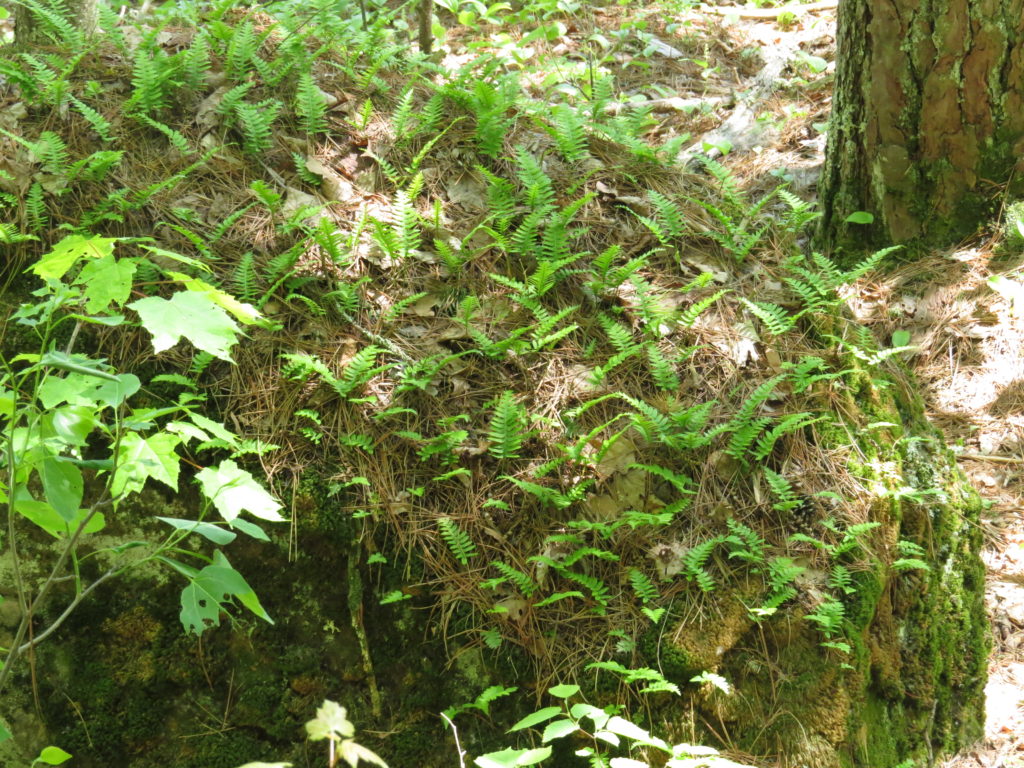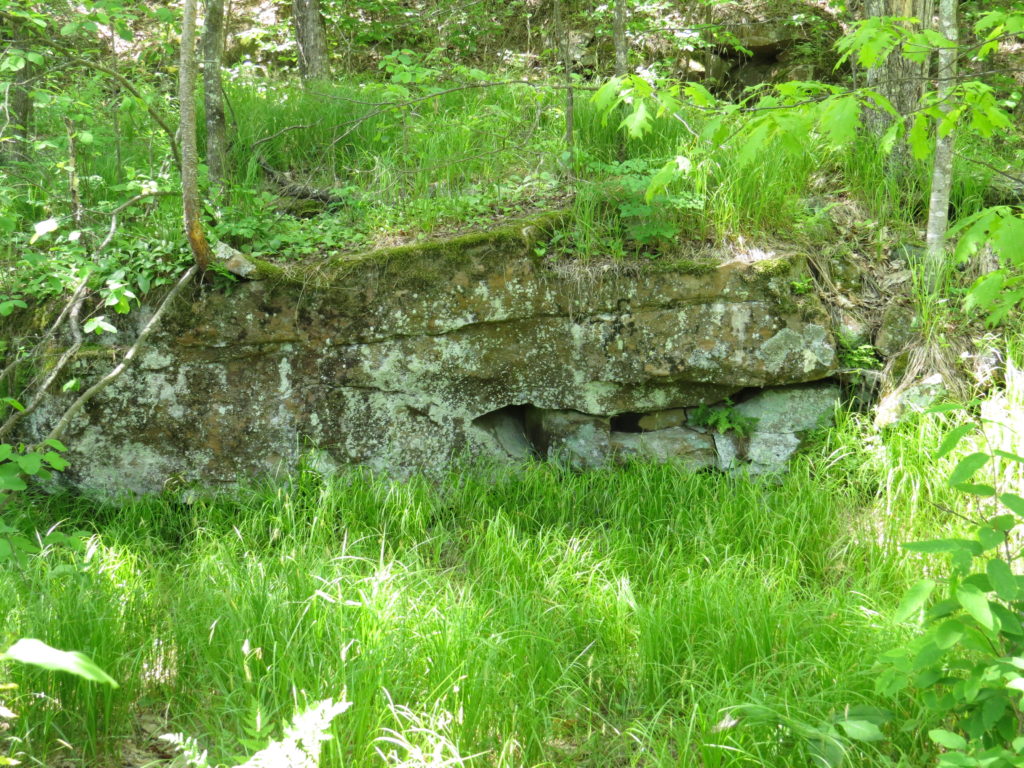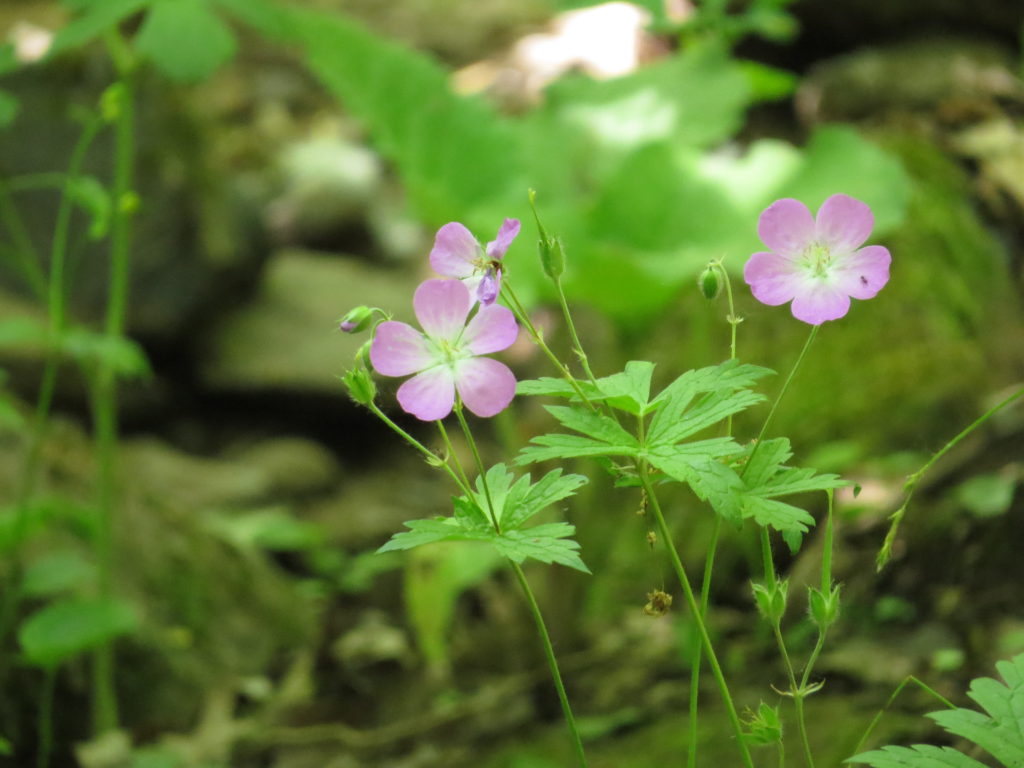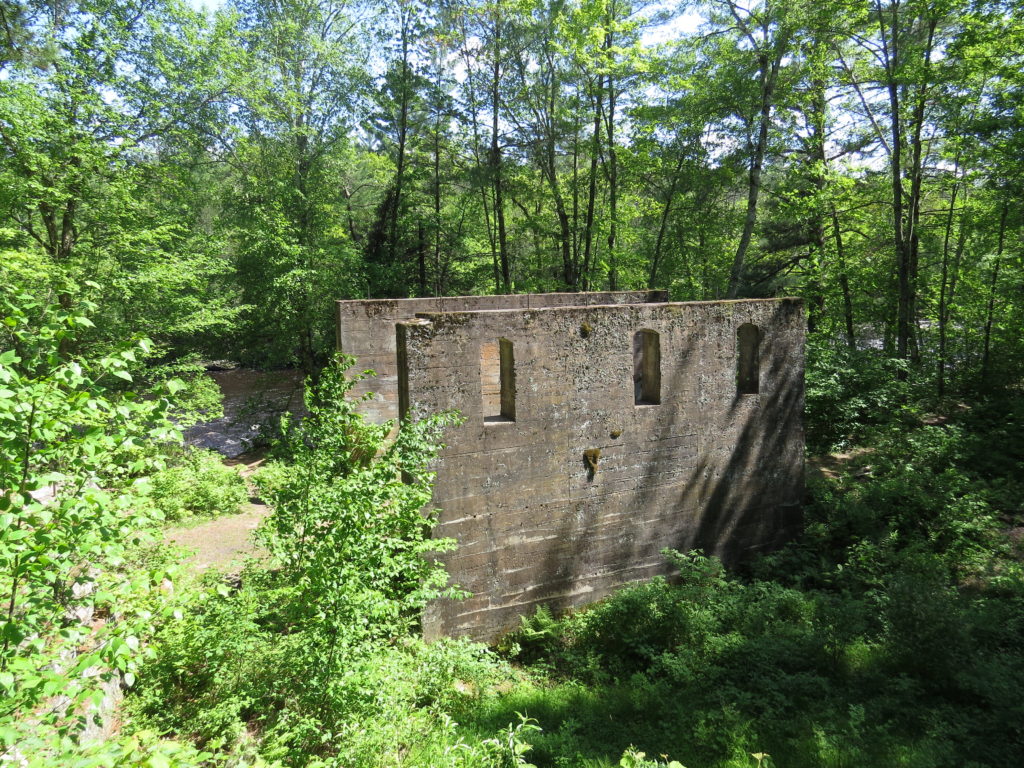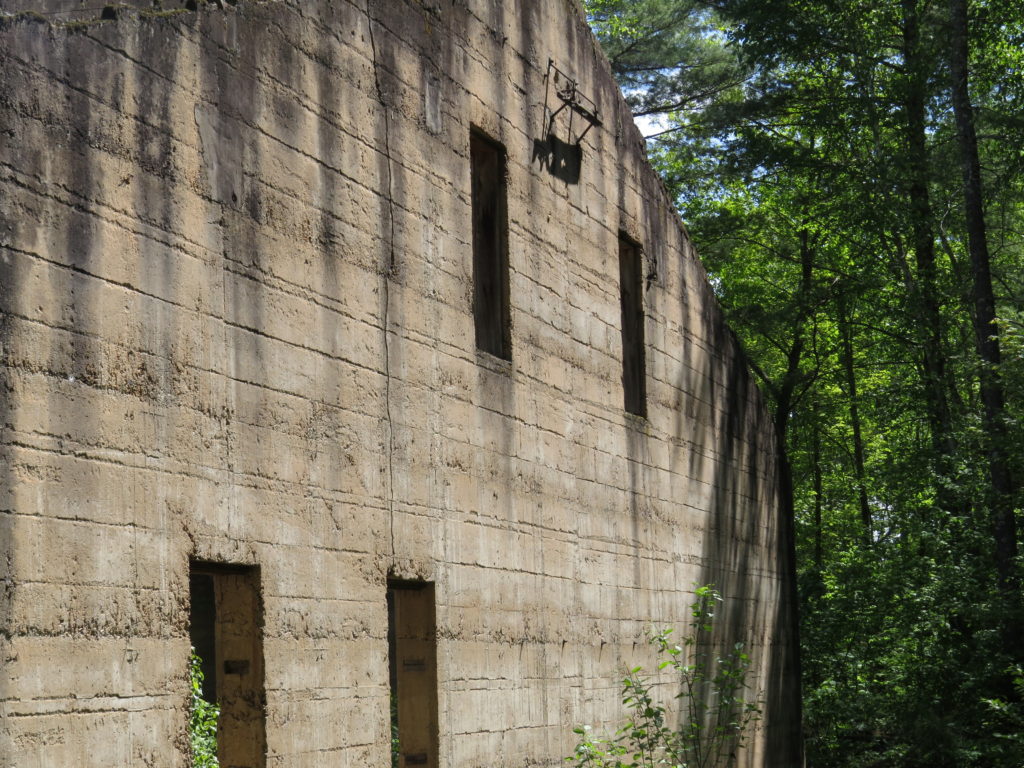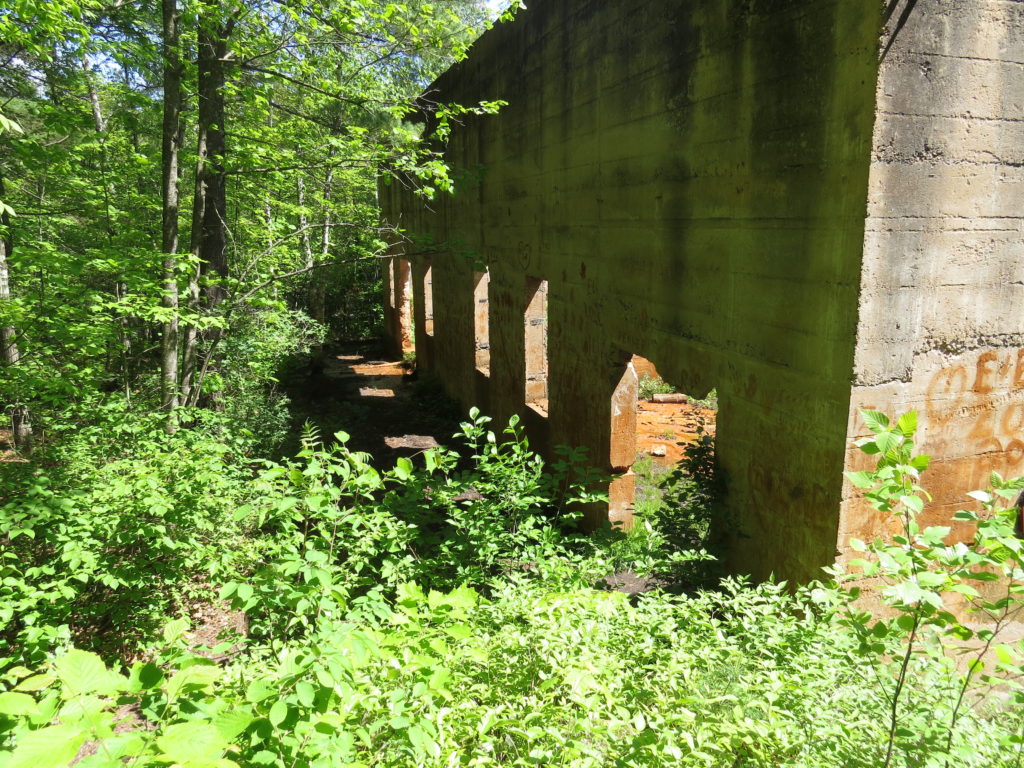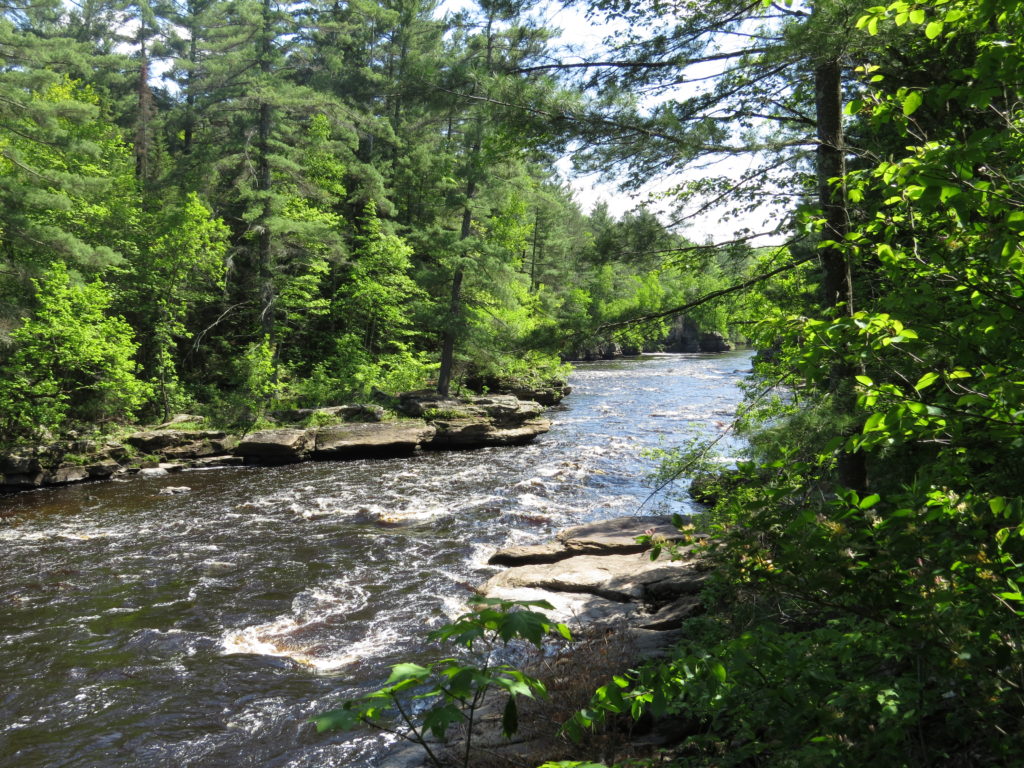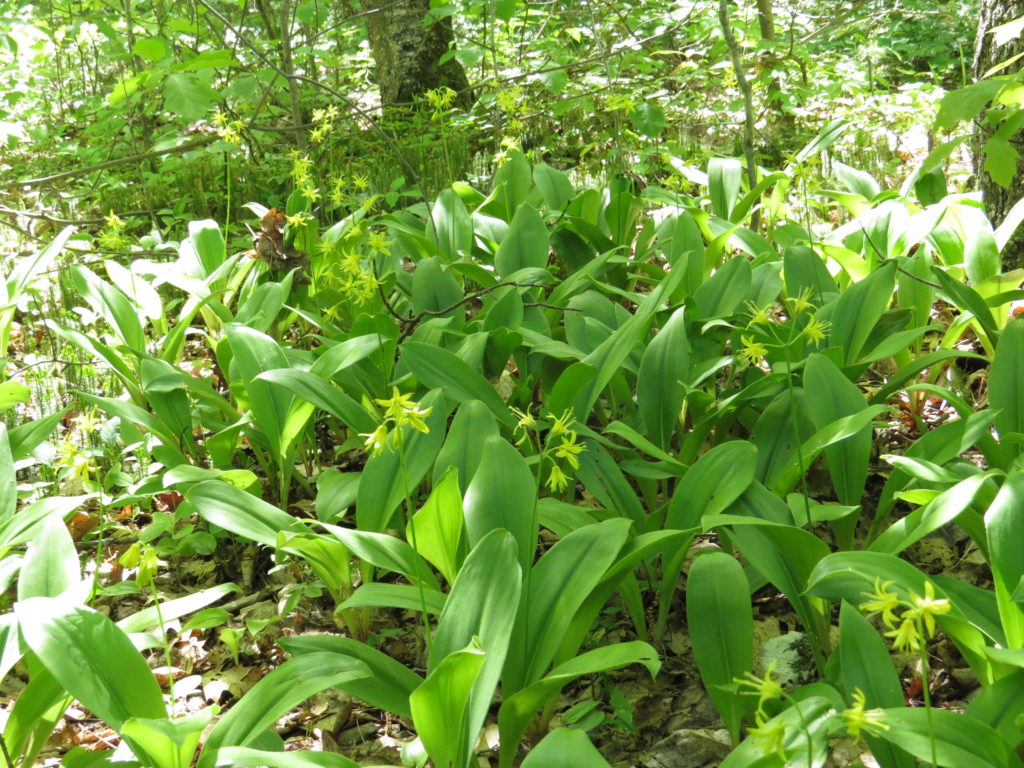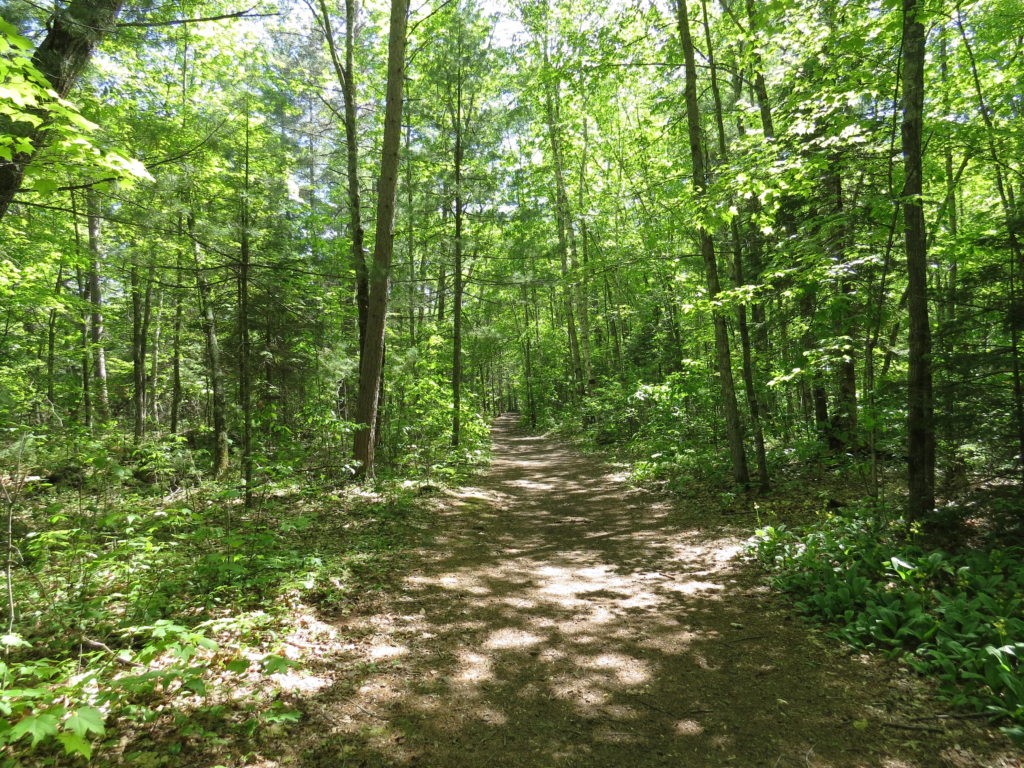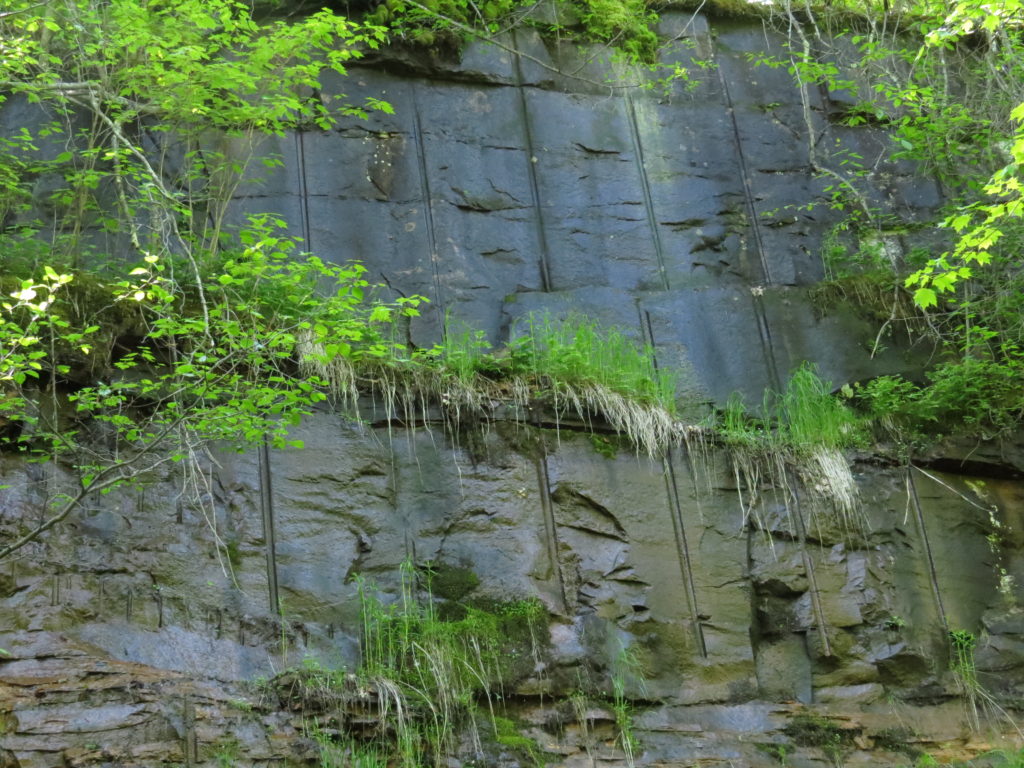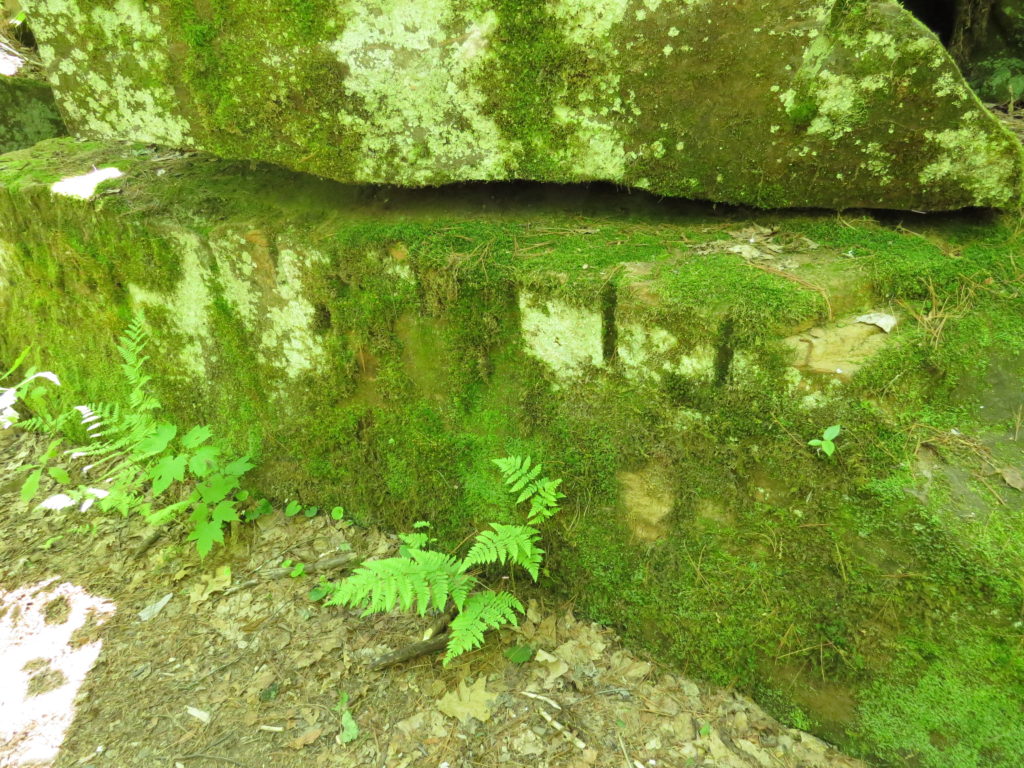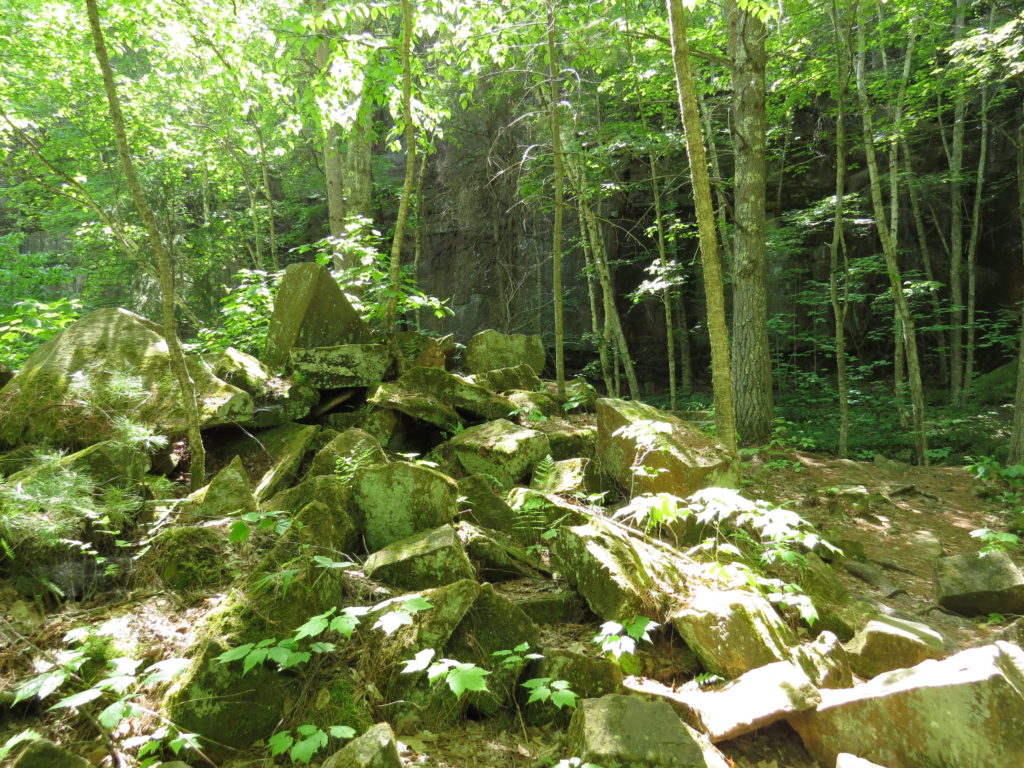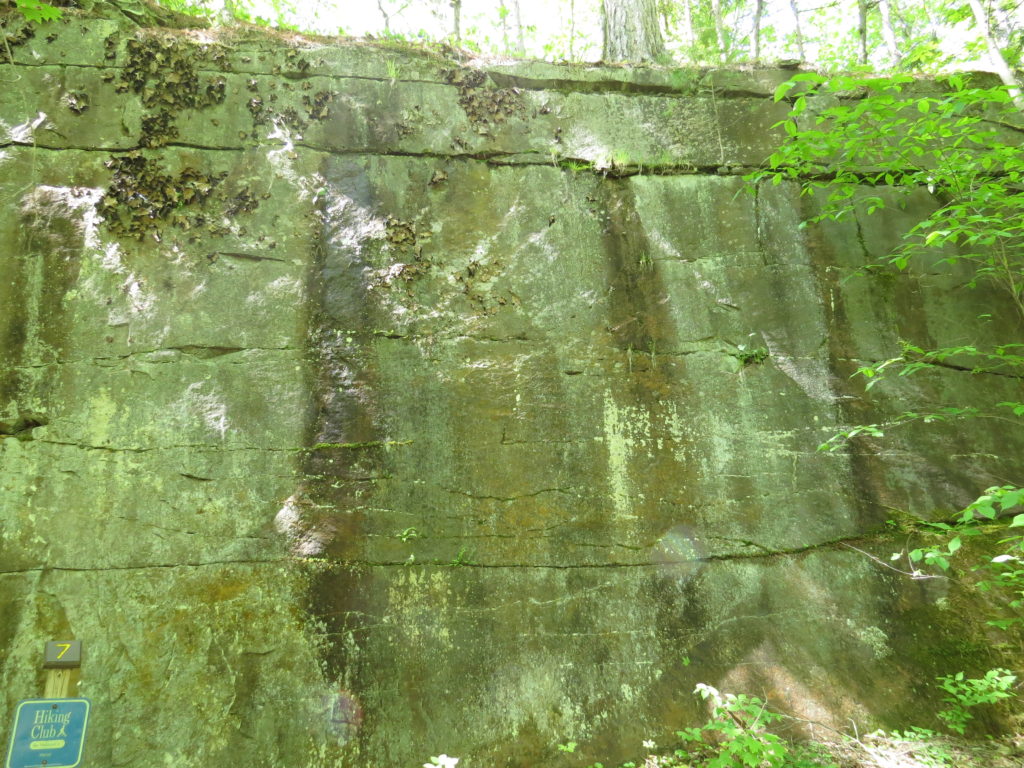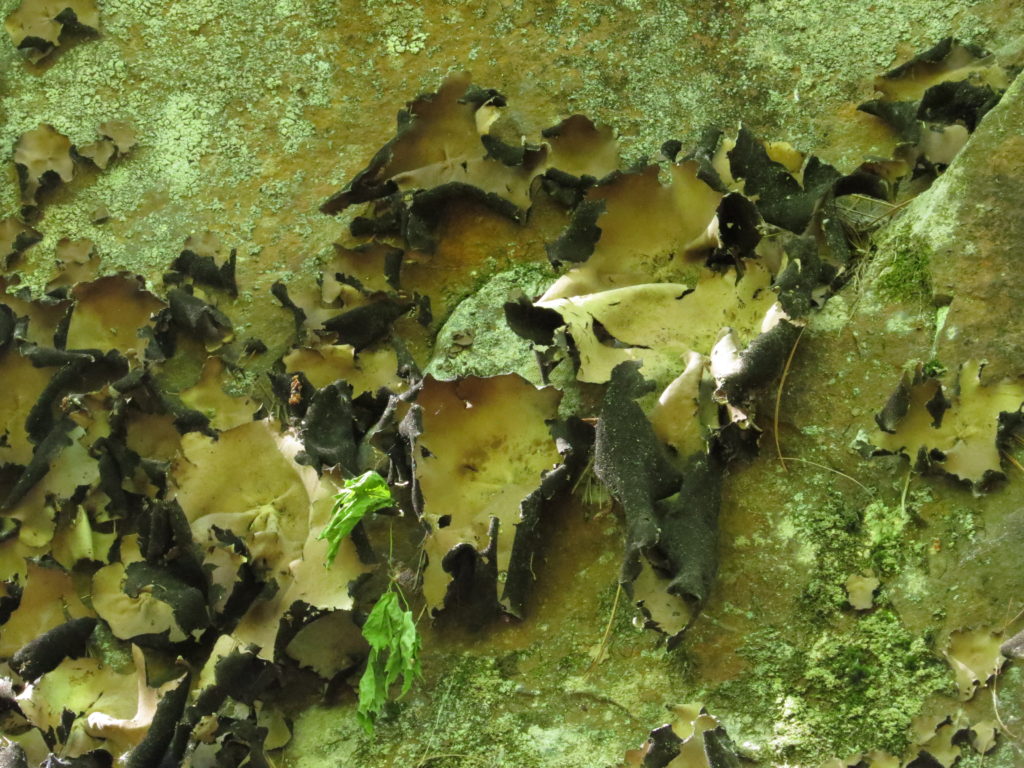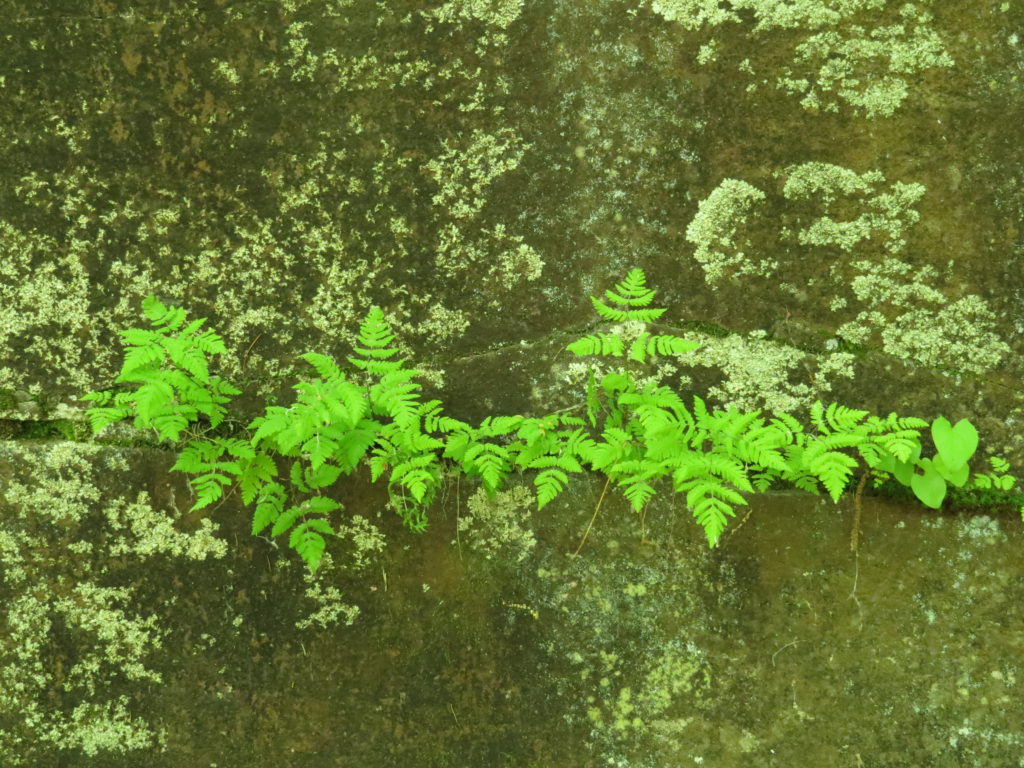I lived in eastern Pennsylvania for a good part of my growing-up years. Since the late 1800’s, Western Pennsylvania was known as coal country. In the 1960’s, strip mining began to replace underground mining, and with the heightened awareness of environmental issues by the first (April 22, 1970) and subsequent Earth Day Celebrations, strip mining was a big issue. I chose that topic for a term paper I wrote in high school, because the pictures of what strip mining did to the land turned my stomach and kind of broke my heart. Even the phrase ‘strip mining’ has a violent, ugly sound to it, and now tends to be replaced with the term ‘surface mining,’ which also includes ‘open-pit’ and ‘mountain-top removal’ mining. (Two other methods that sound as ugly as they are.) Strip mining is more efficient and cost-effective for the mining companies and safer for the miners, but it is an environmental nightmare that pollutes waters, scars and alters the landscape, erodes soil, damages infrastructure, and destroys wildlife. In the early 70’s, the mining companies promised ‘reclamation.’ They said they would reclaim the land—return it to its natural state. But also by then, the evidence of their reclamation claims was almost non-existent. The scarred and barren land was most often abandoned.
Minnesota also has a long history of mining—not for coal but for iron ore. Iron ore was discovered in the Cuyuna Range area in 1904 and became a mining boom during the World War I and II years. Twenty to thirty mines were dug and new towns sprang up in the area—Ironton, Cuyuna, Crosby, and Riverton, to name a few. Twenty mines were still operational in the early 1950’s, but most were shut down a decade later. The mining companies abandoned huge pits 100-525 feet deep with rock piles 200 feet high. Through the combined efforts of the Iron Range Resources Rehabilitation Board, local and county governments, volunteers, and the Department of Natural Resources, the Cuyuna Country land became a State Recreation Area in 1993. I don’t know how much of the ‘reclamation’ was human manpower and how much was Mother Nature doing what she does, but the area has been transformed back to a more natural state. The 5,000 acres of land has six natural lakes and fifteen deep, cold, mine-pit lakes that house Rainbow and Brown Trout. Aspens, Pines, Birch, Basswood, and Ironwood have regenerated the land.
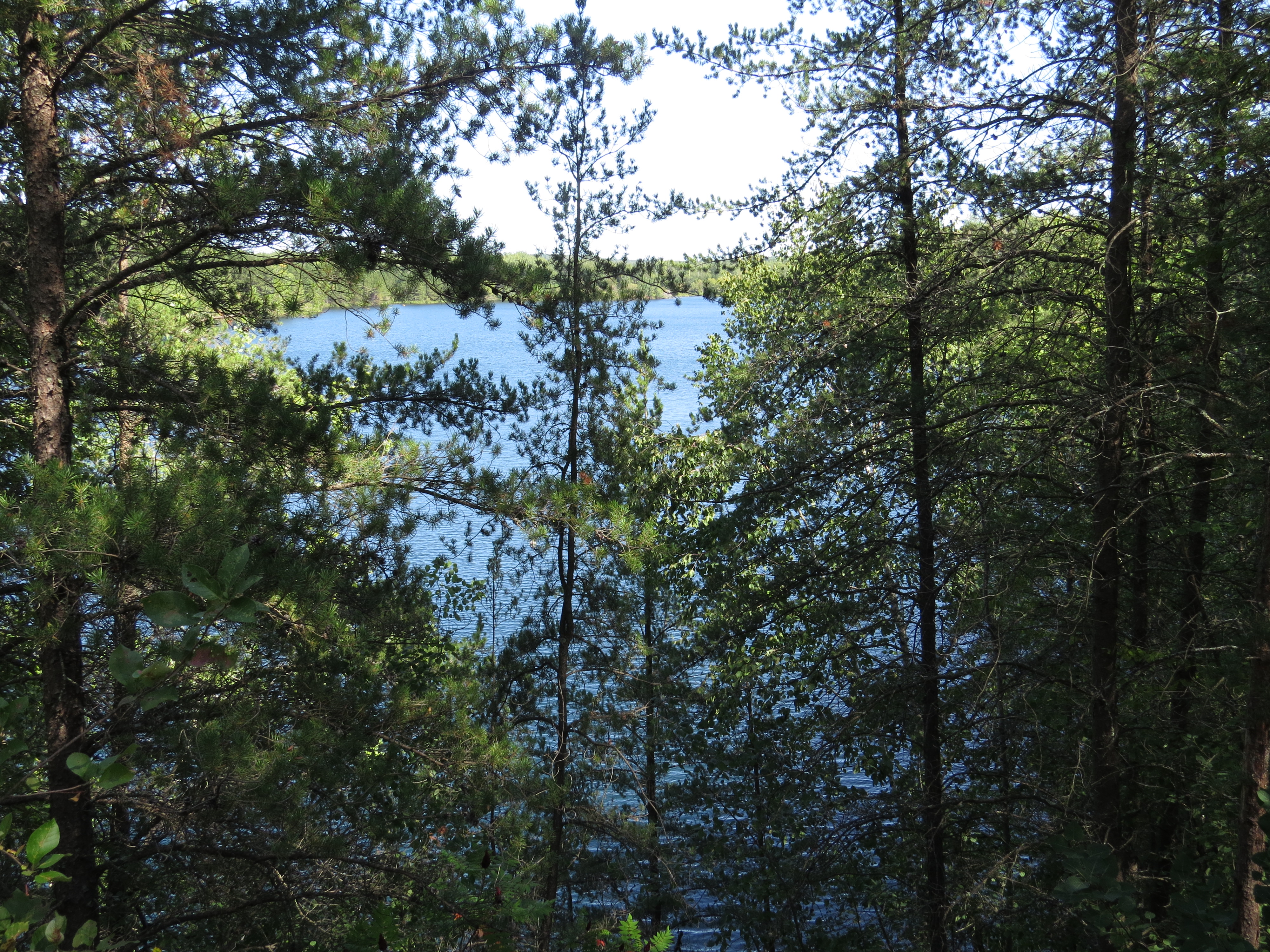
Asters and Zigzag Goldenrod brighten the landscape with their late summer blooming, enticing the pollinators.
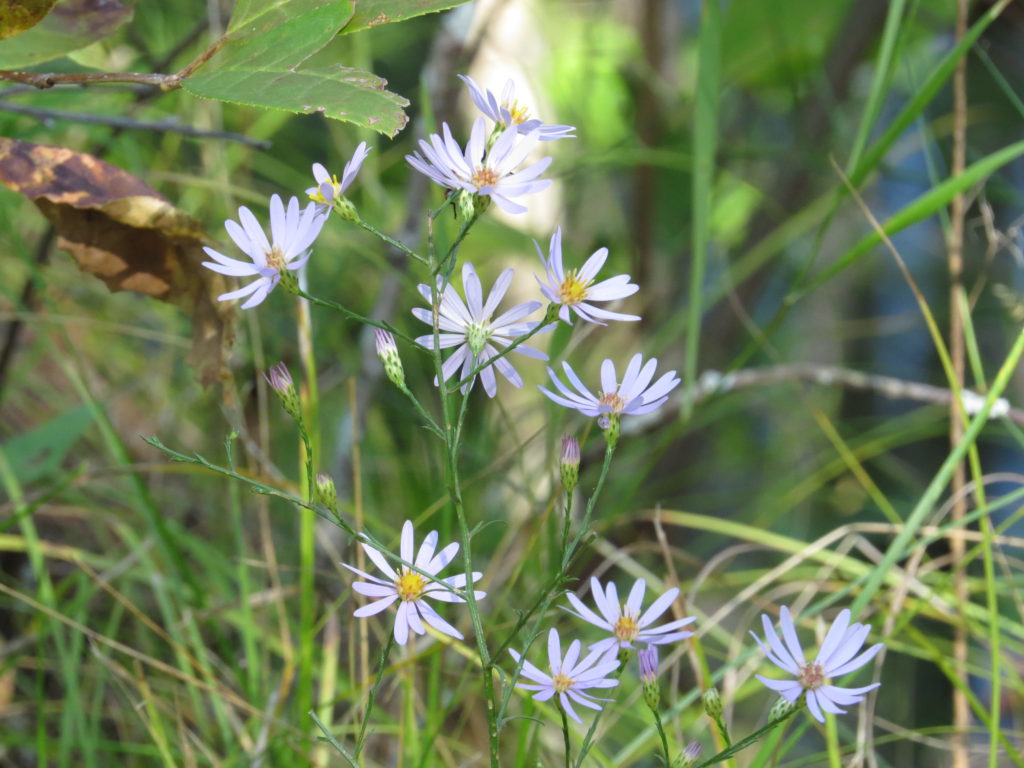
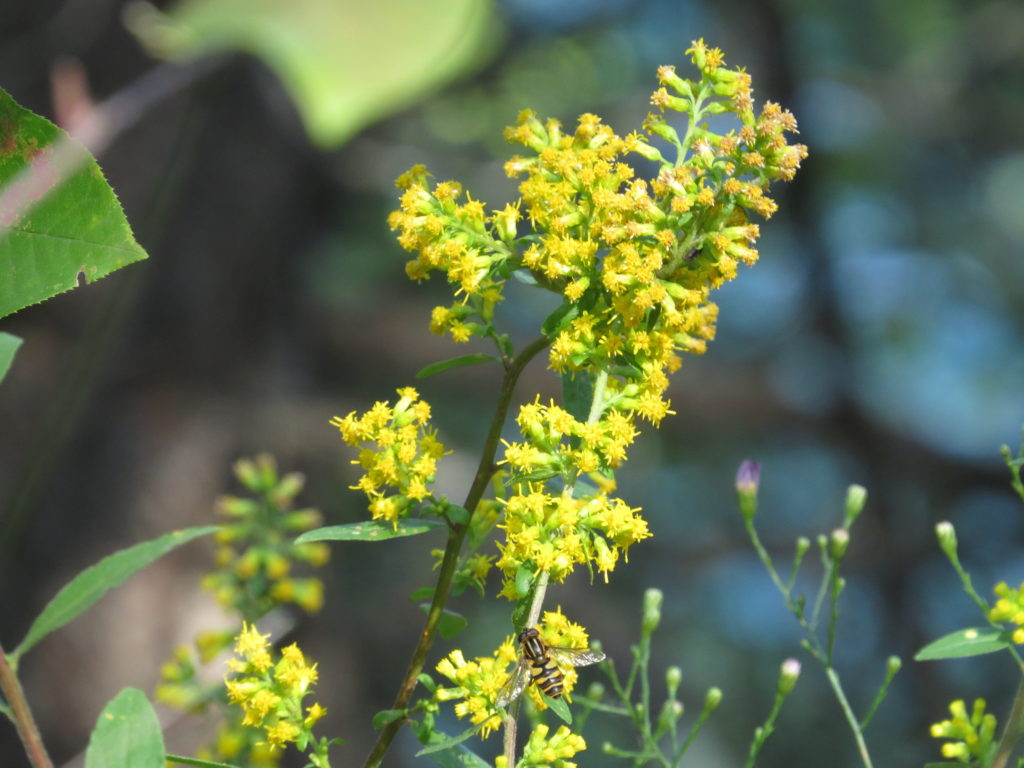
The pit-mine lakes have clear, deep-aqua-colored water that lends itself to scuba-diving, canoeing and kayaking, along with fishing.
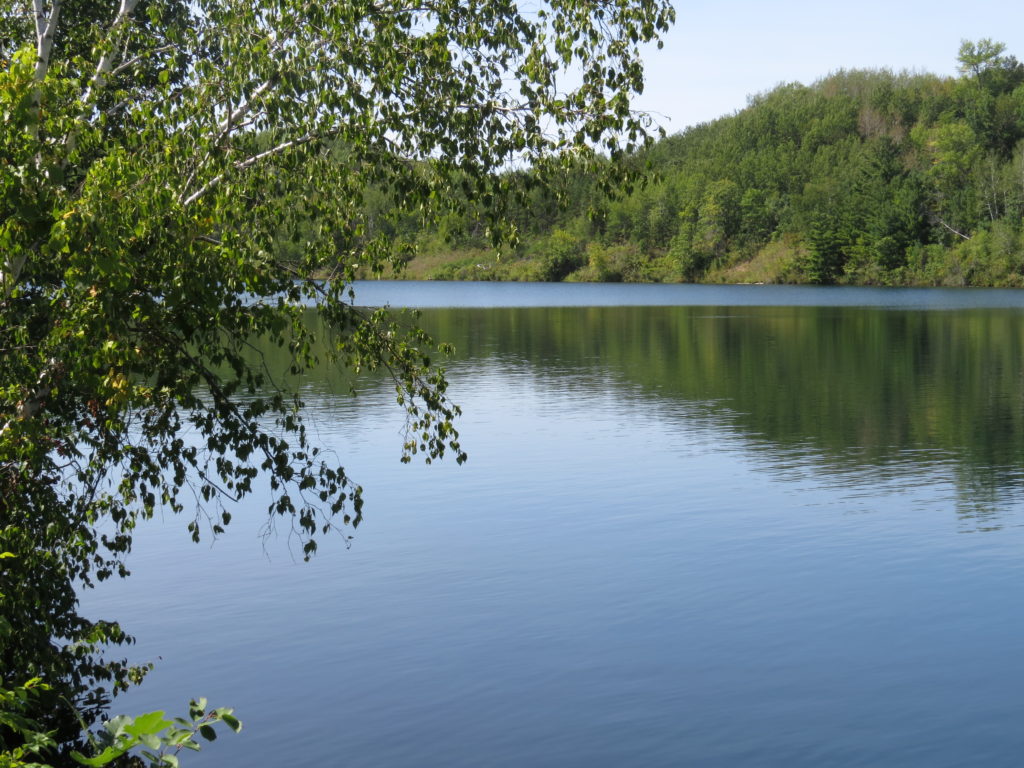
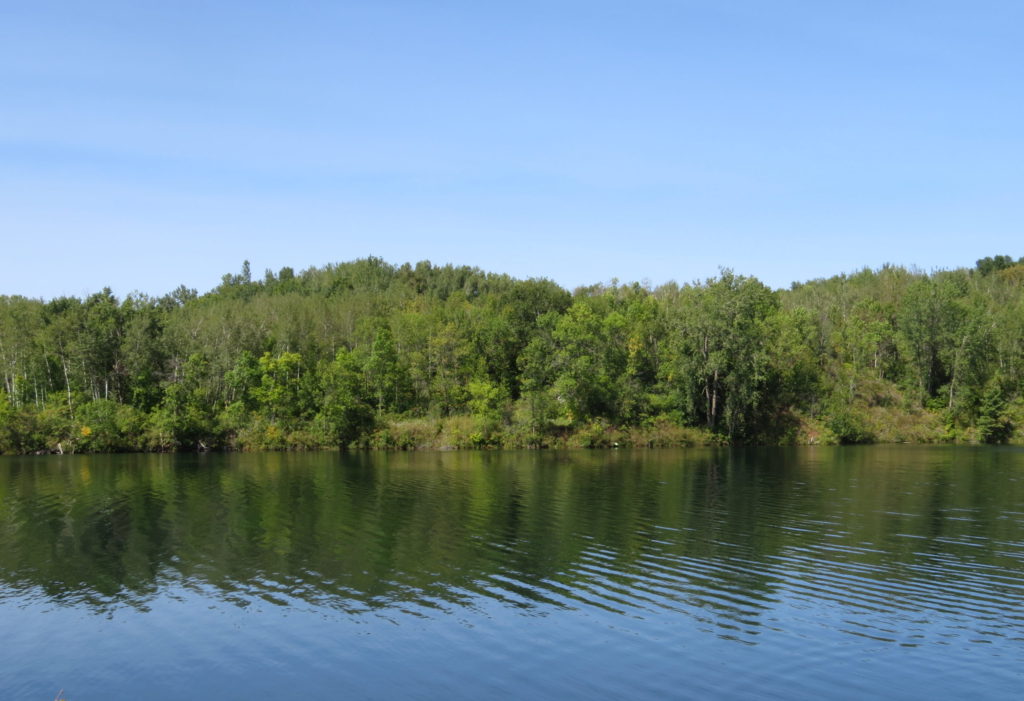
The before and after pictures of Portsmouth Mine and now Portsmouth Mine Lake are dramatic. I would like to see the before-the-mining pictures. The damage is gut-wrenching, and I am reminded why I fervently wrote about strip-mining in high school.
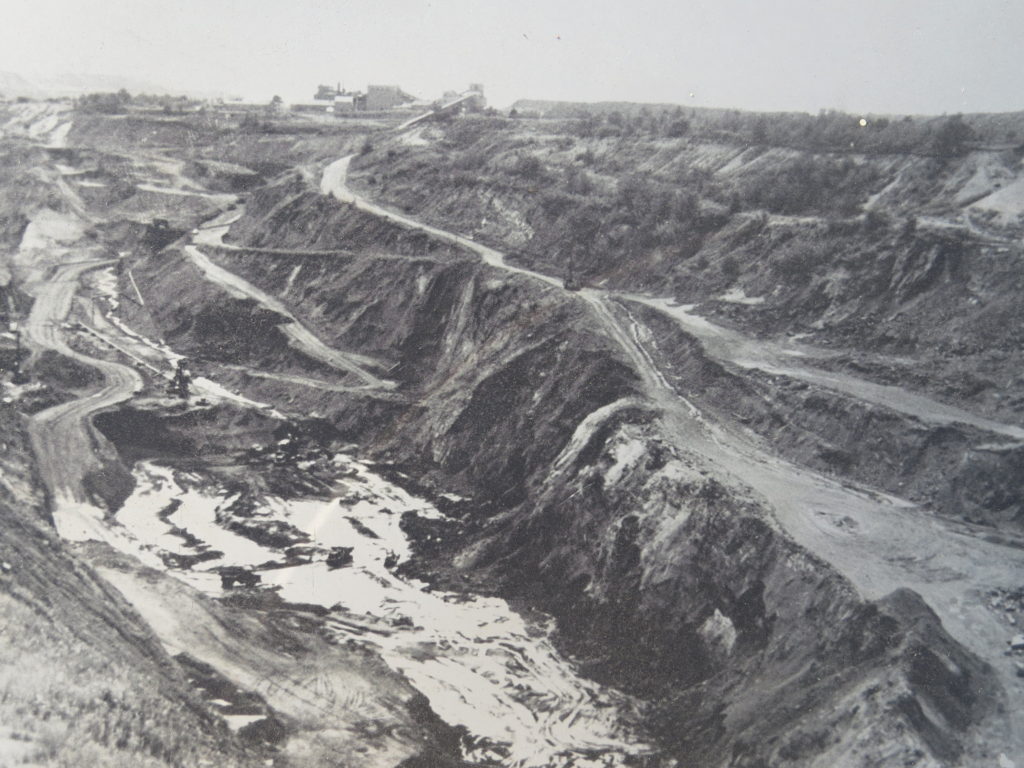
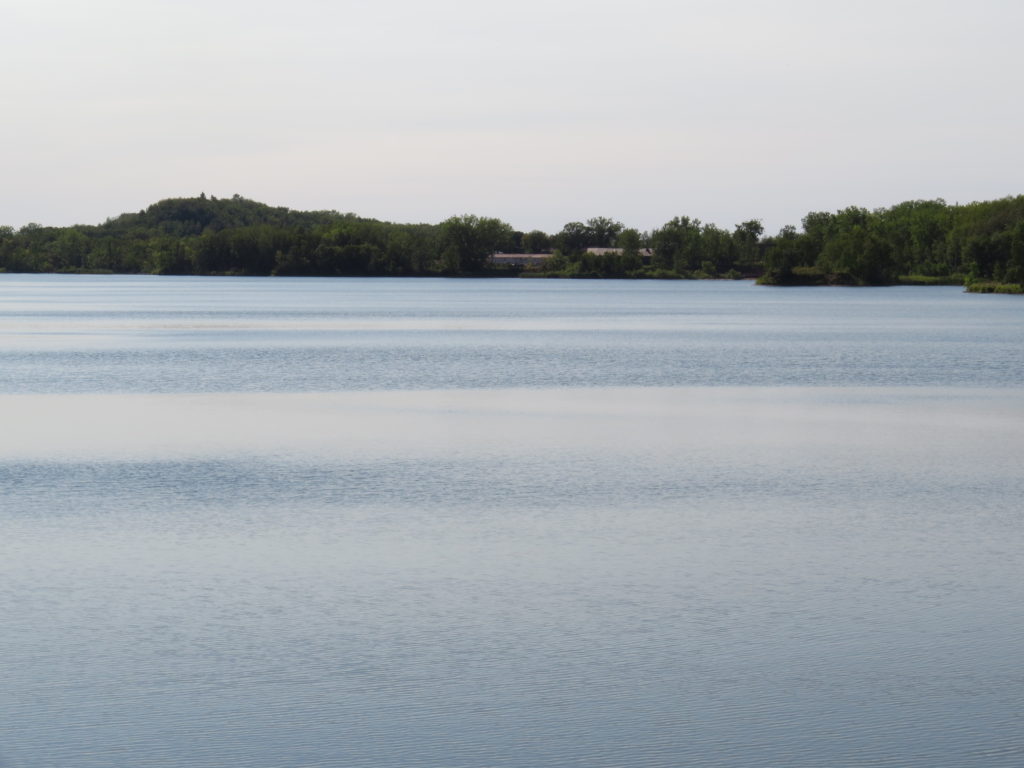
Aspen trees are naturally a ‘reclamation’ tree—they are one of the first to grow after a forest fire. Their colonized root systems and fast growth allow them to quickly regenerate vegetation on barren land.
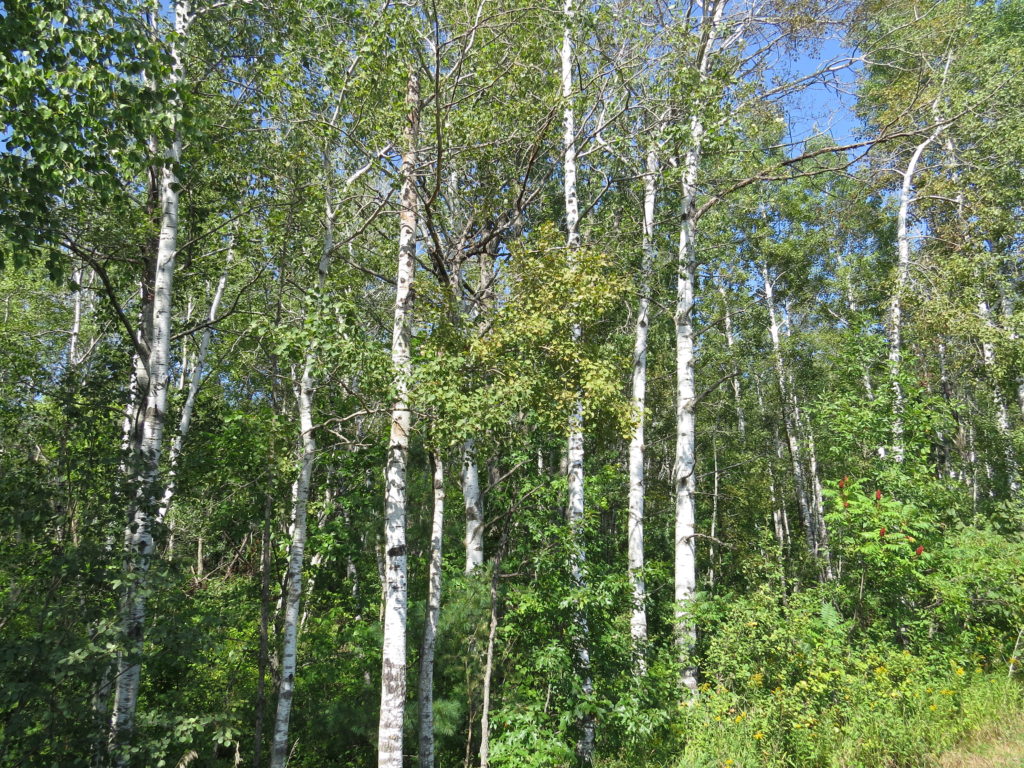
Sumacs are another tree/shrub that easily ‘fill in’ scarred or empty land and also provide food for deer, rabbits, grouse, wild turkeys, and many songbirds.
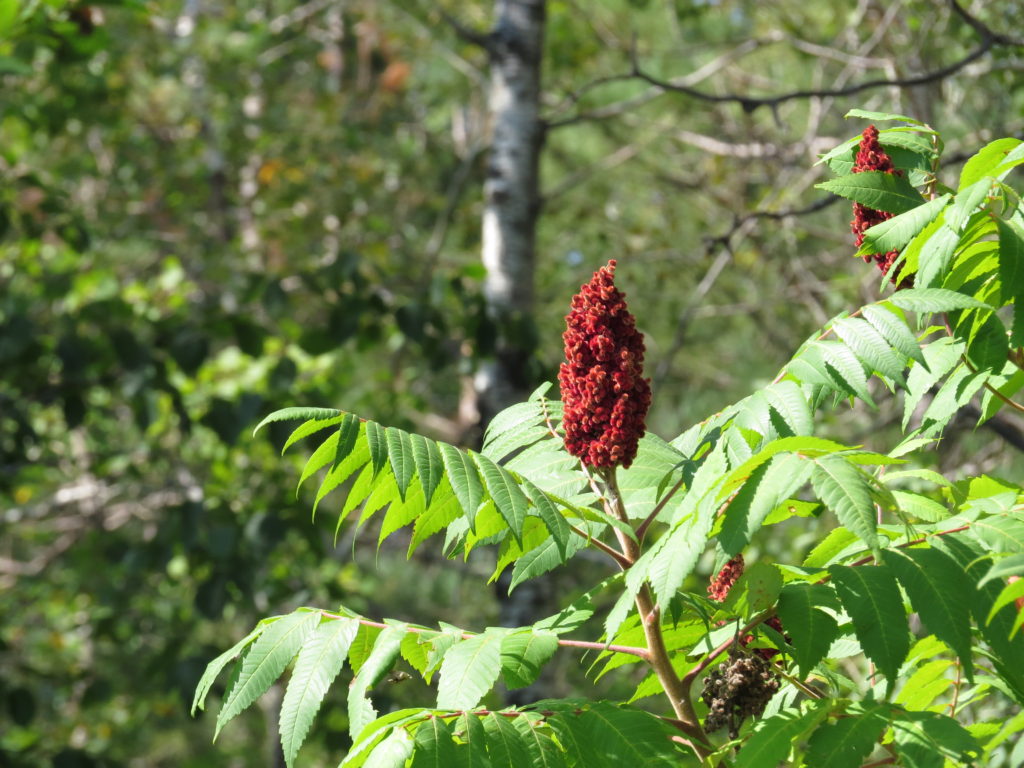
Cuyuna Country Recreation Area is probably best known for its fifty miles of single-track mountain biking trails. When we arrived in Ironton, I mistakenly thought the mountain bike riders had special red-colored tires for their bikes. We were there with our old bikes to ride on the paved State Trail, and it wasn’t long before our tires picked up the red color from the iron-laden rocks and dirt from the mountain bikers that crossed the paved trail.
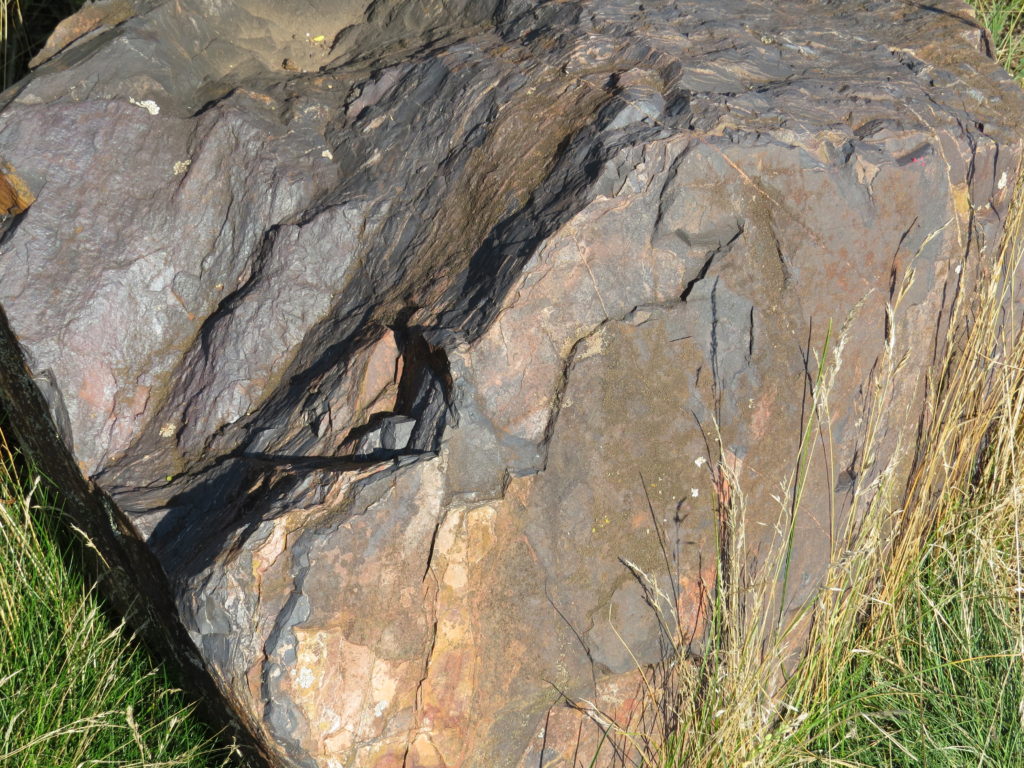
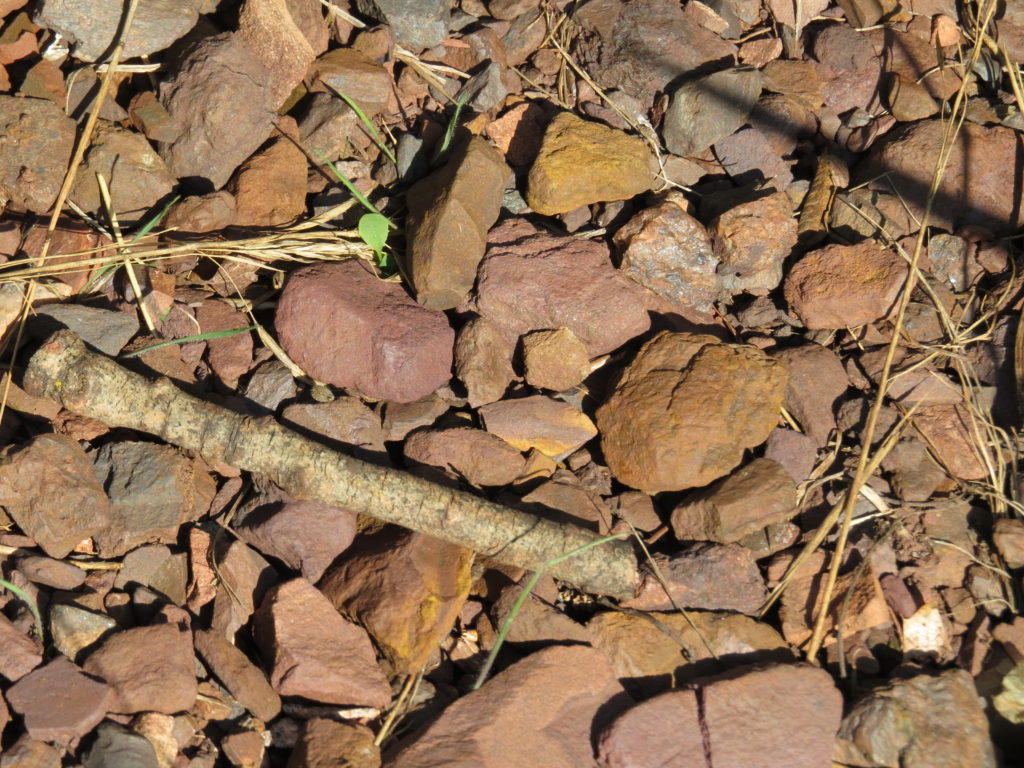
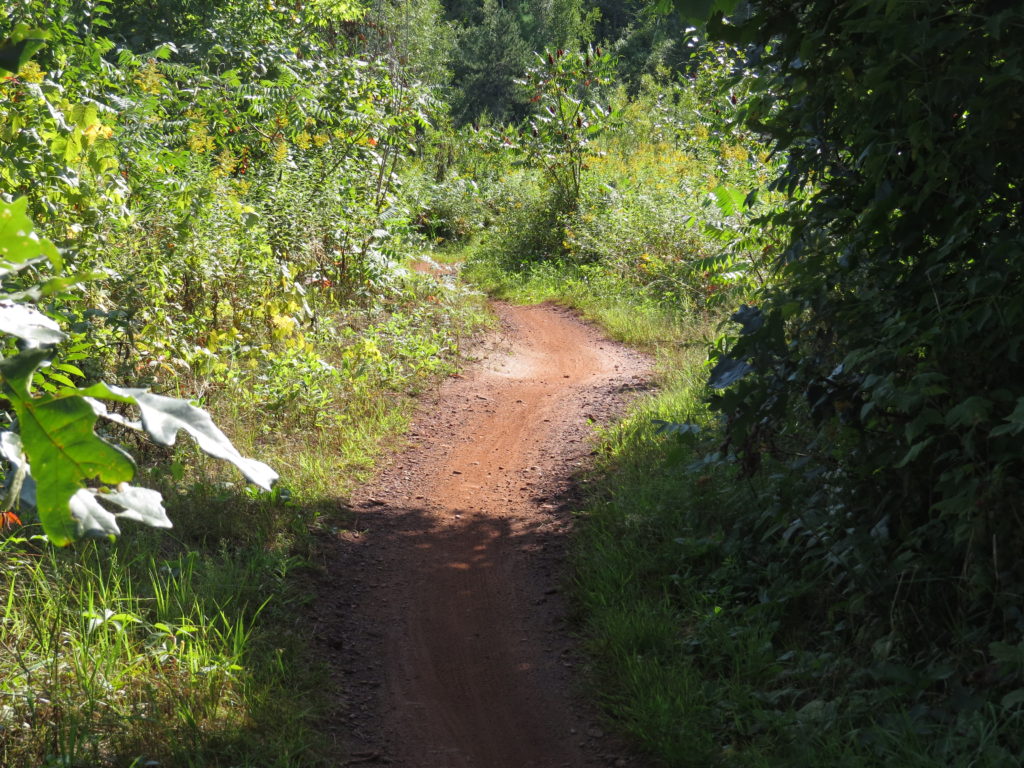
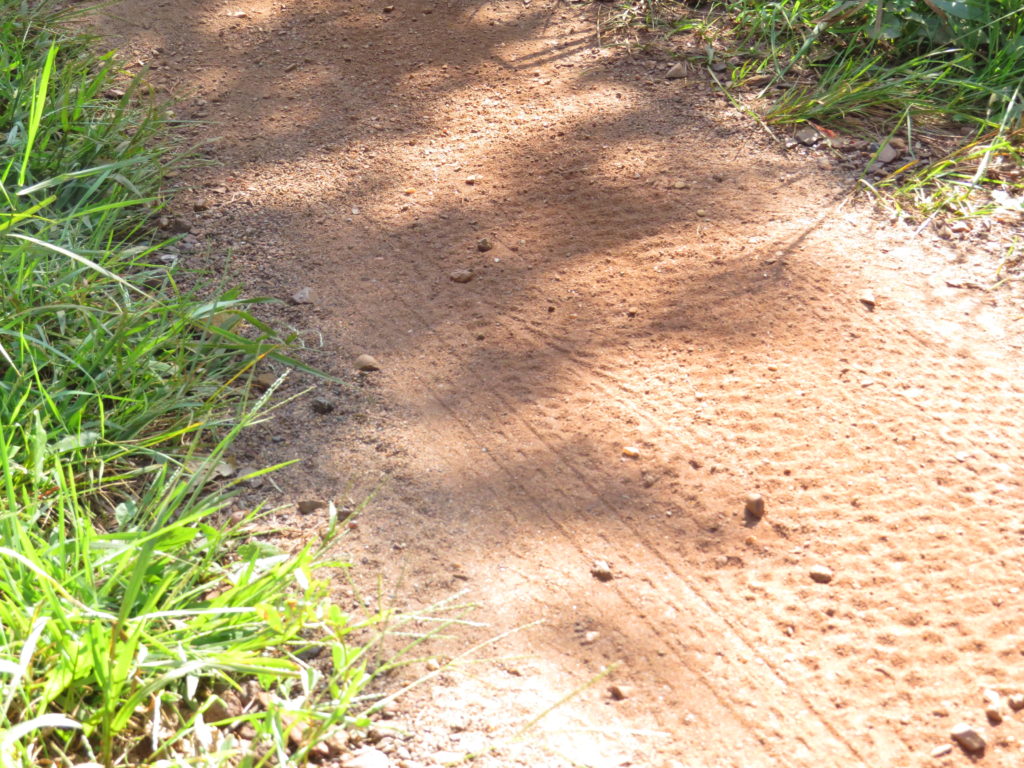
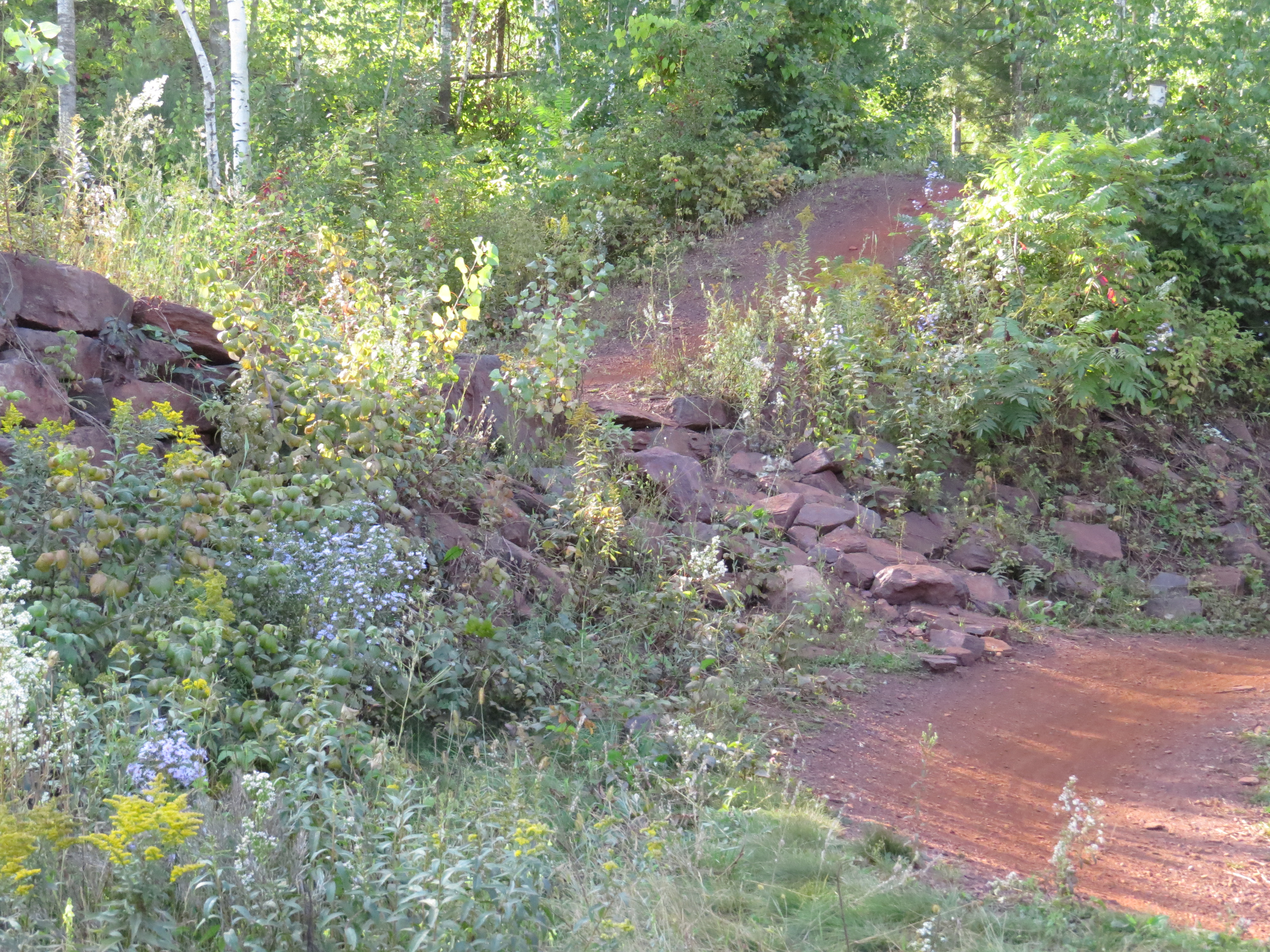
We rode along three of the larger pit-mine lakes on the State Trail with only a few places to pull over to see the water. The mountain bike trails wound around much closer to all the lakes. The trails are color-coded and graded from easiest, easy, more difficult, very difficult, and extremely difficult. By the end of our ride on the paved trail, I must admit that I kind of wanted to try a dirt trail, but I was intimidated by how fast the red-tired bikers all seemed to be going!
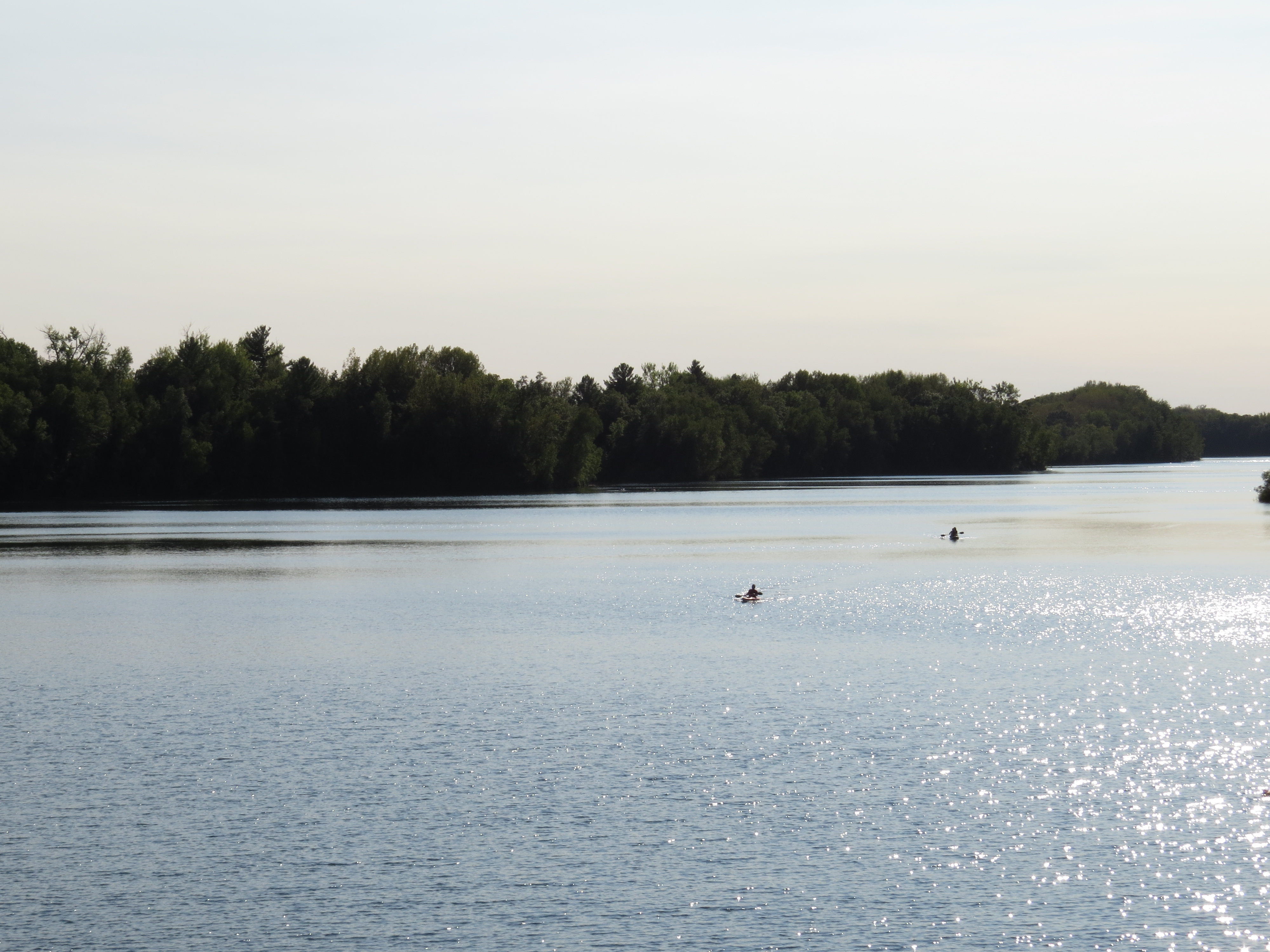
The best find along our paved trail was a sneak peak through the trees at an Osprey sitting in a dead tree. I screeched to a halt when I saw the flash of a white-headed bird, thinking it was an eagle. When I zoomed in, I saw the dark brown stripe through the eye, the white underbody, and the incredible sharp beak and talons of this fish-catching bird. Ninety-nine percent of their food is live fish, so they are efficient hunters and catchers. They have a specialized toe that grasps the others and barbed pads on their feet to hold the slippery fish. Like eagles, they mate for life and make large stick nests with the males gathering the sticks and the females arranging the nest. Their population numbers crashed in the early 50’s to 70’s when the pesticide DDT poisoned them and thinned their eggshells. After DDT was banned and people helped out by building platforms near water for nesting sites, their numbers began to recover. Unfortunately, now plastic bale twine and fishing line are a concern for young chicks. These bits of plastic get picked up for nest building, and the chicks can get entangled in them.
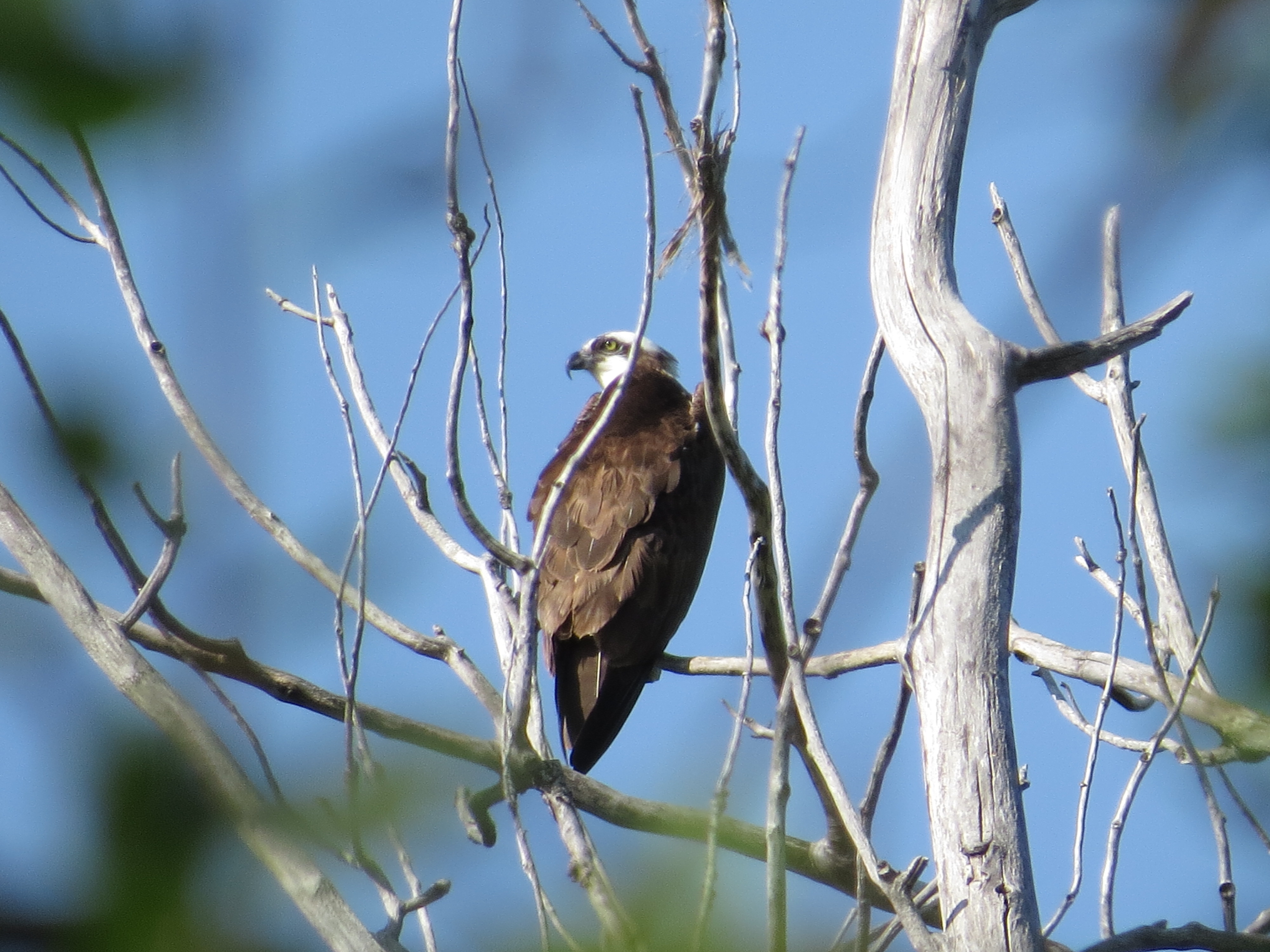
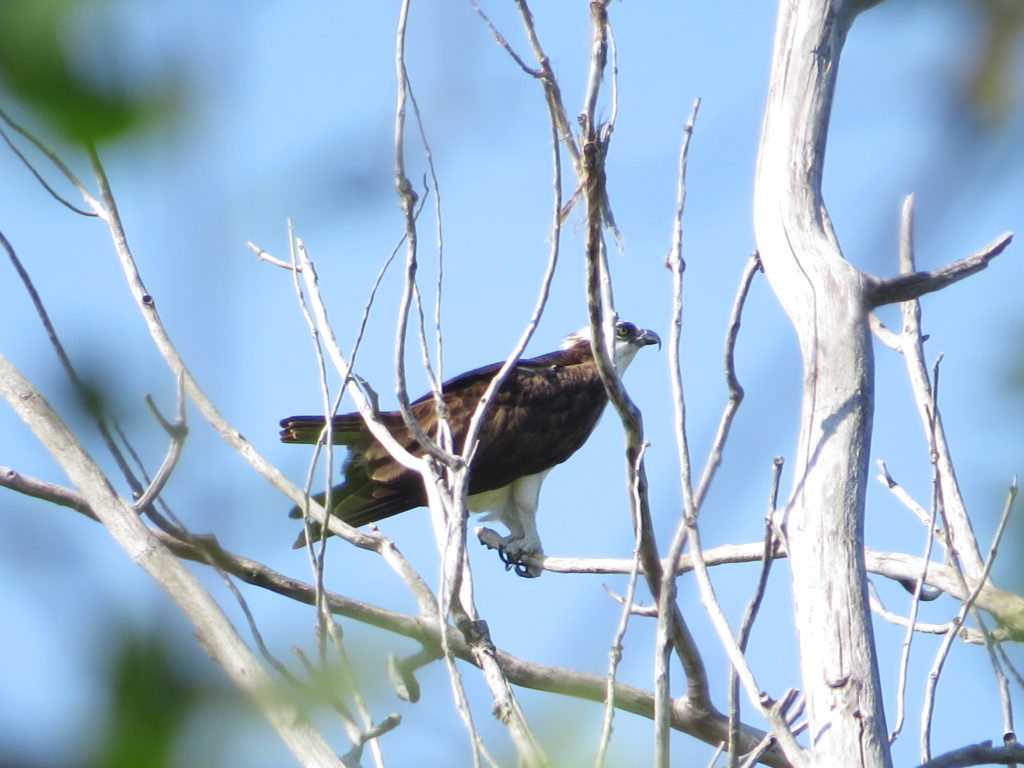
Cuyuna Country illustrates the demise and destruction of natural resources due to mining and the amazing regeneration that is possible afterwards. Time and Mother Nature are the two driving forces of reclamation, with the help of man, money, vision and commitment for a better way. Great mistakes have been made in the quest for efficient, cost-effective industries. Mother Nature literally and figuratively often gets bulldozed with little thought or care of the impact and ripple effects. Sometimes we do the same thing to ourselves. We sacrifice our own internal resources in the quest for more money, other people’s wants and wishes, a bigger house, or fame. And things can get ugly and devastating before we realize our mistakes. But we can reclaim ourselves. We can return to our natural state. With commitment and time and a good dose of Mother Nature, we are soon on the trail to a miraculous reclamation.
